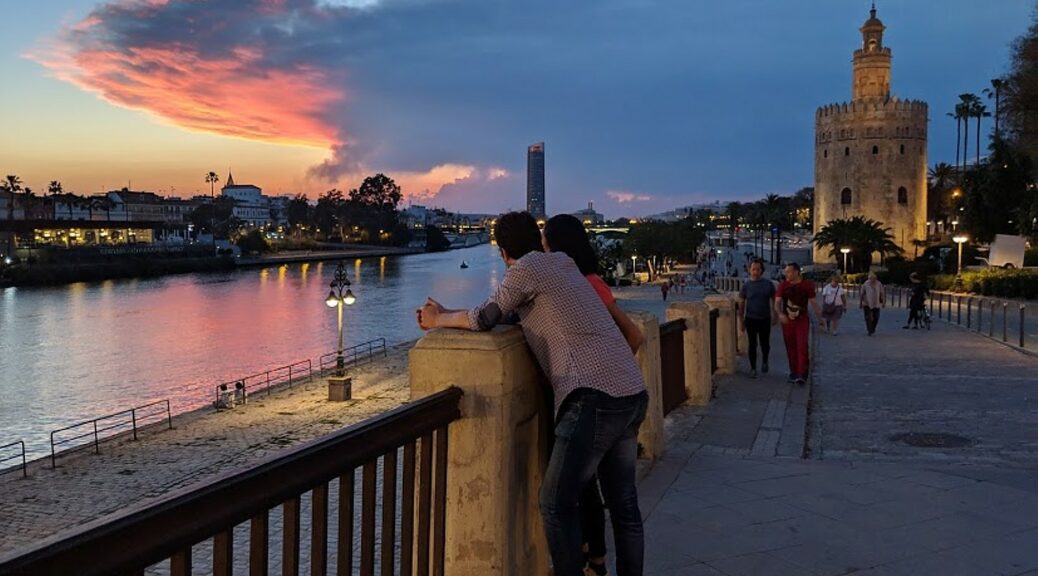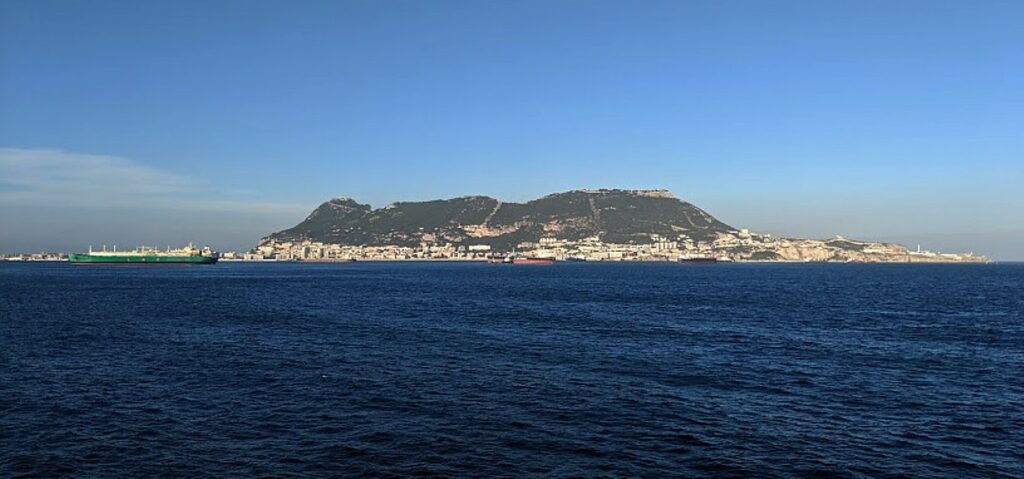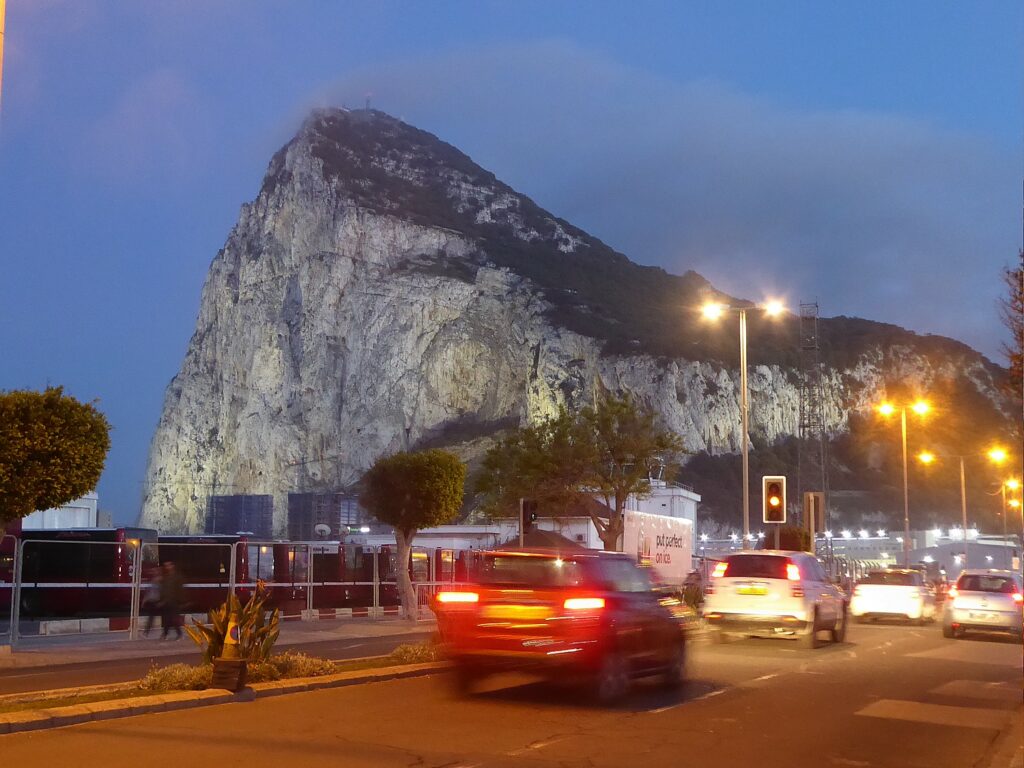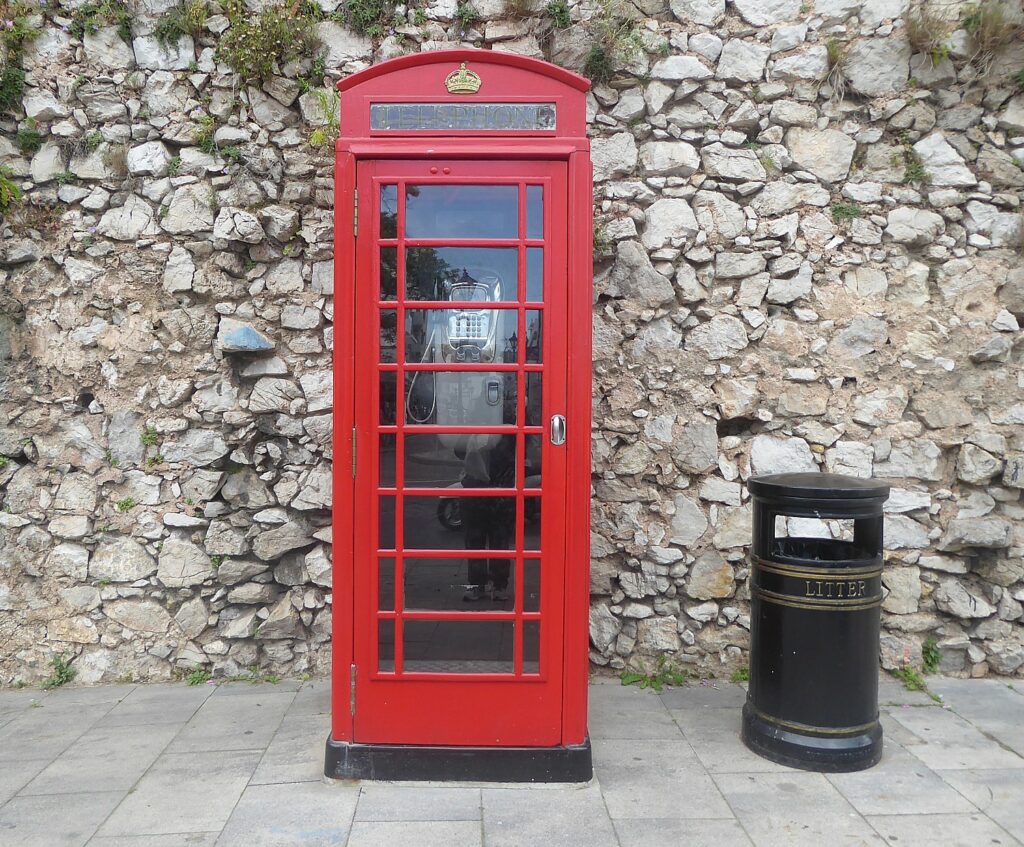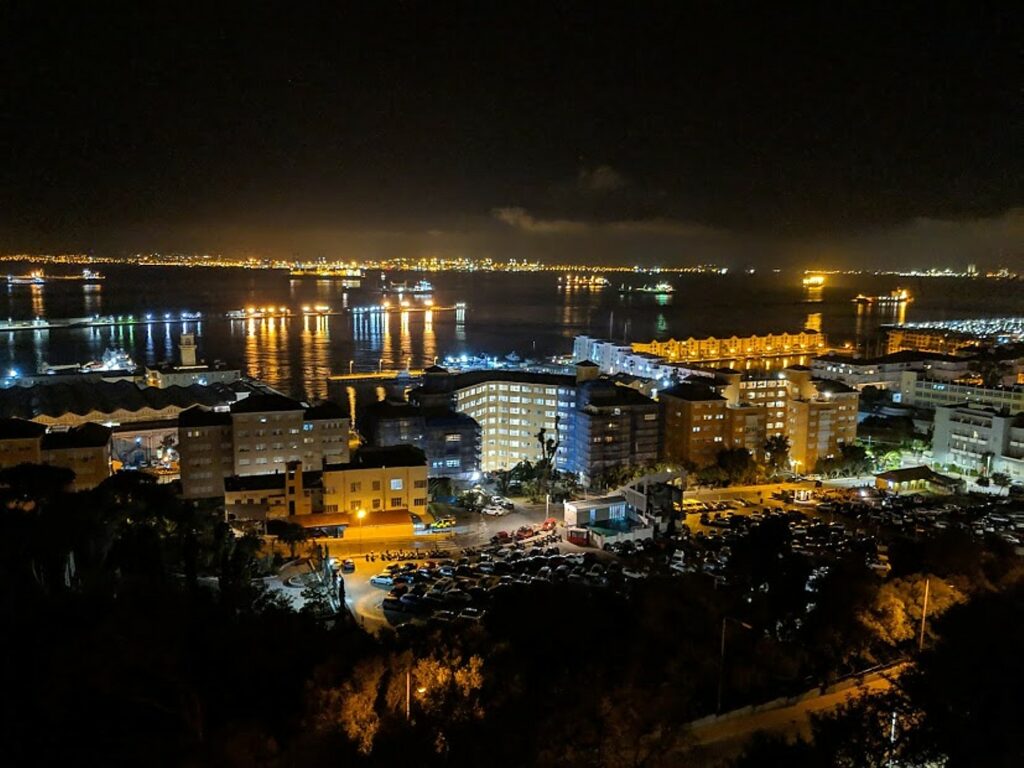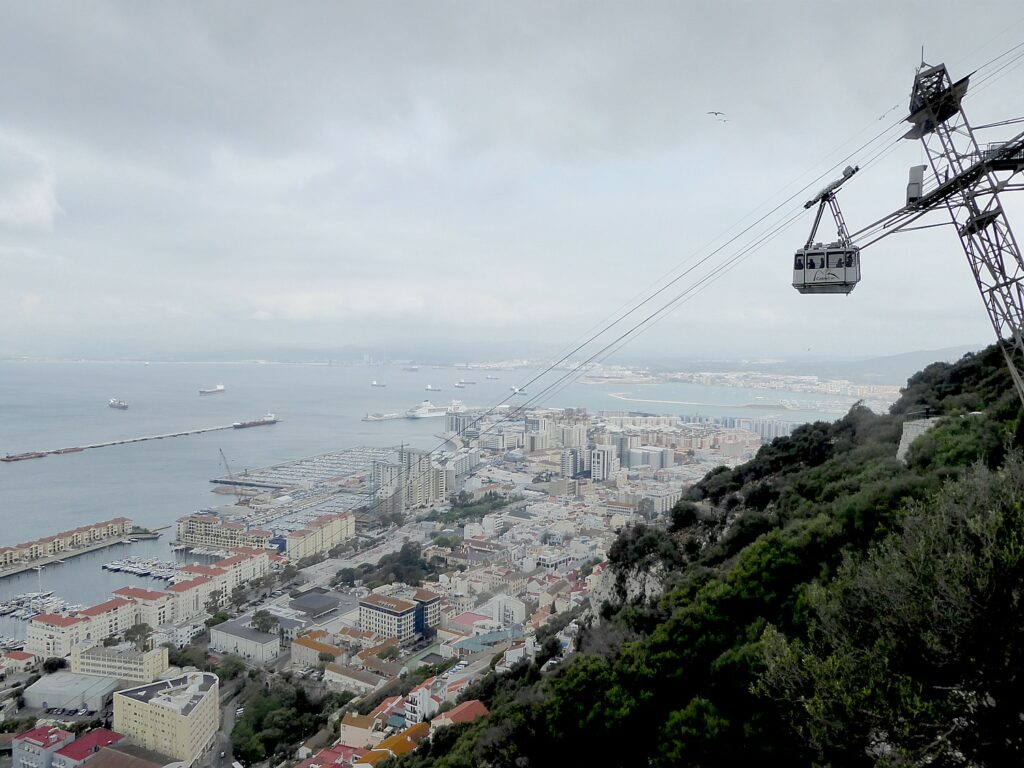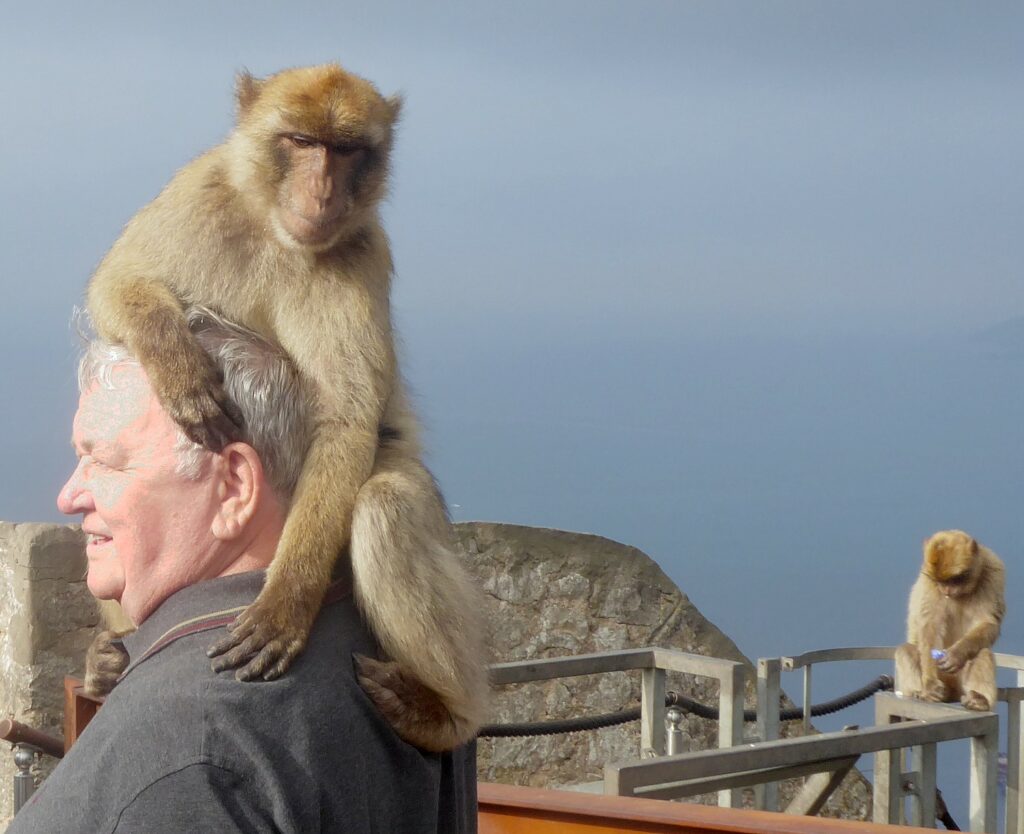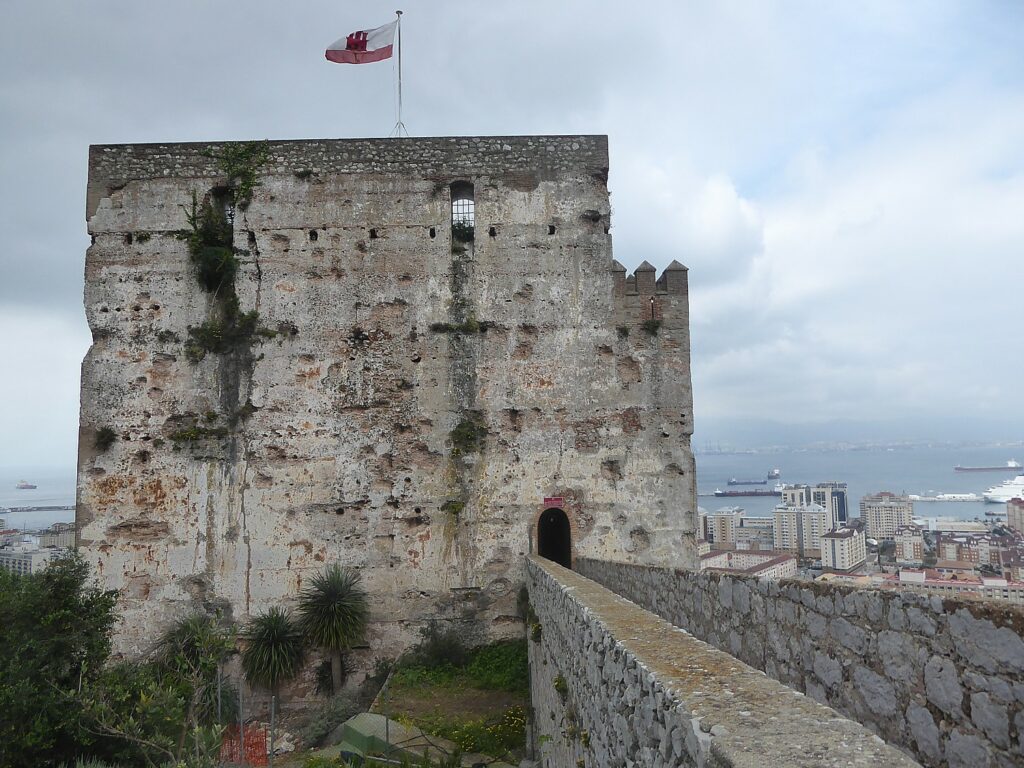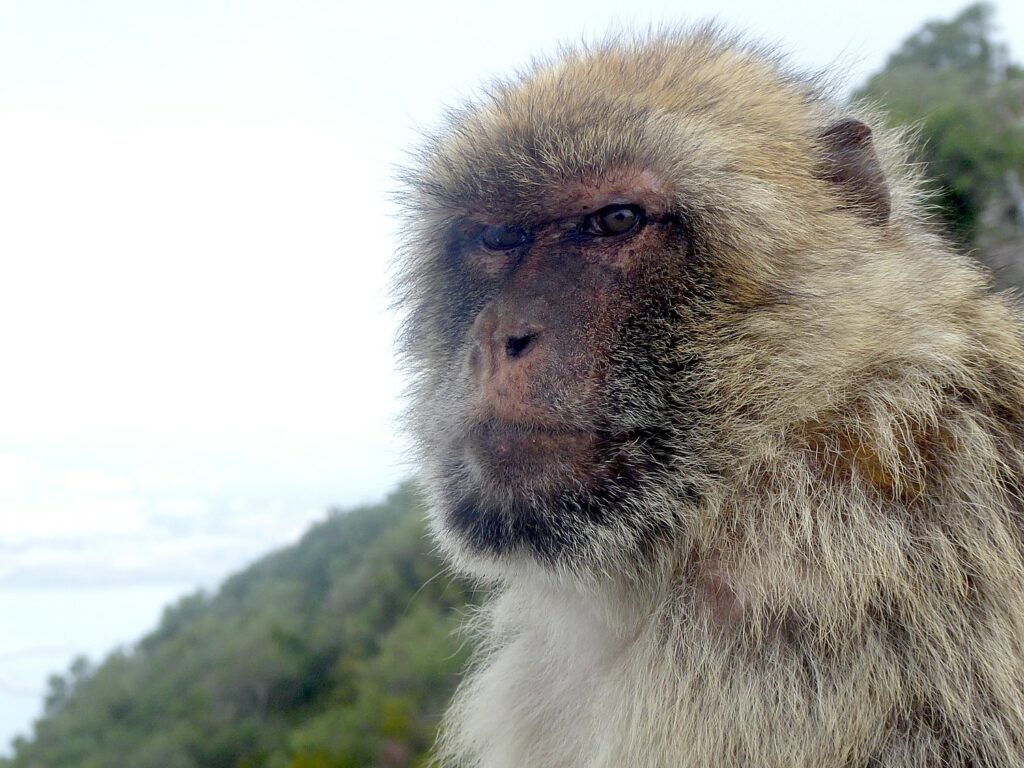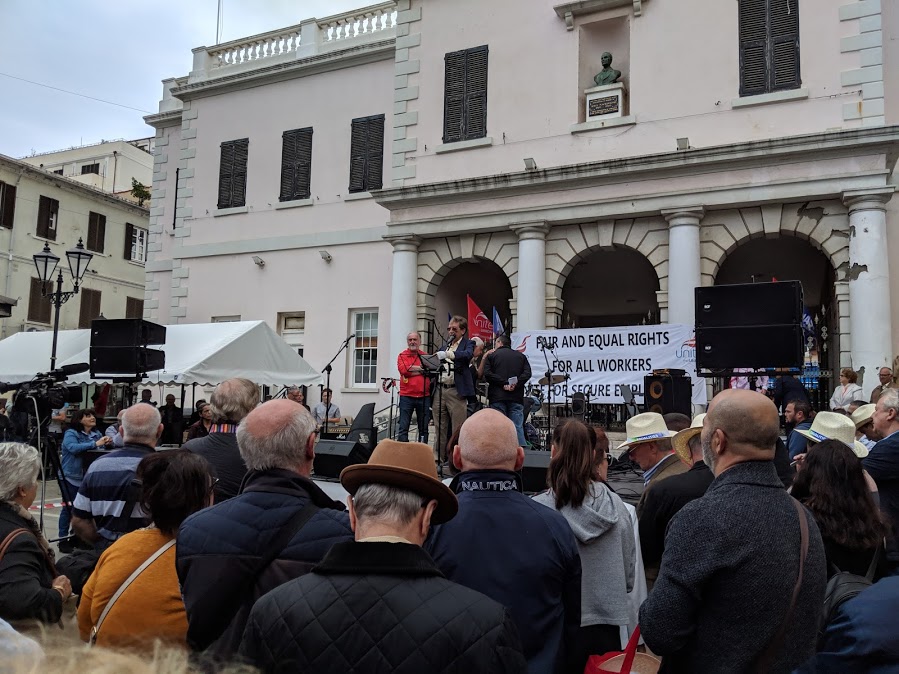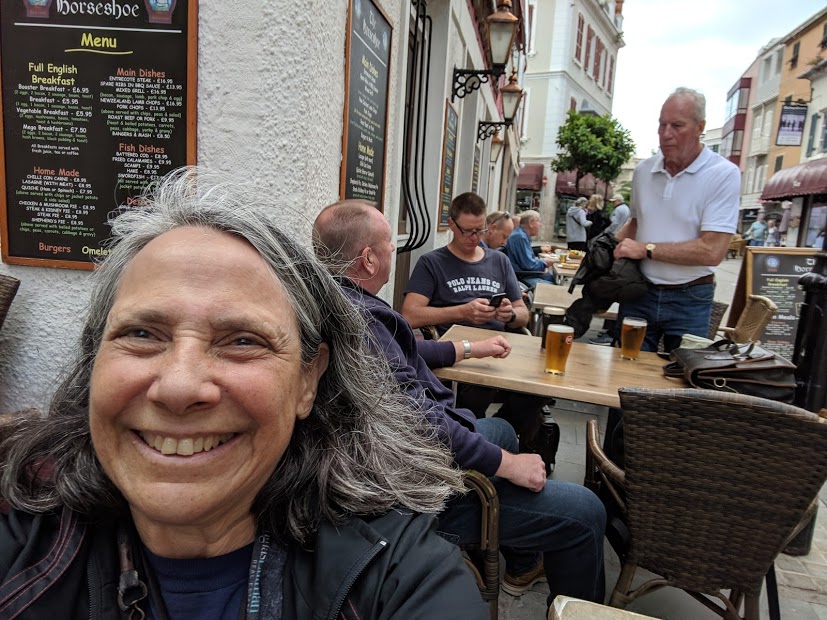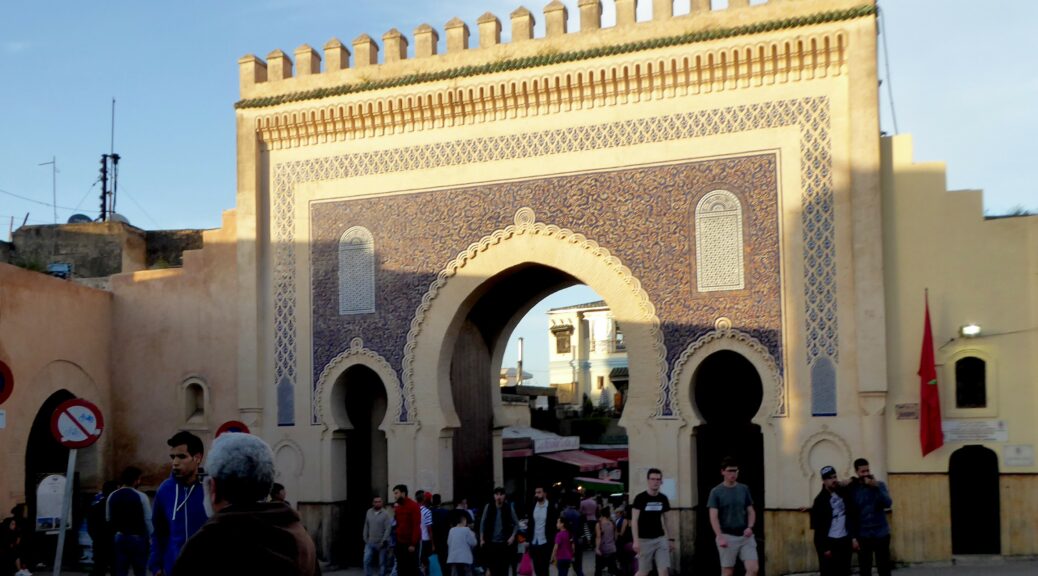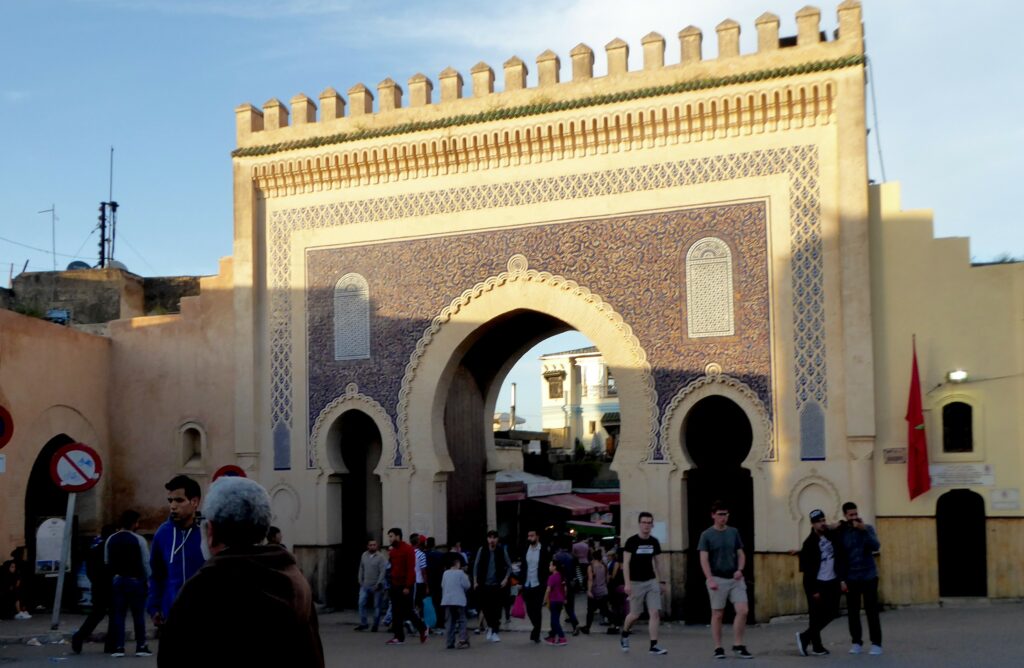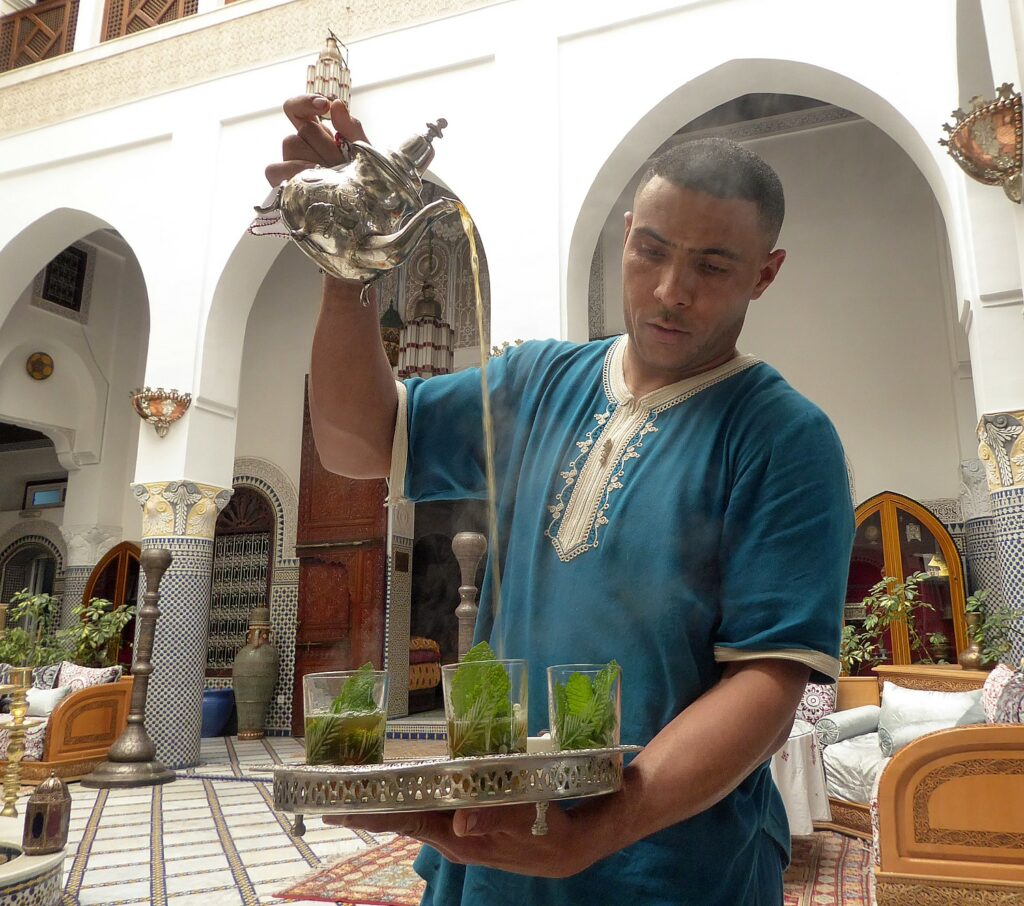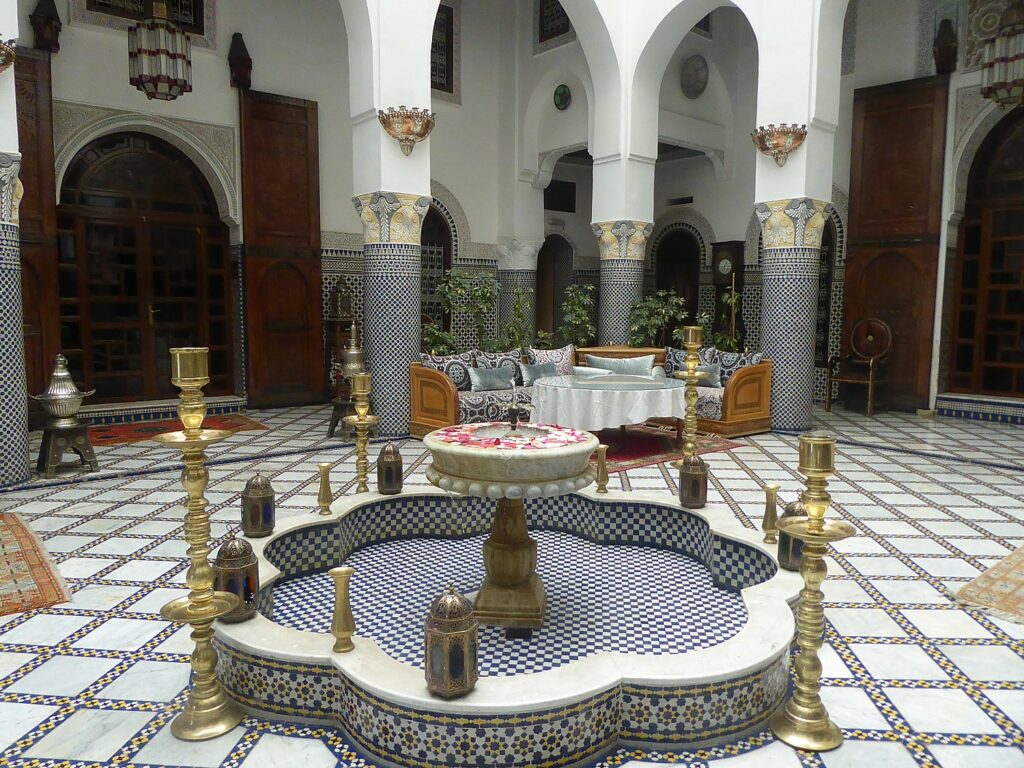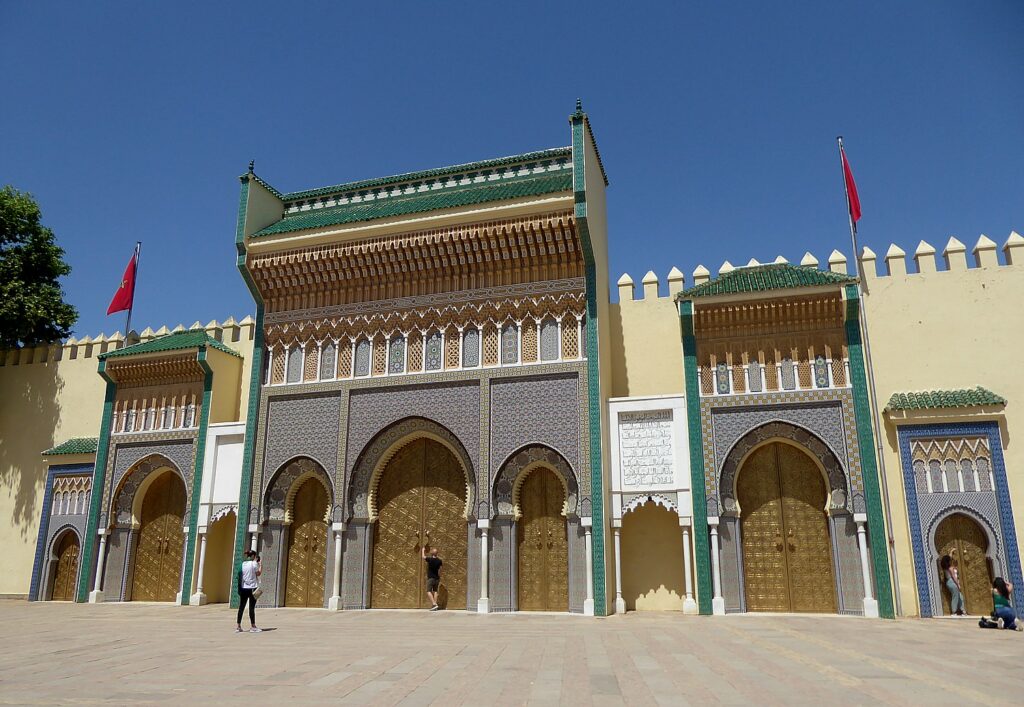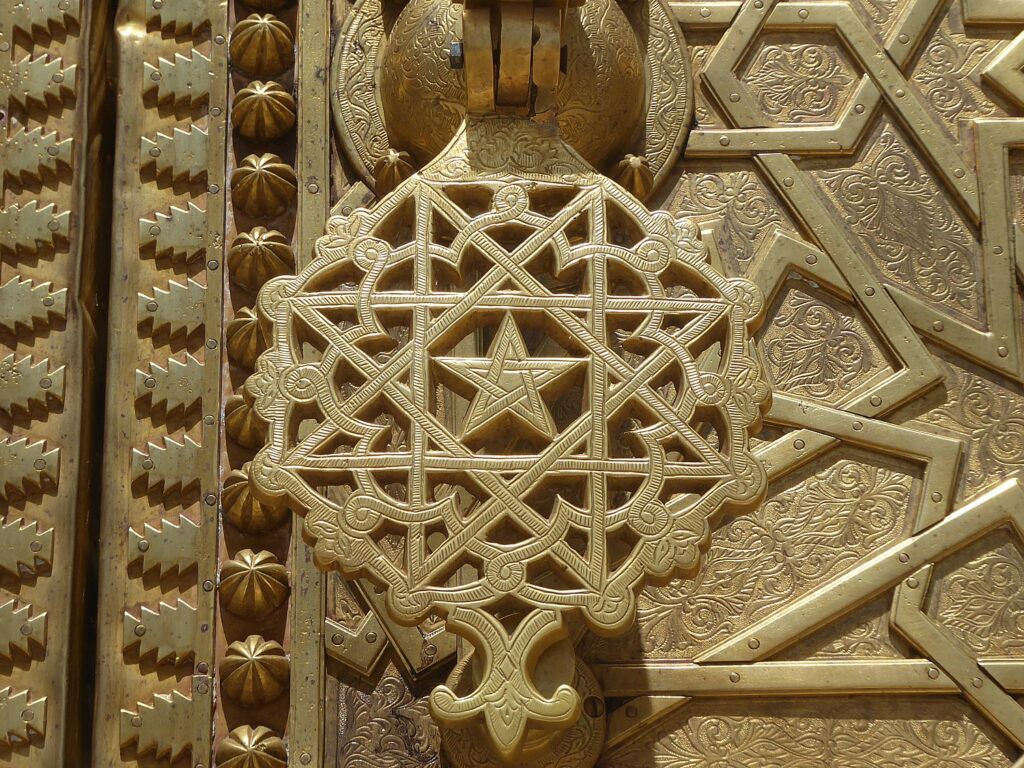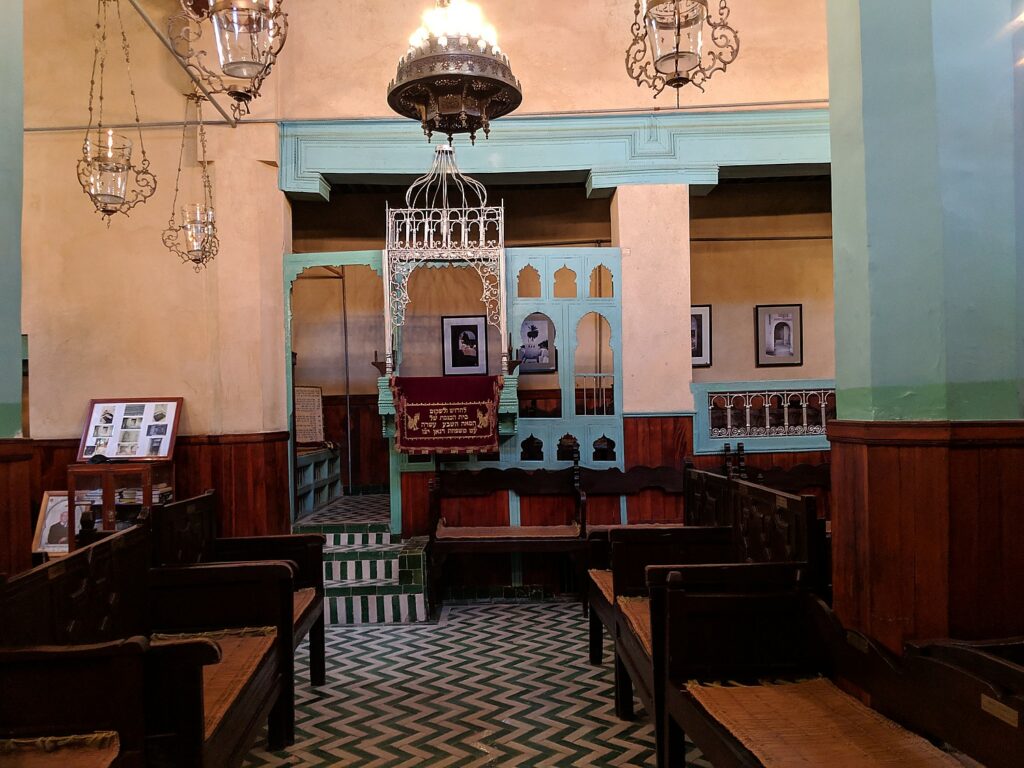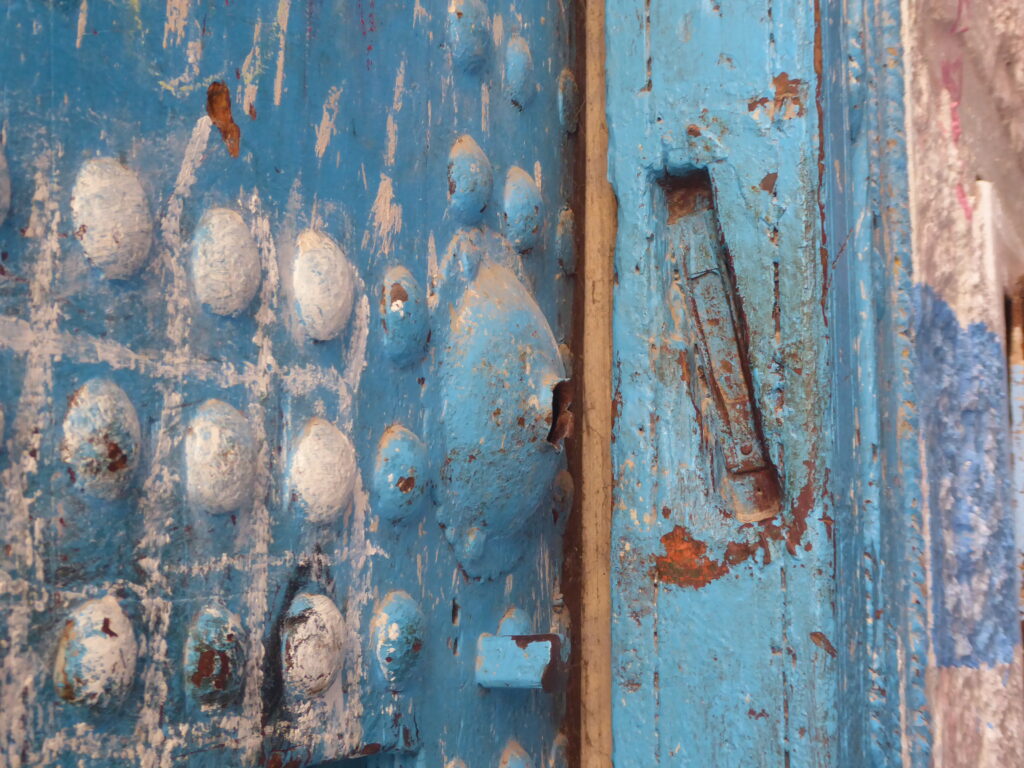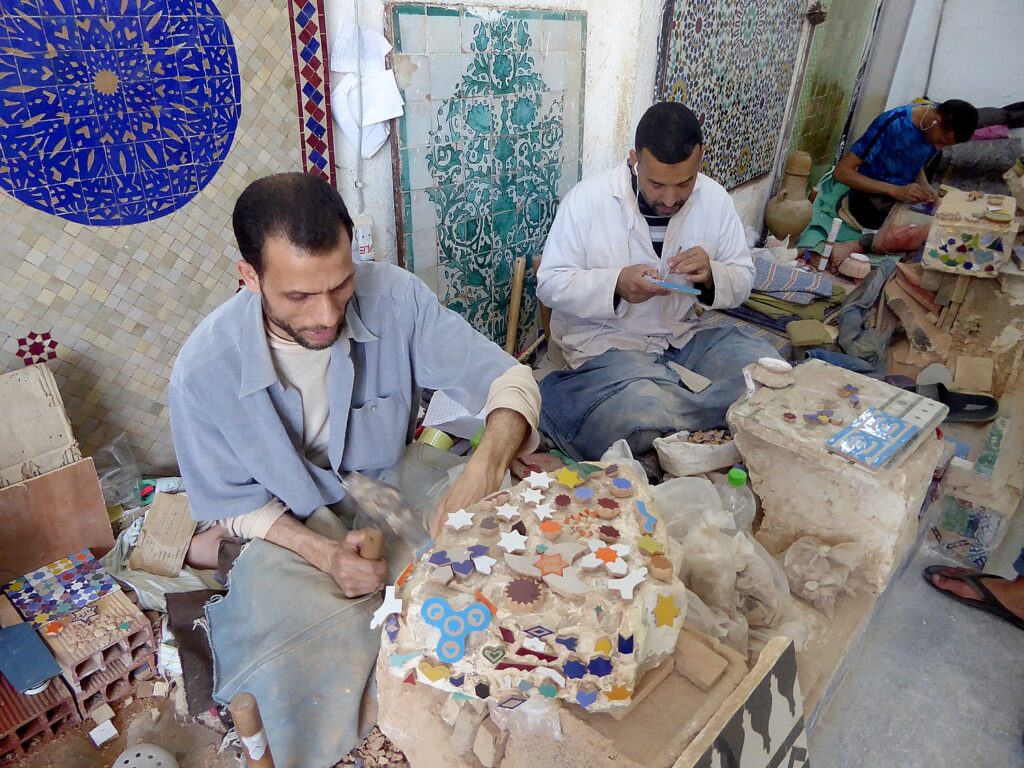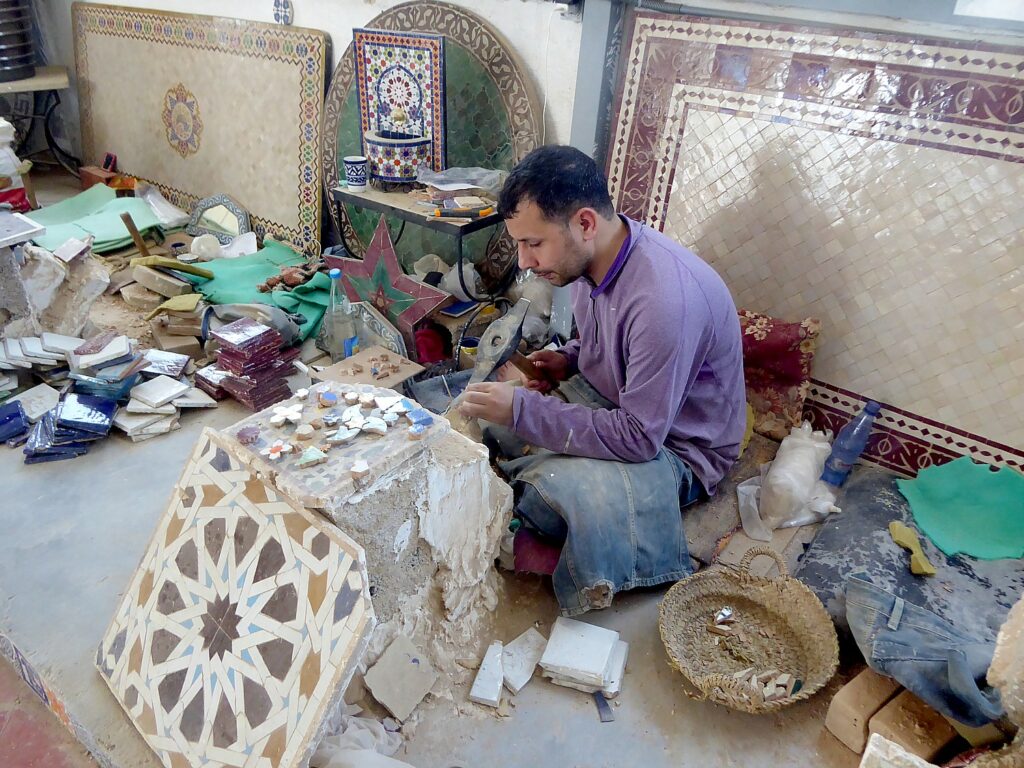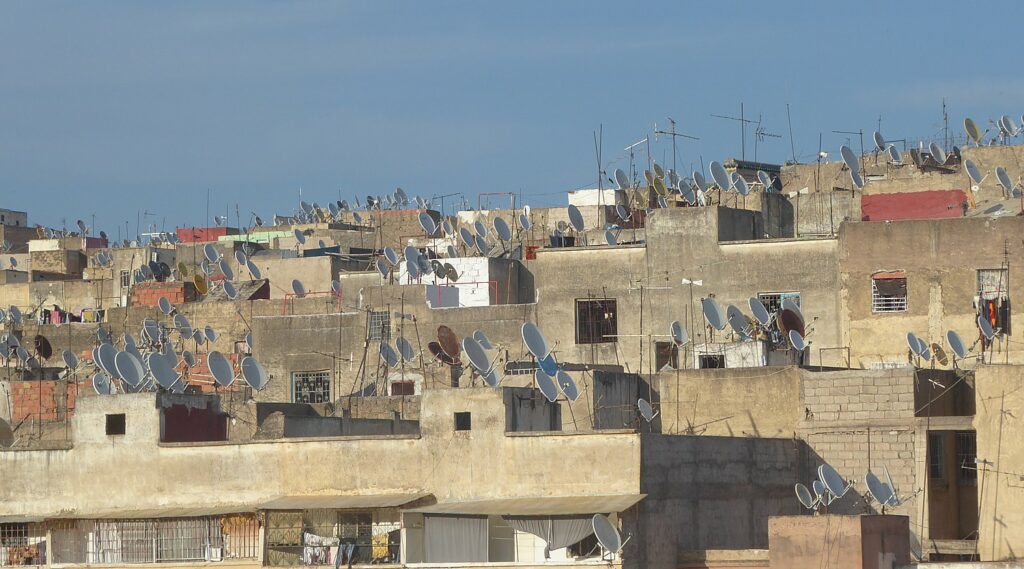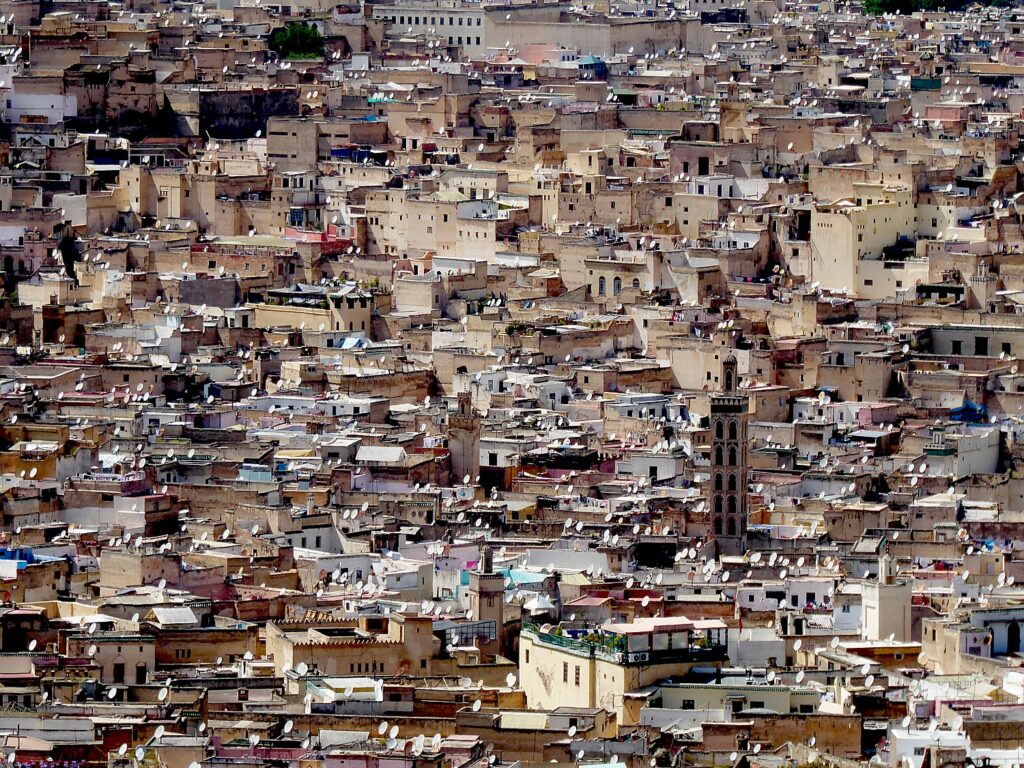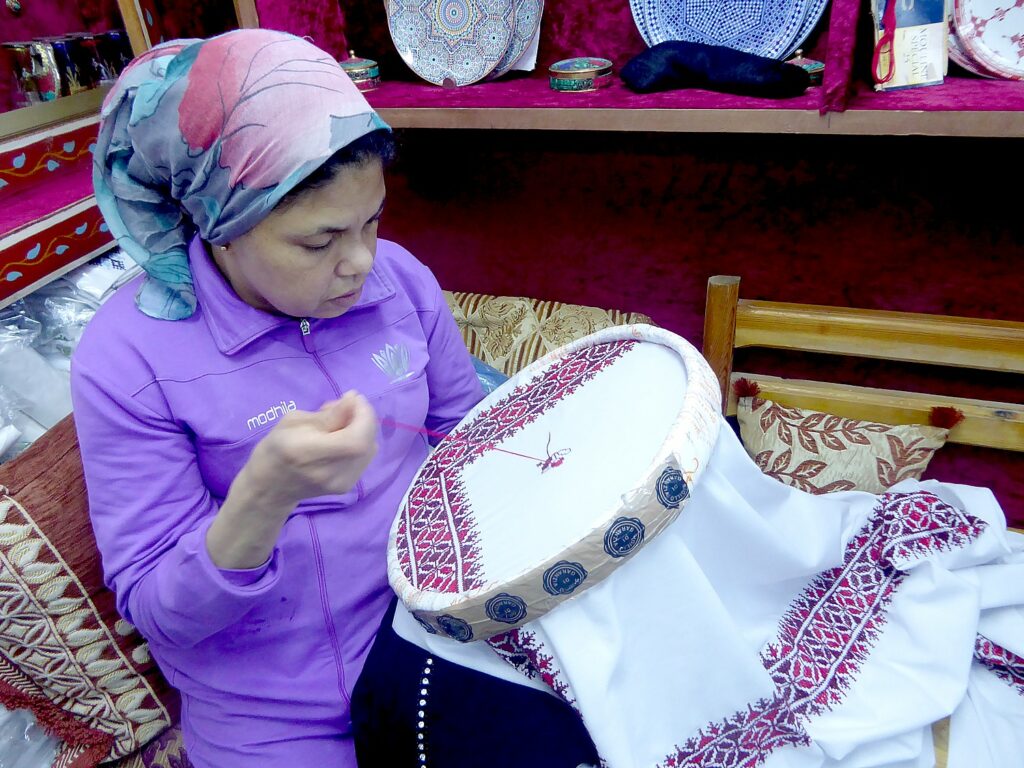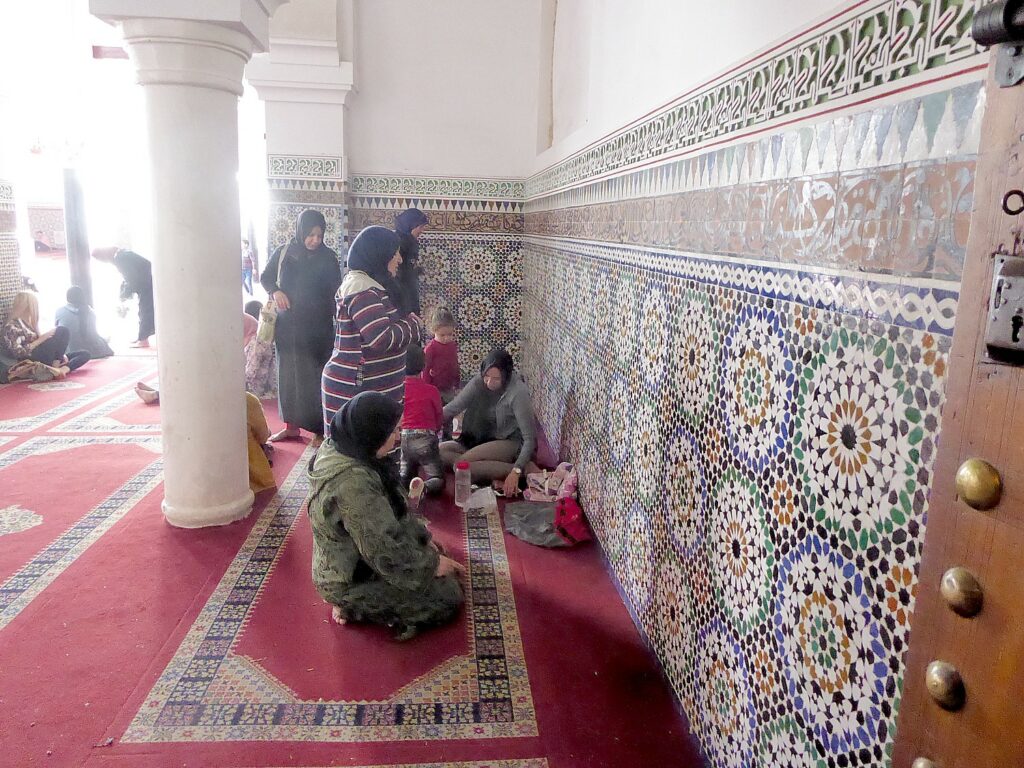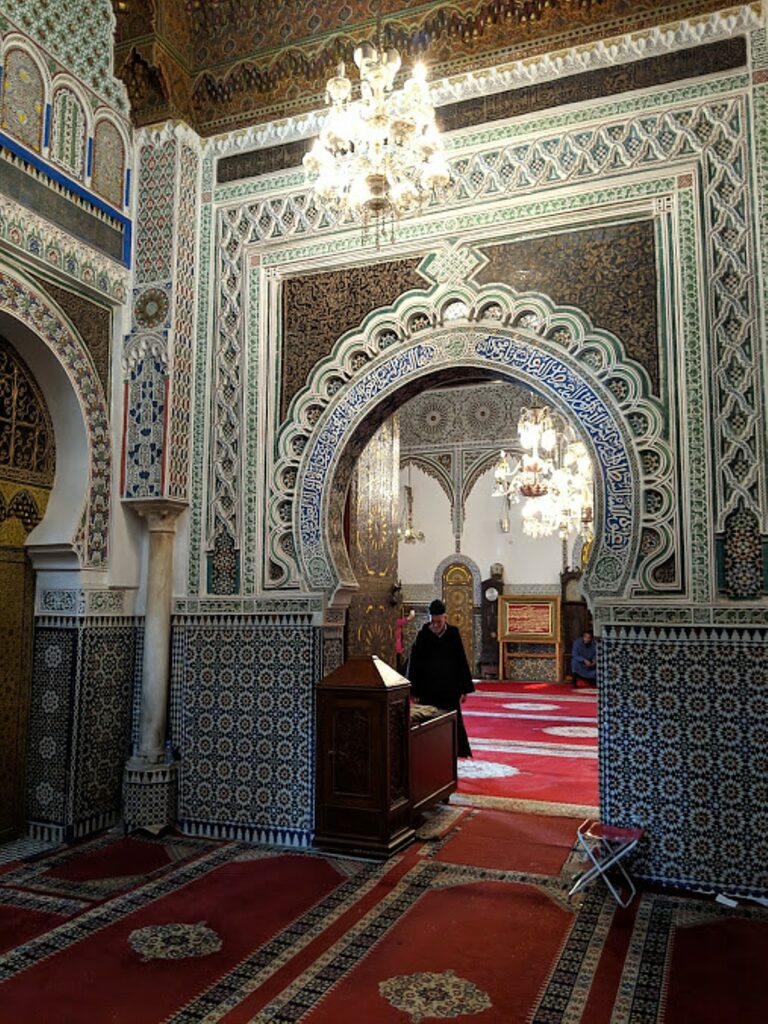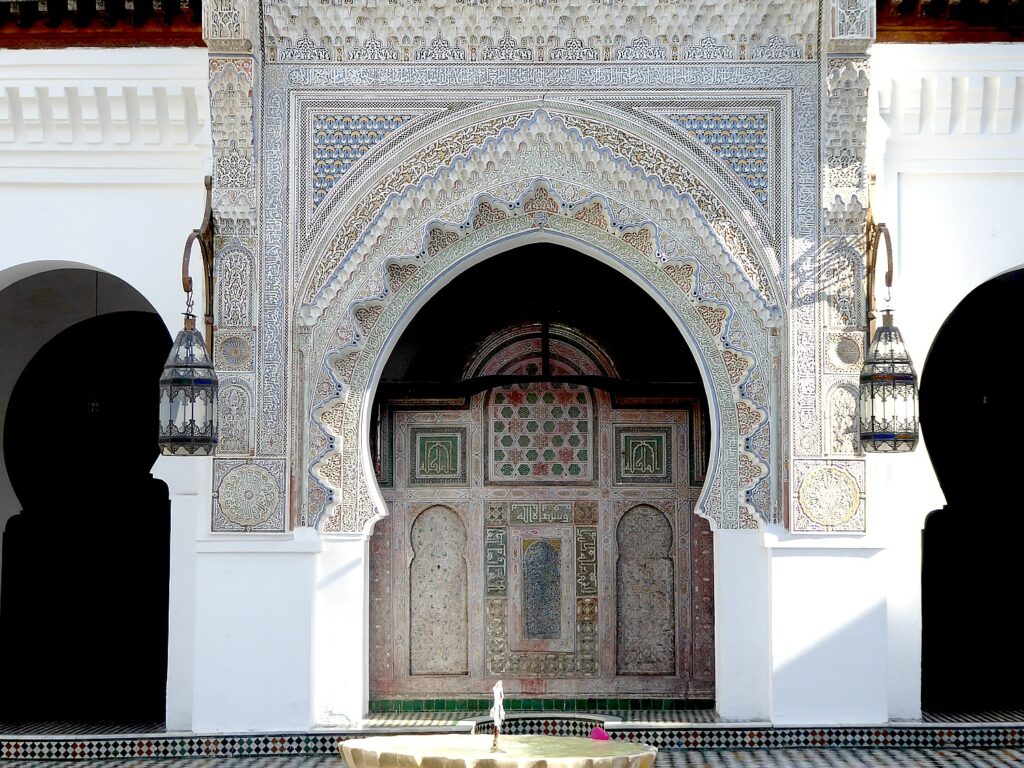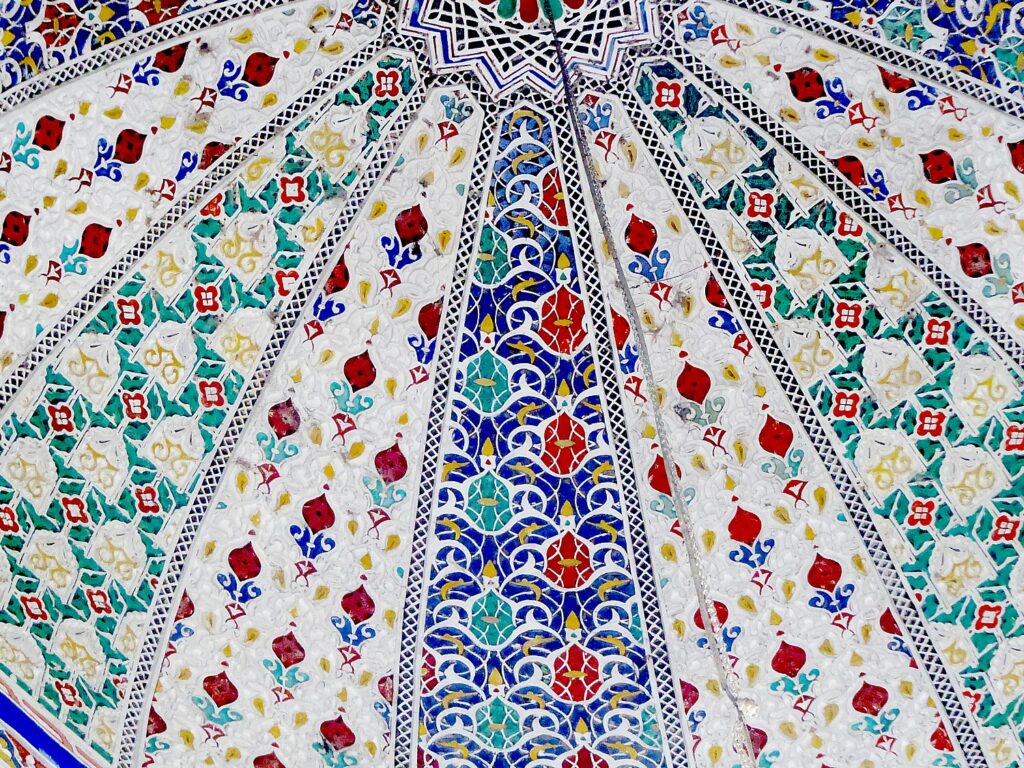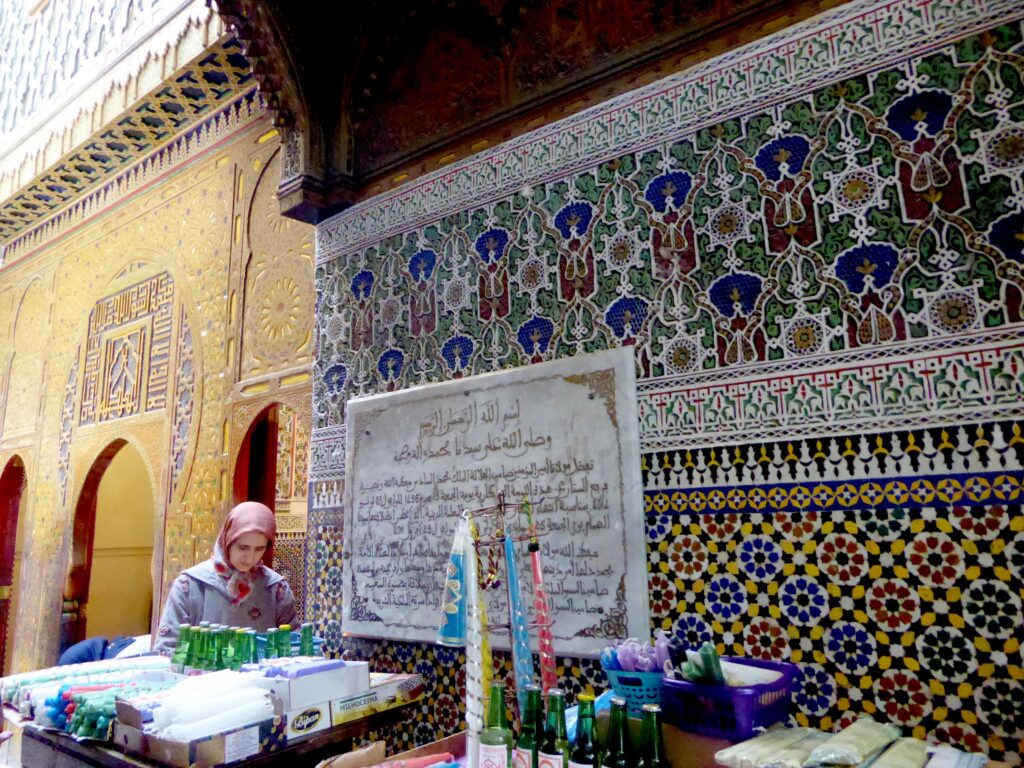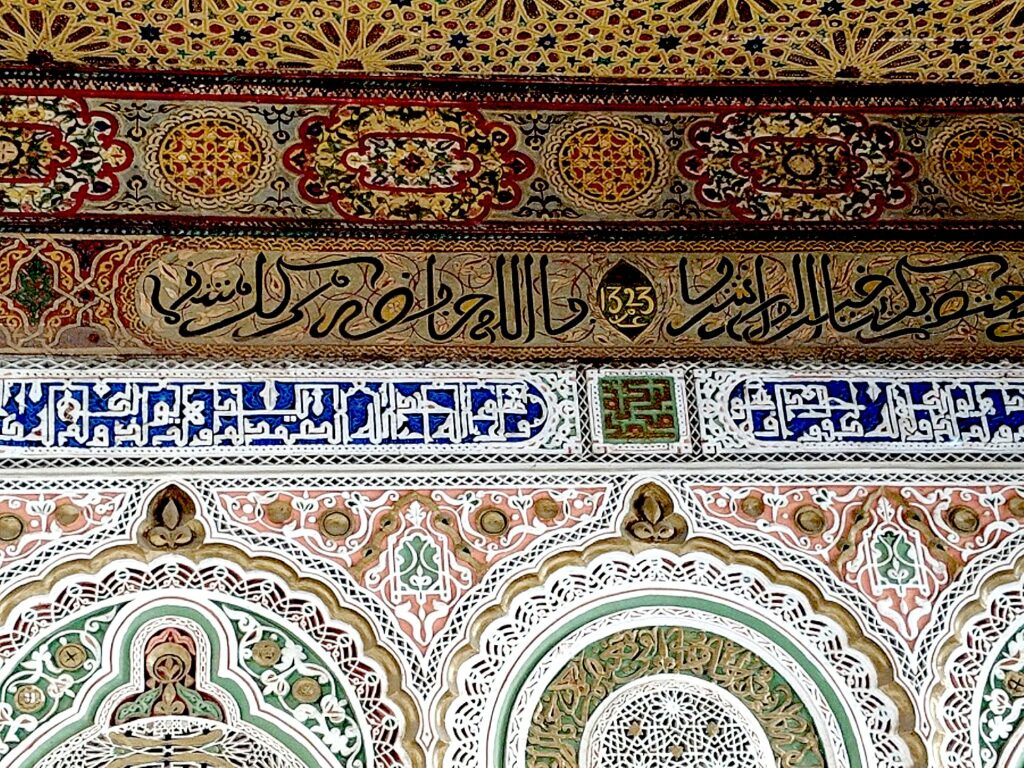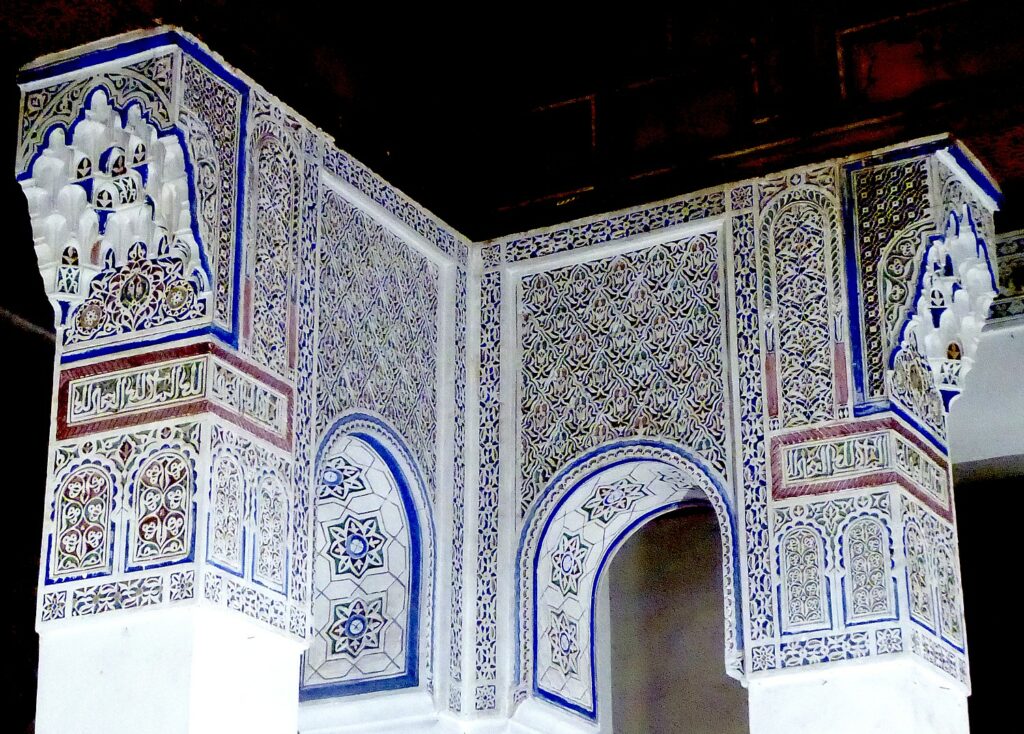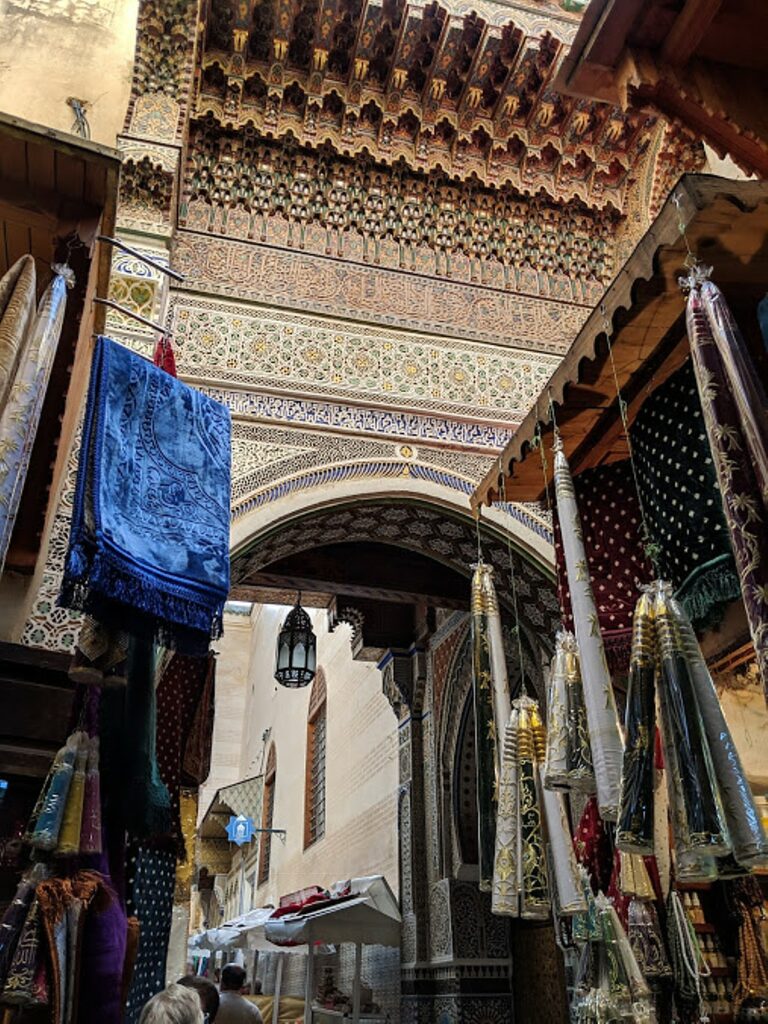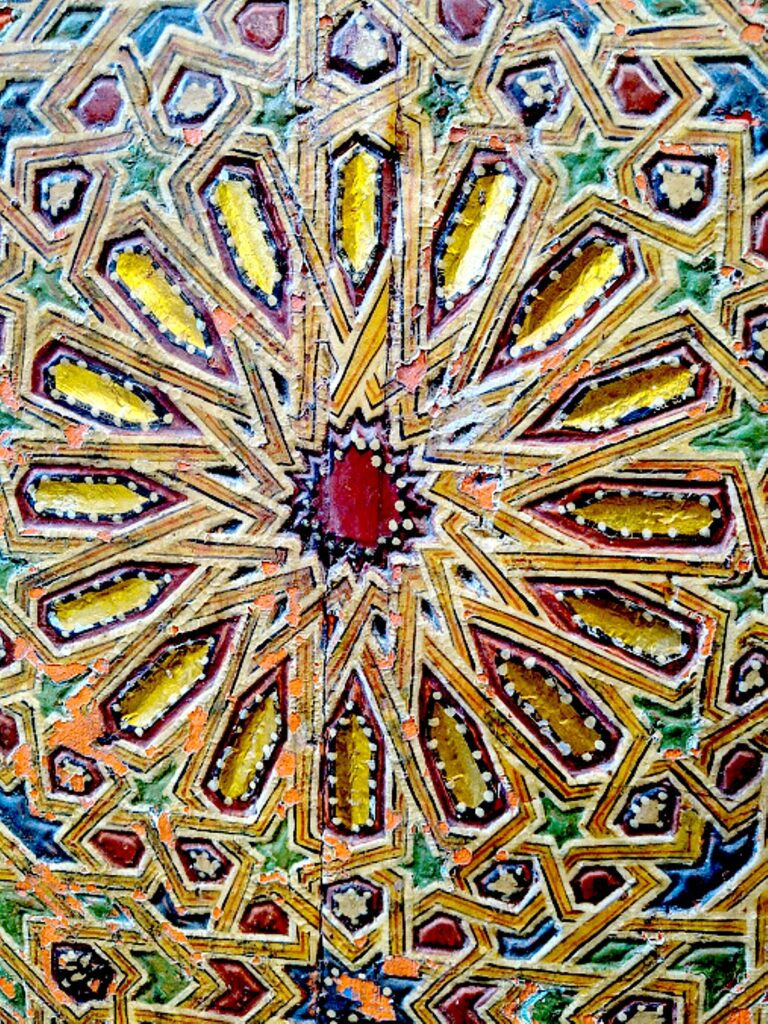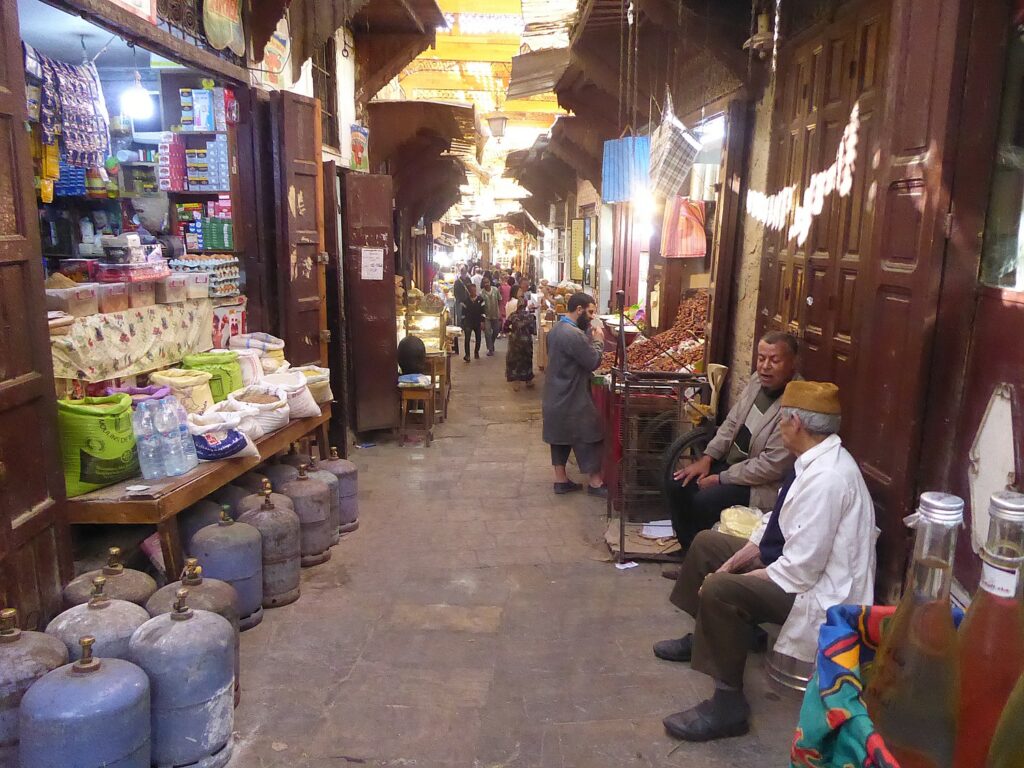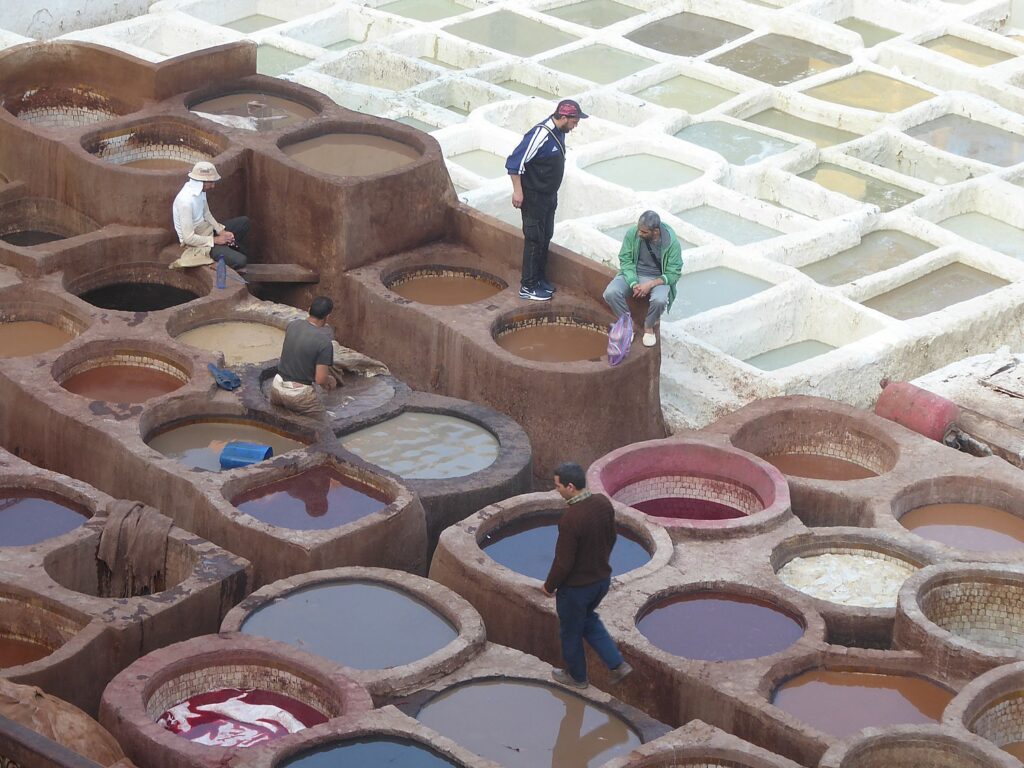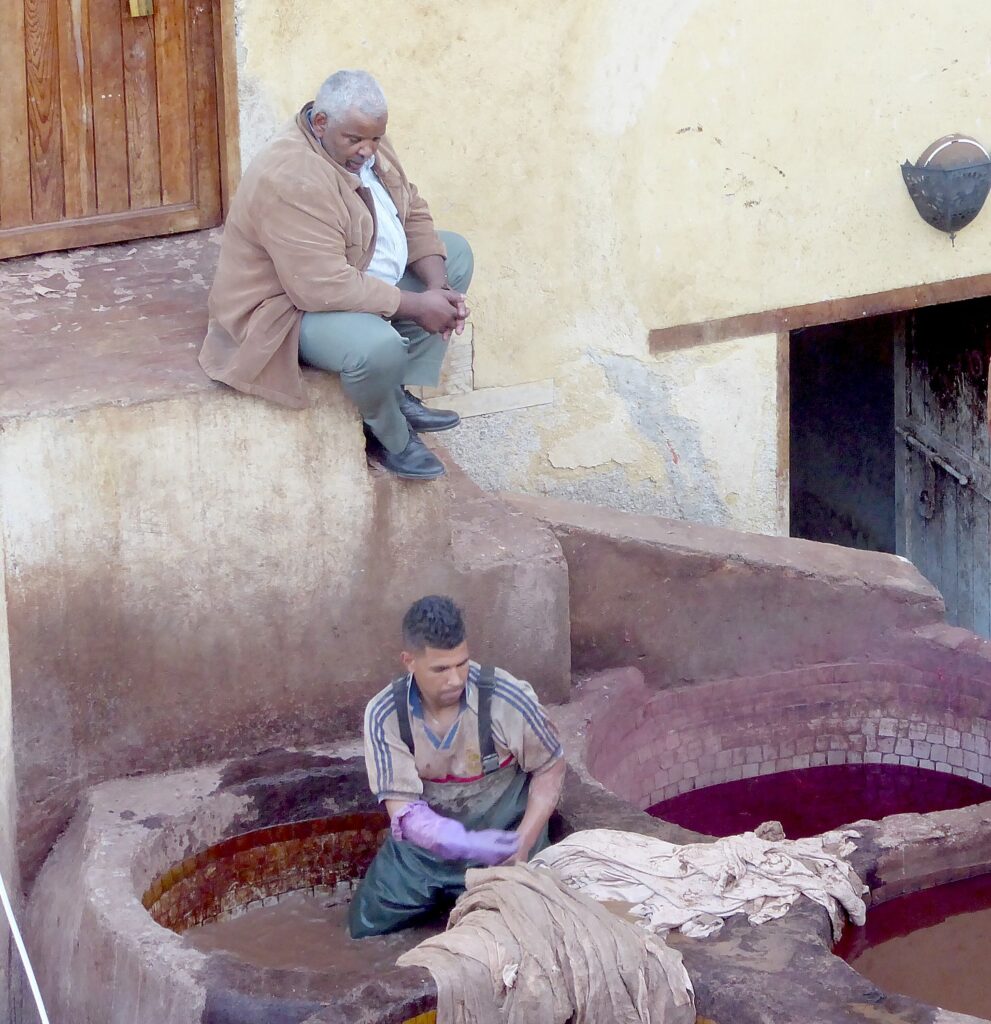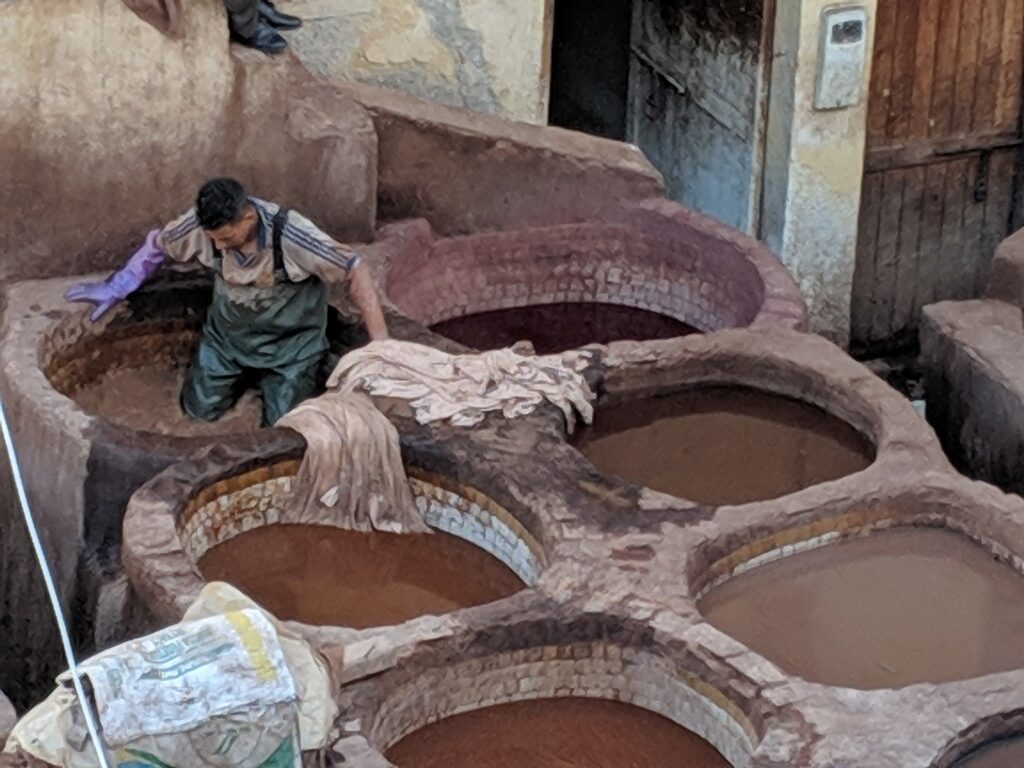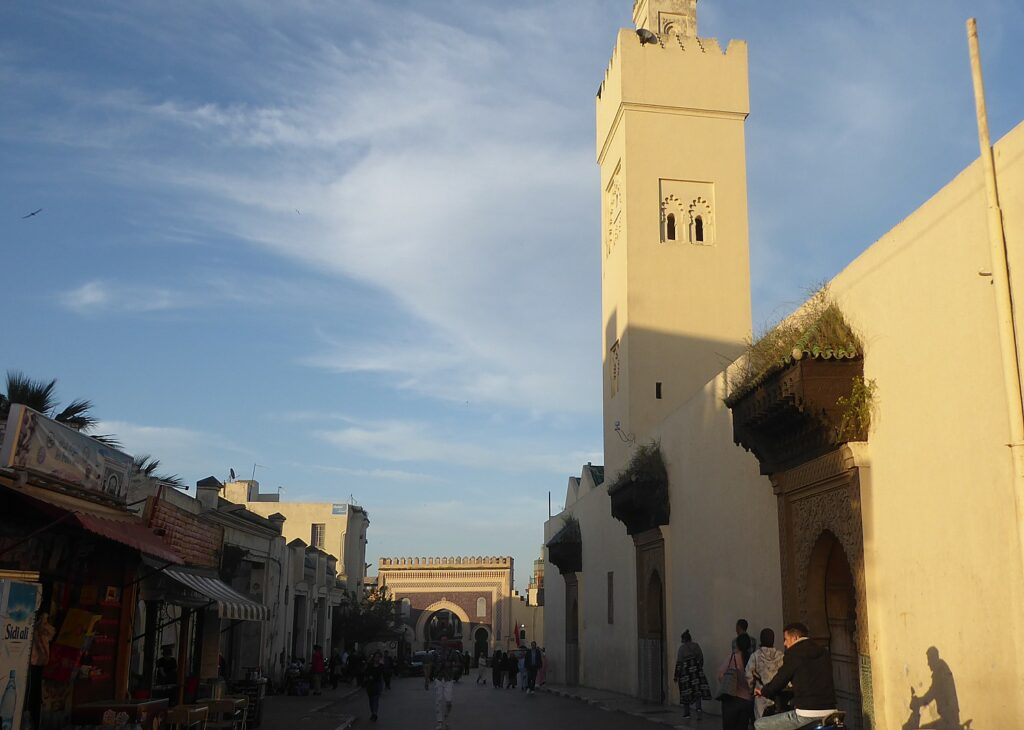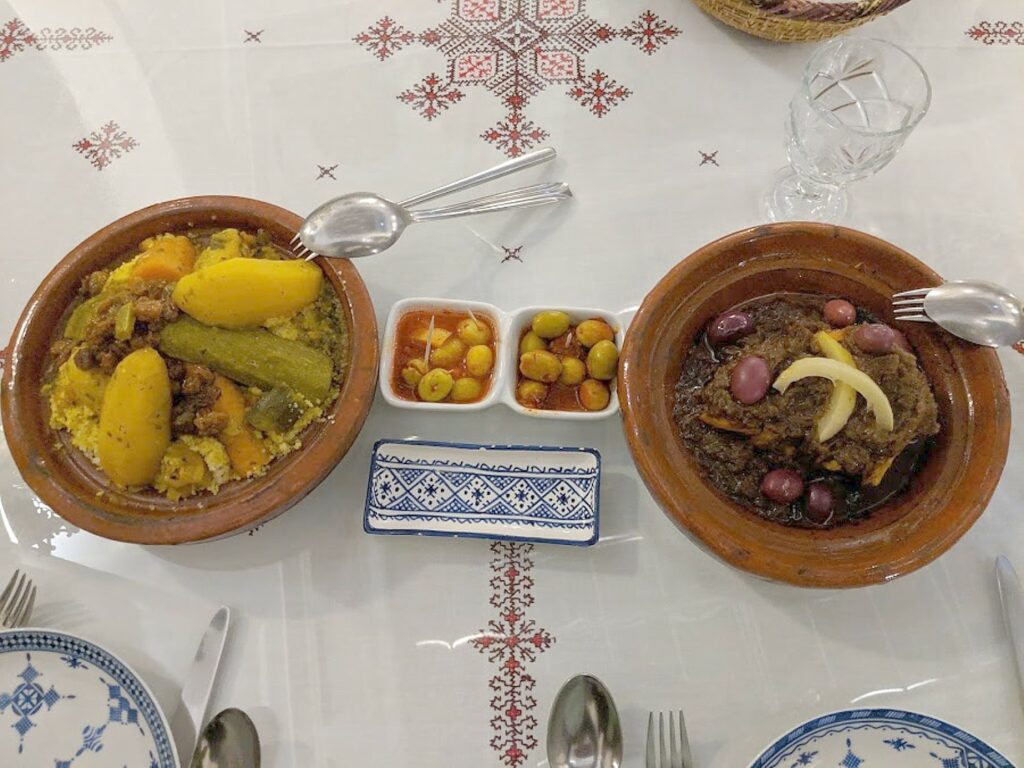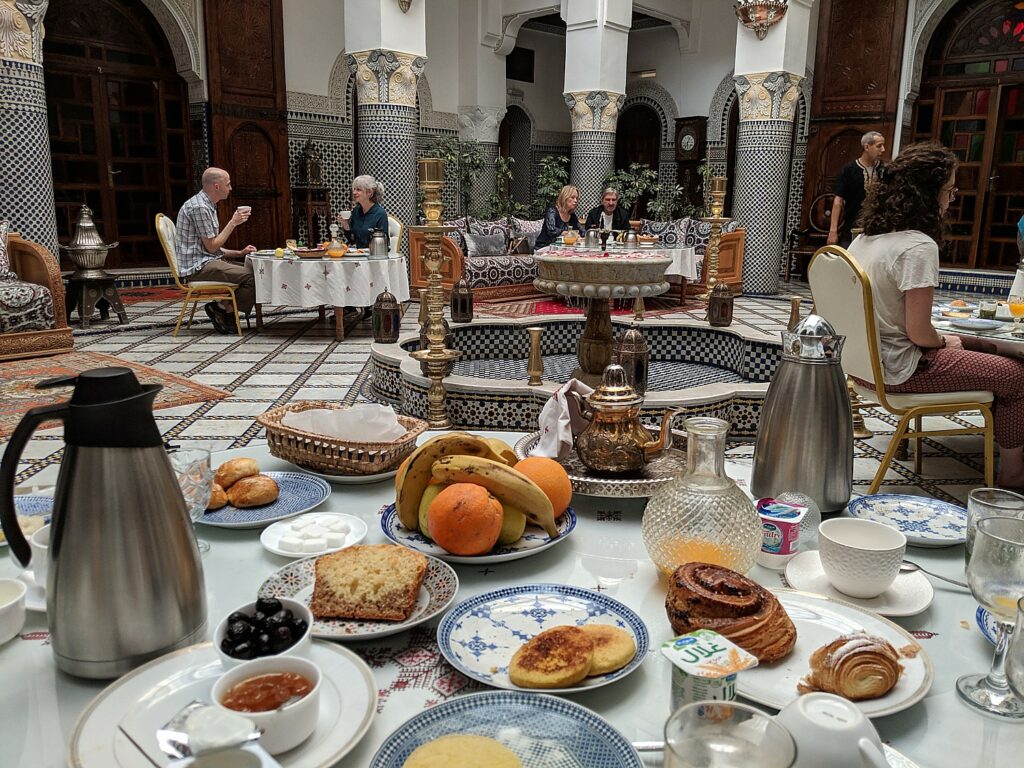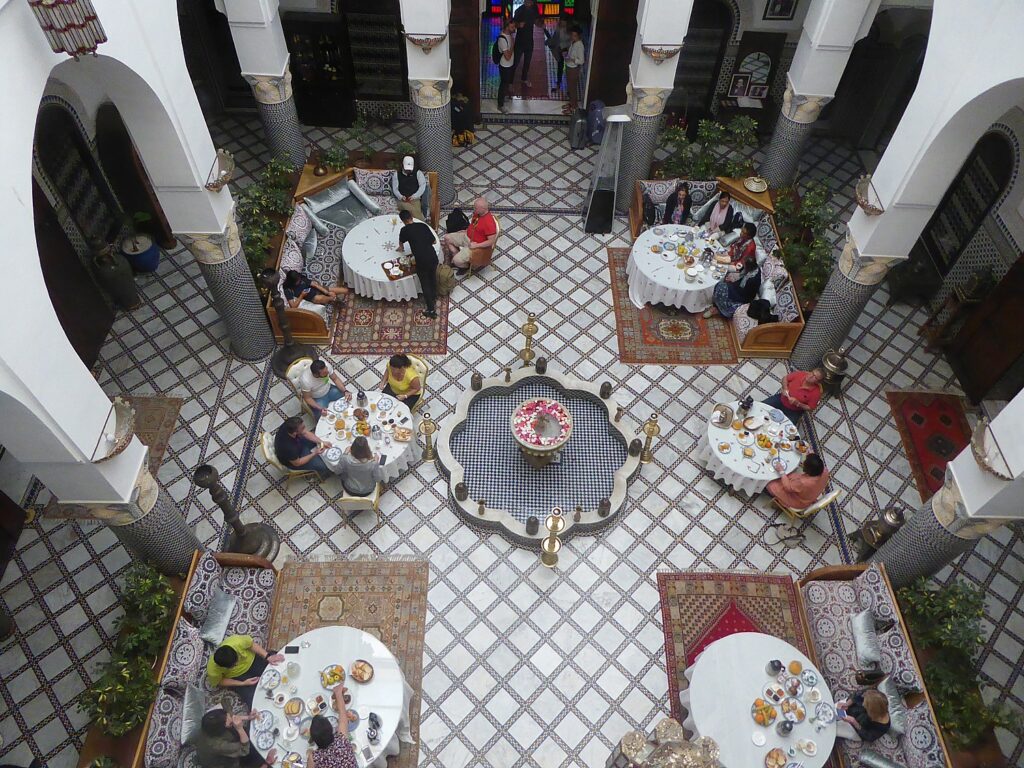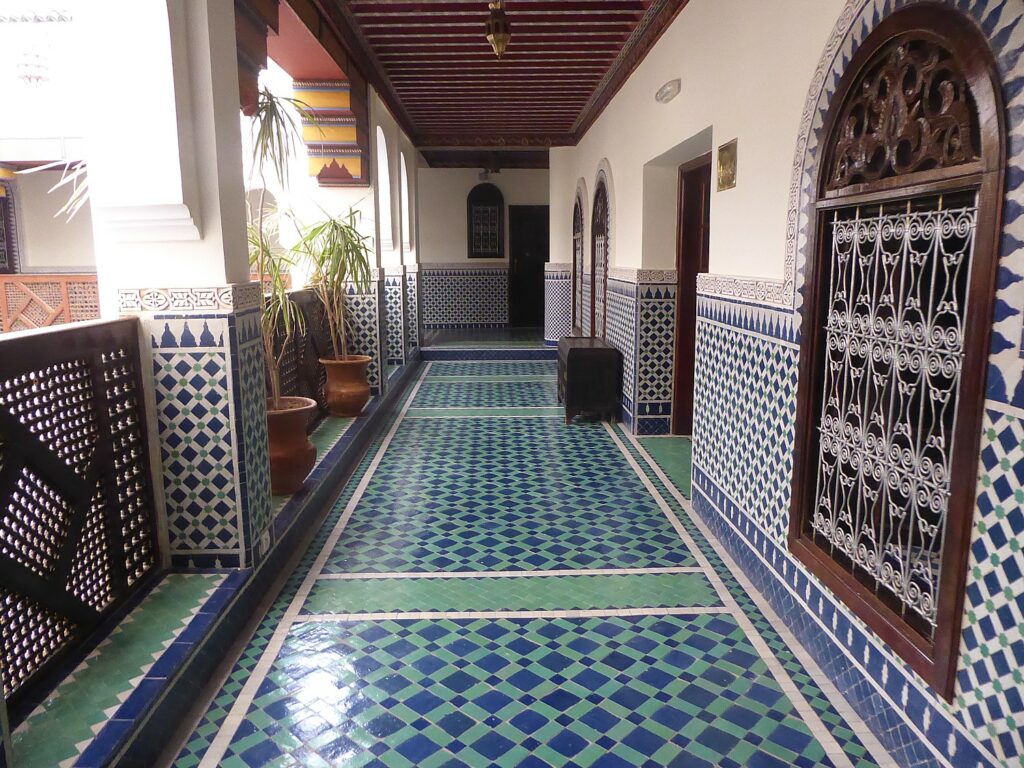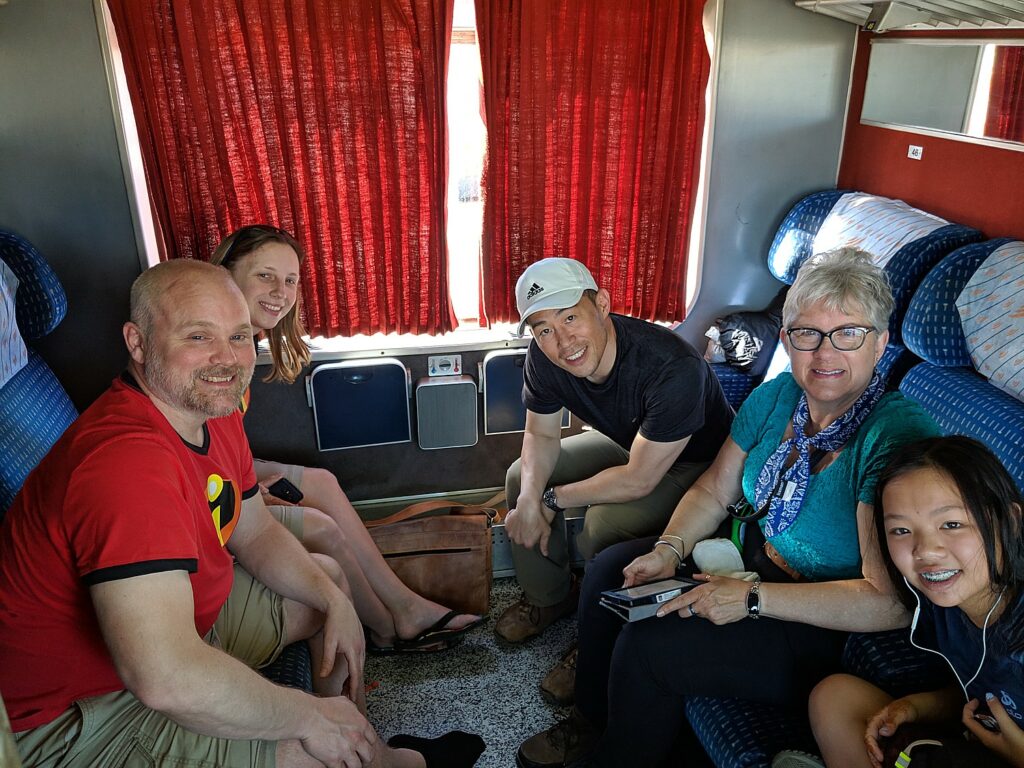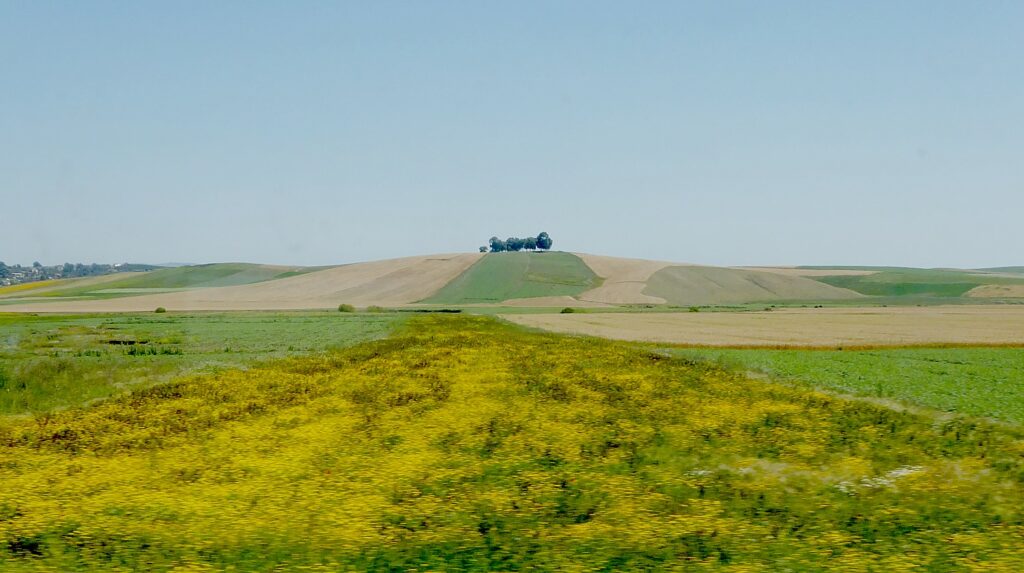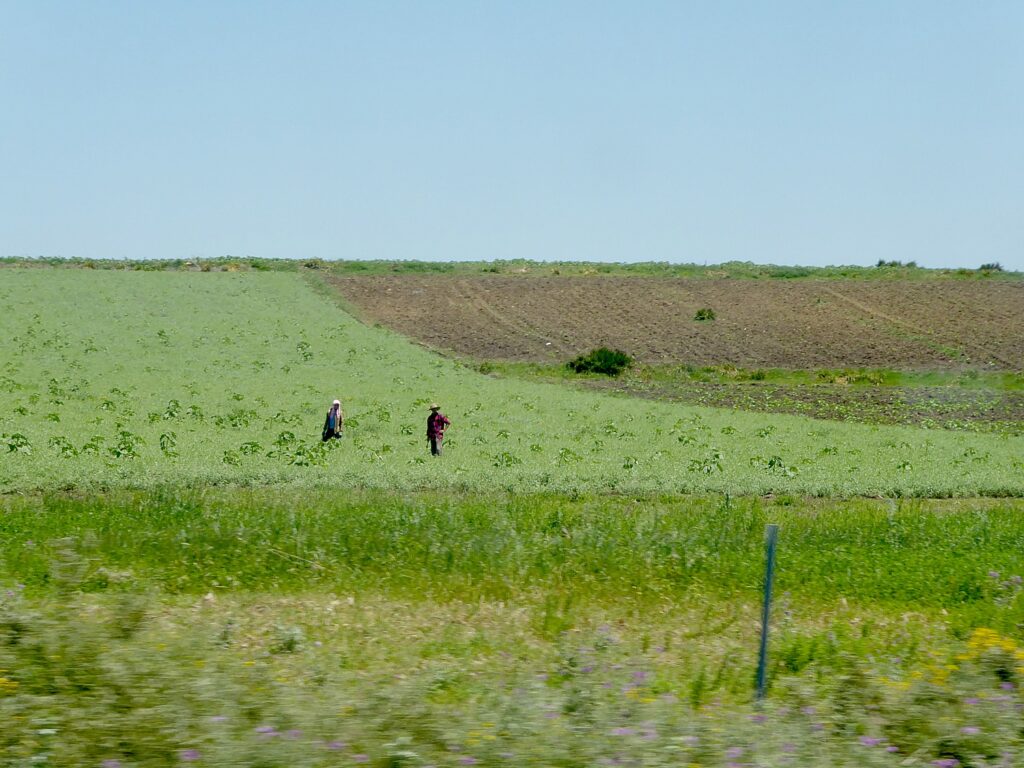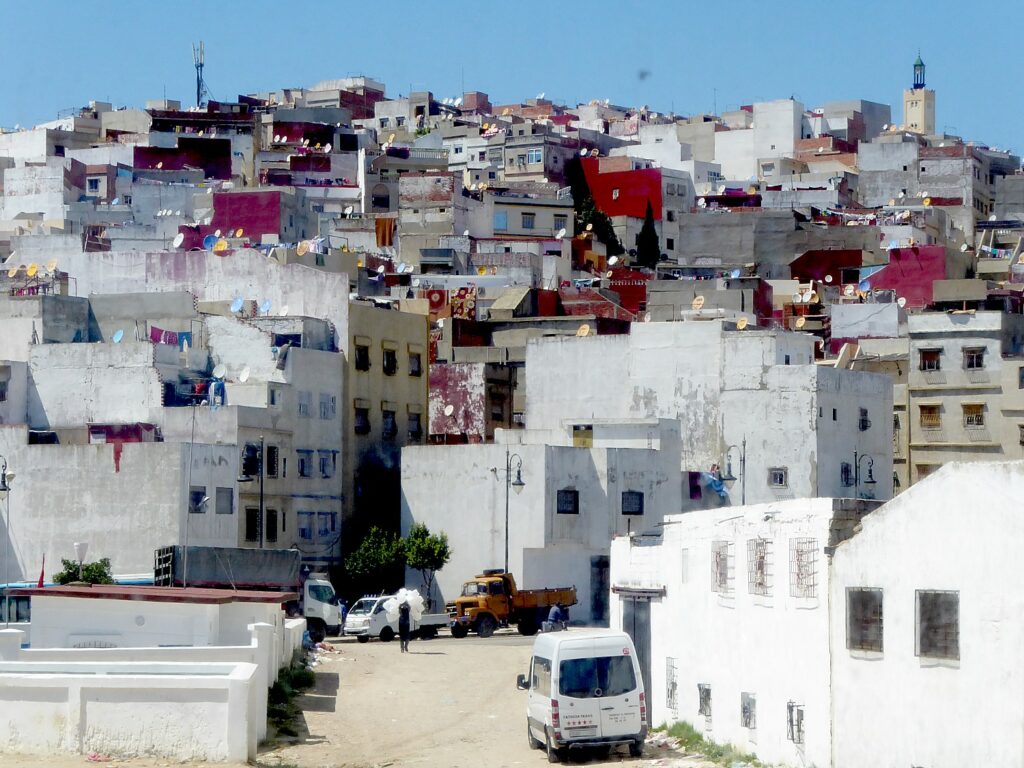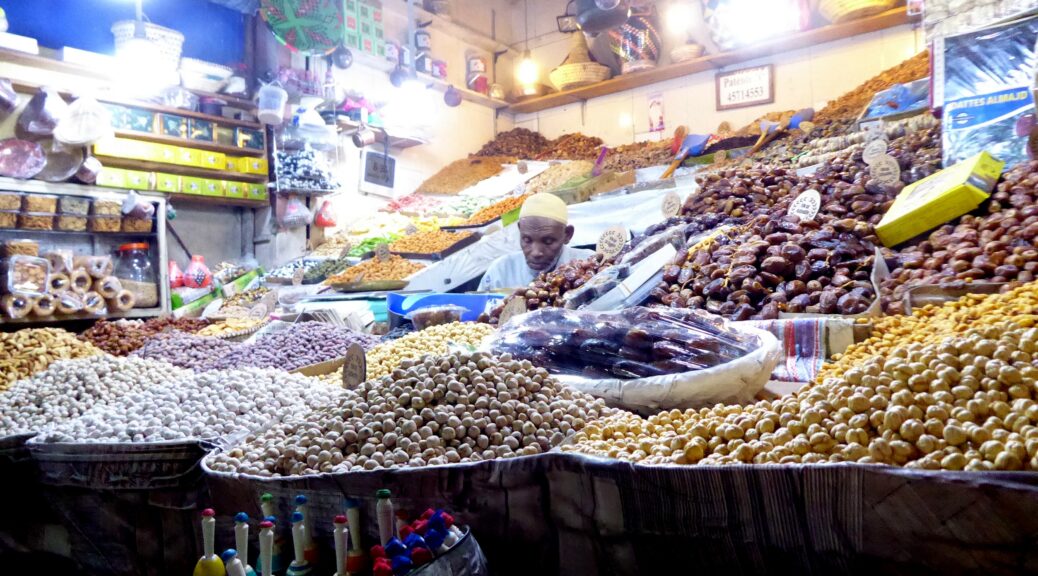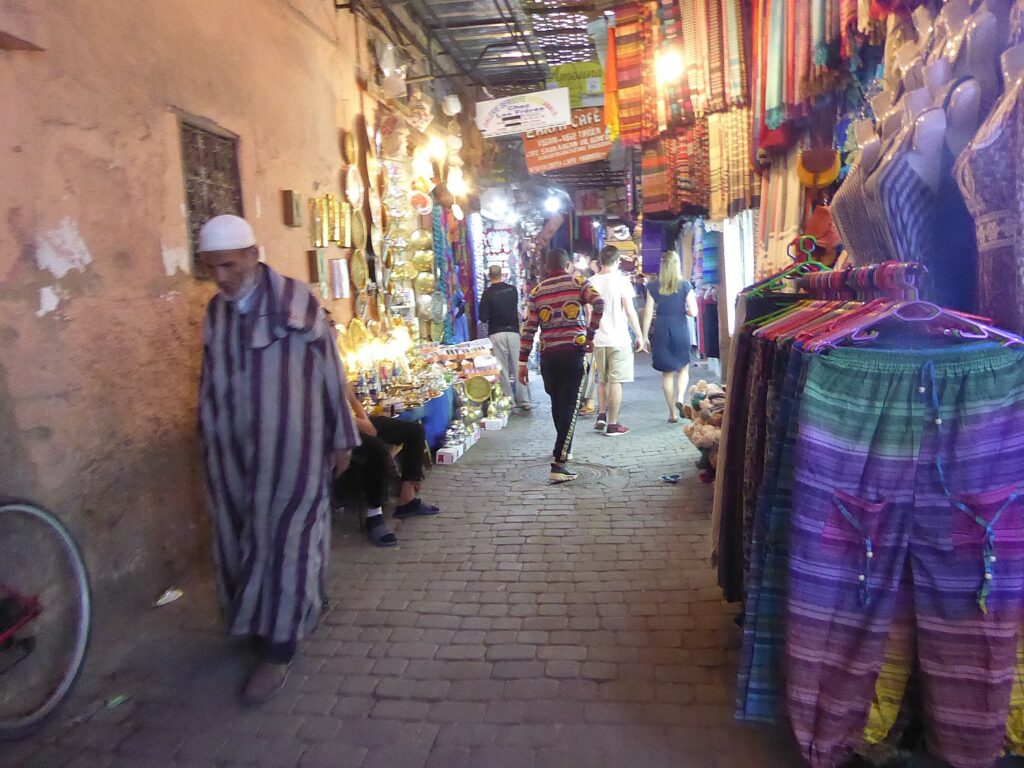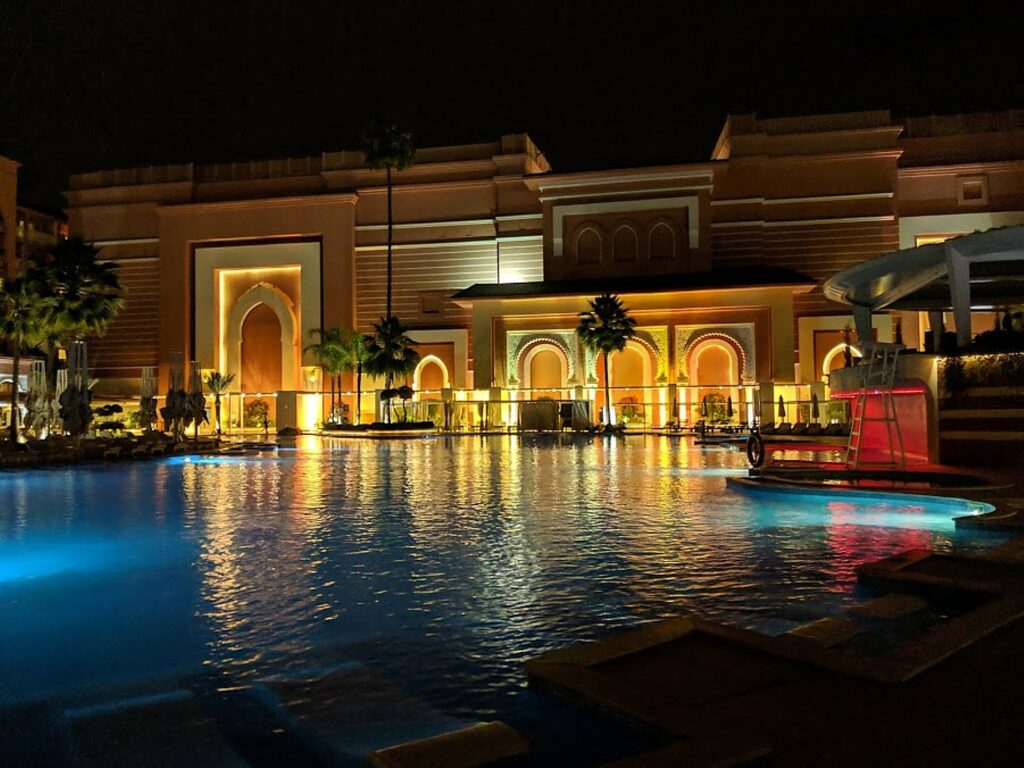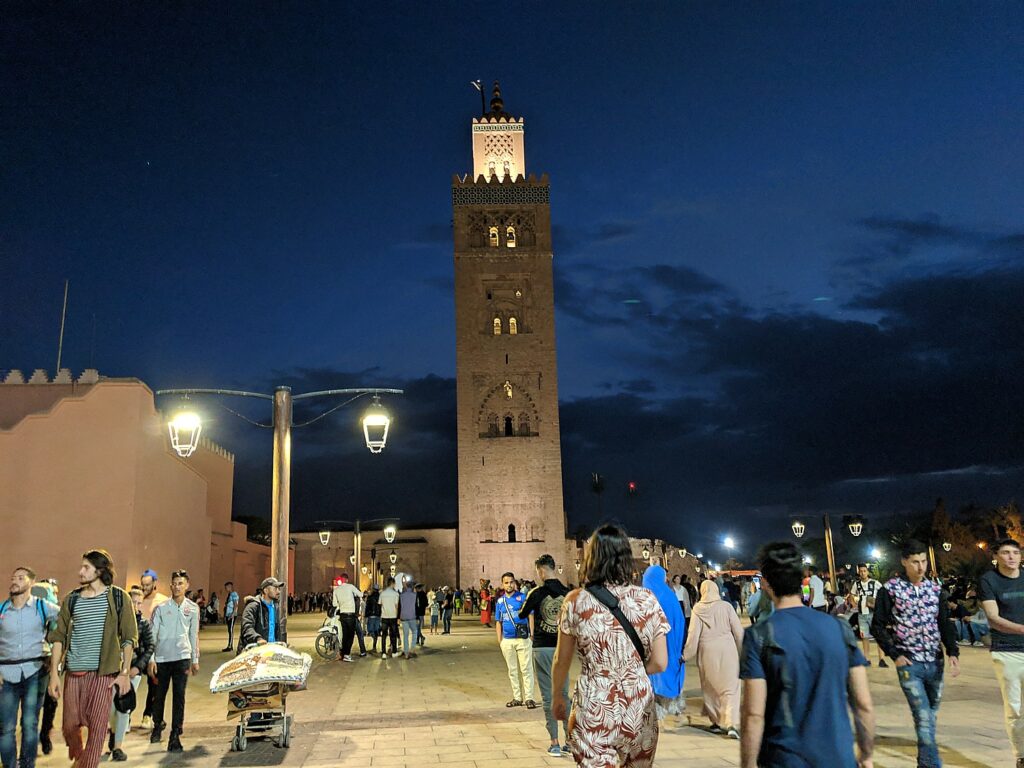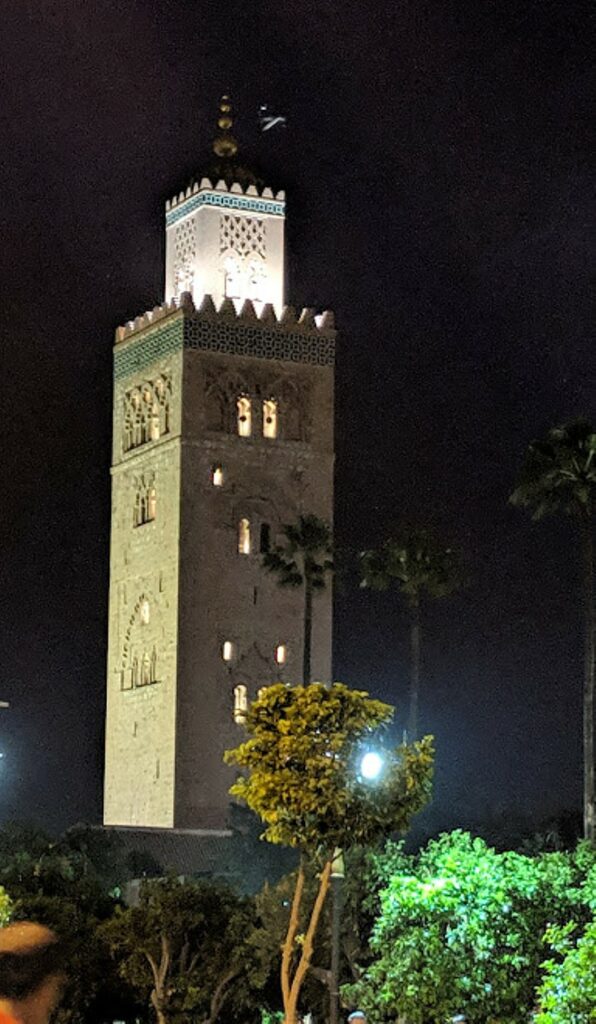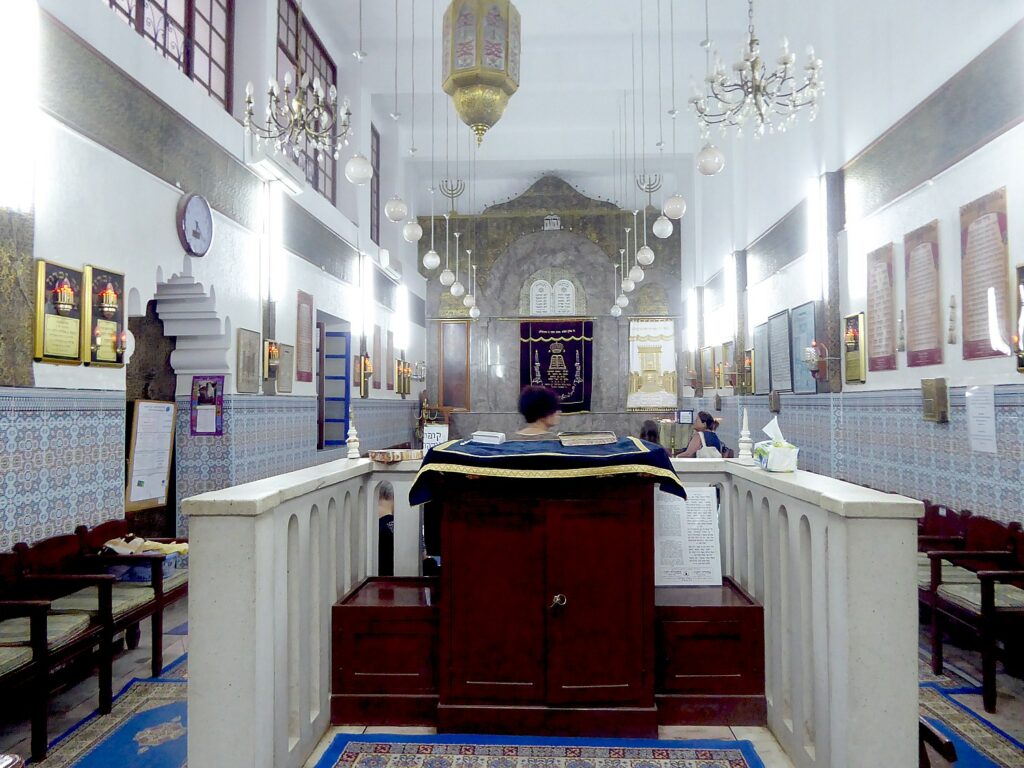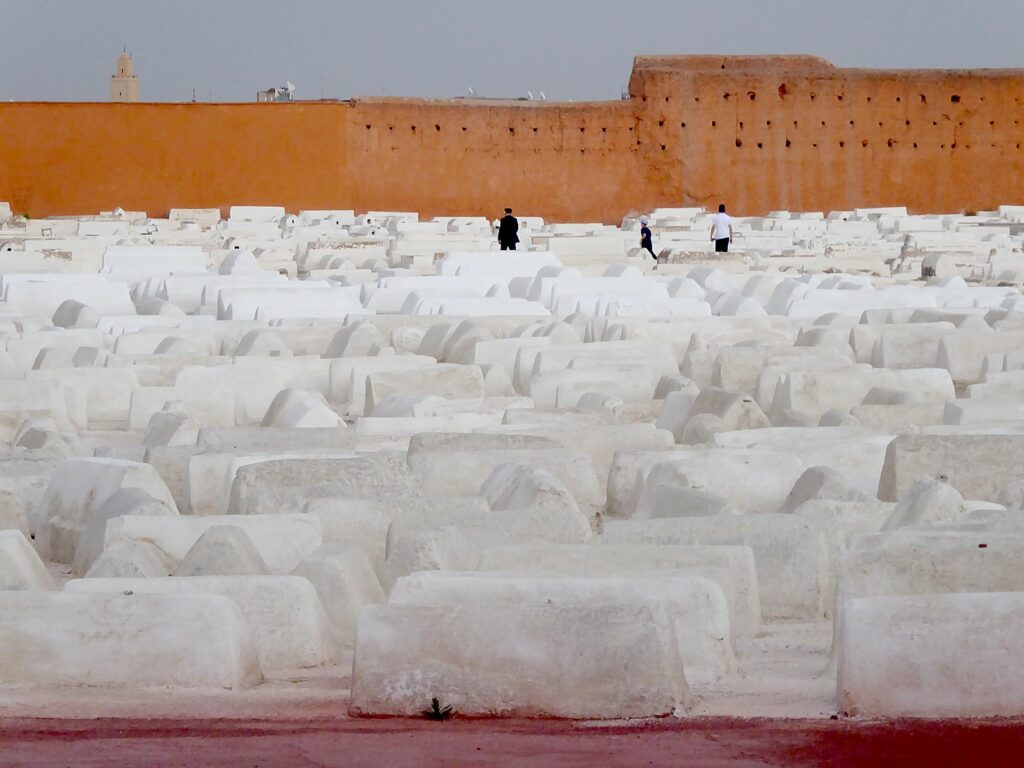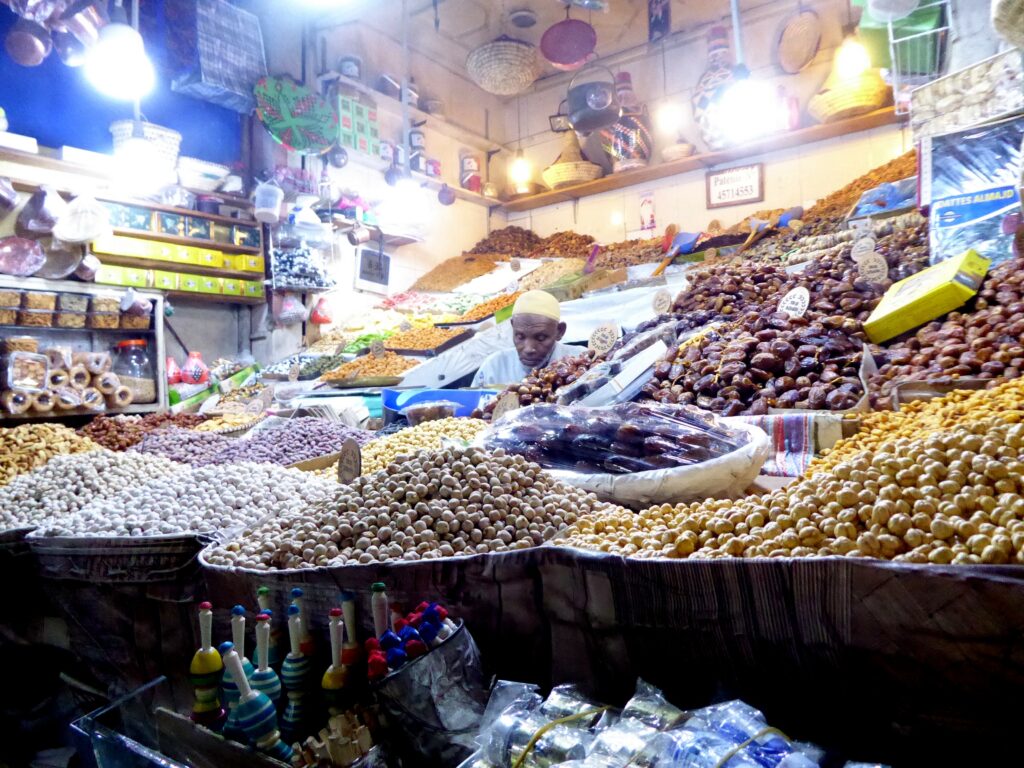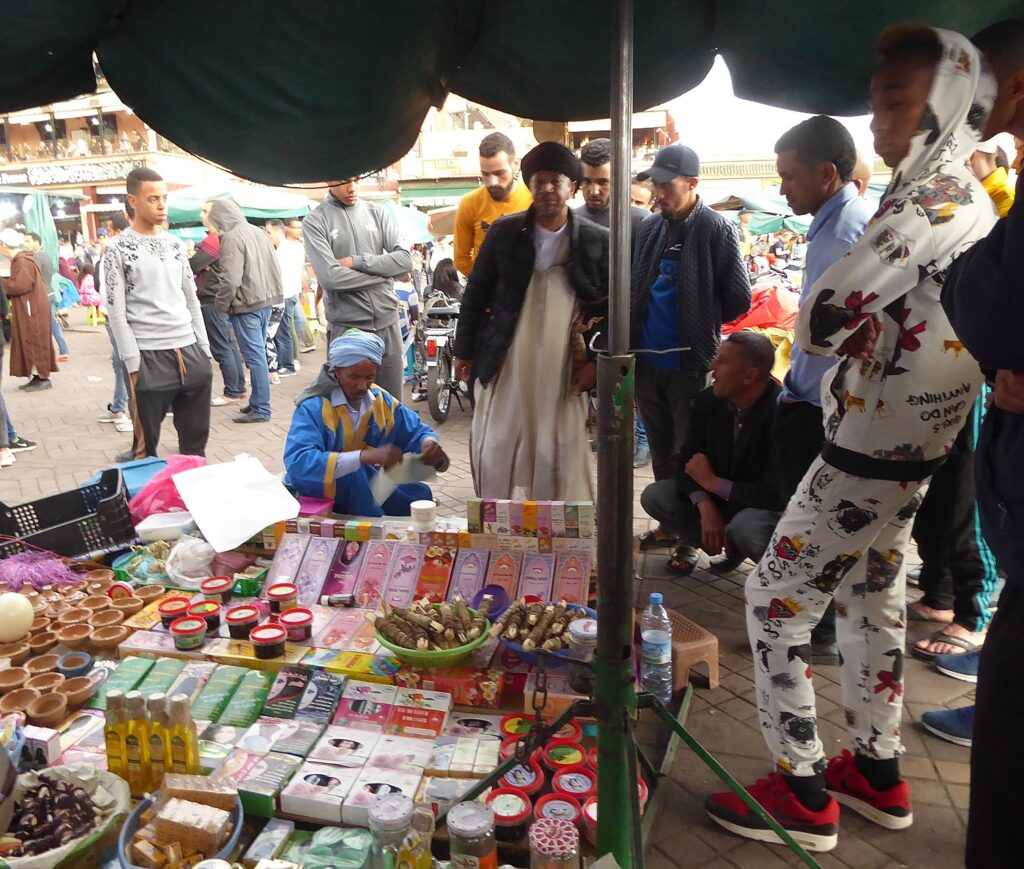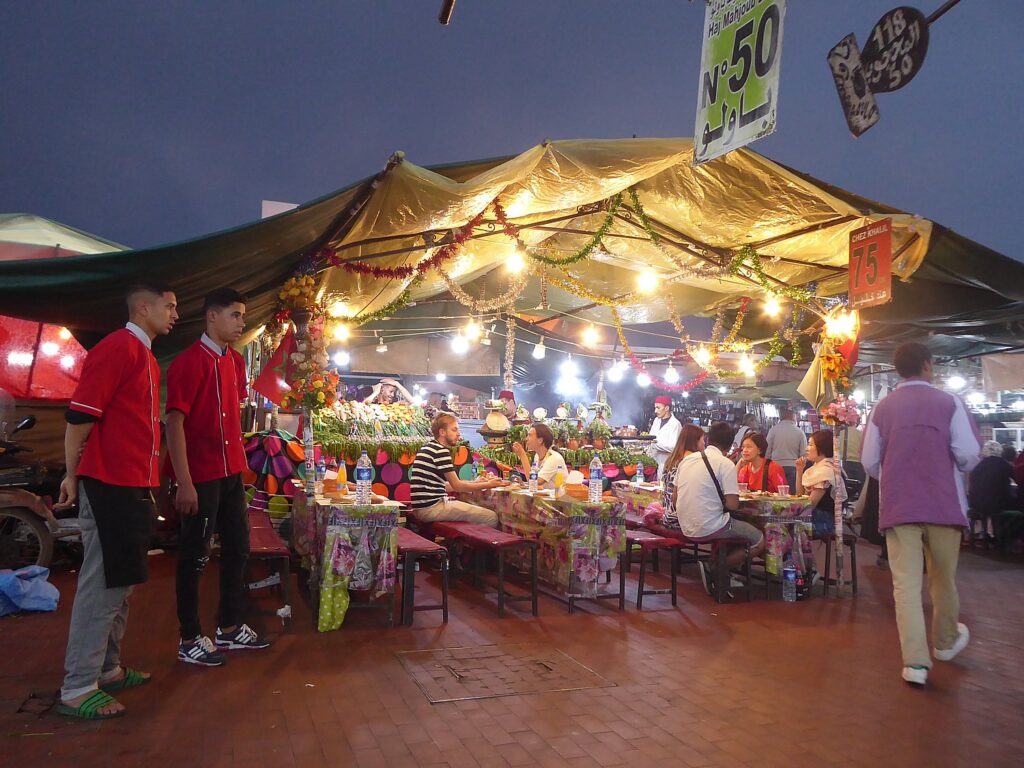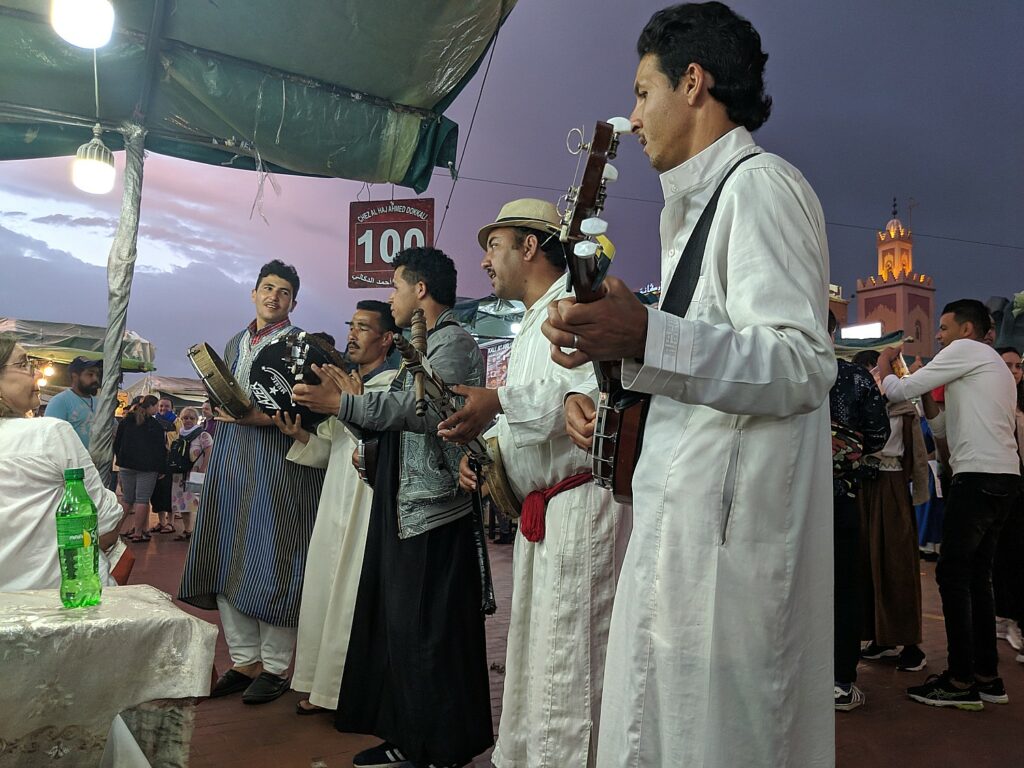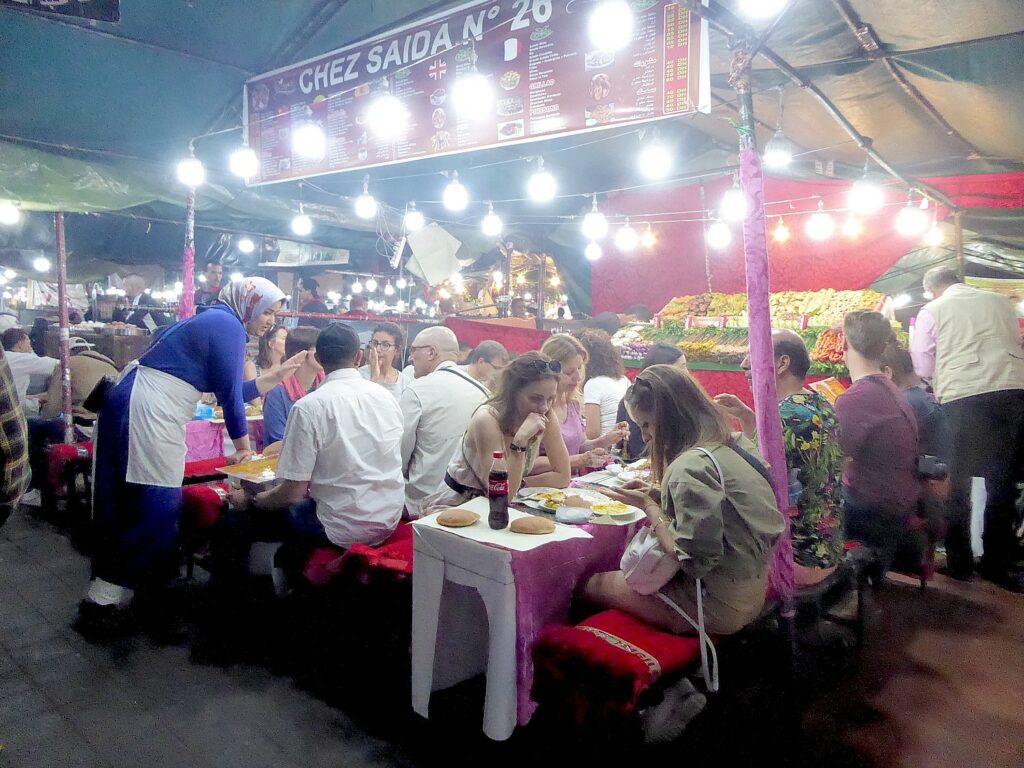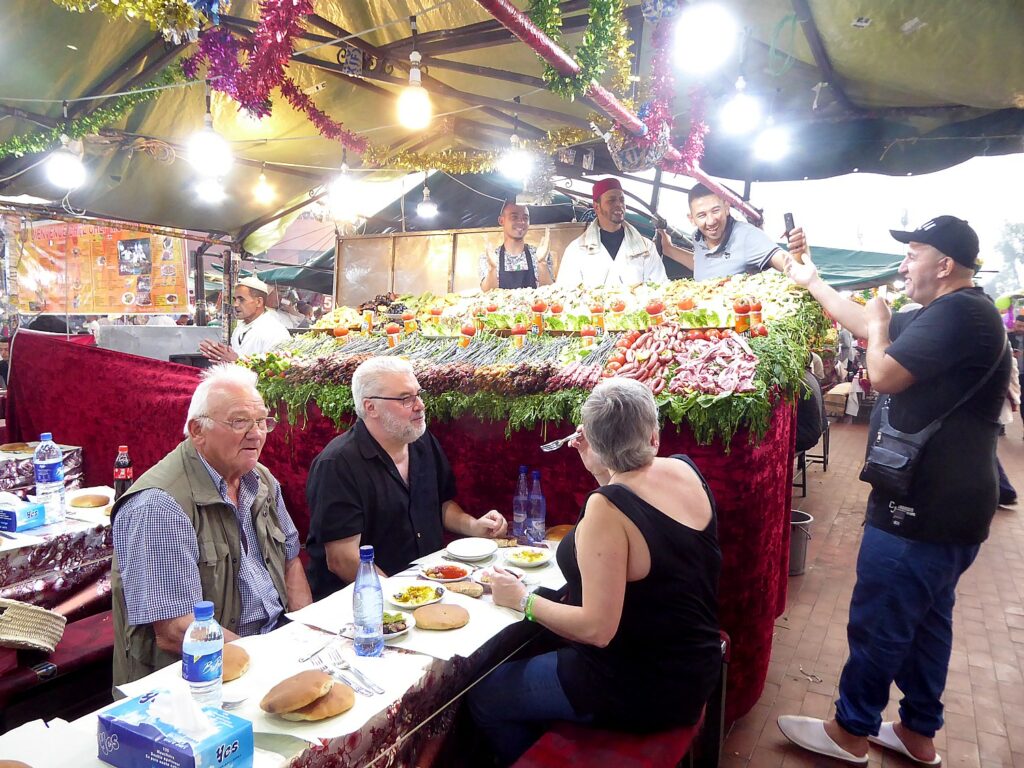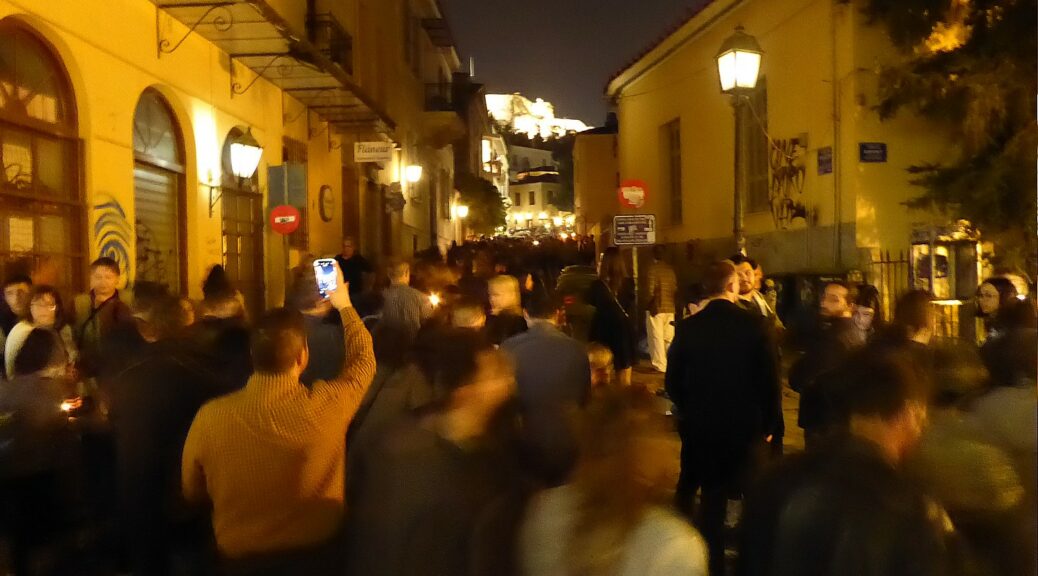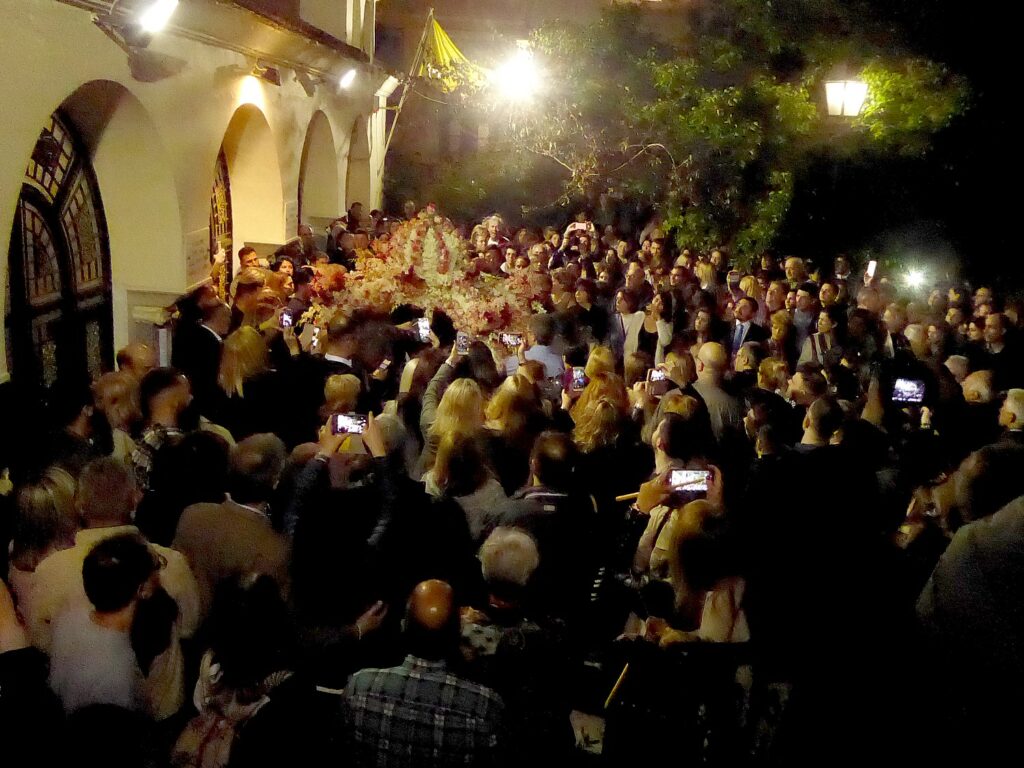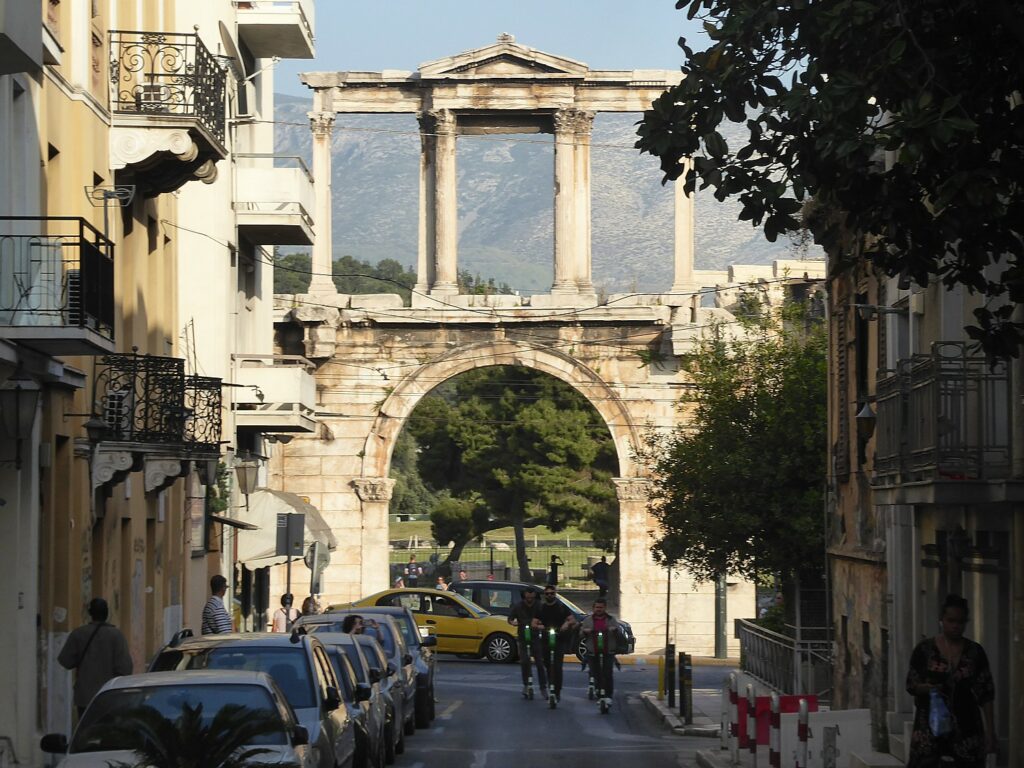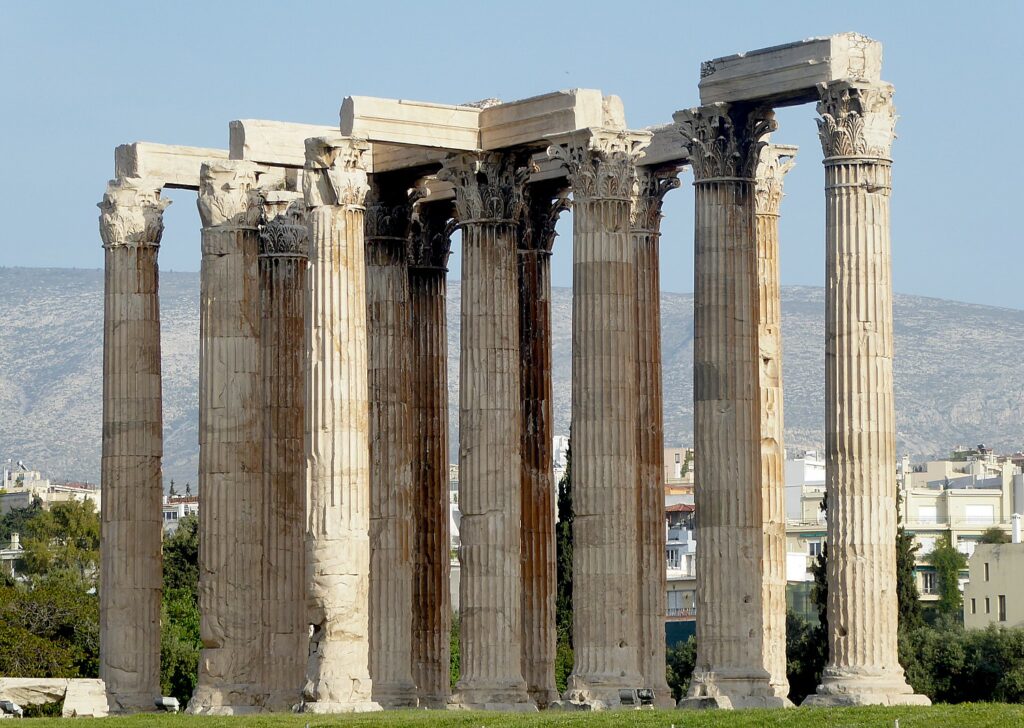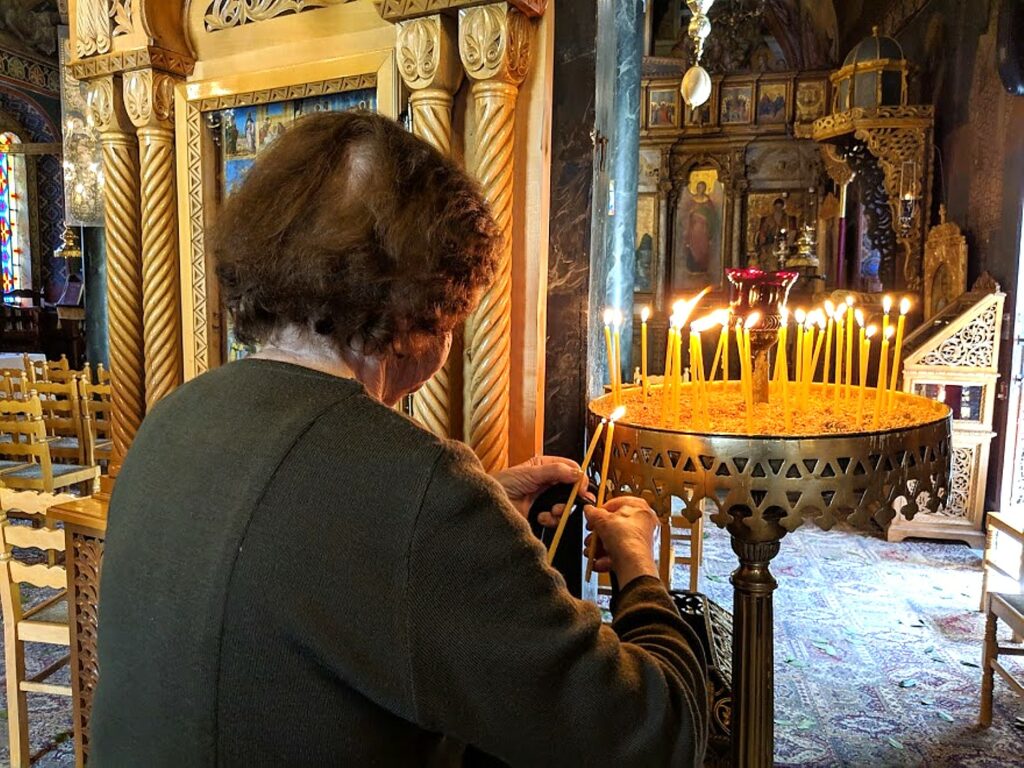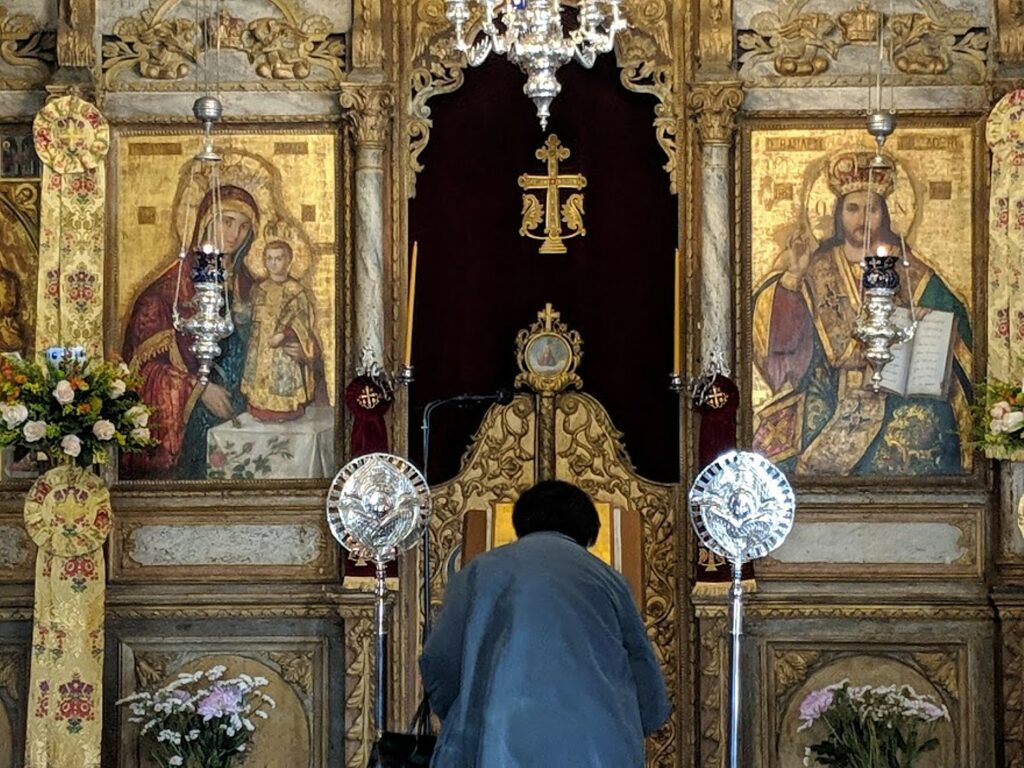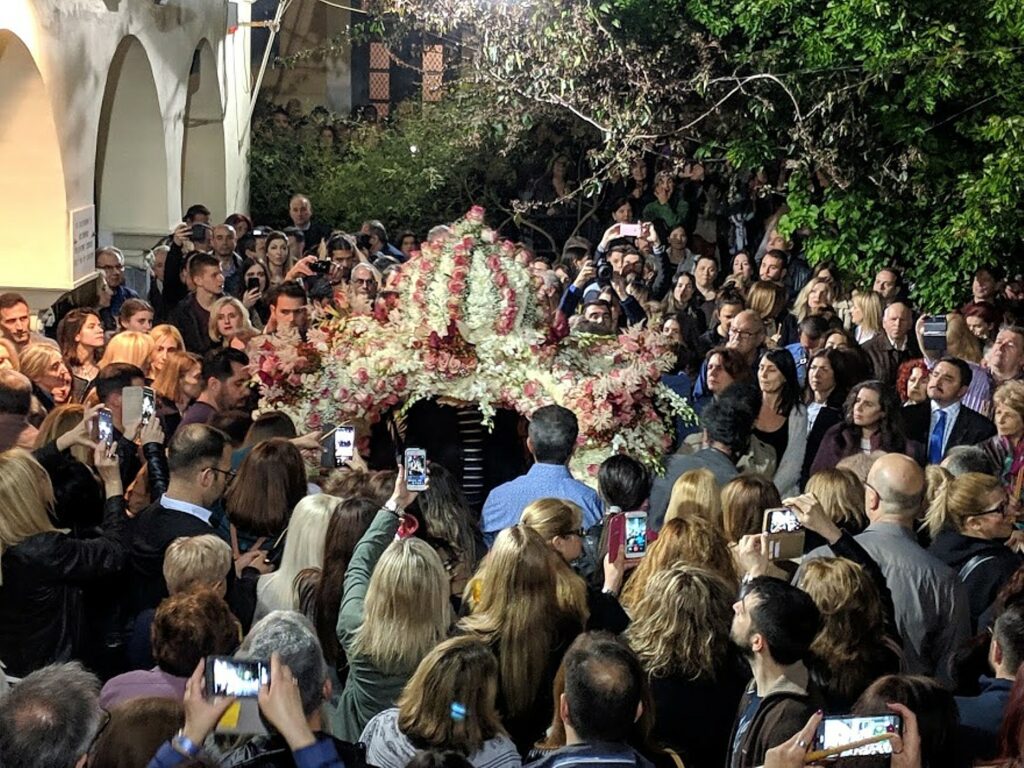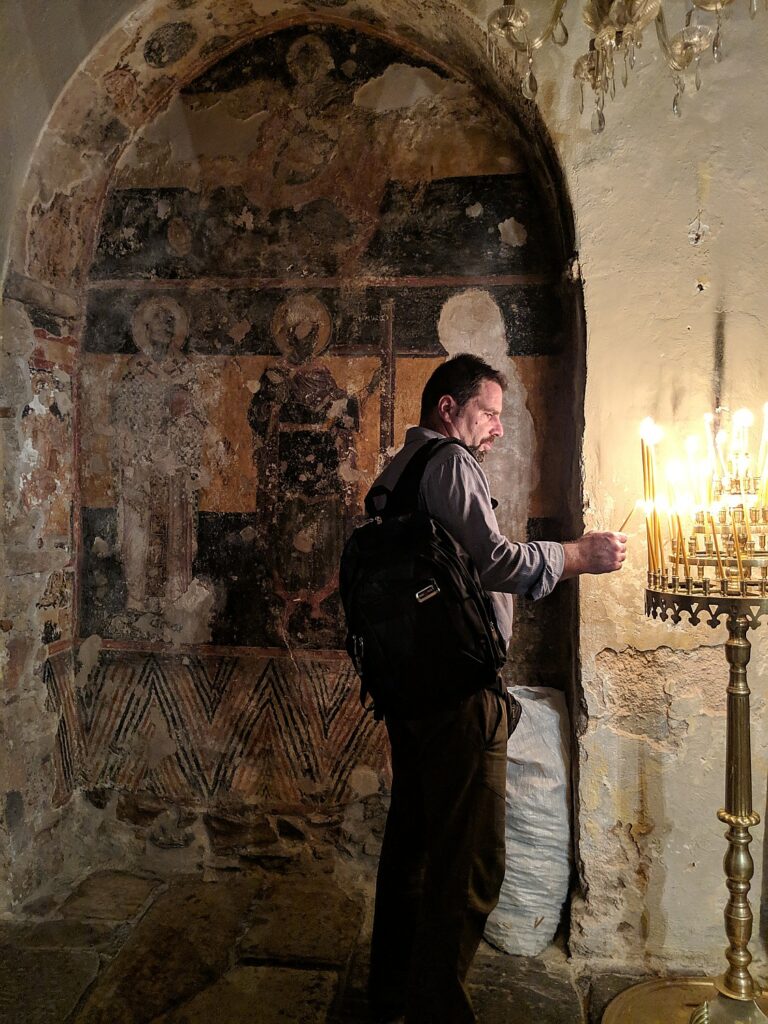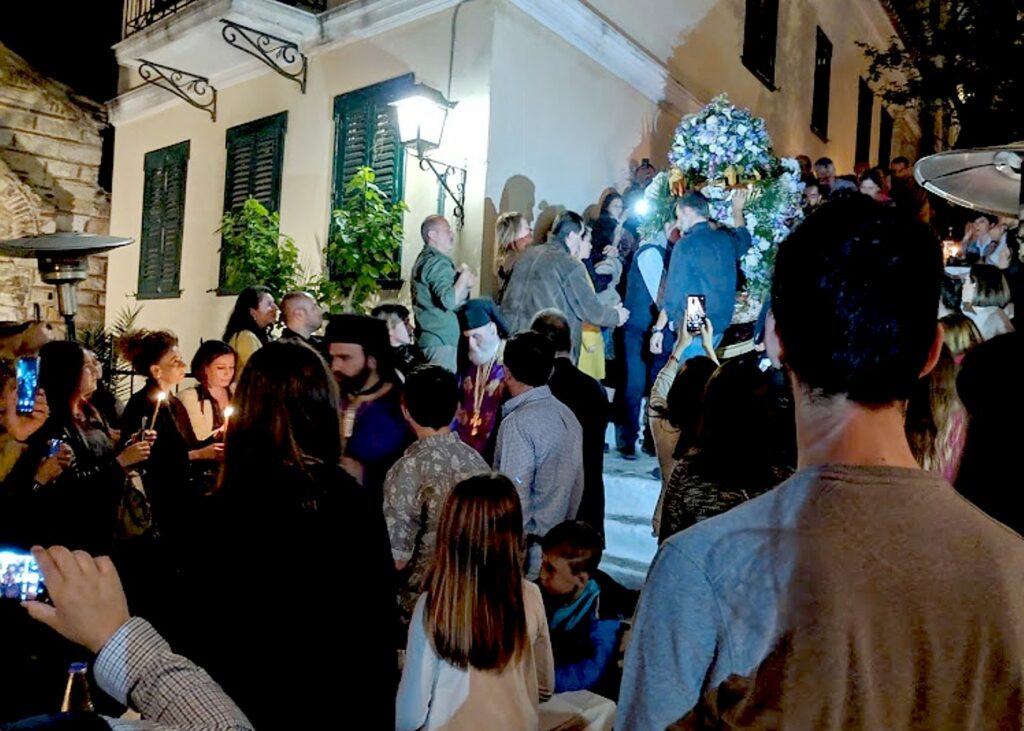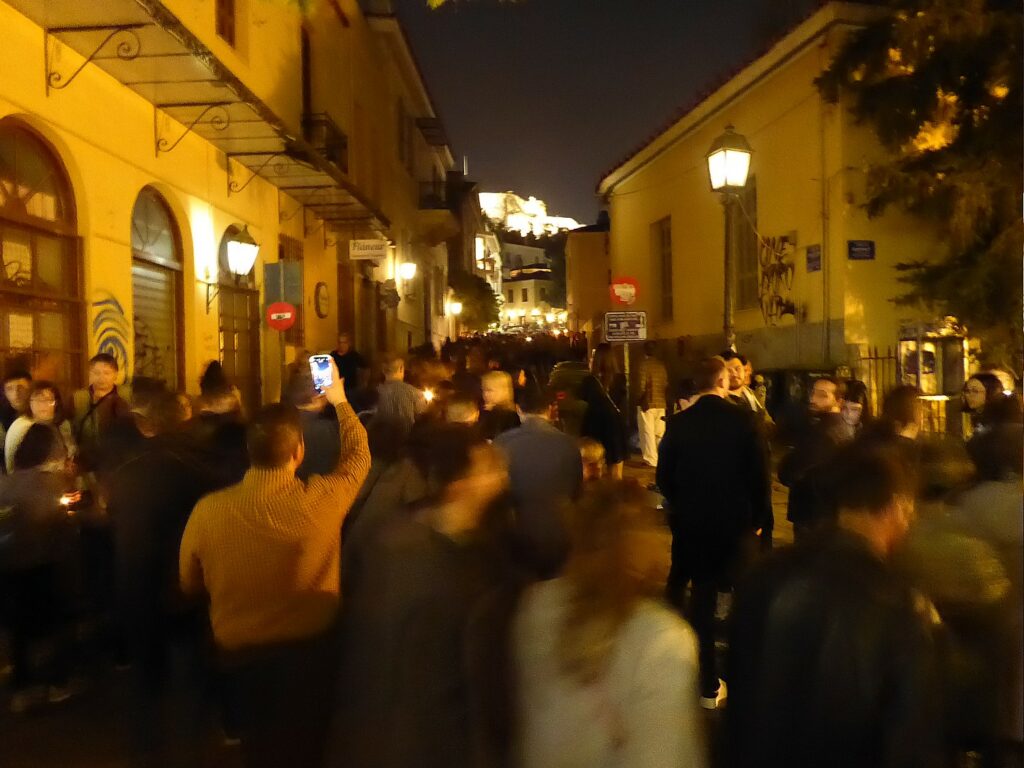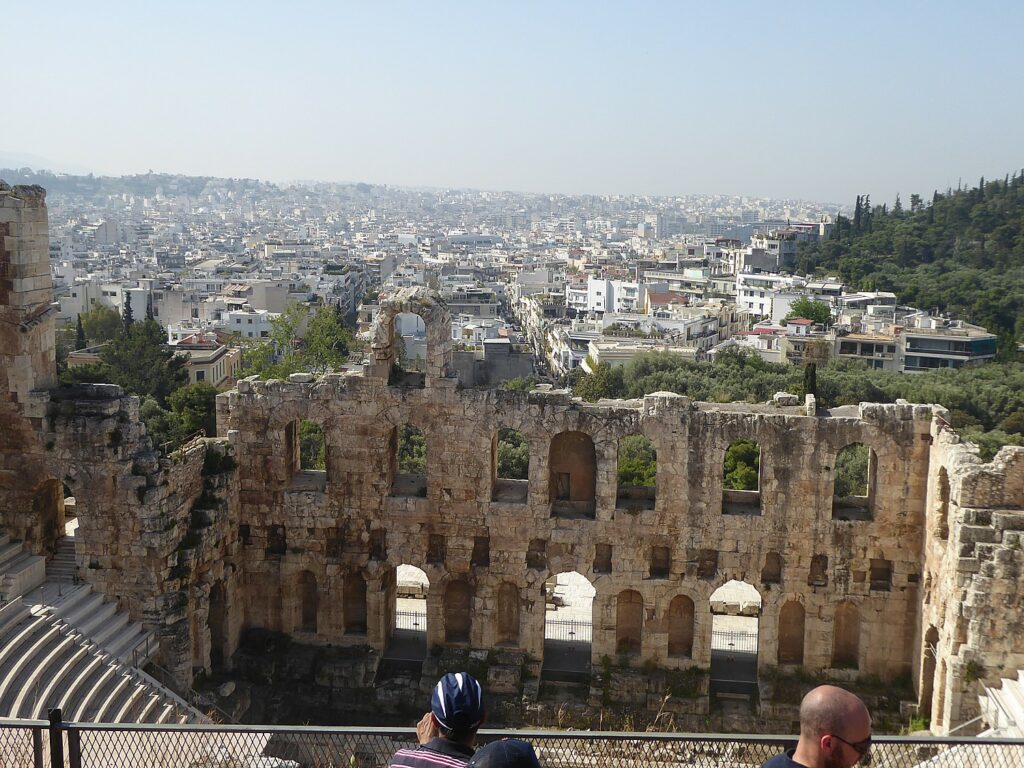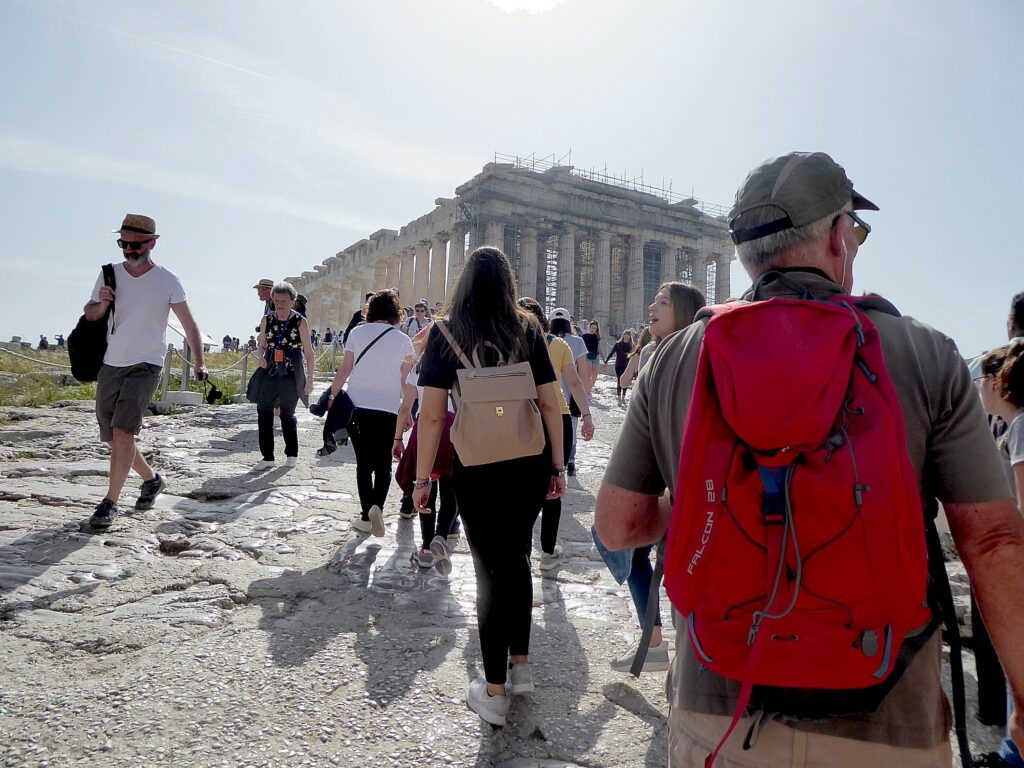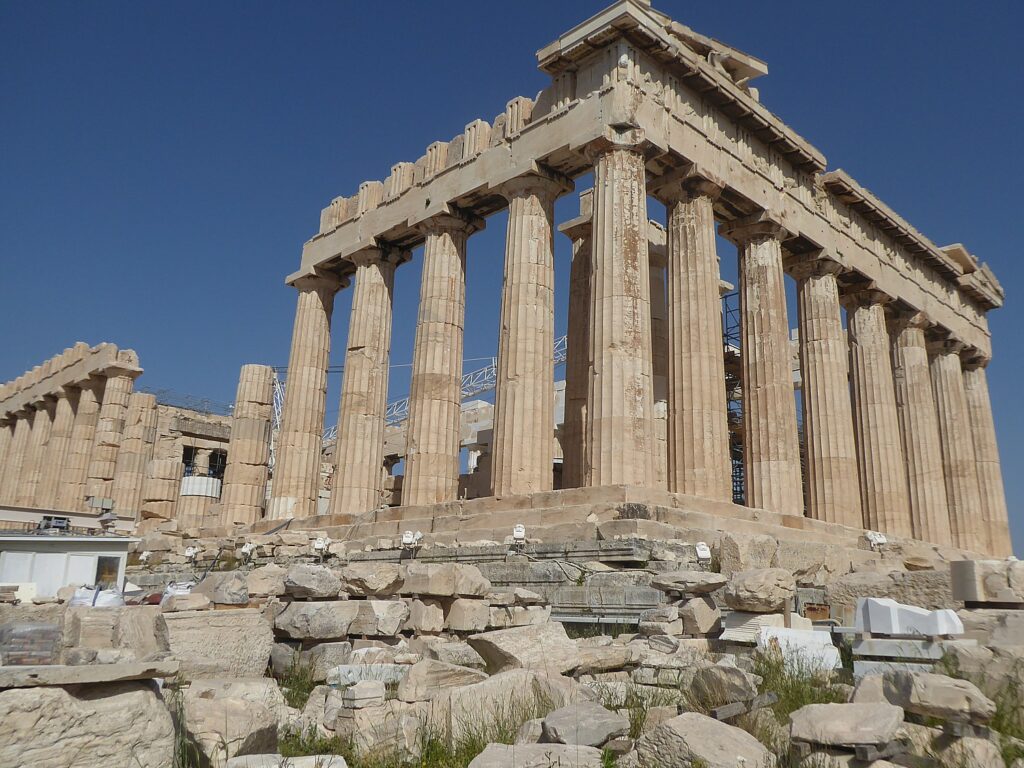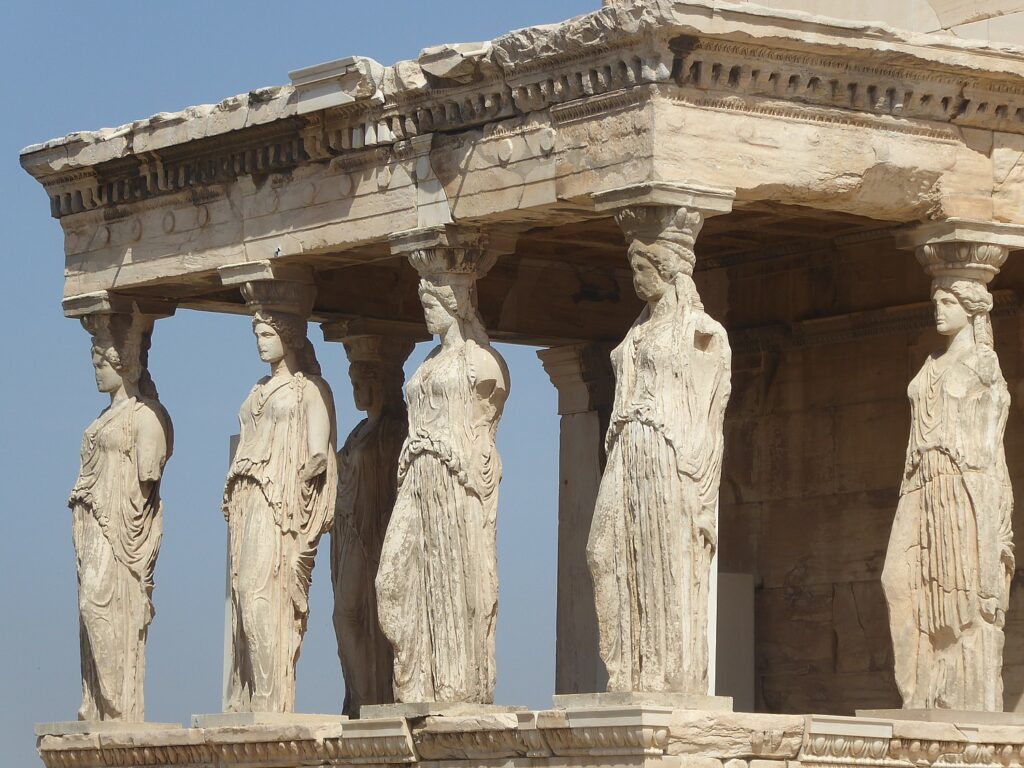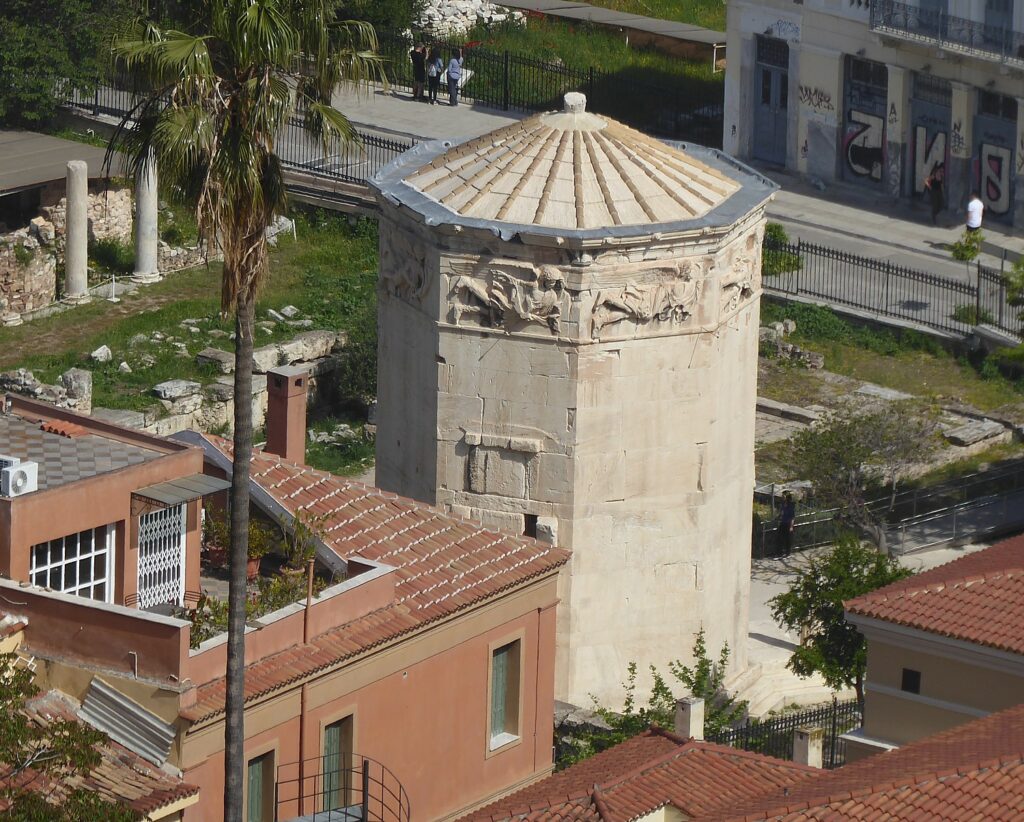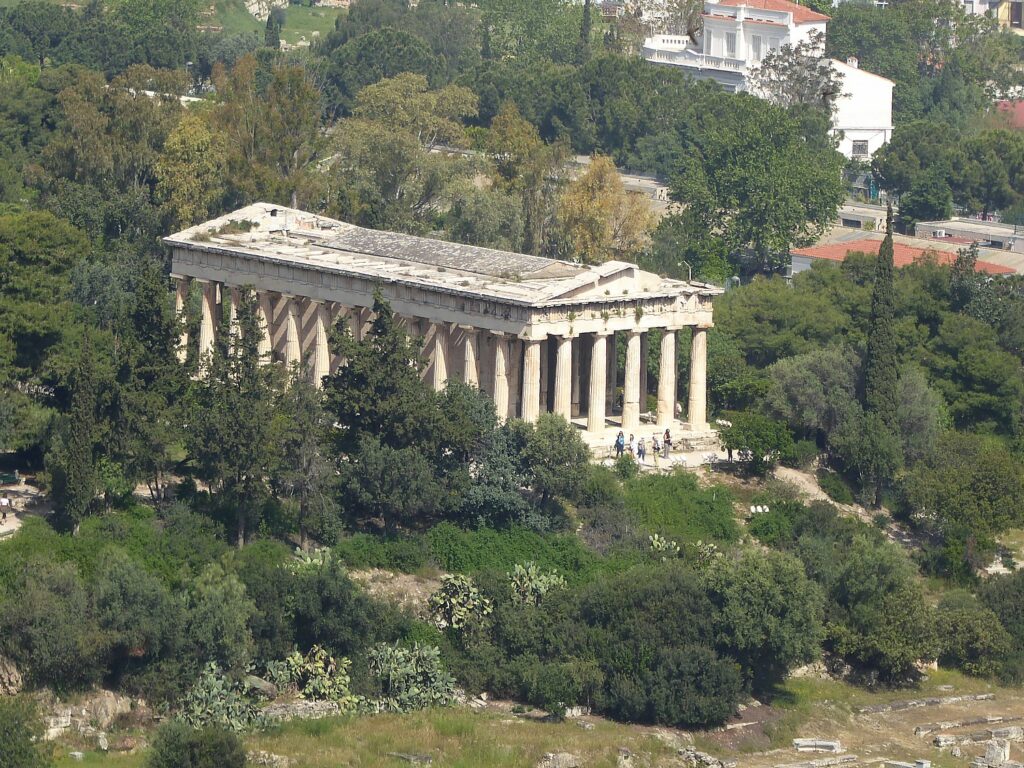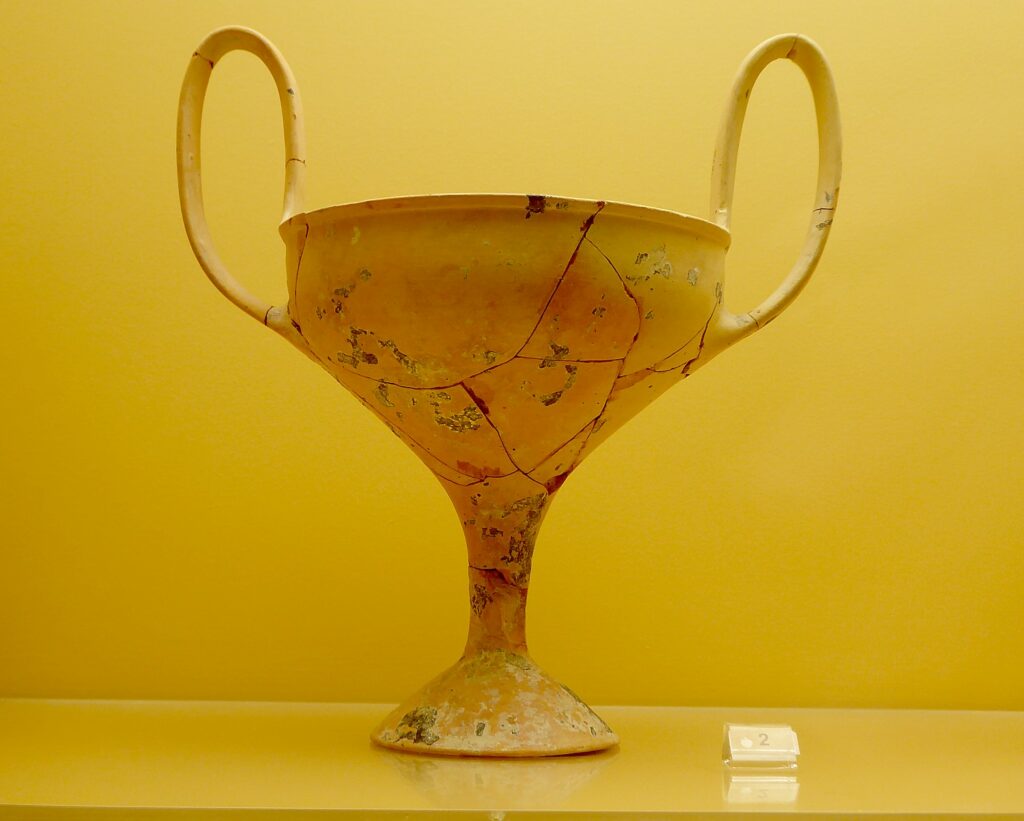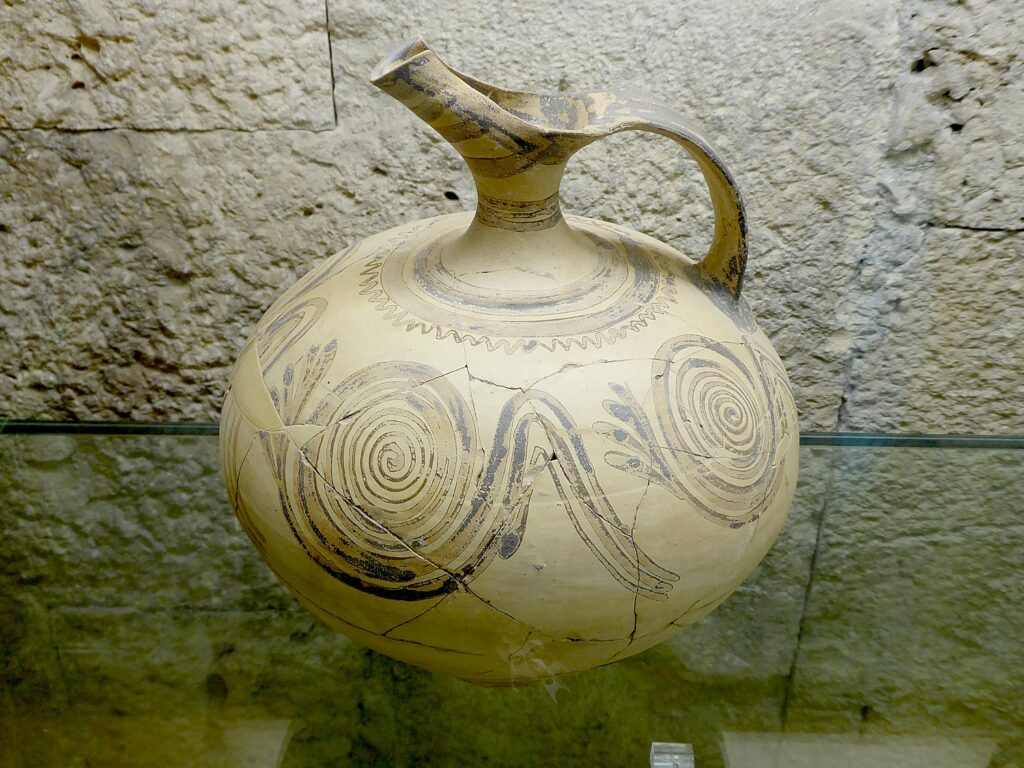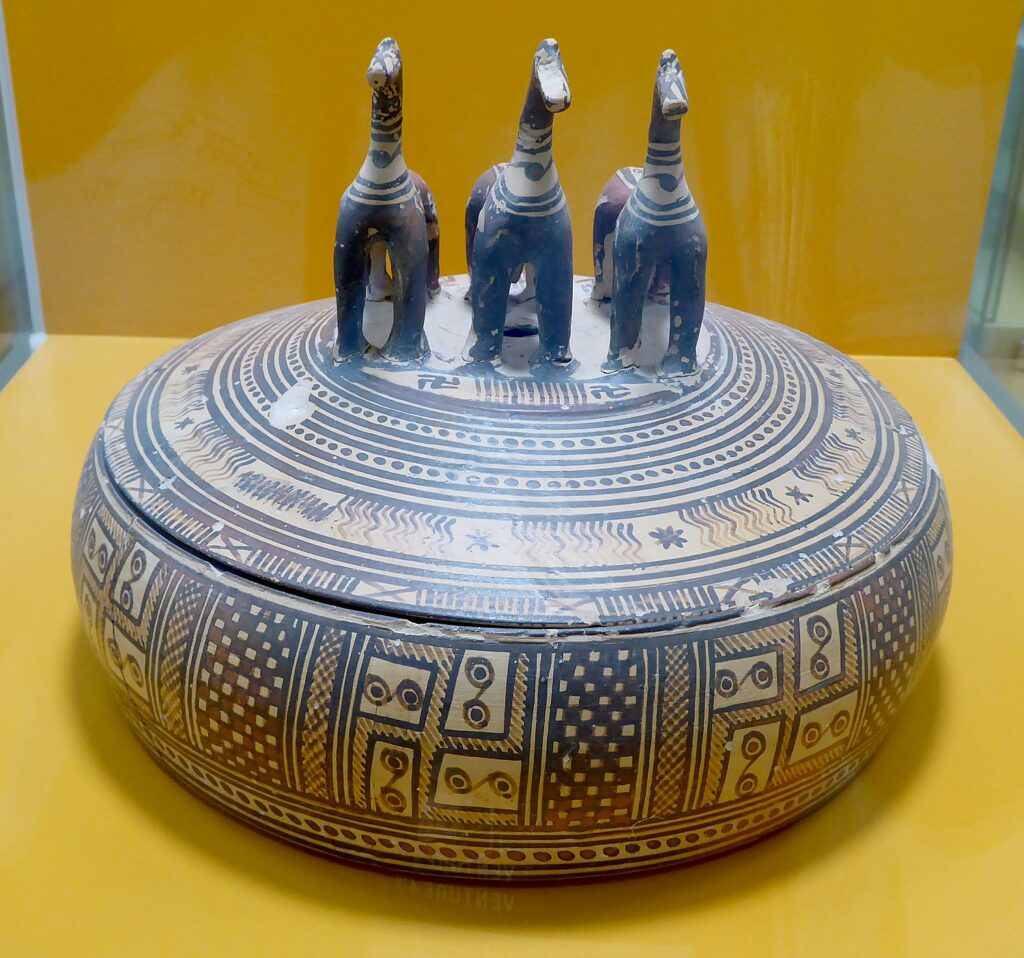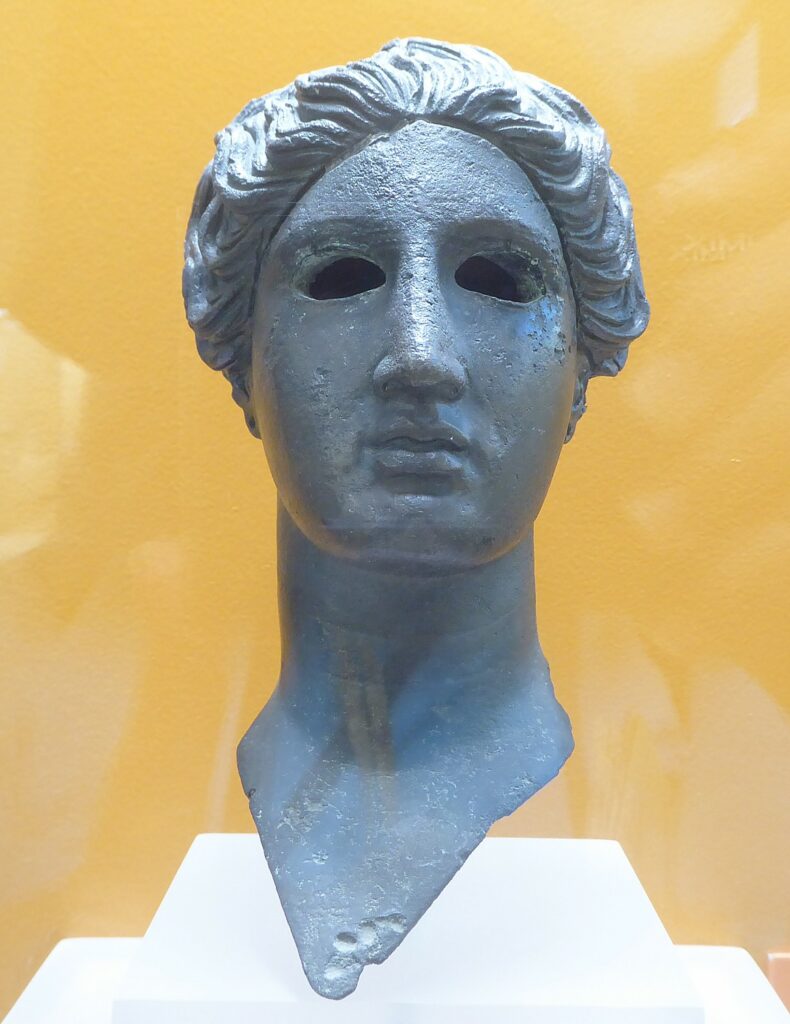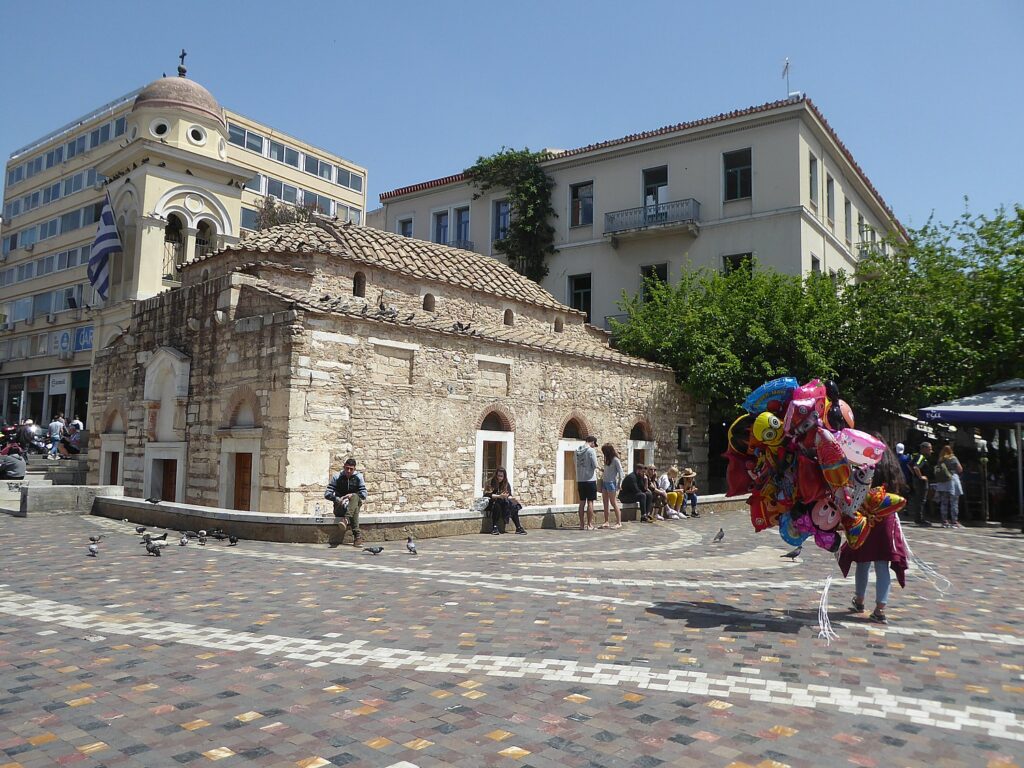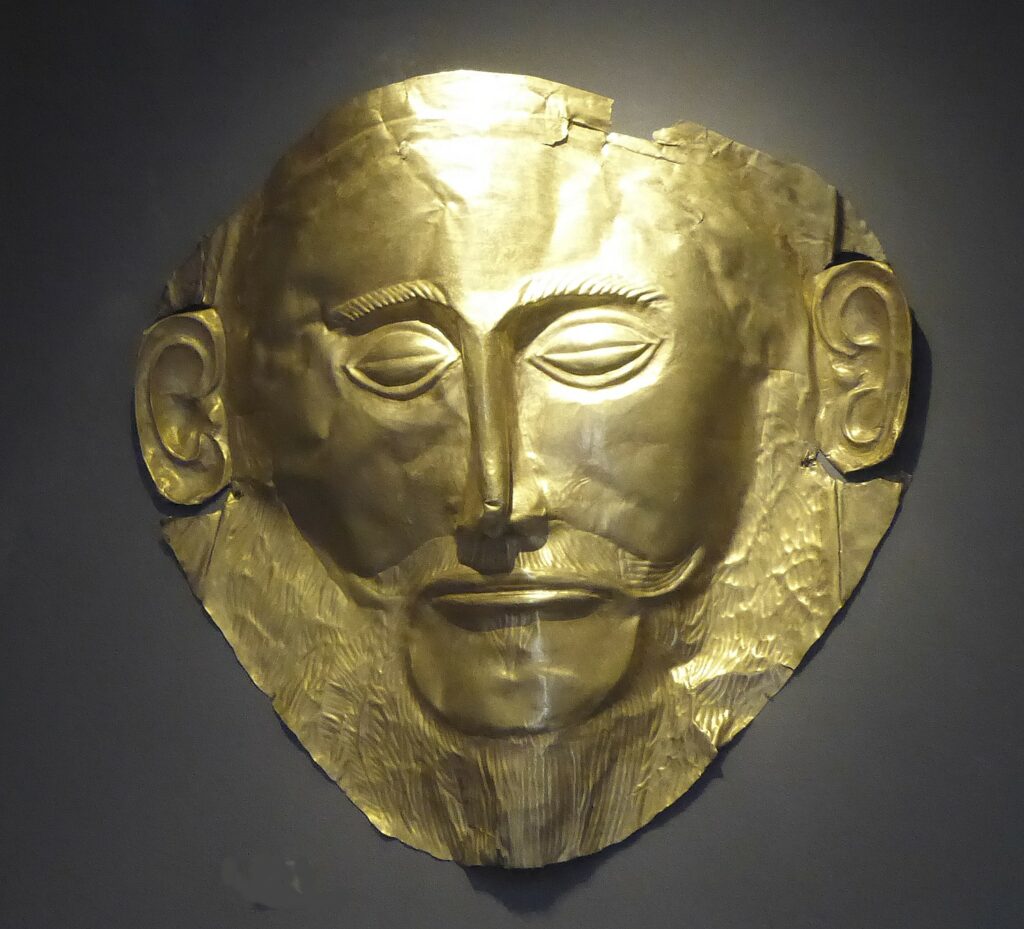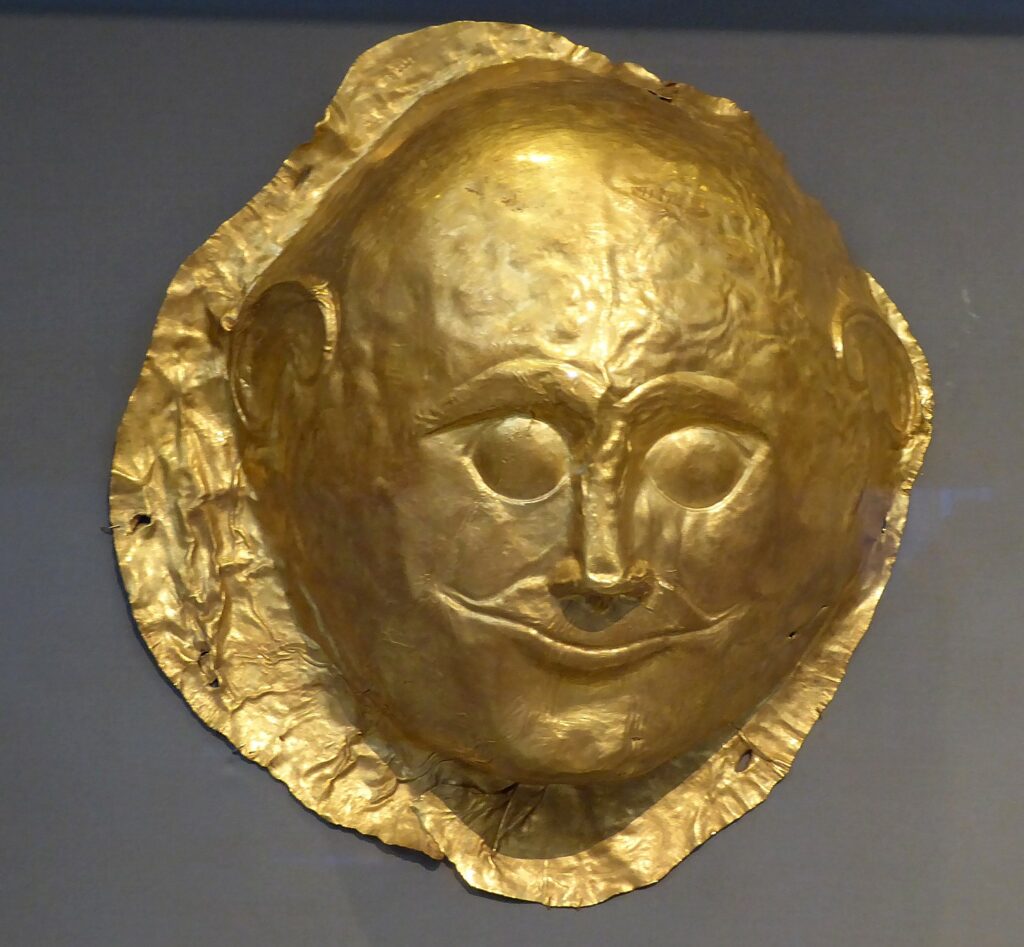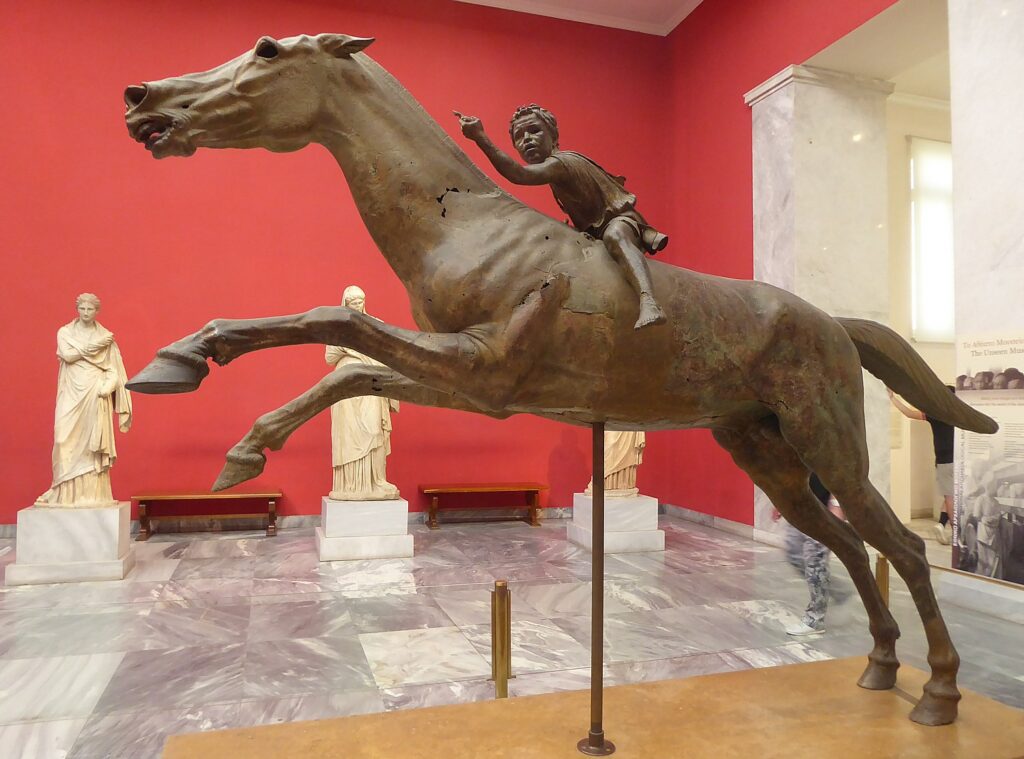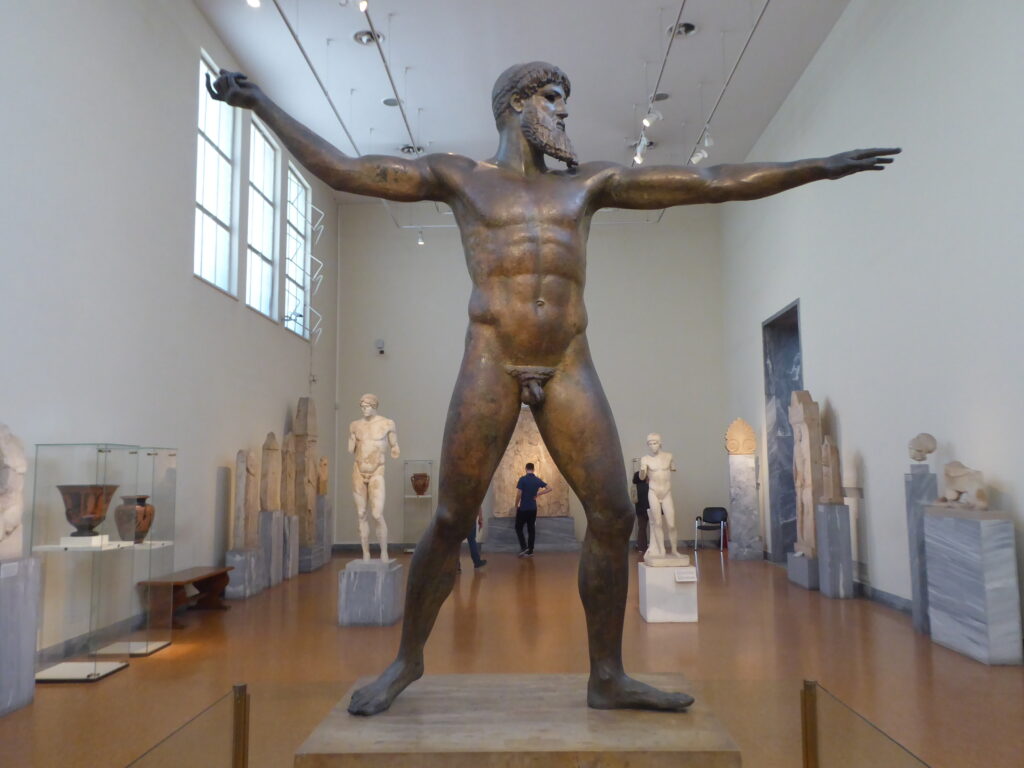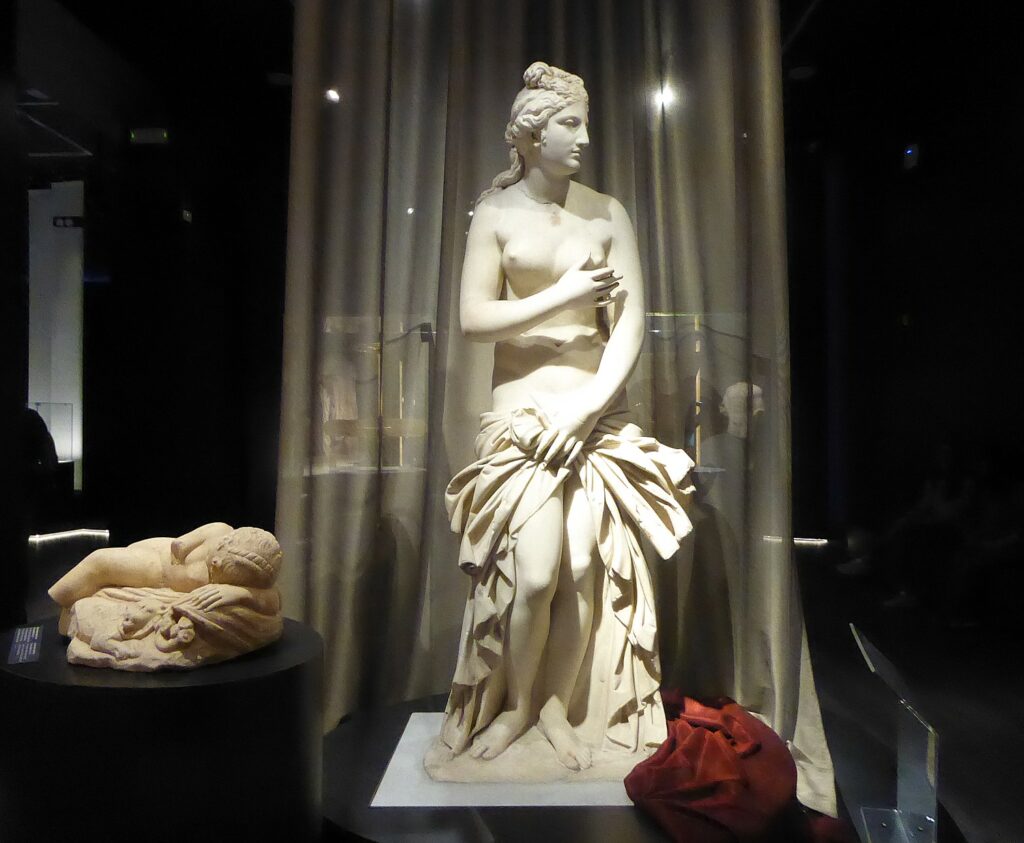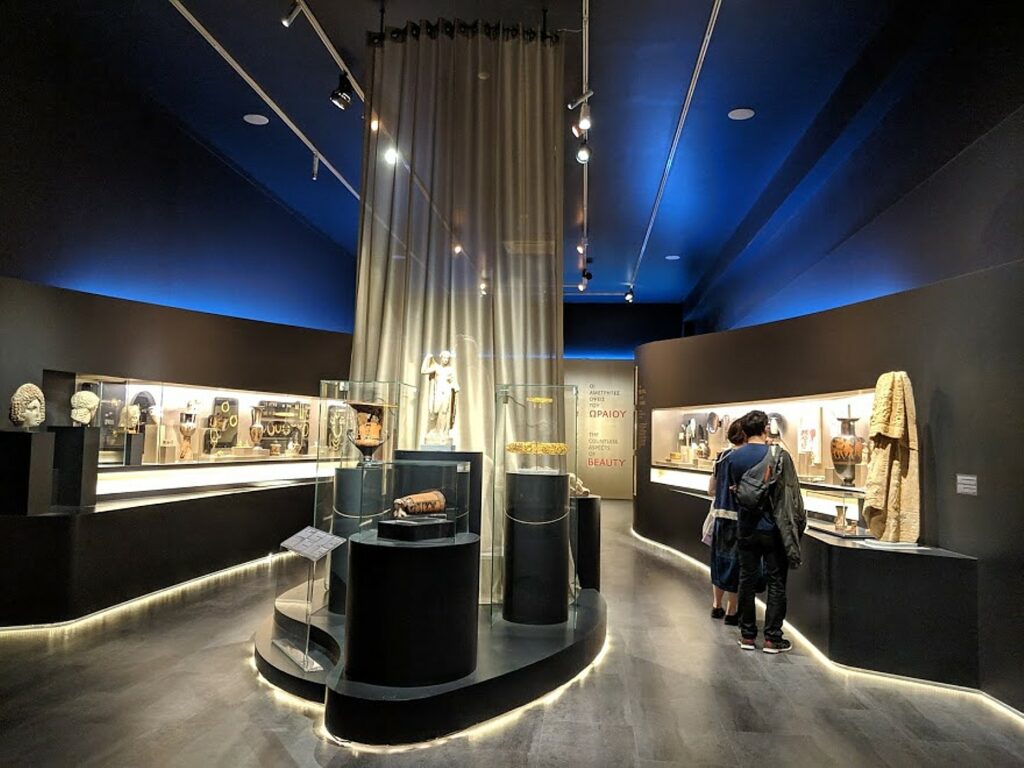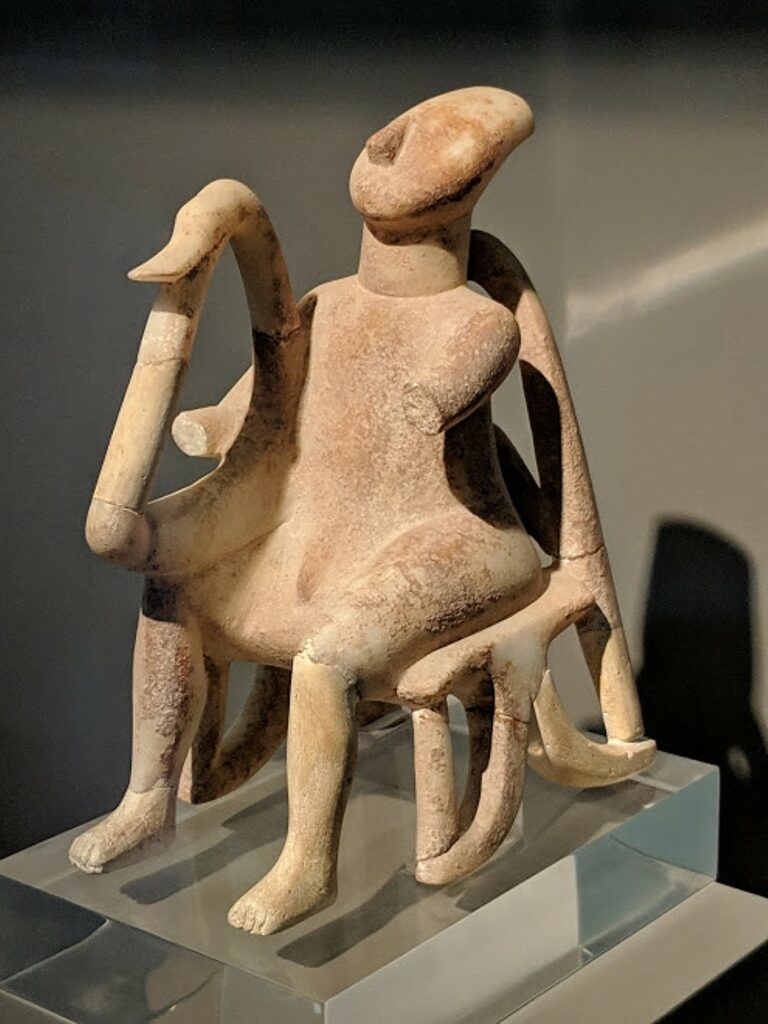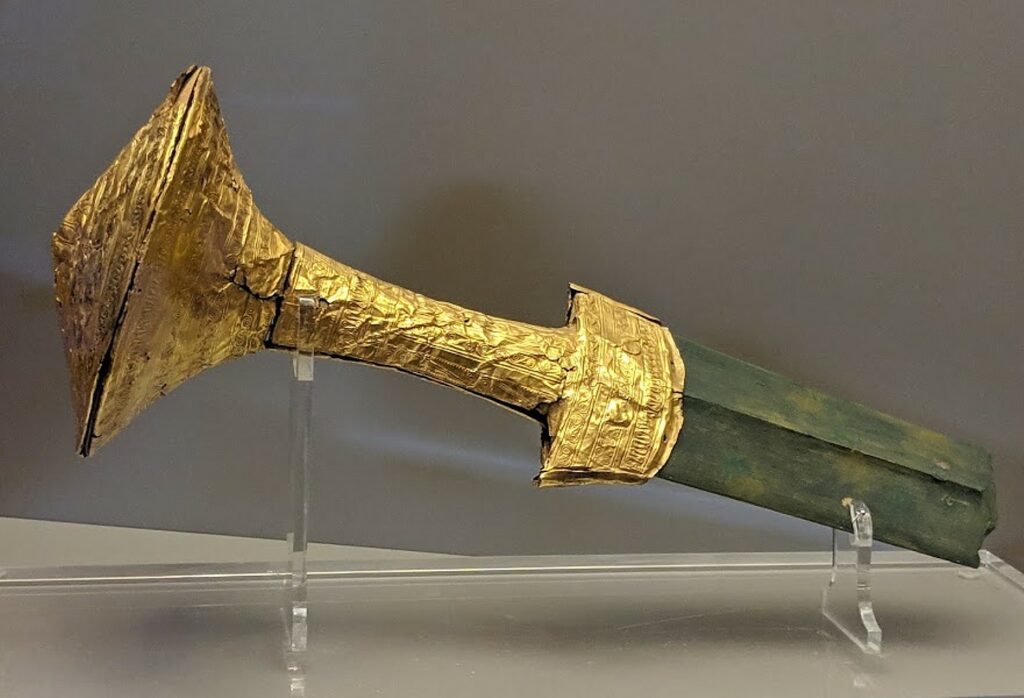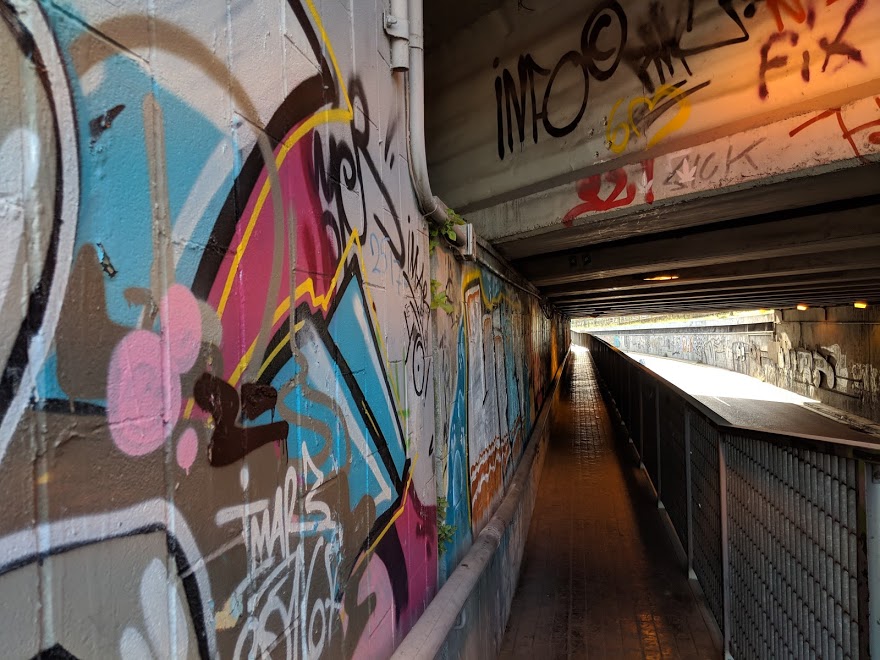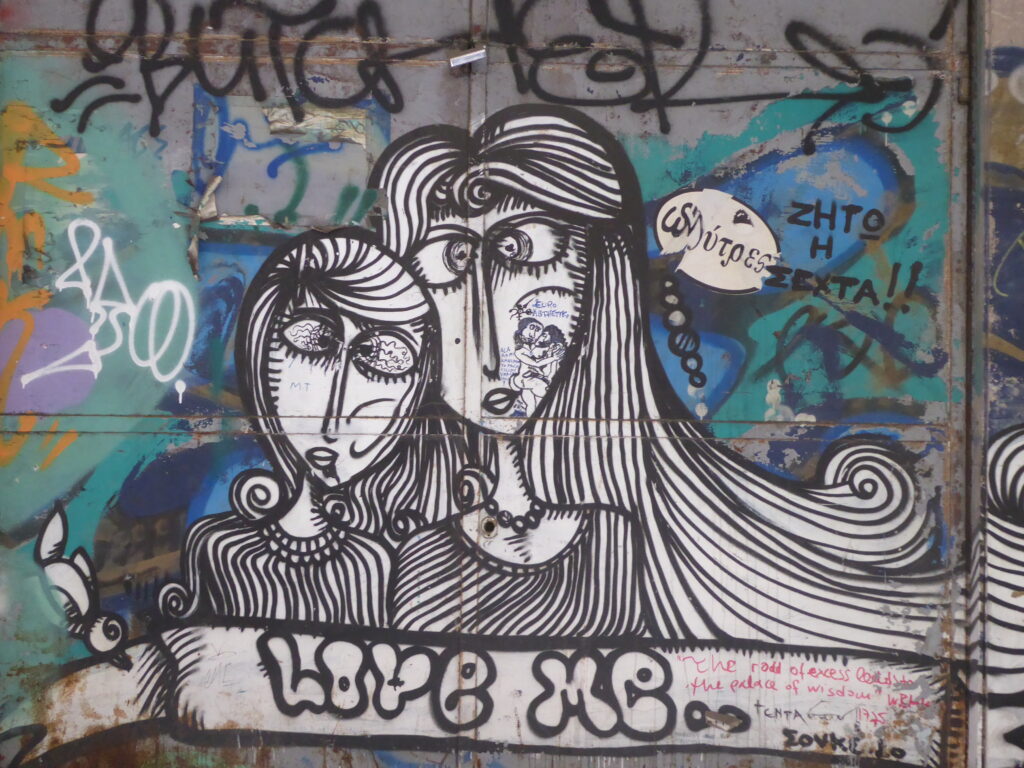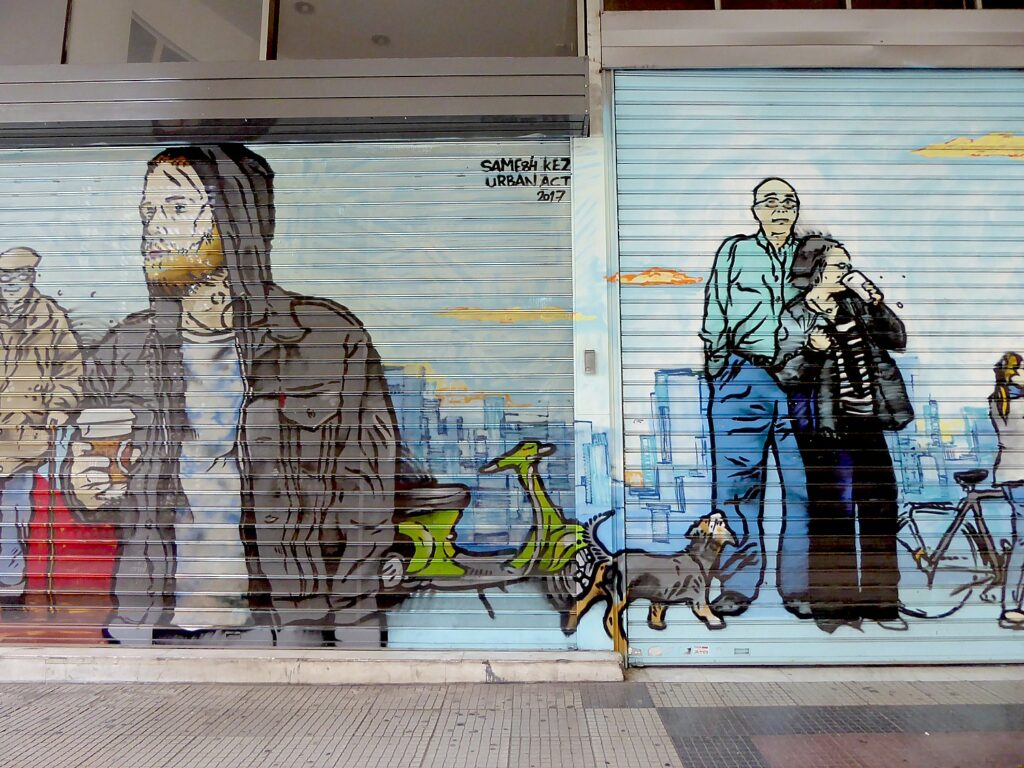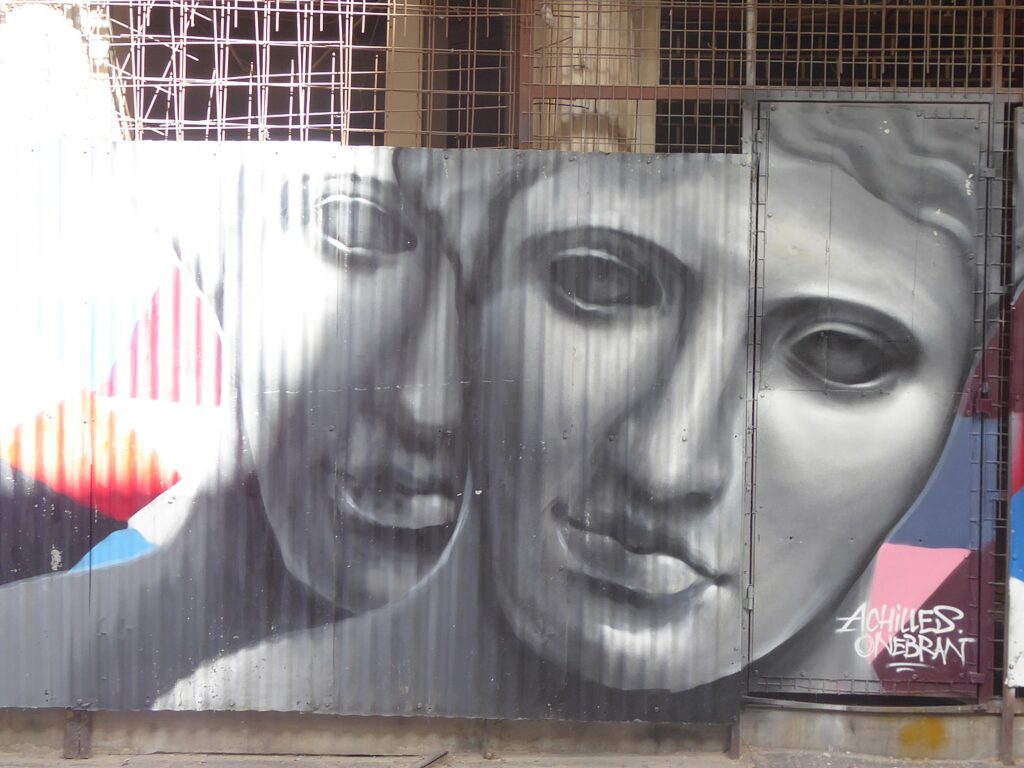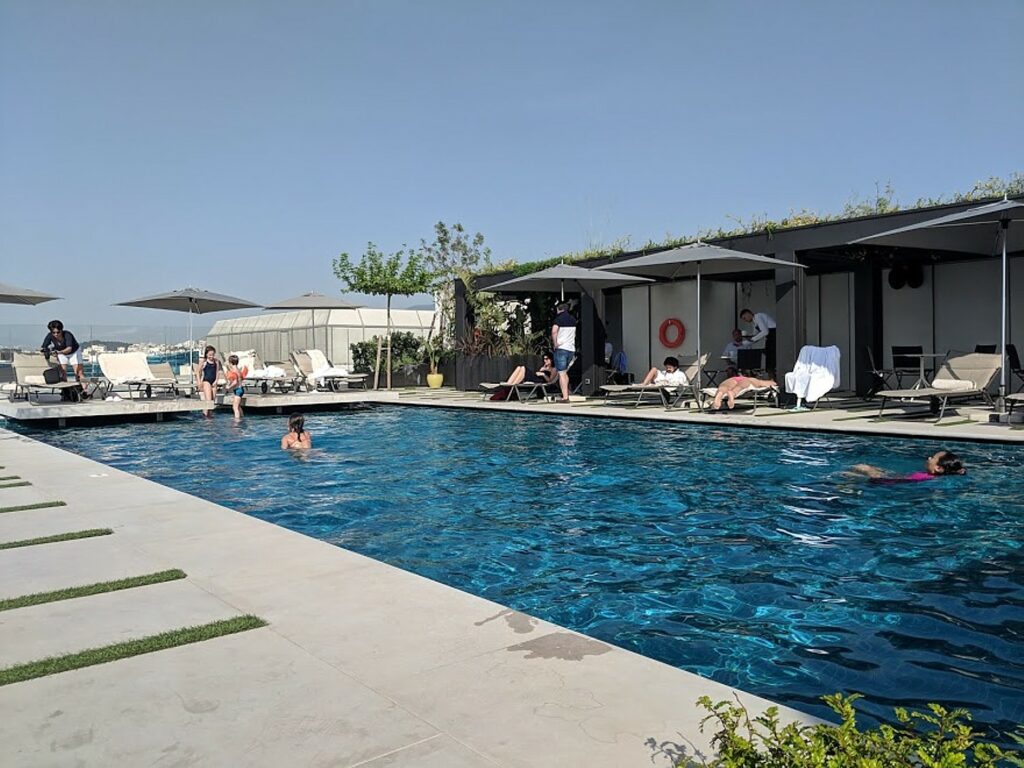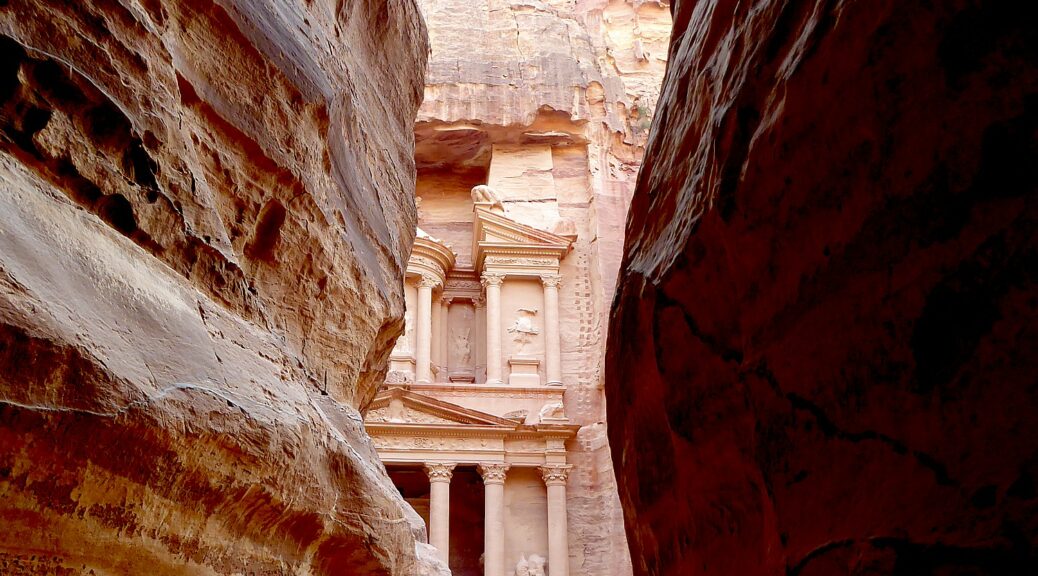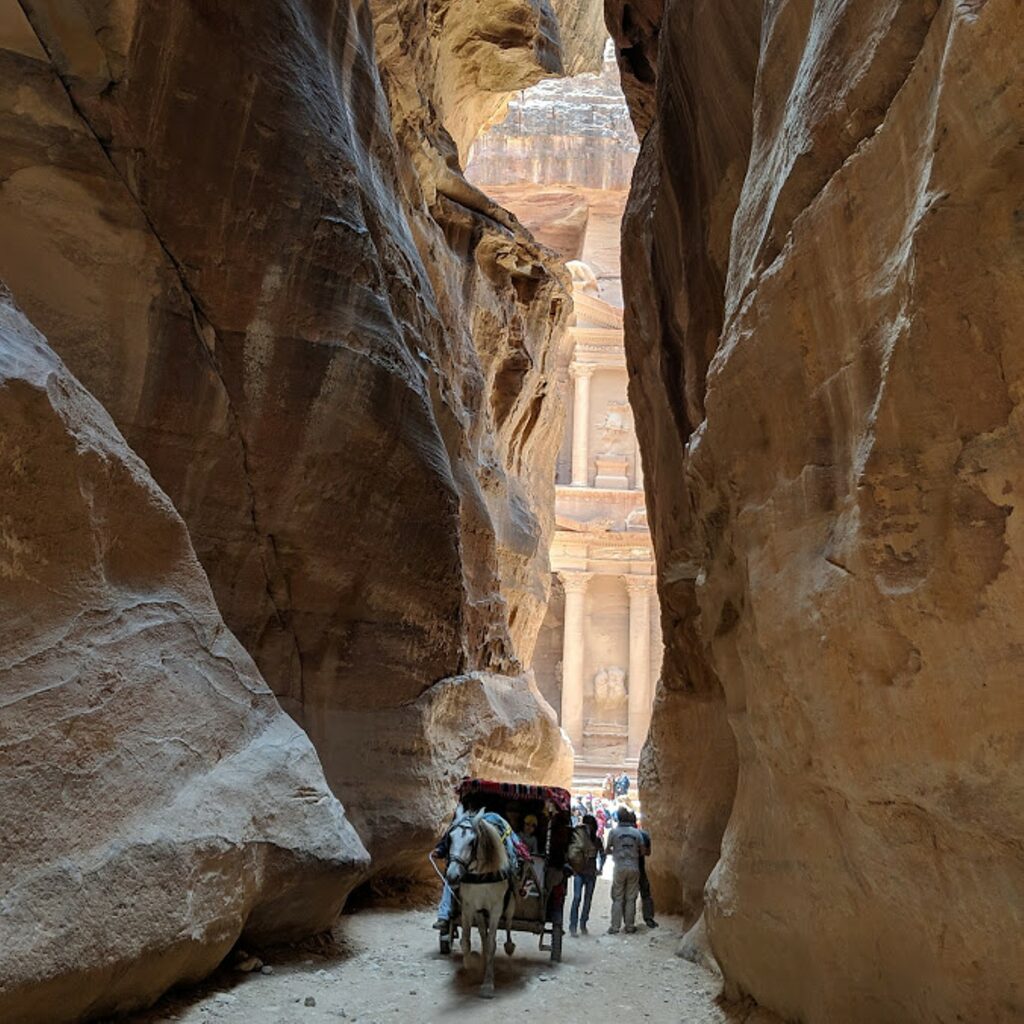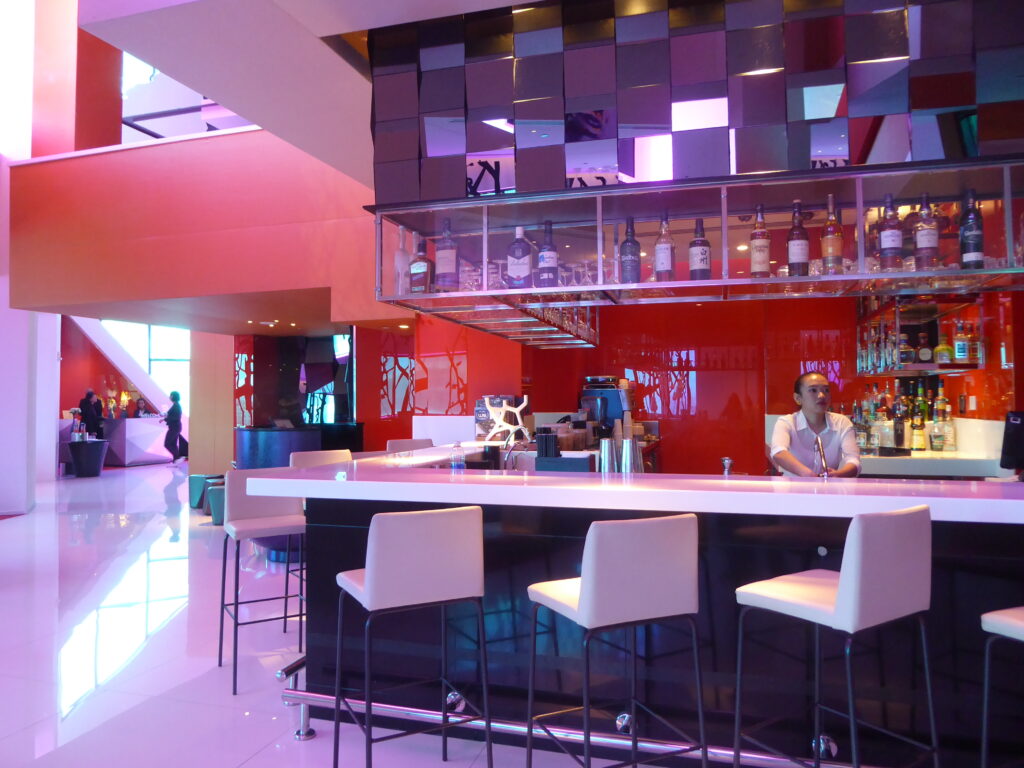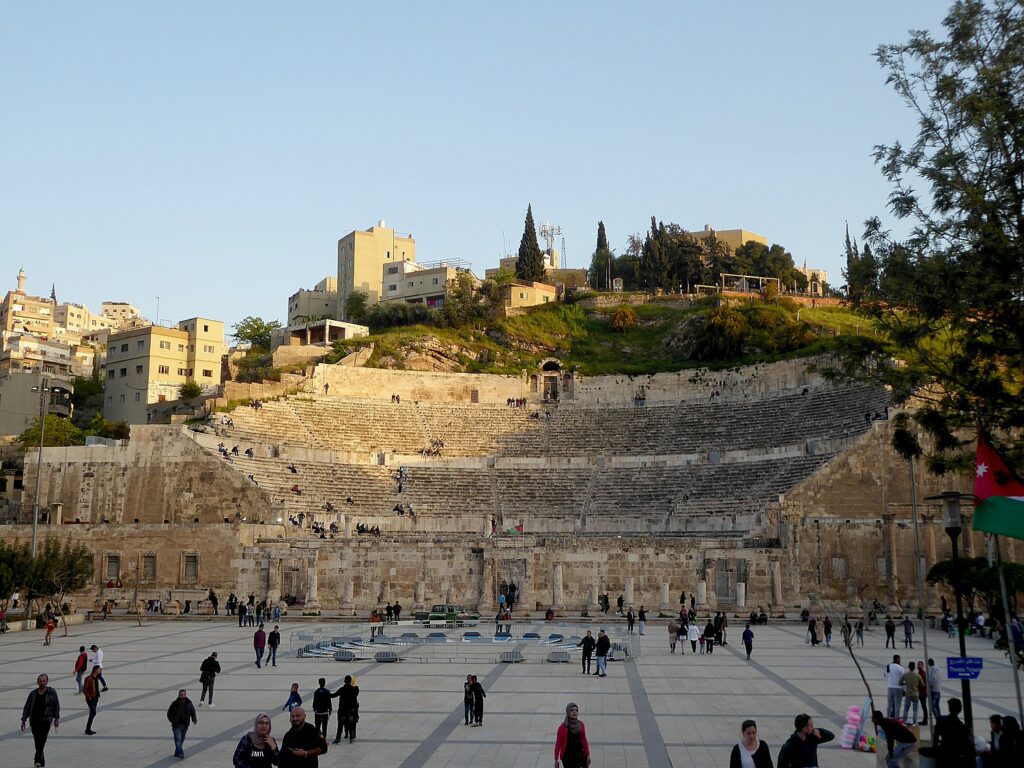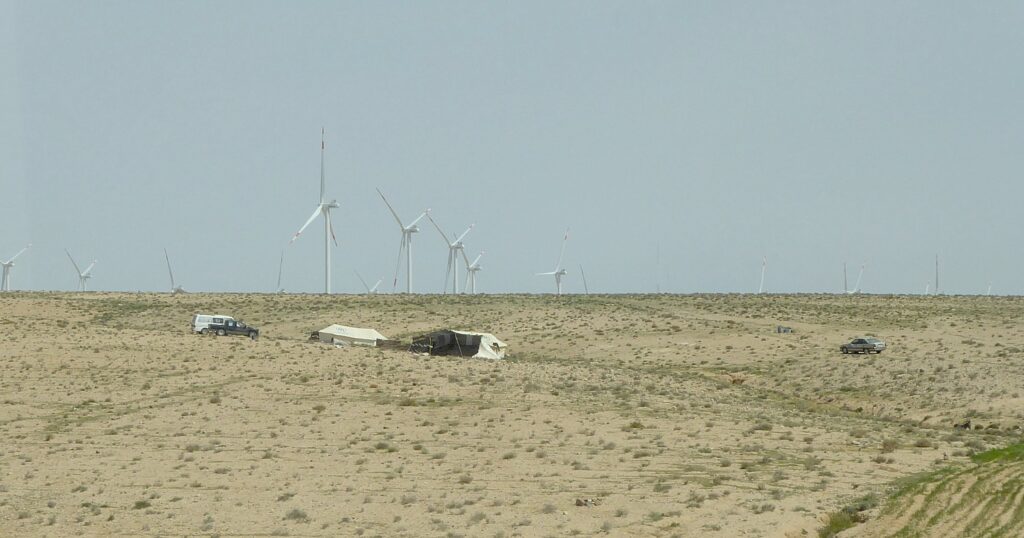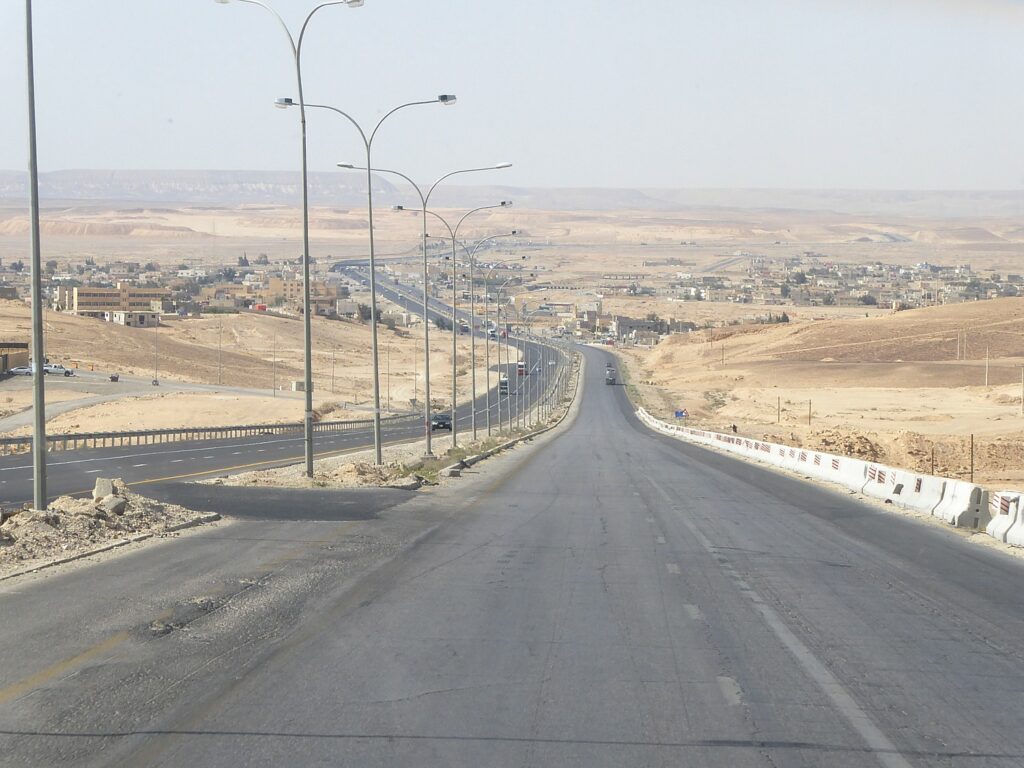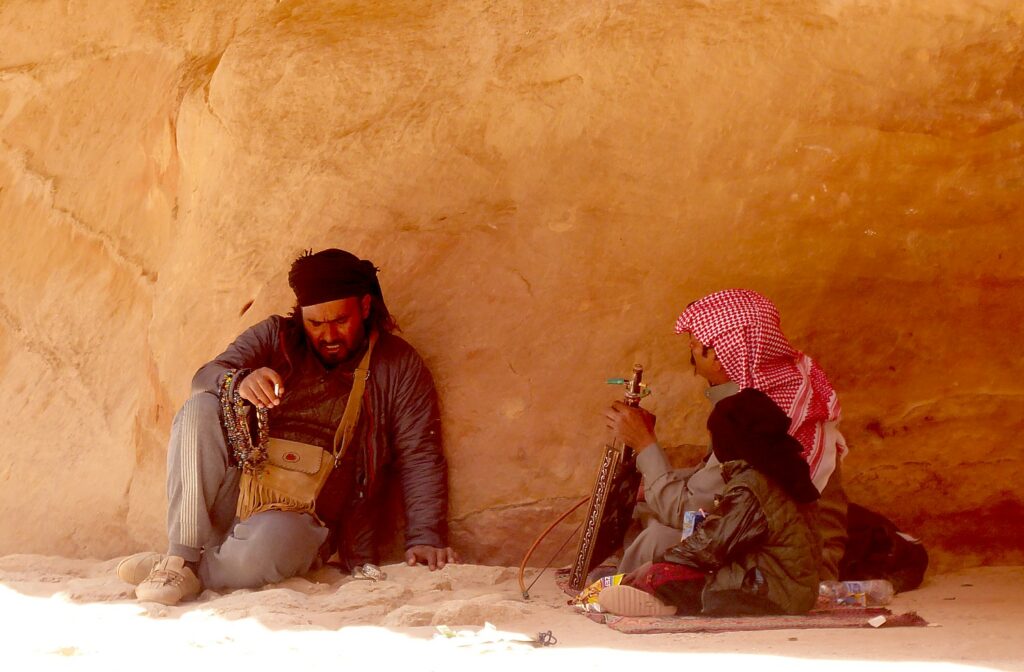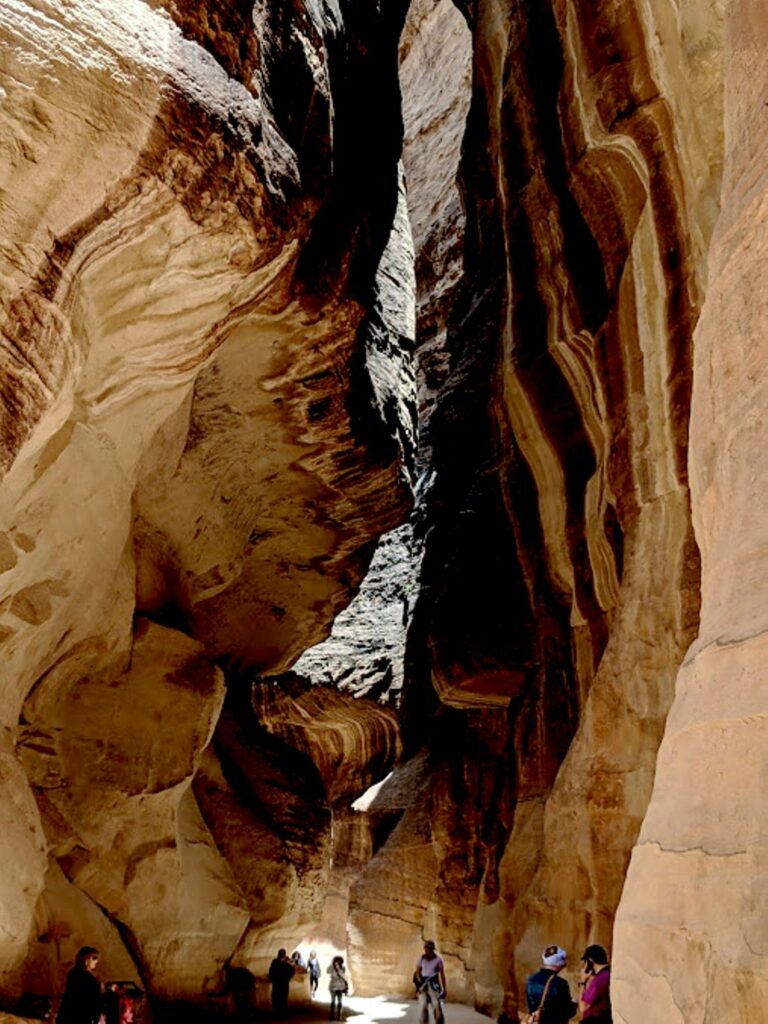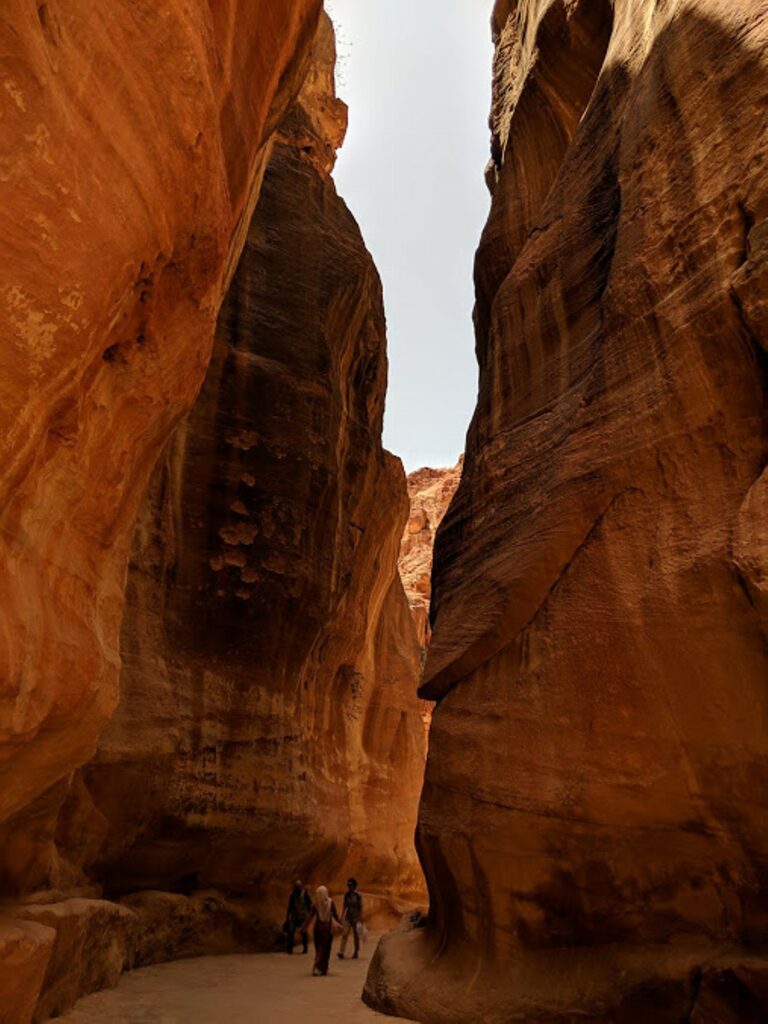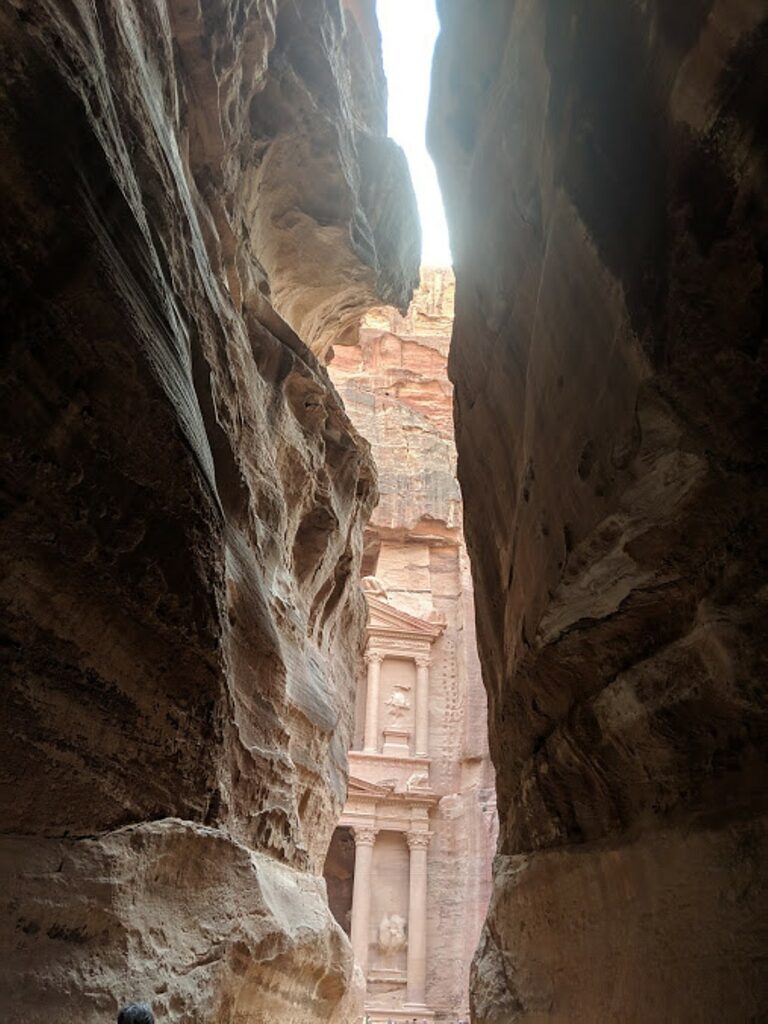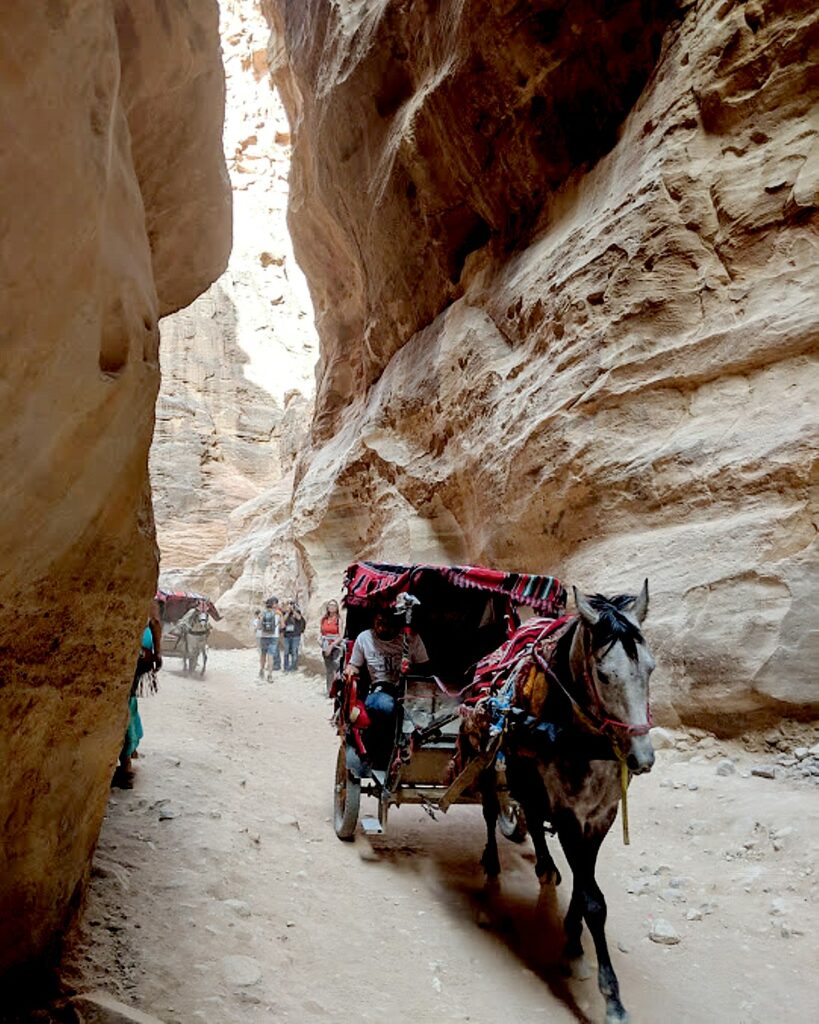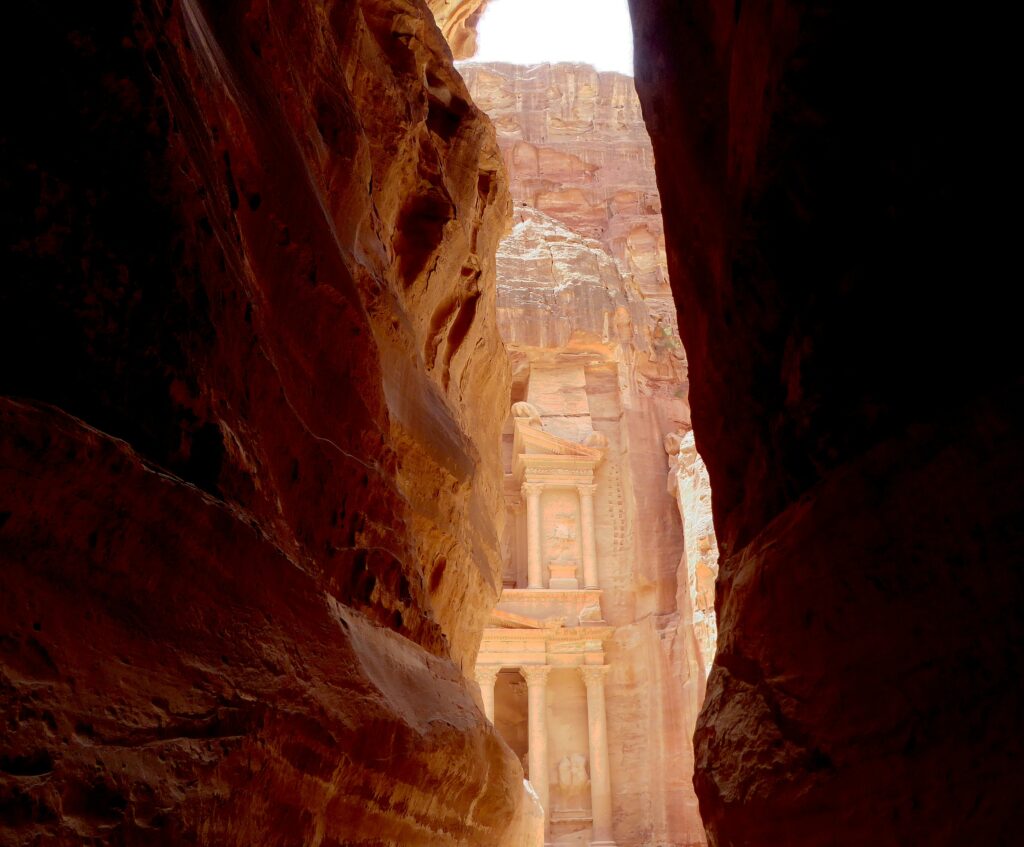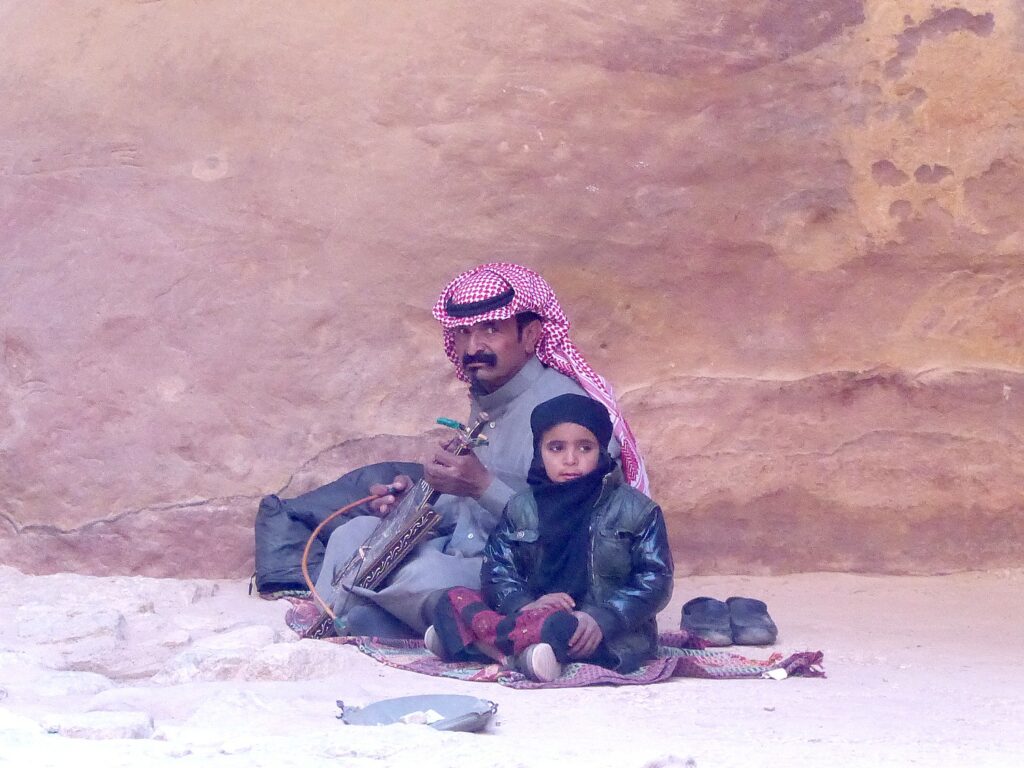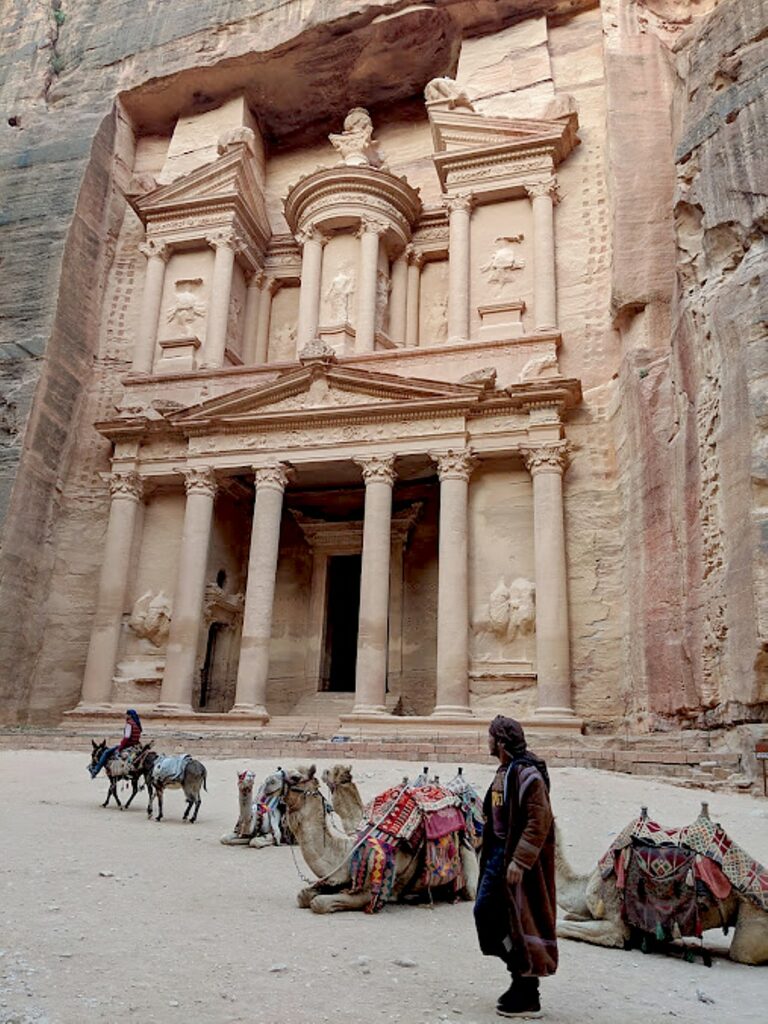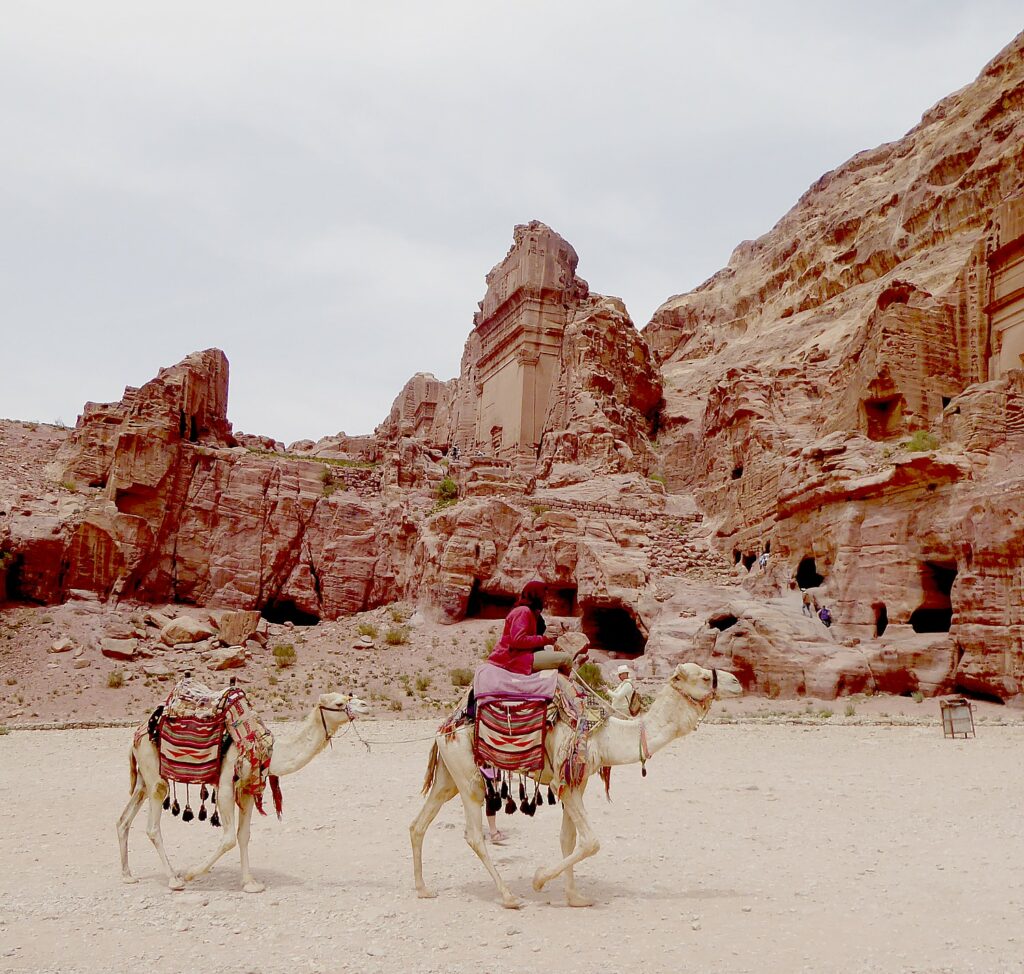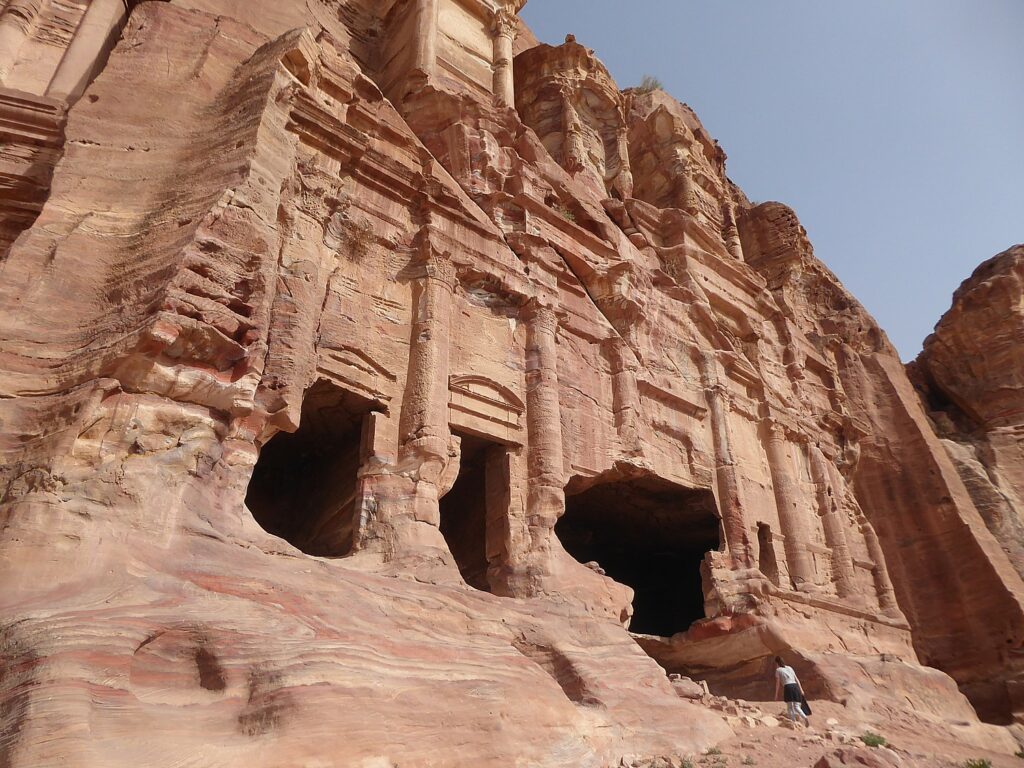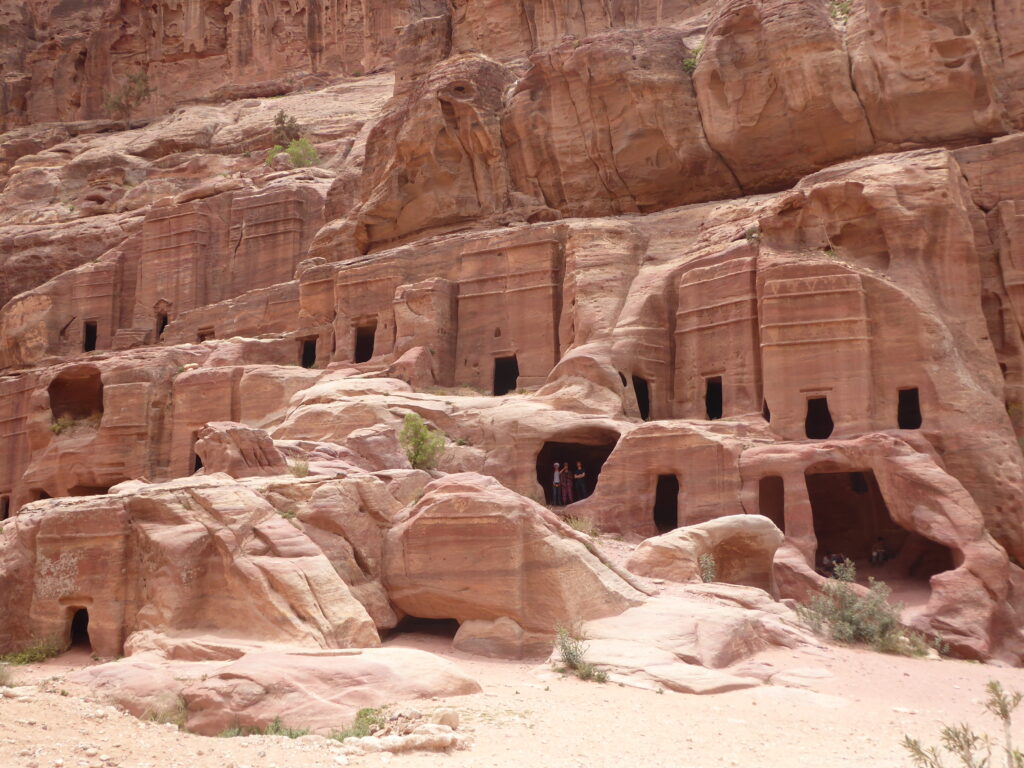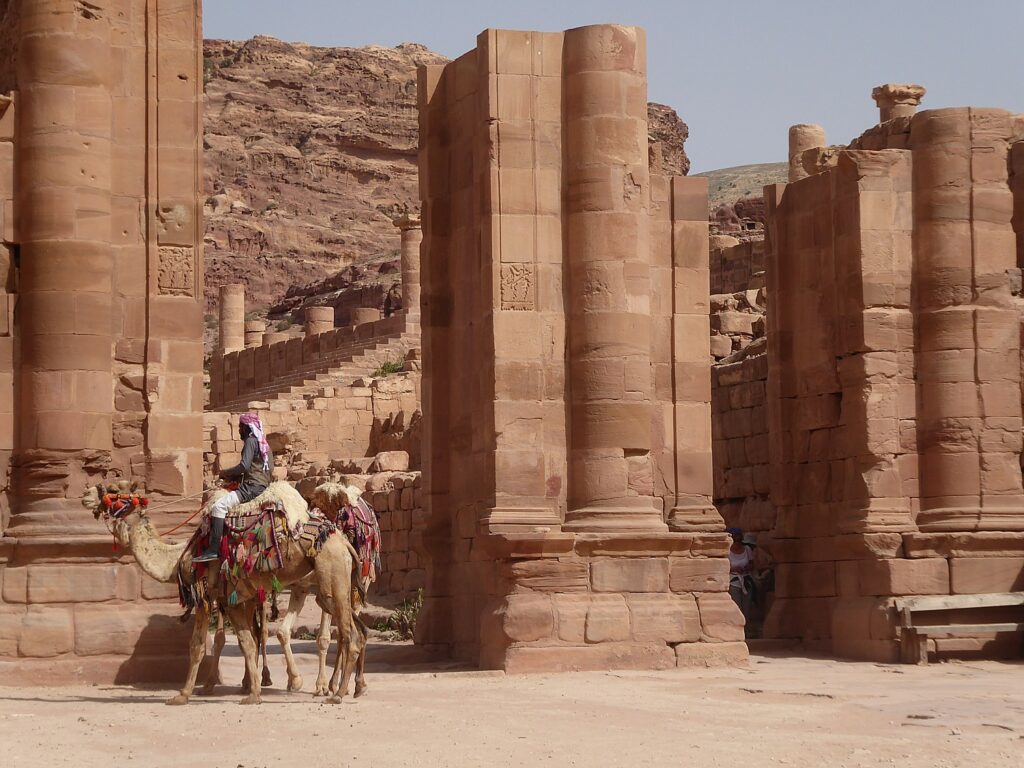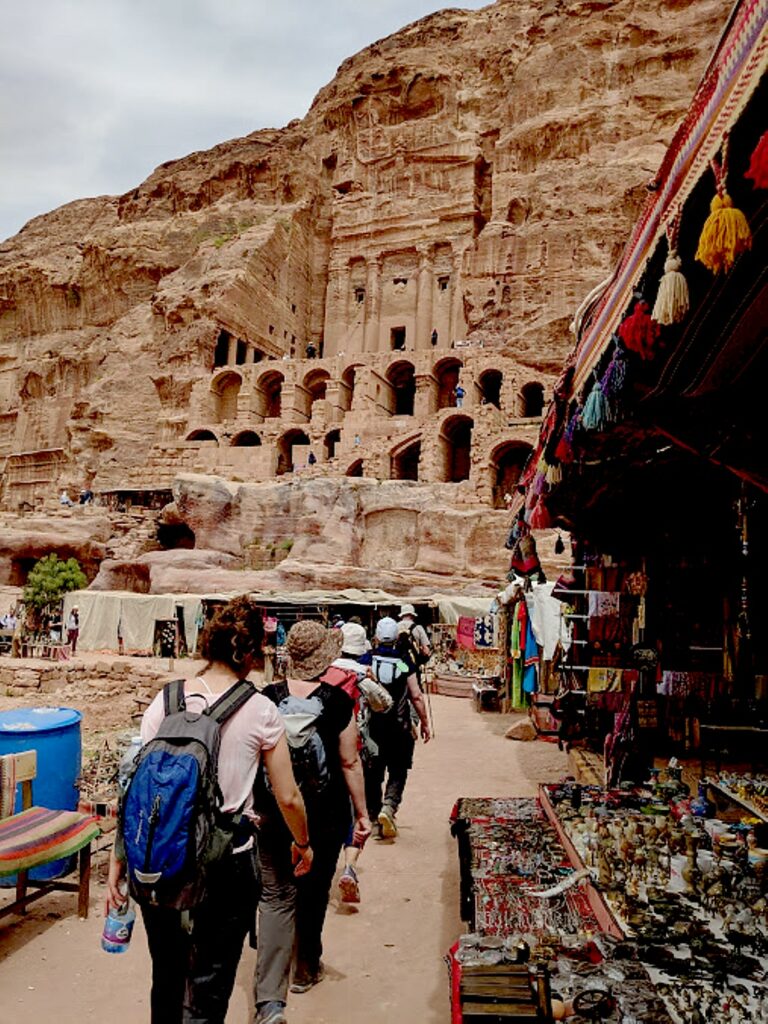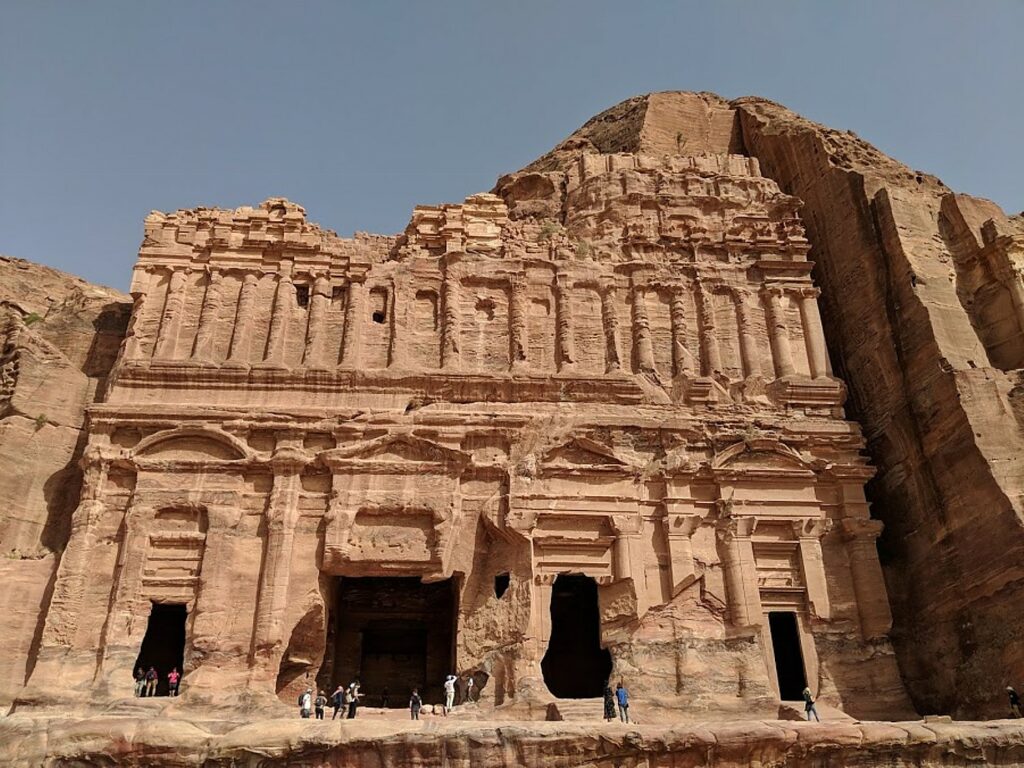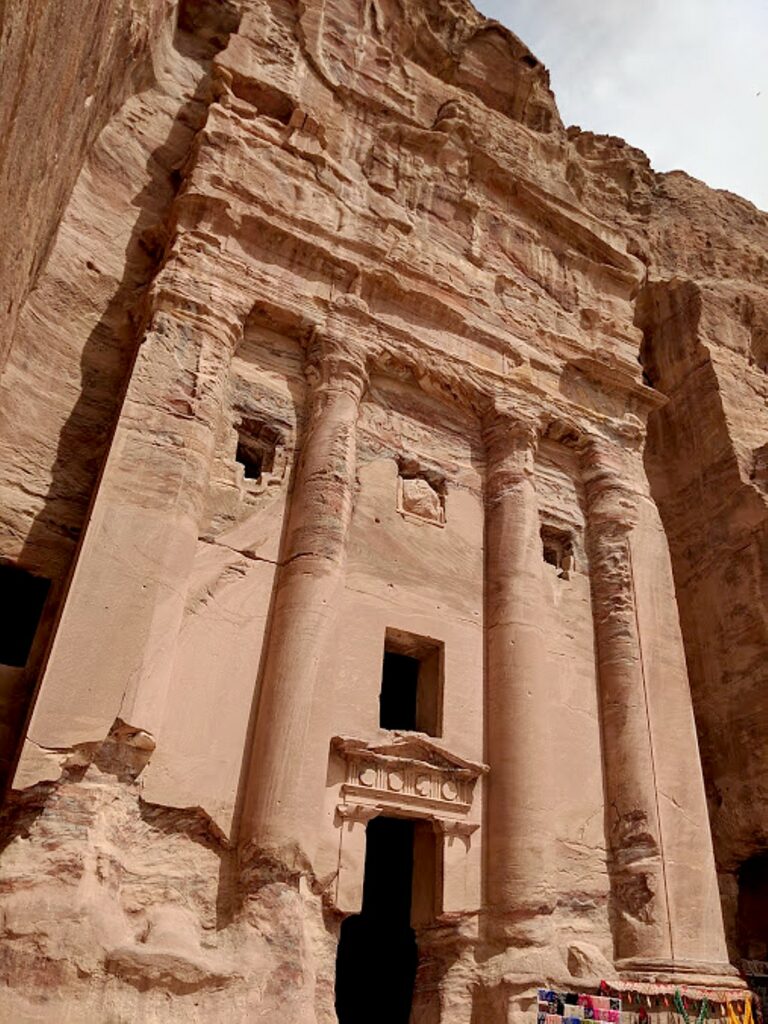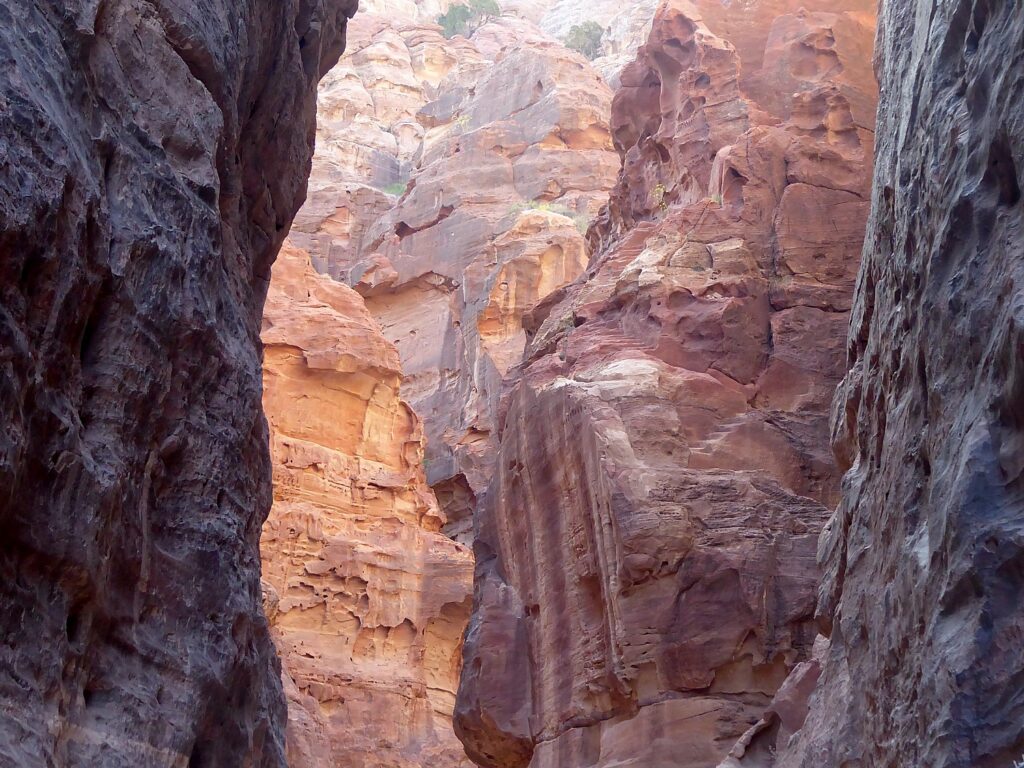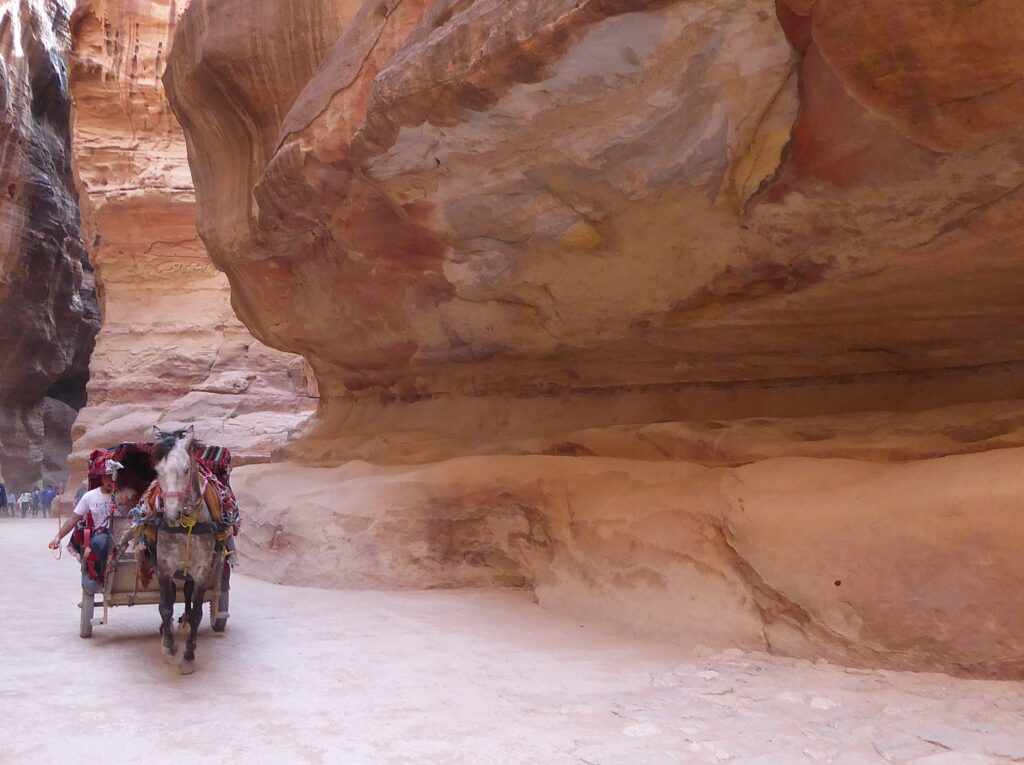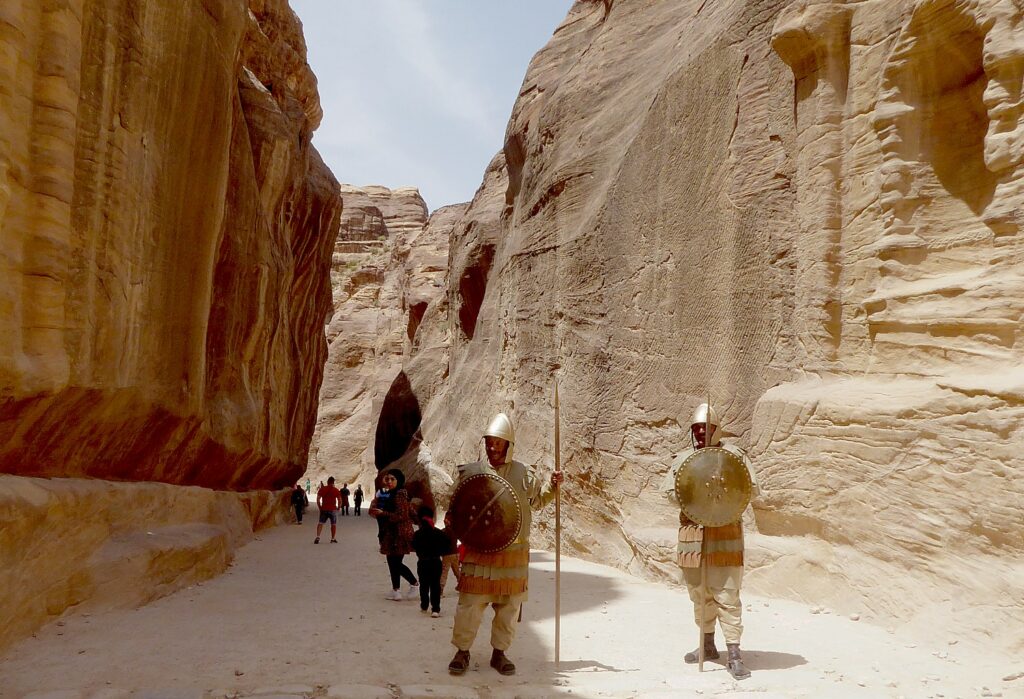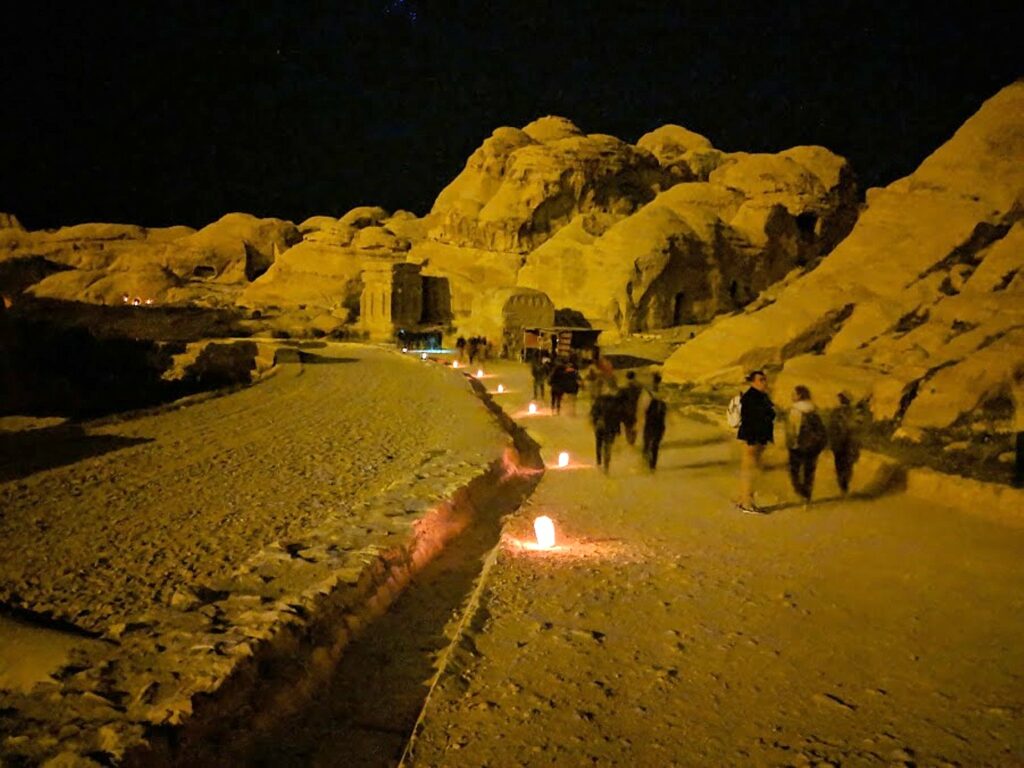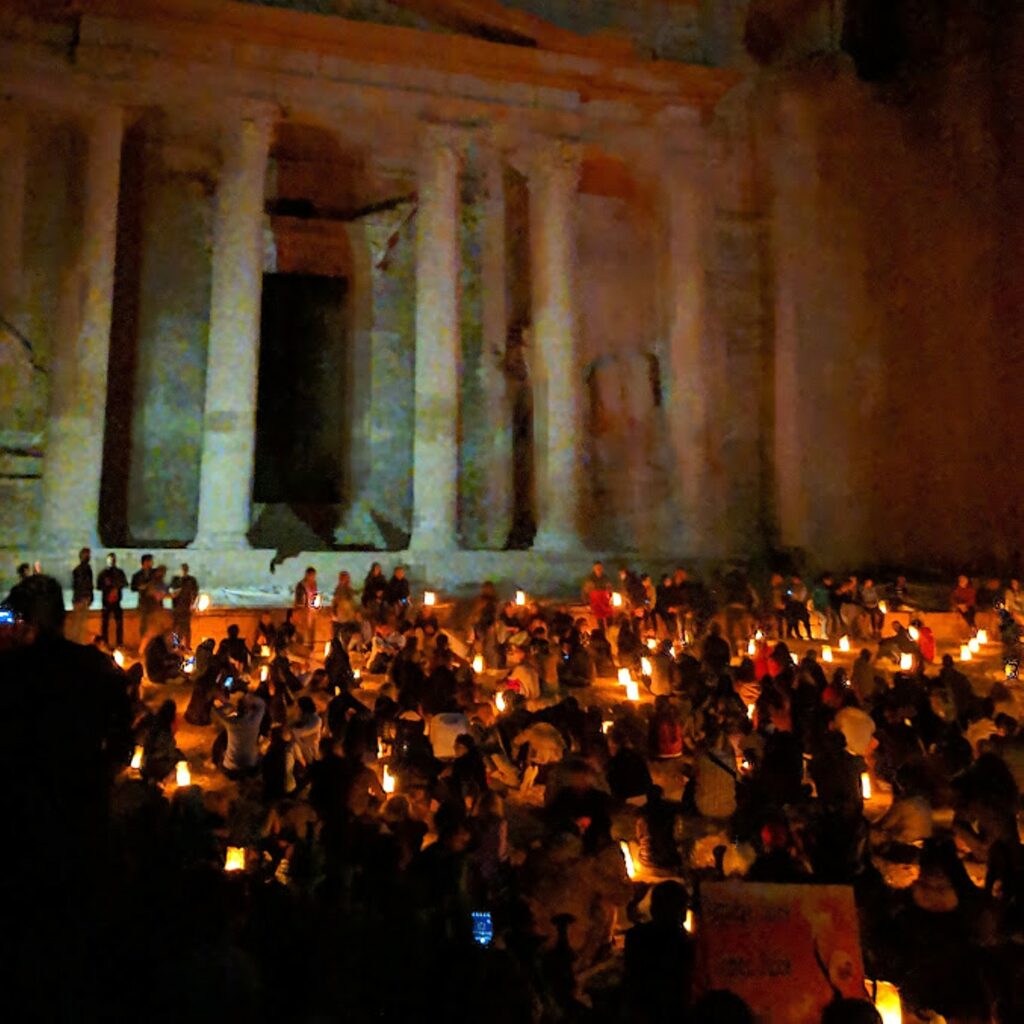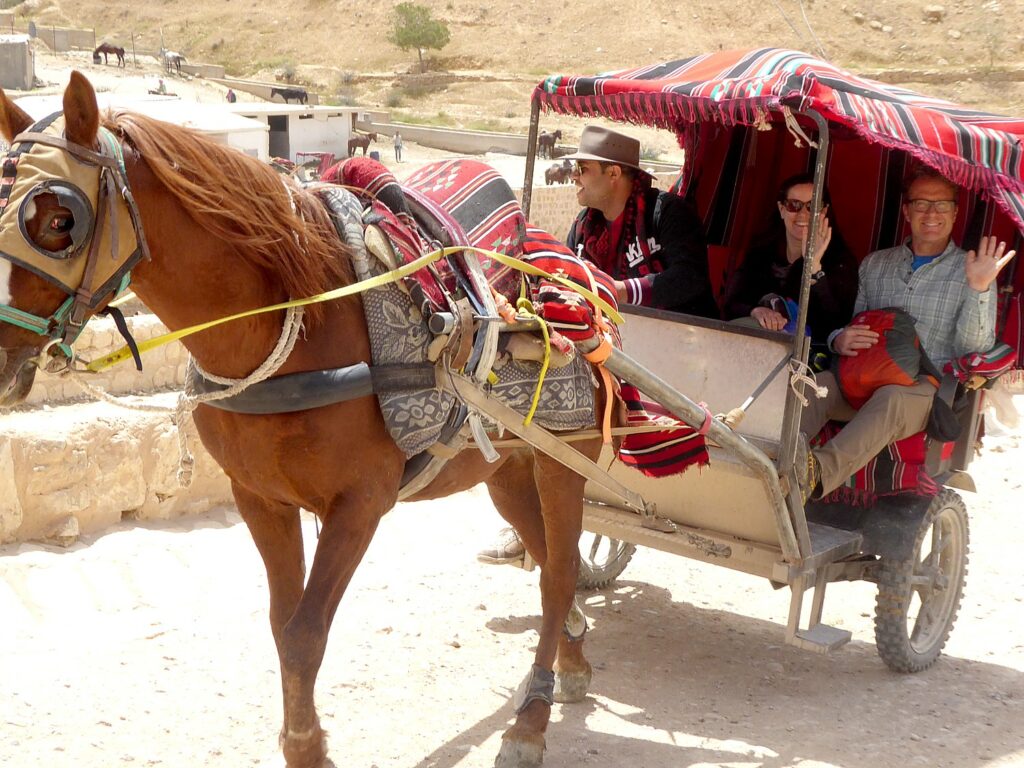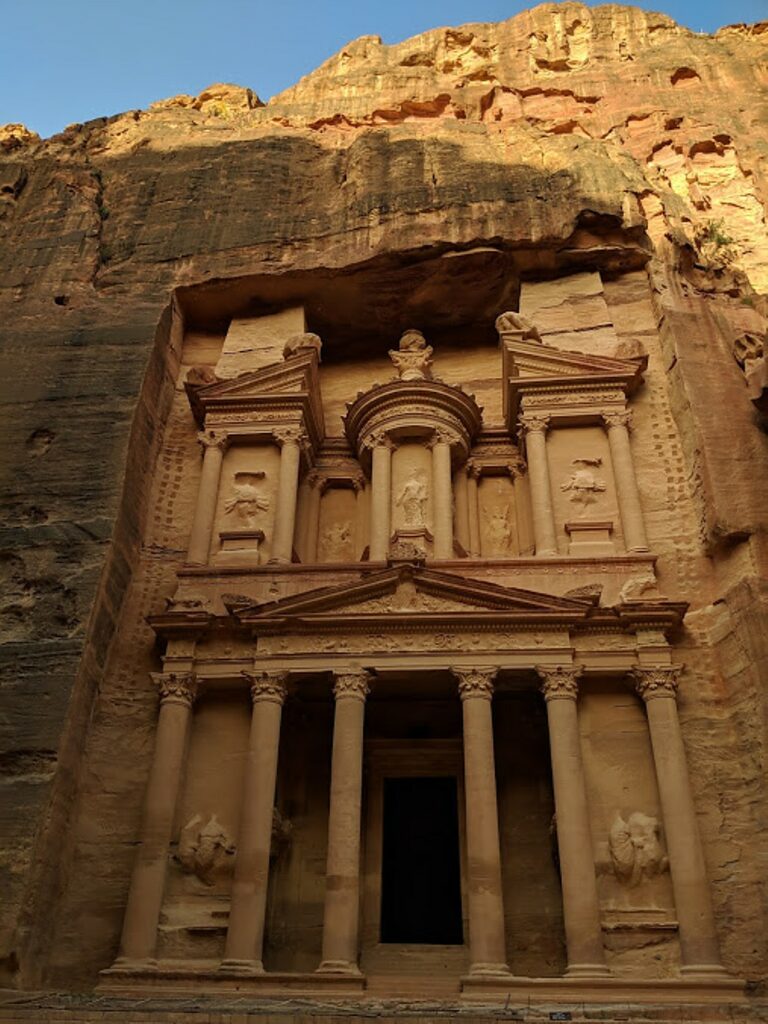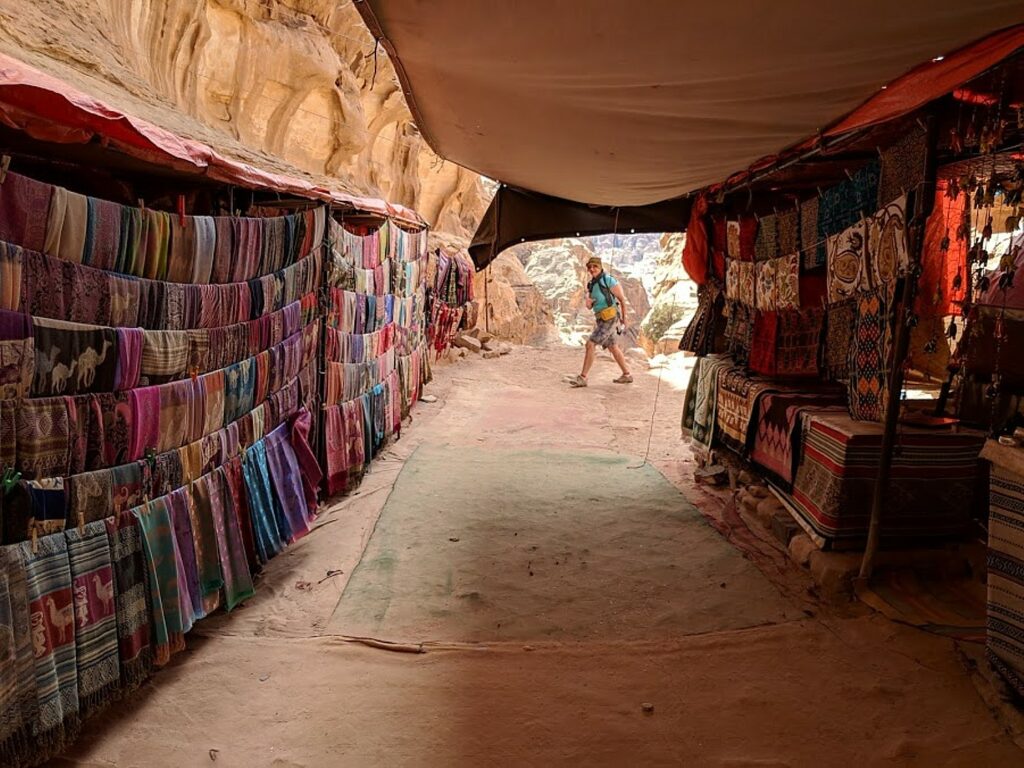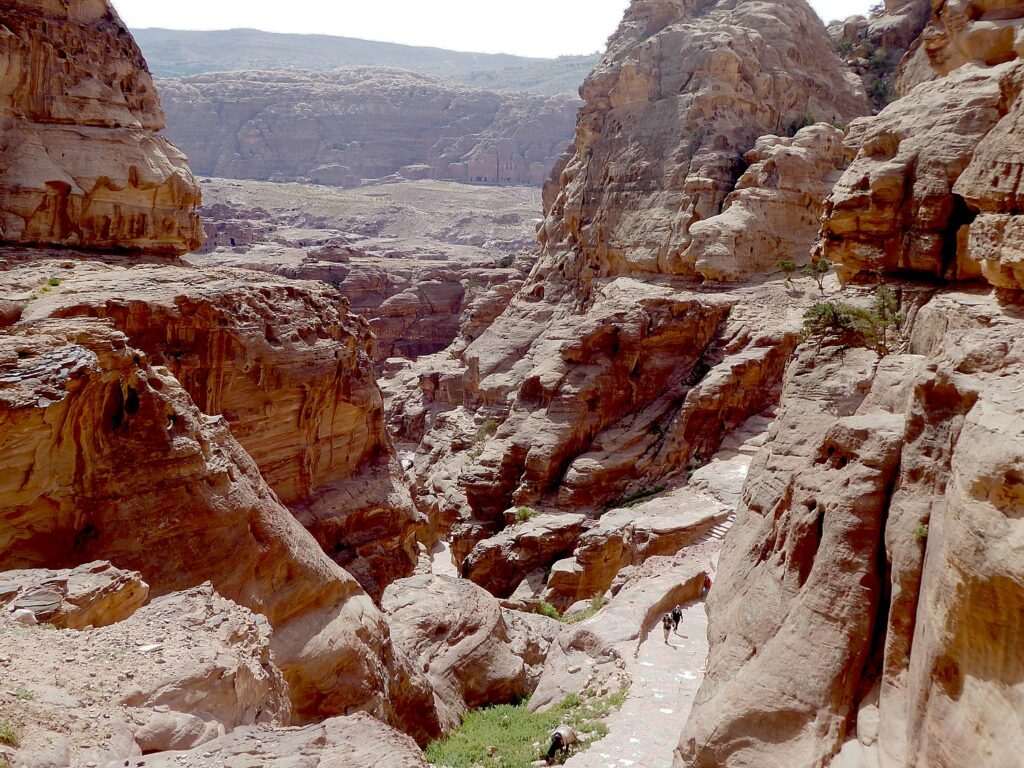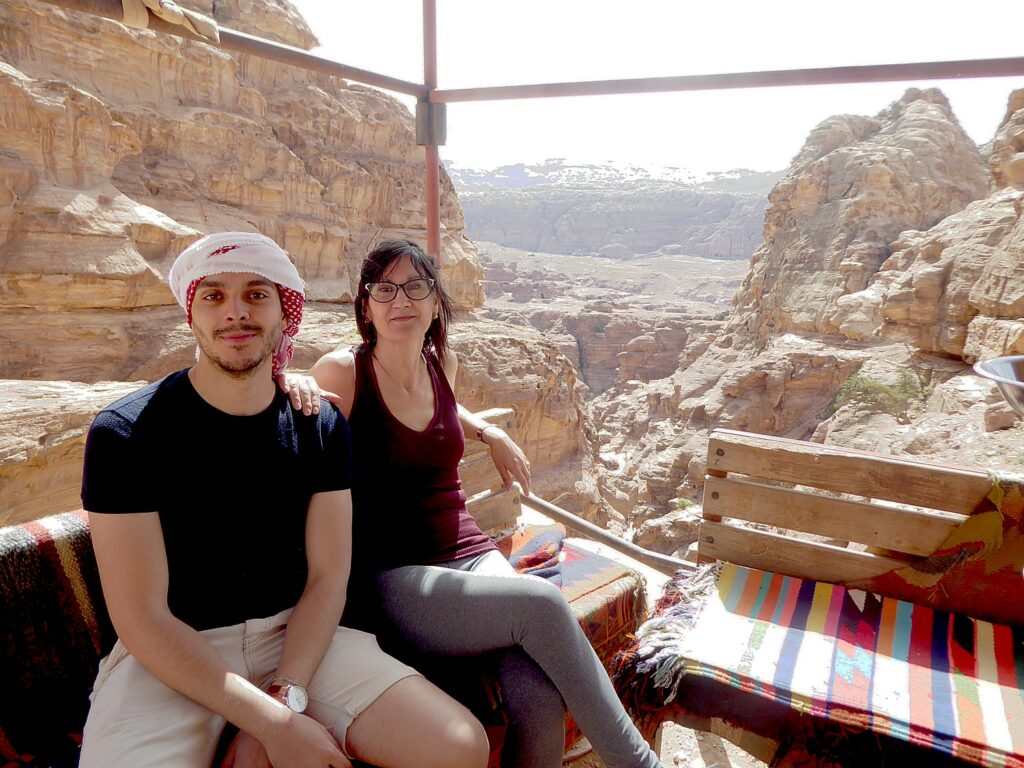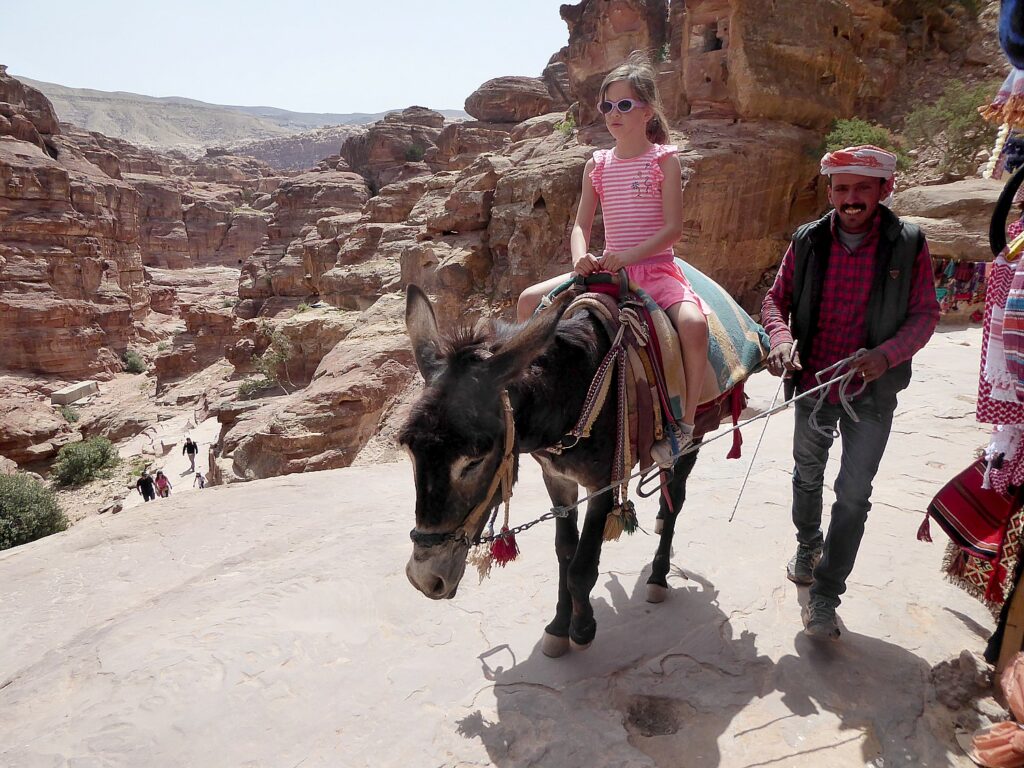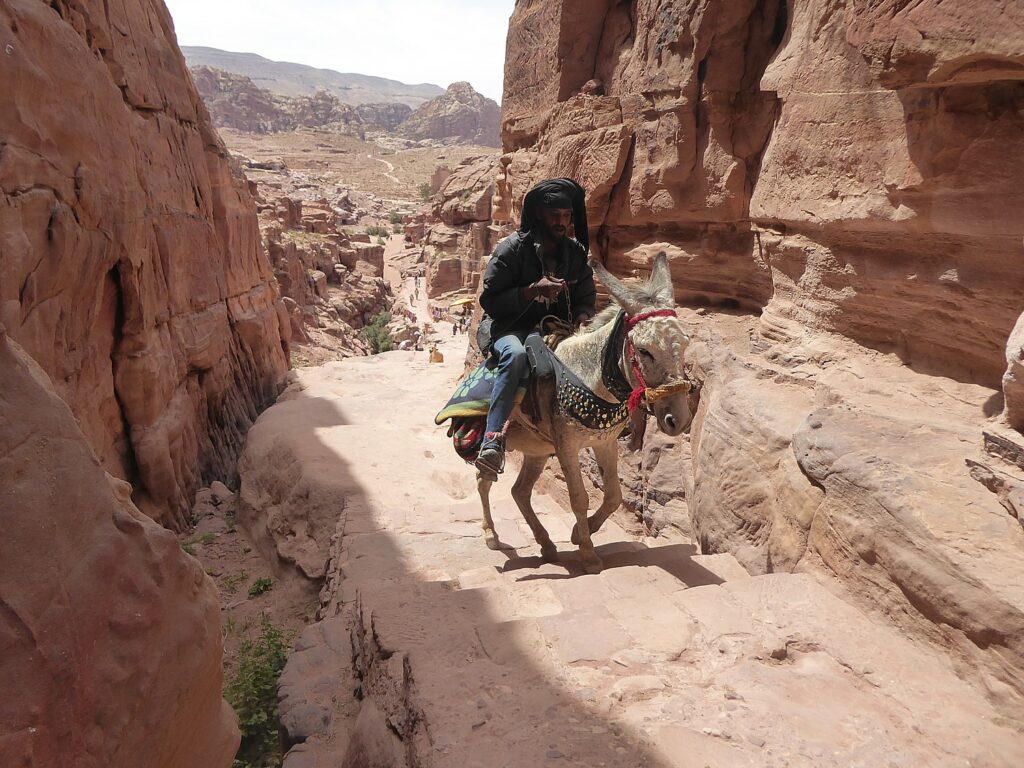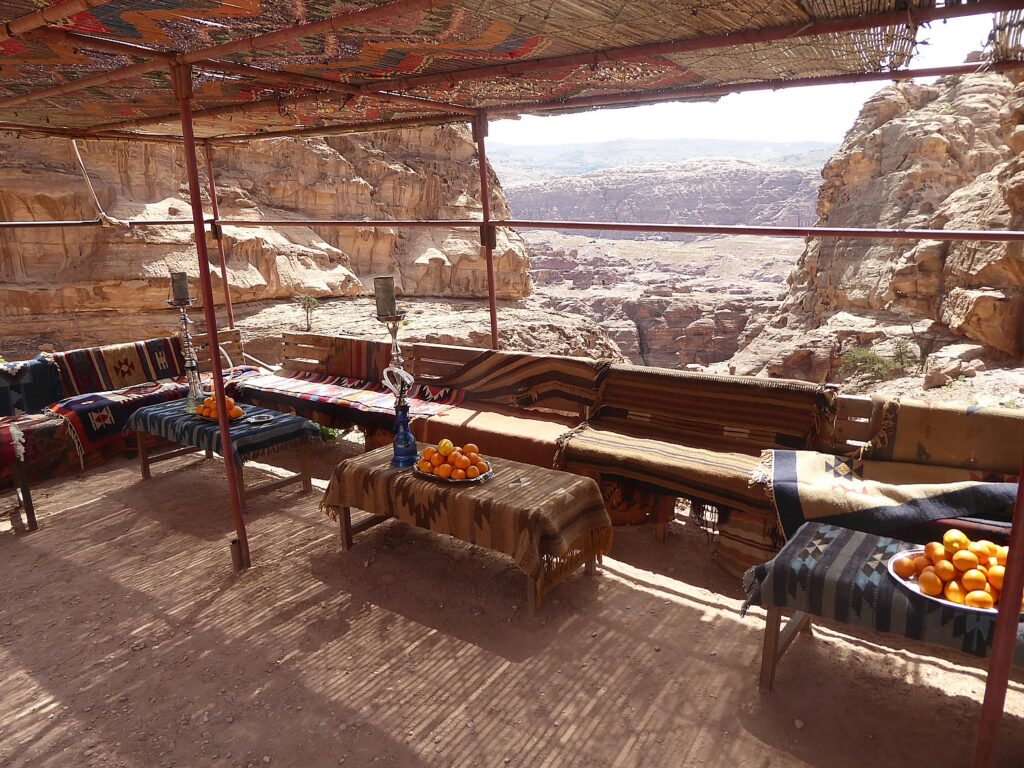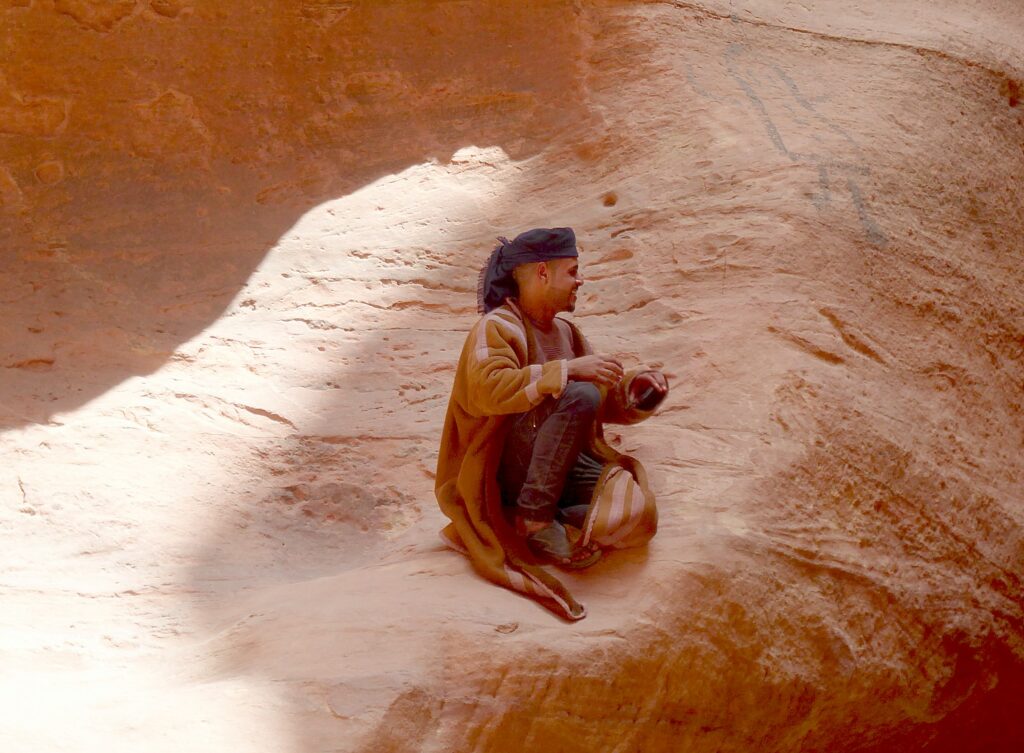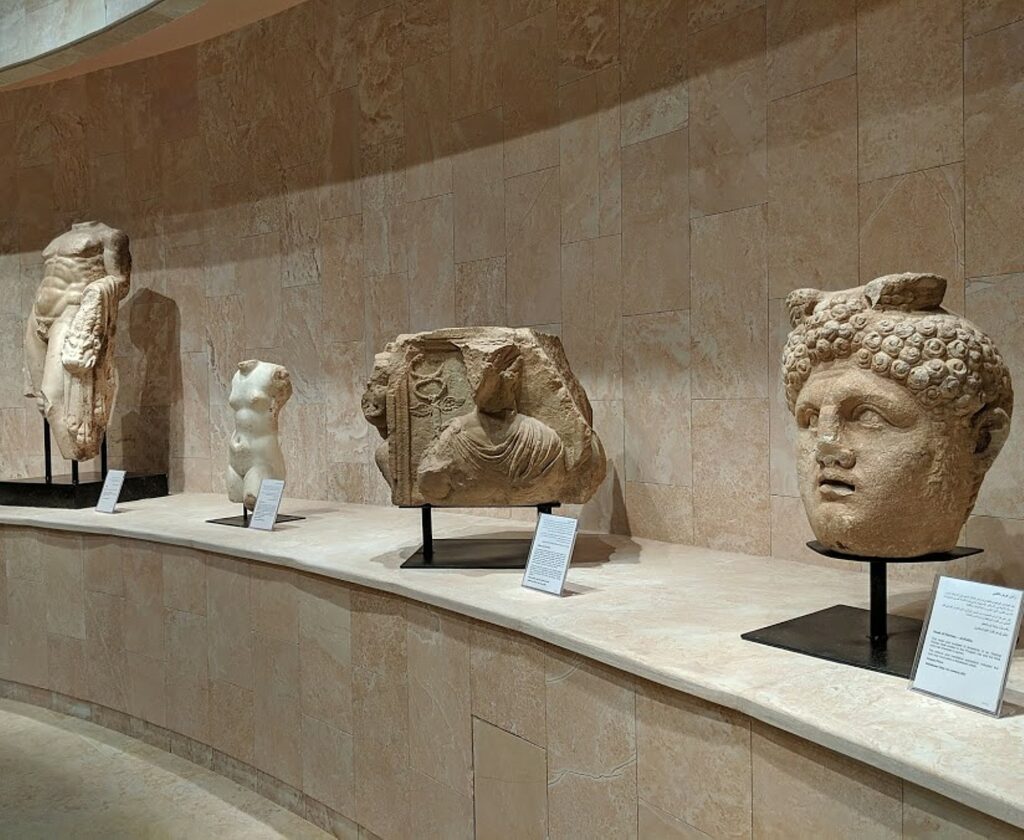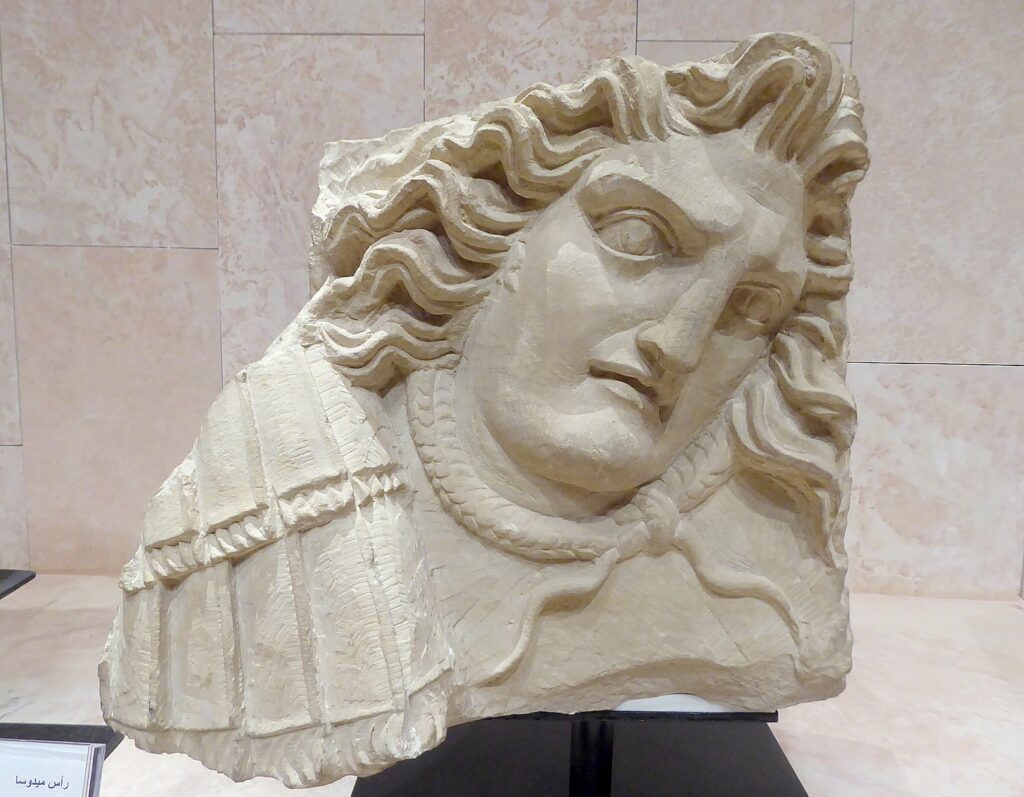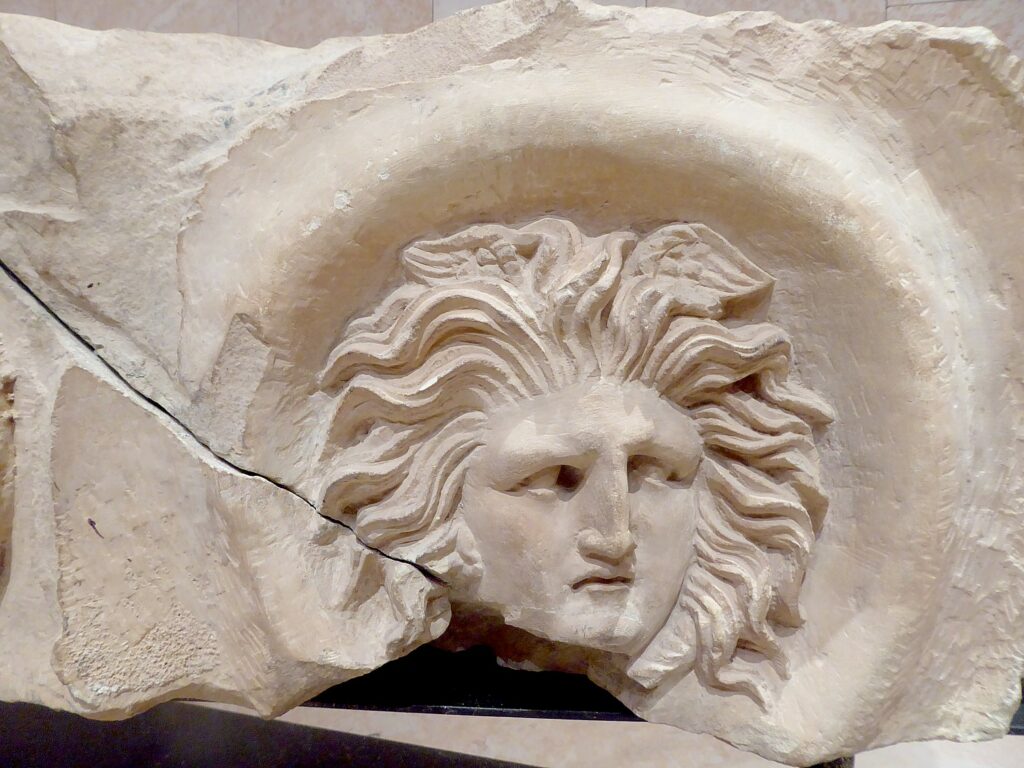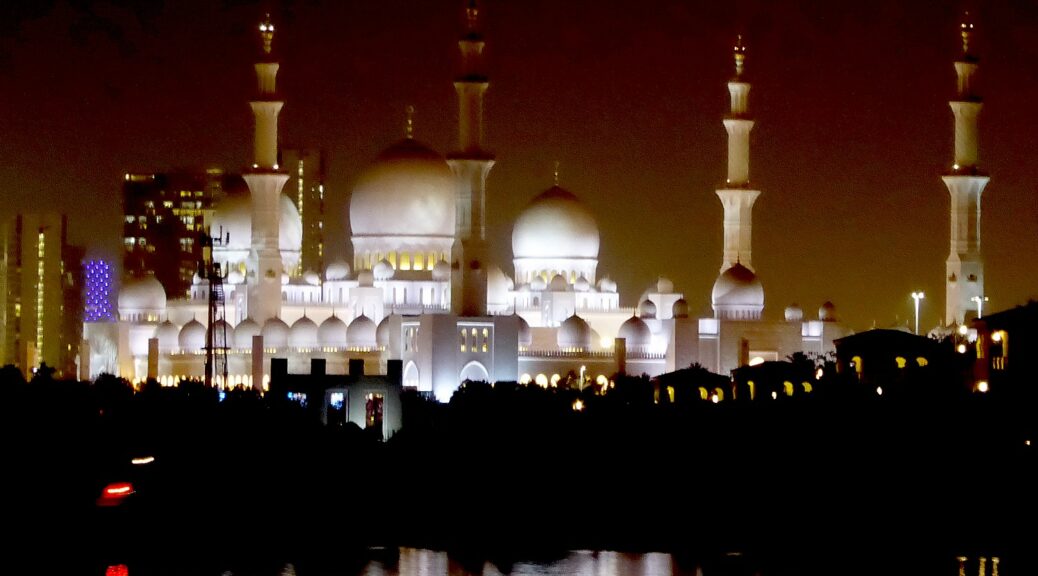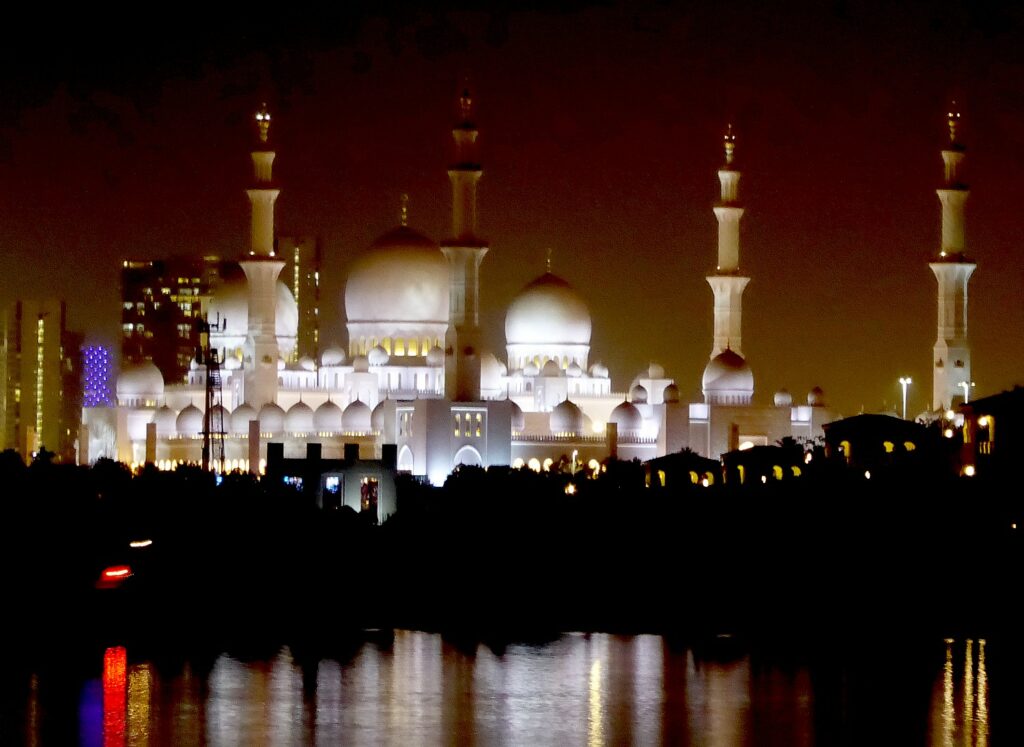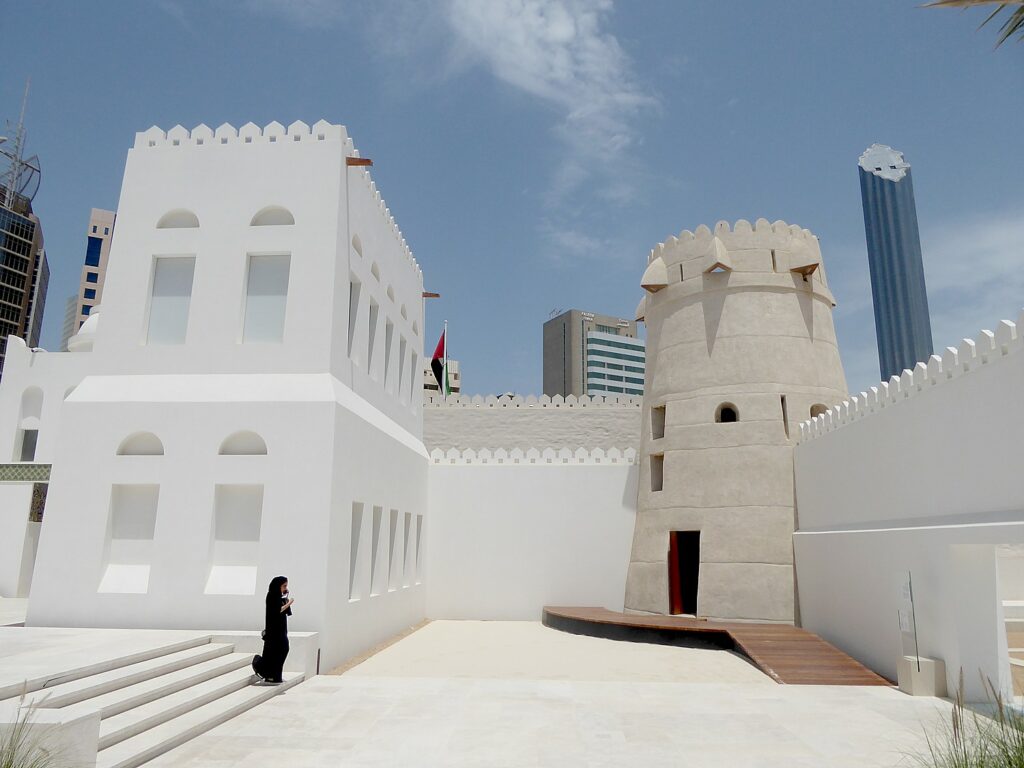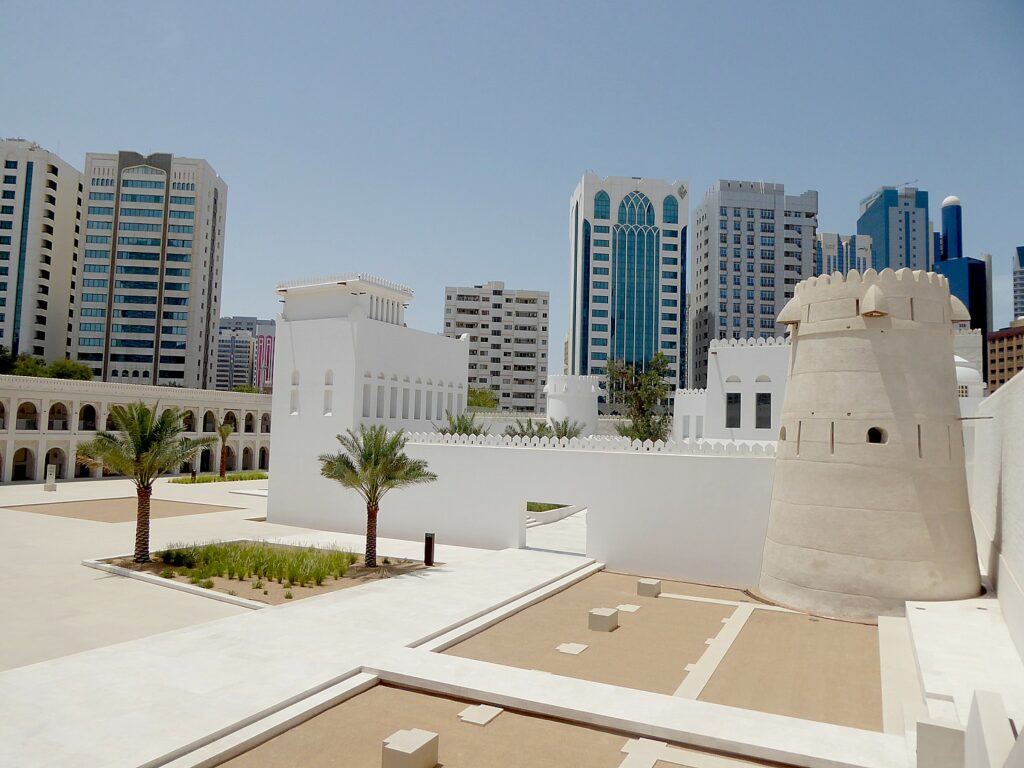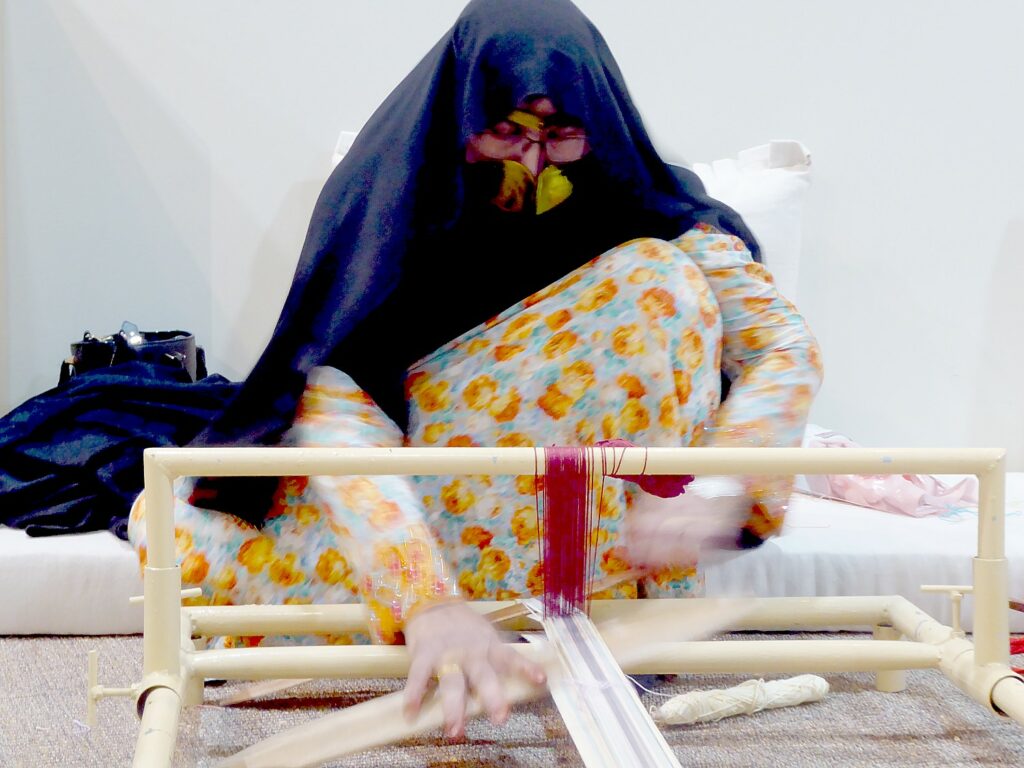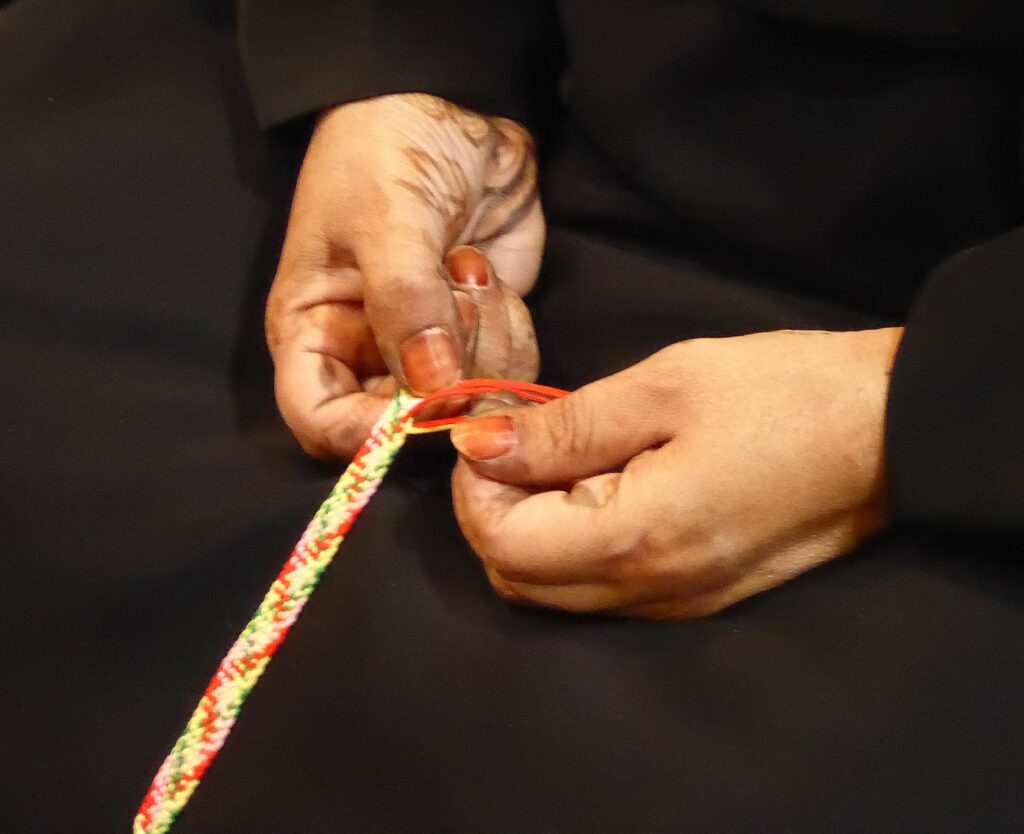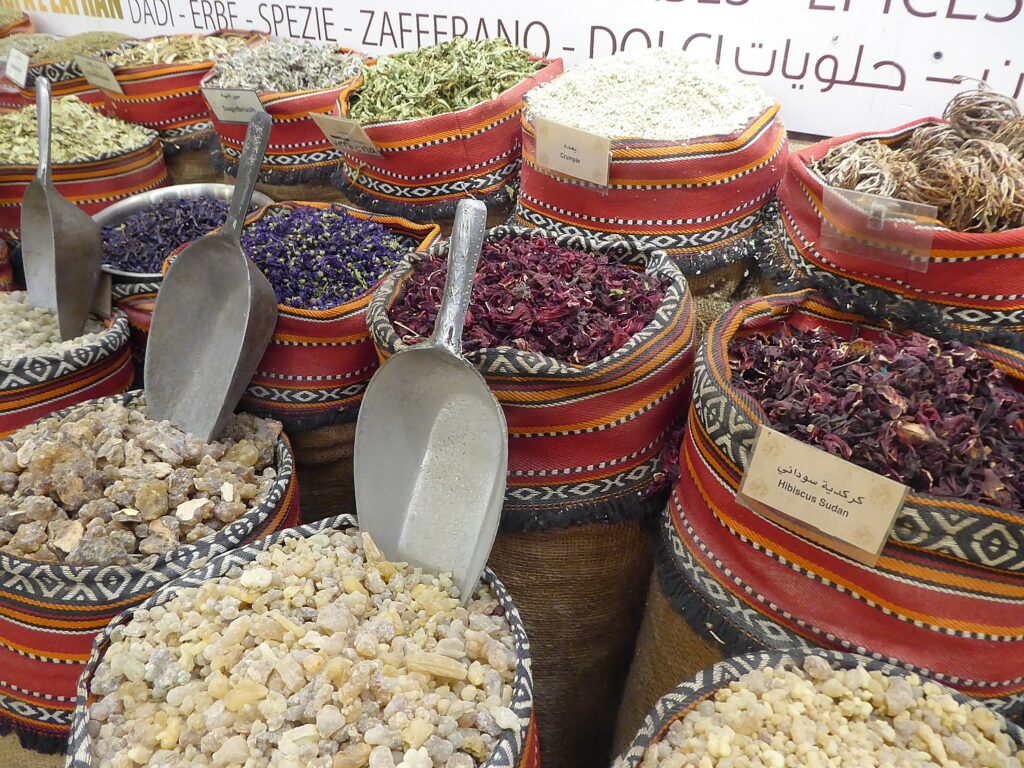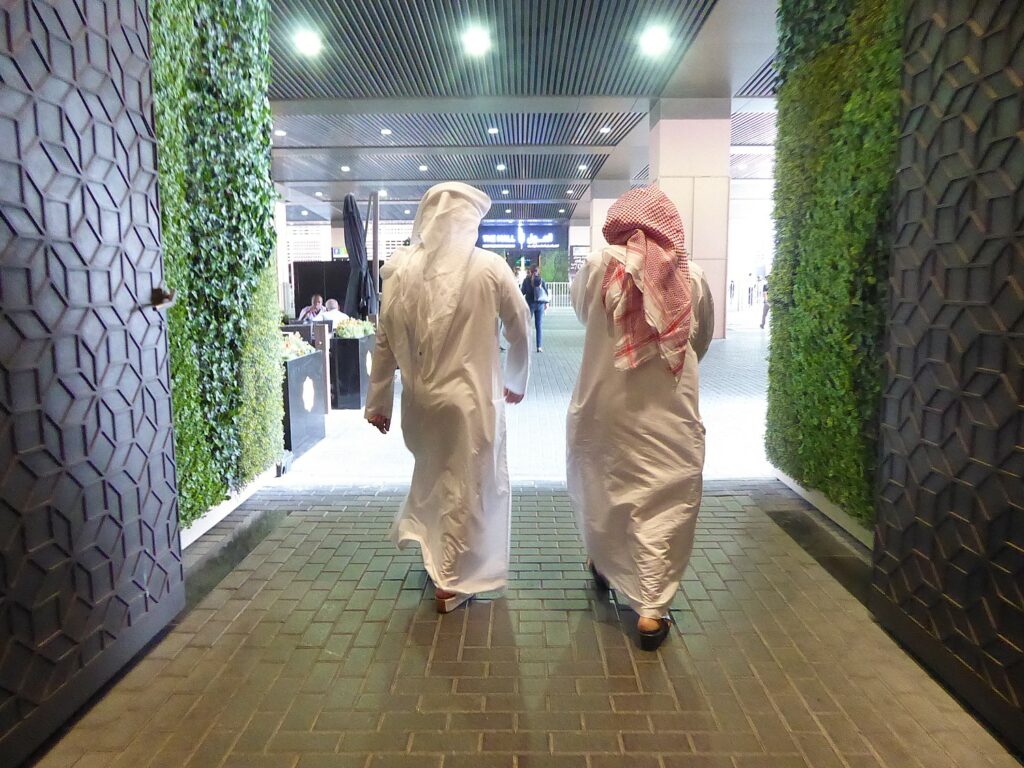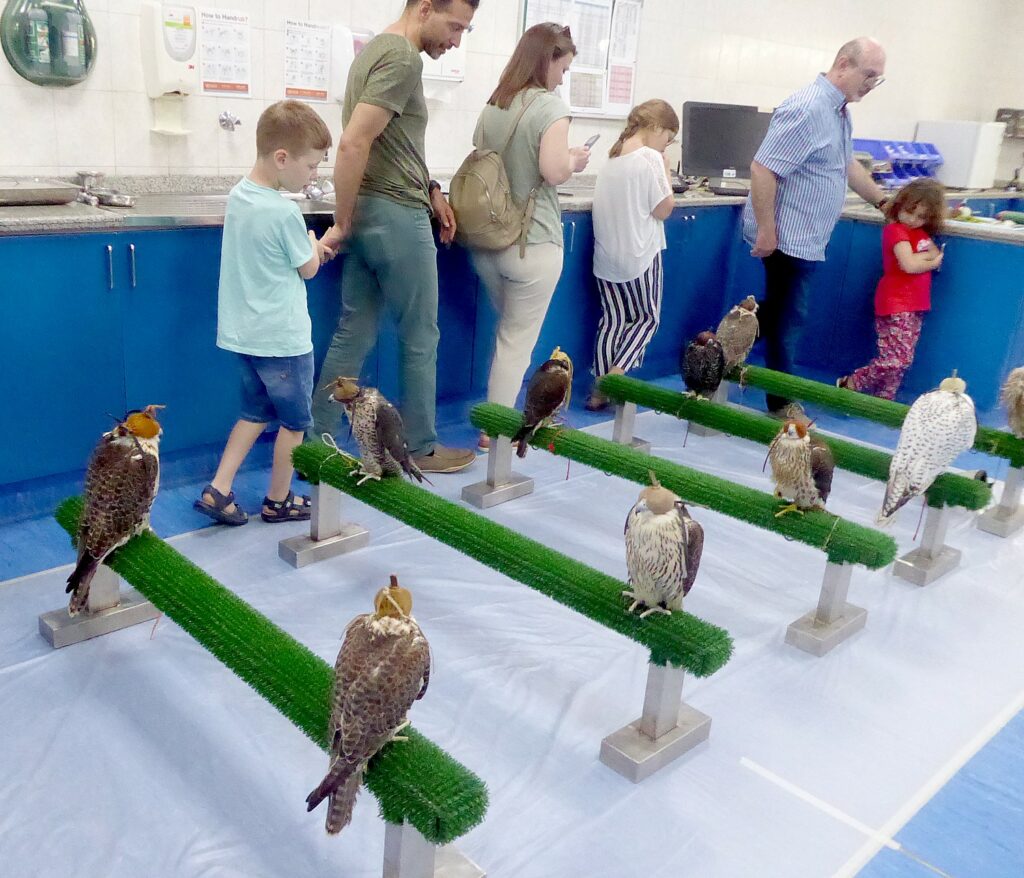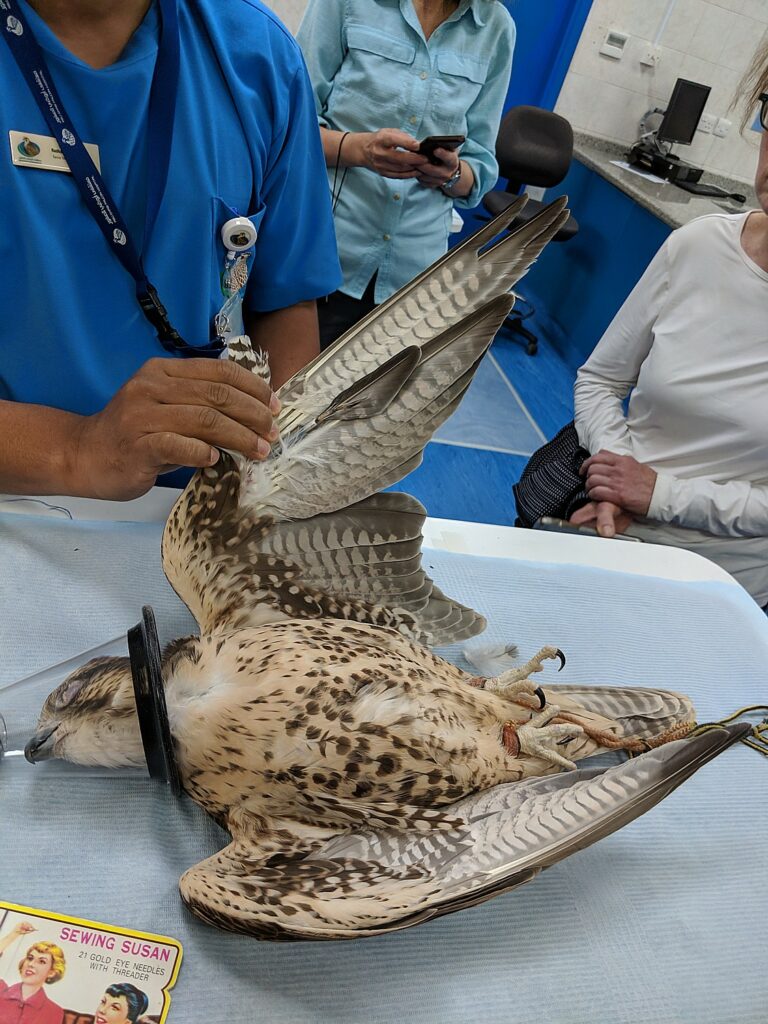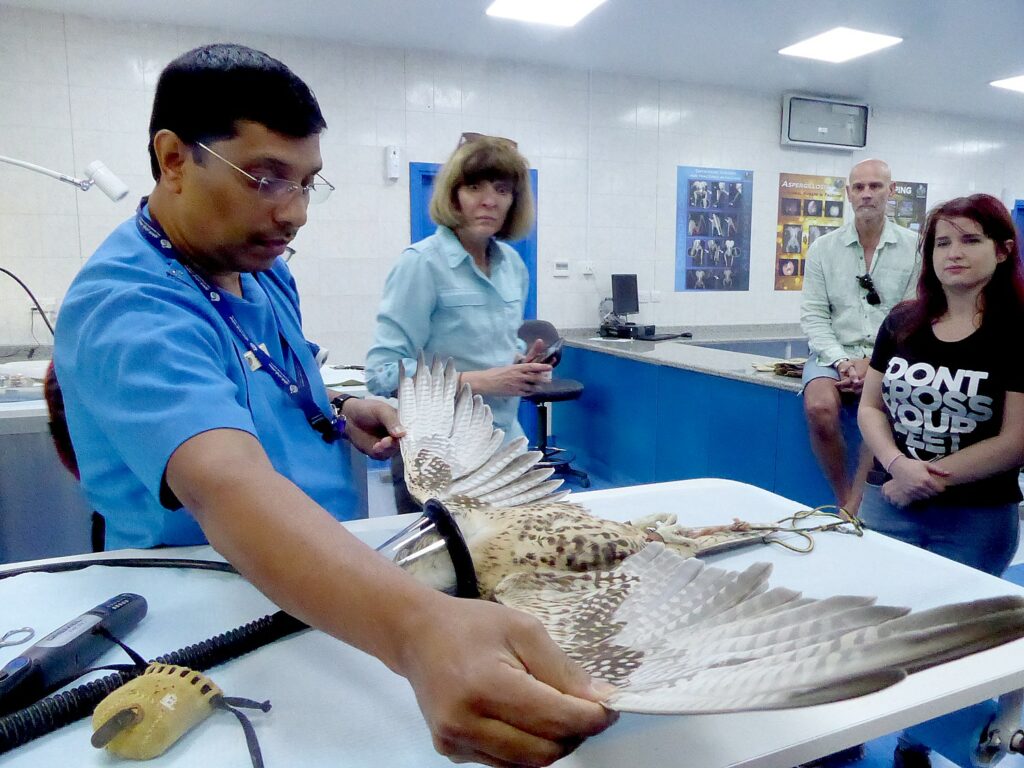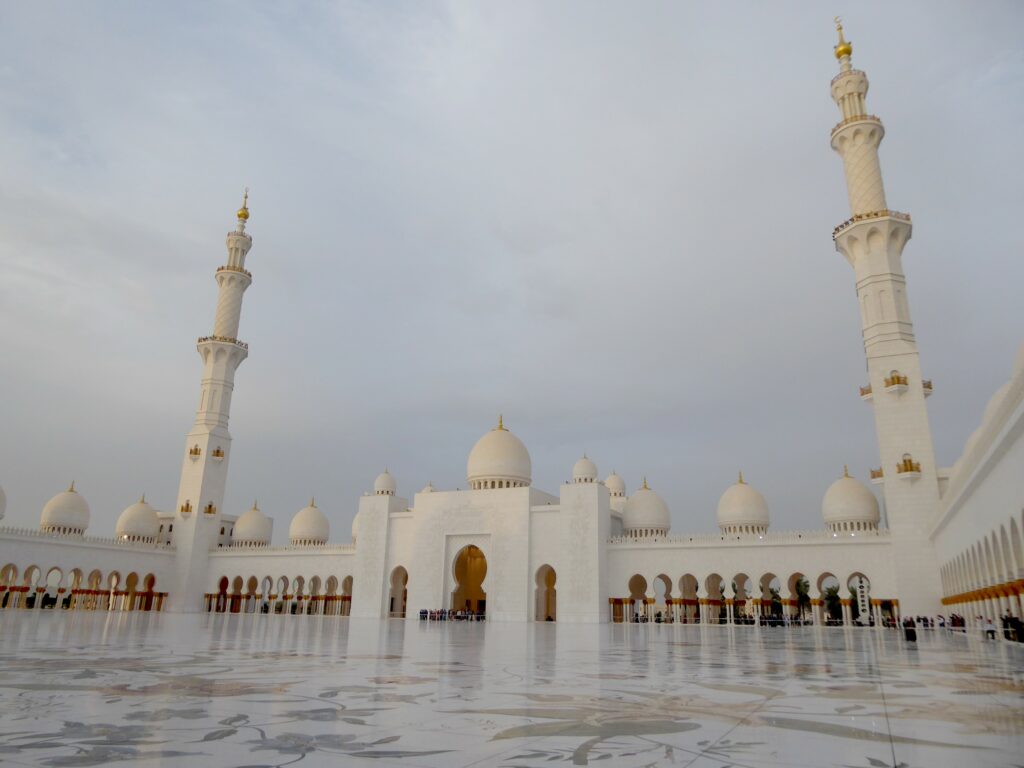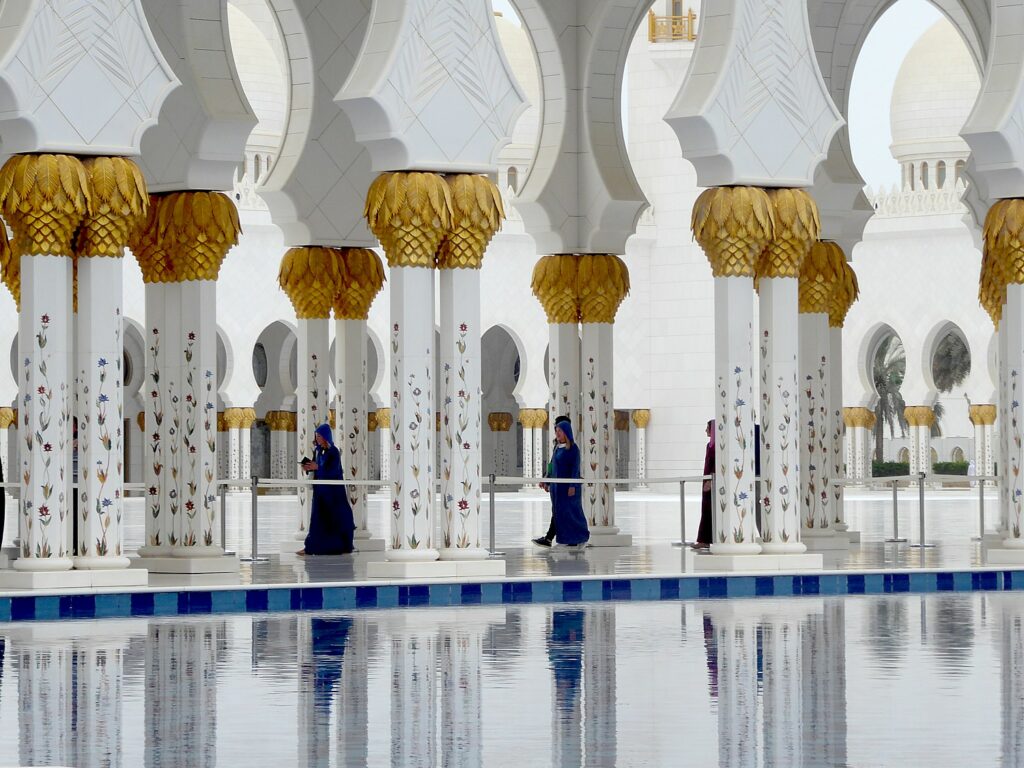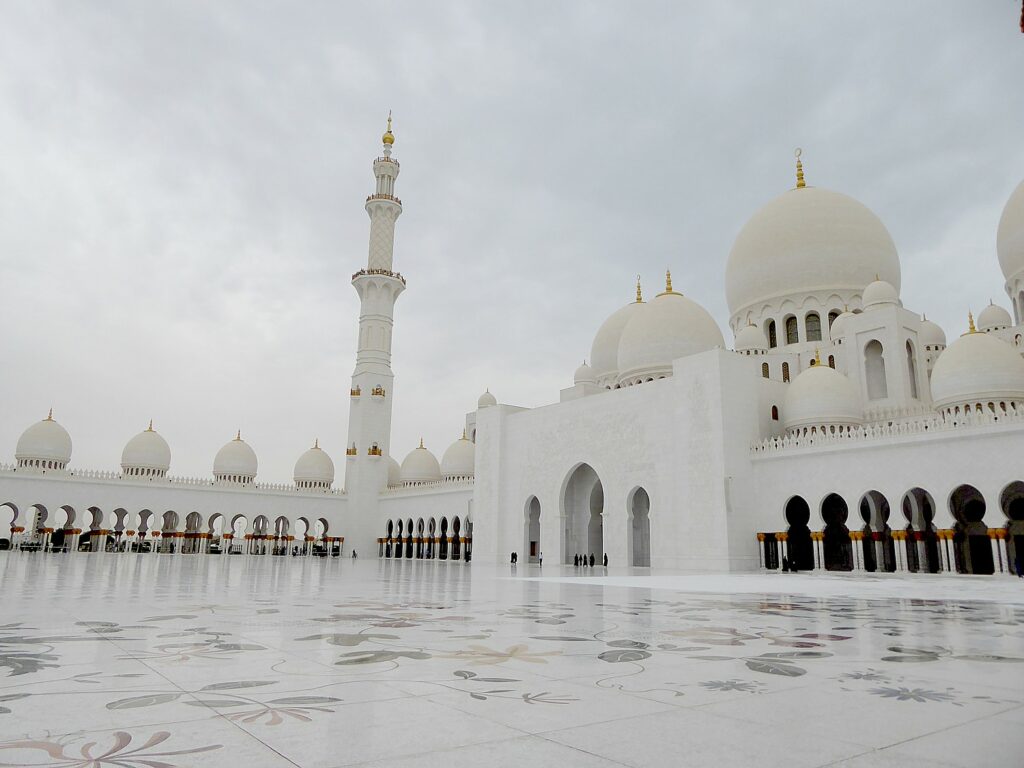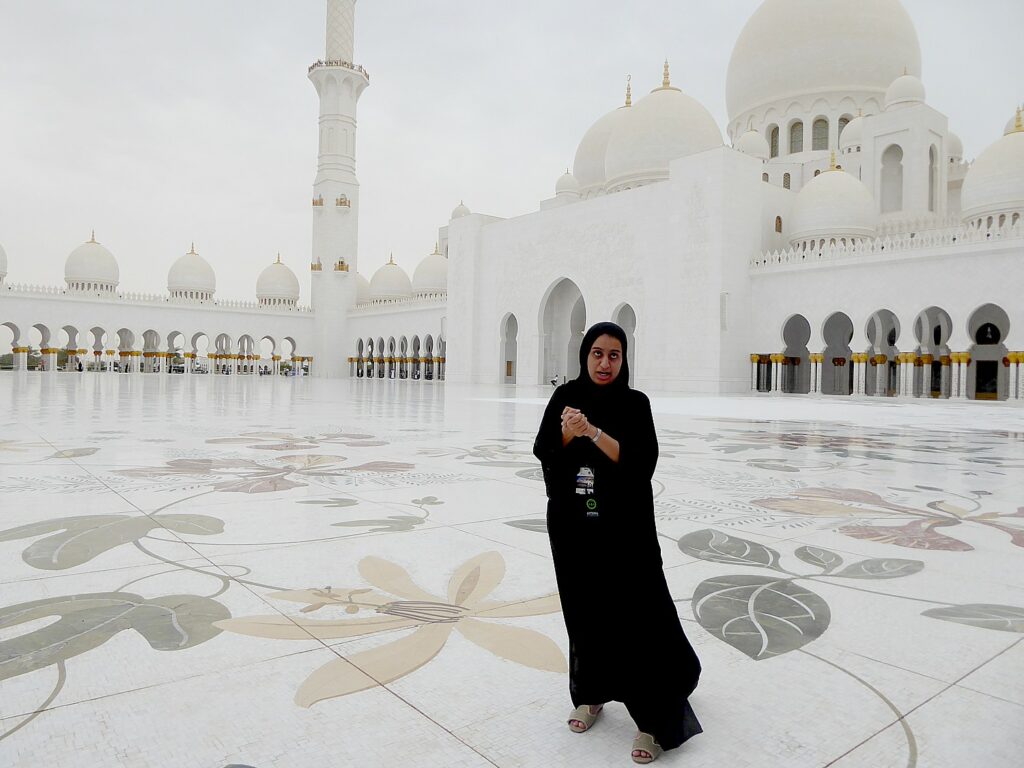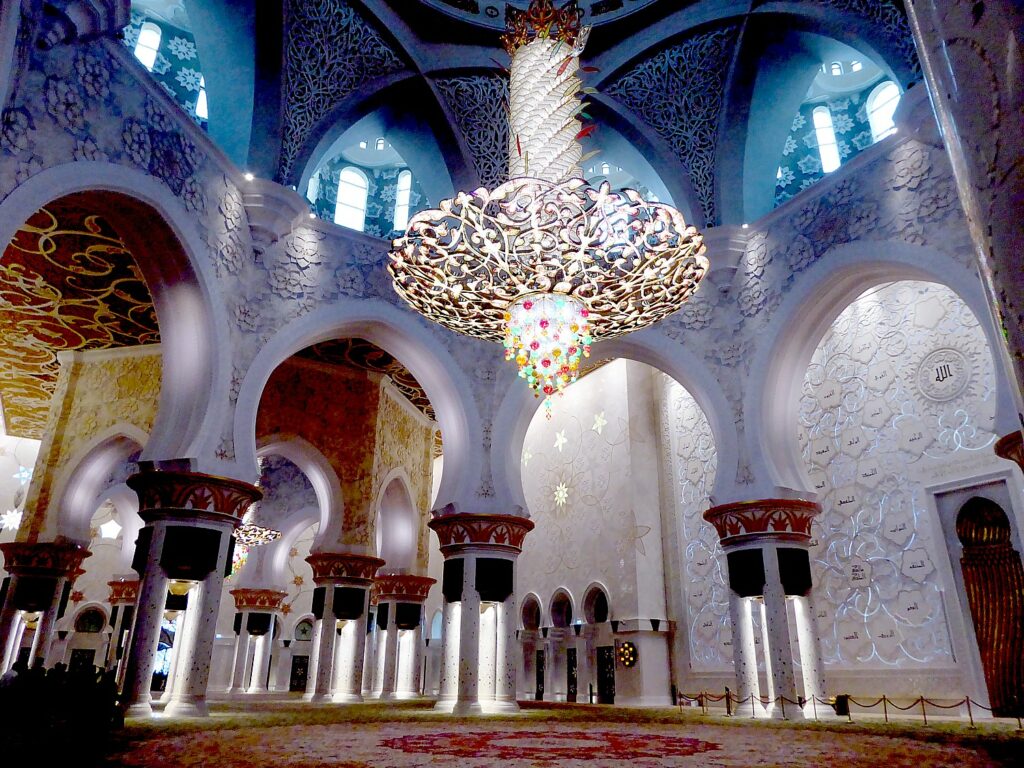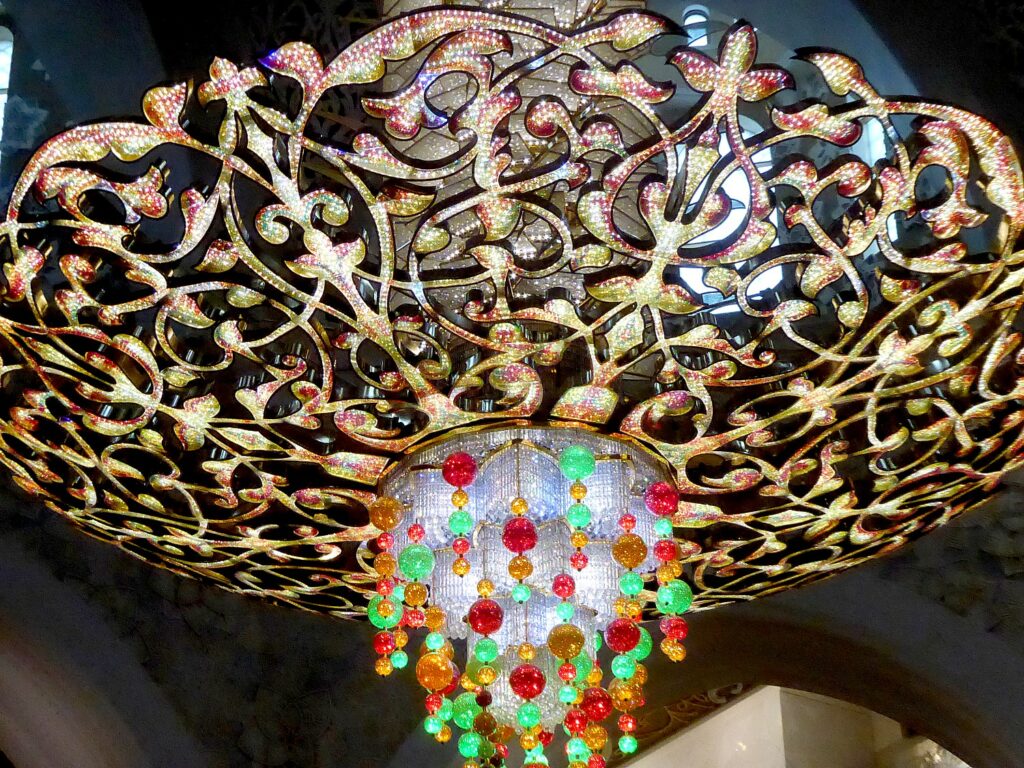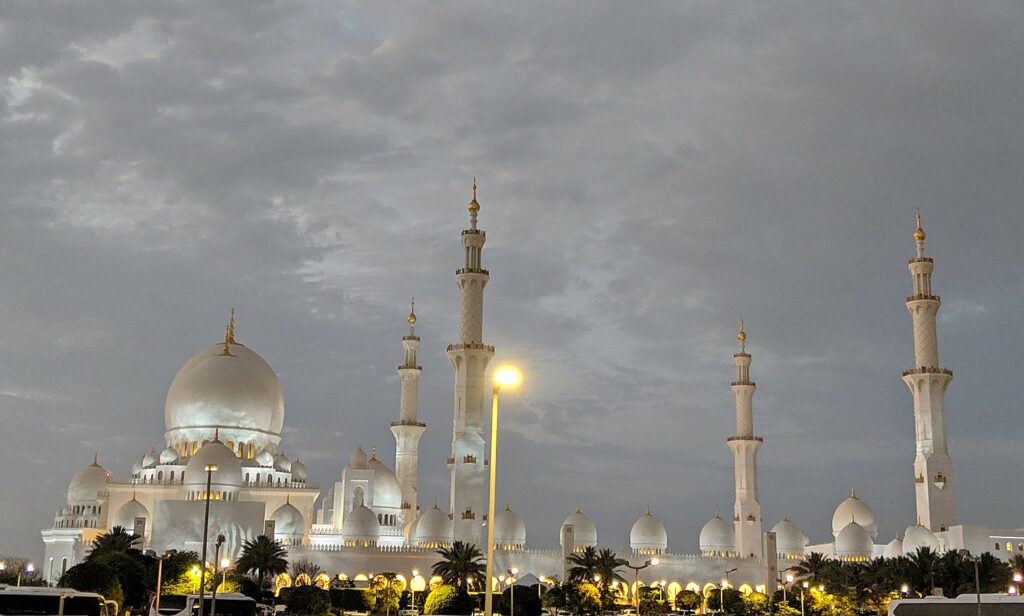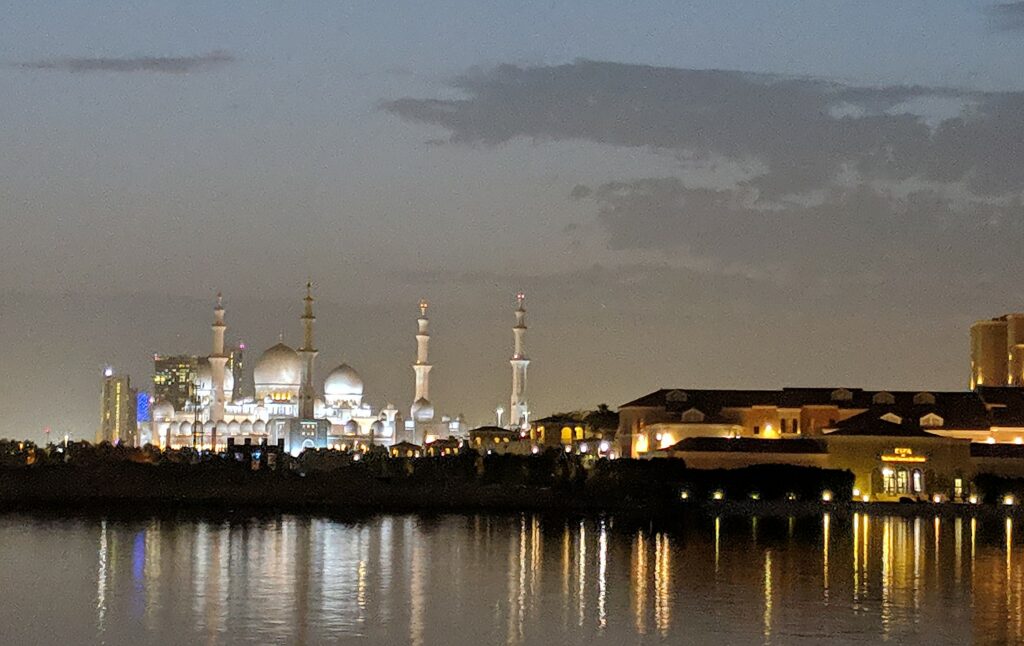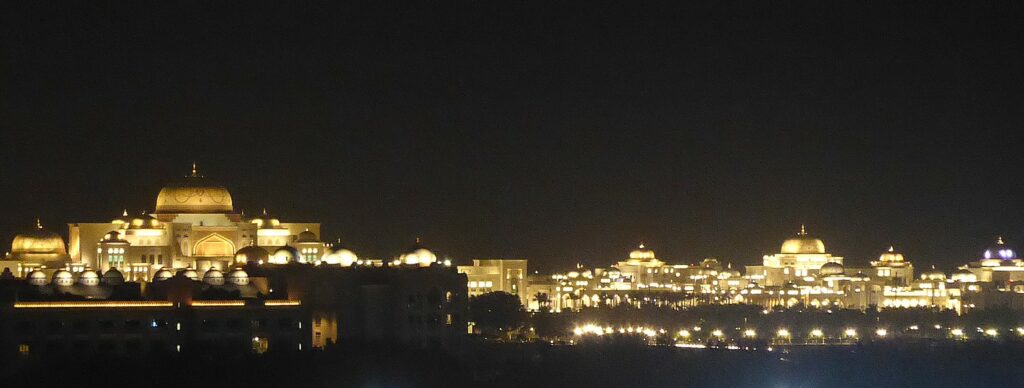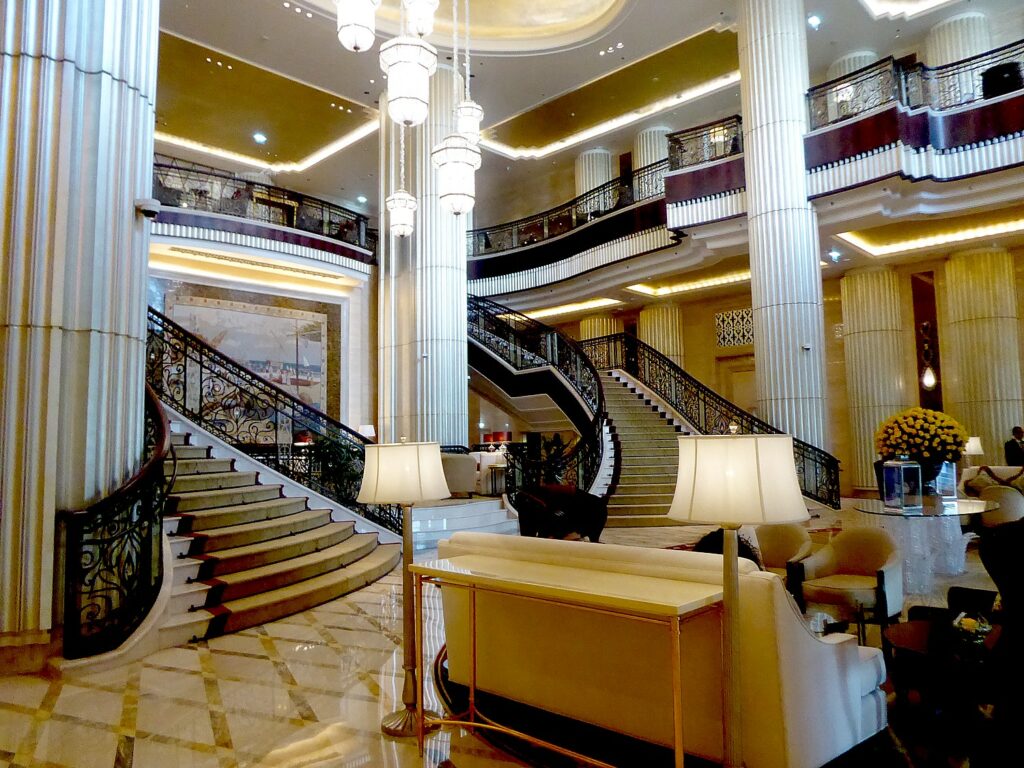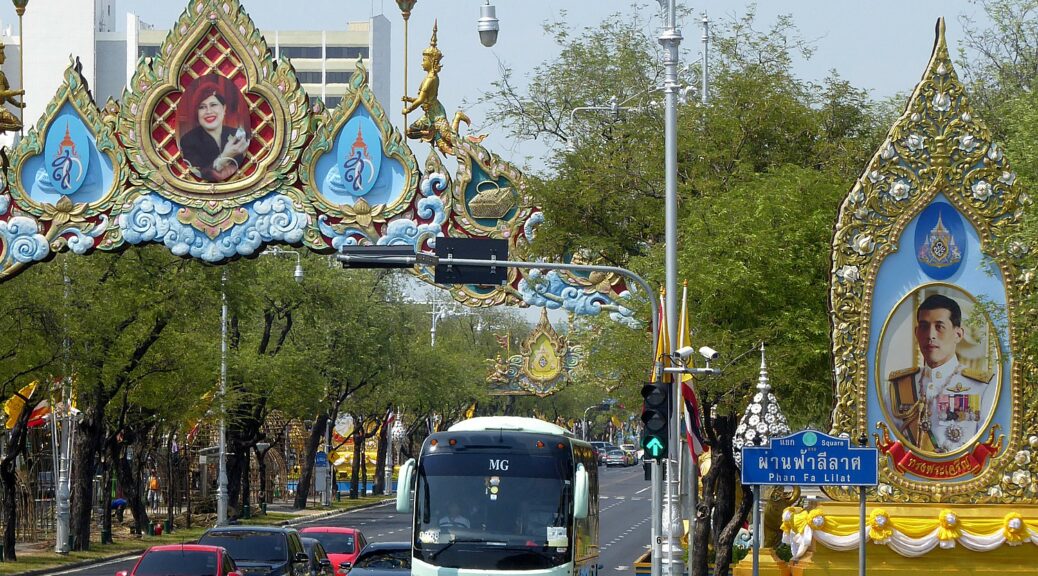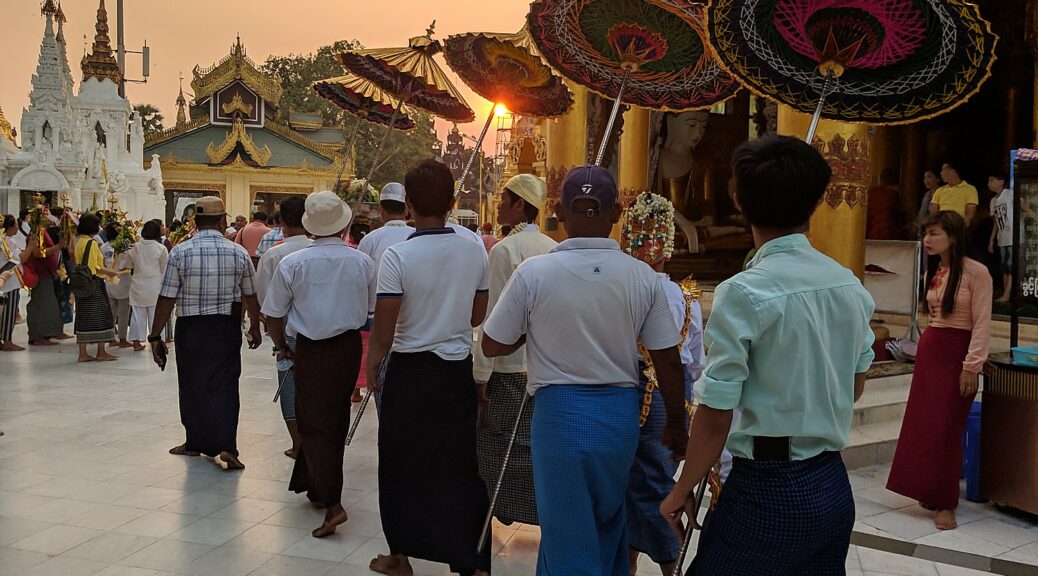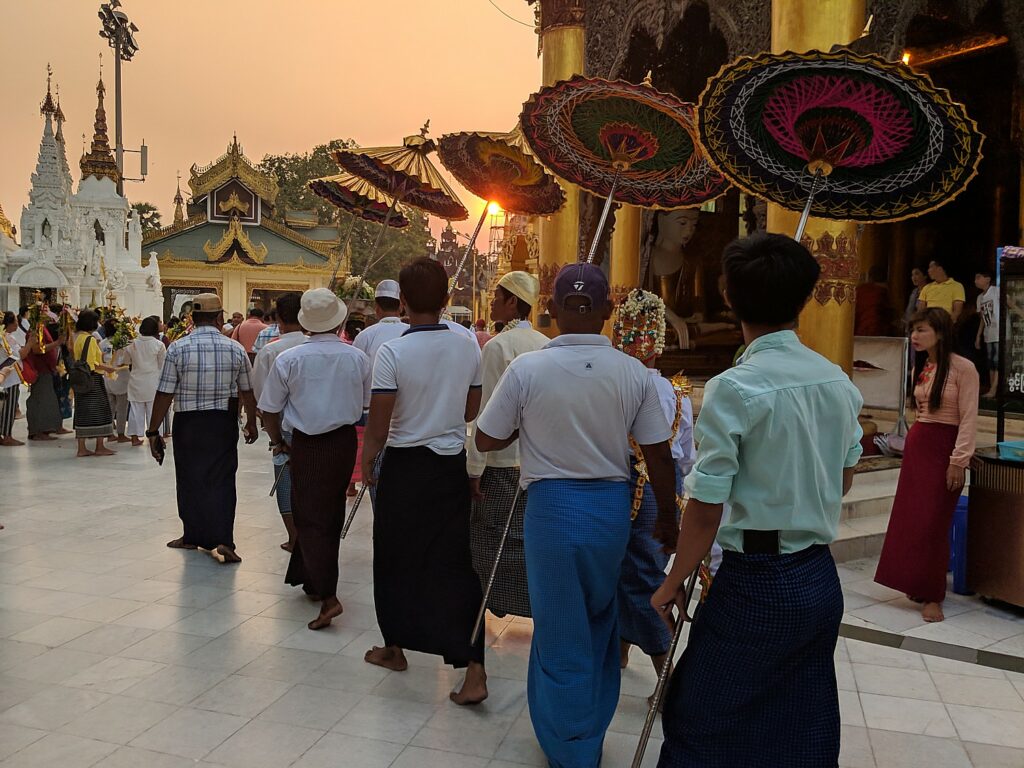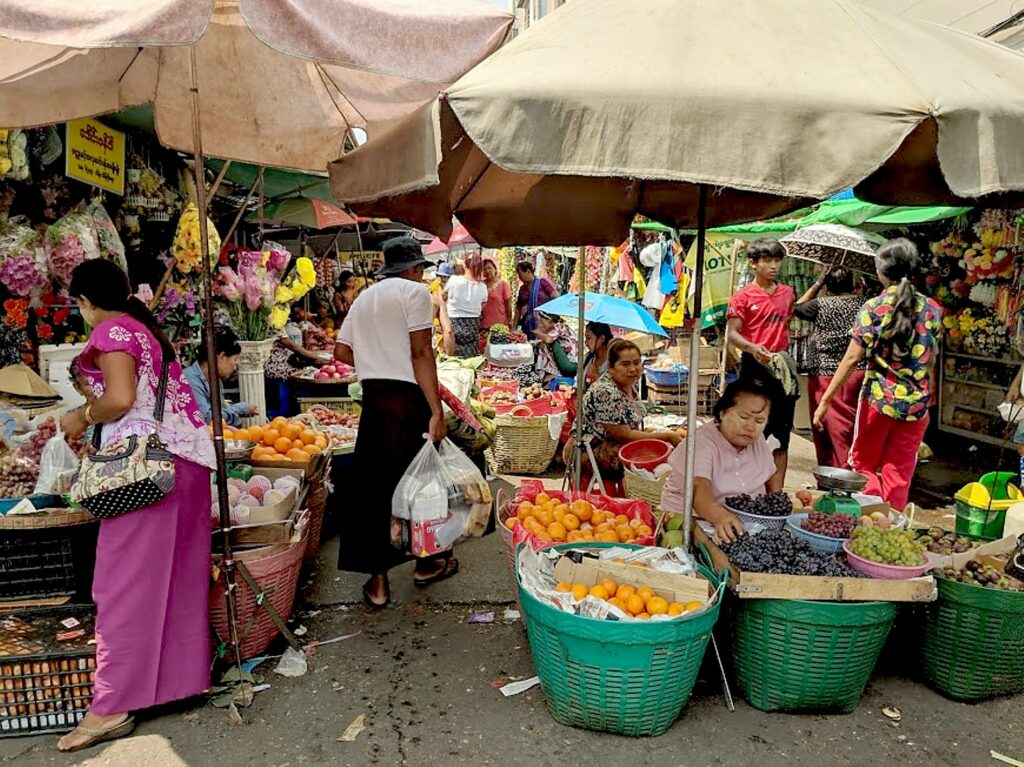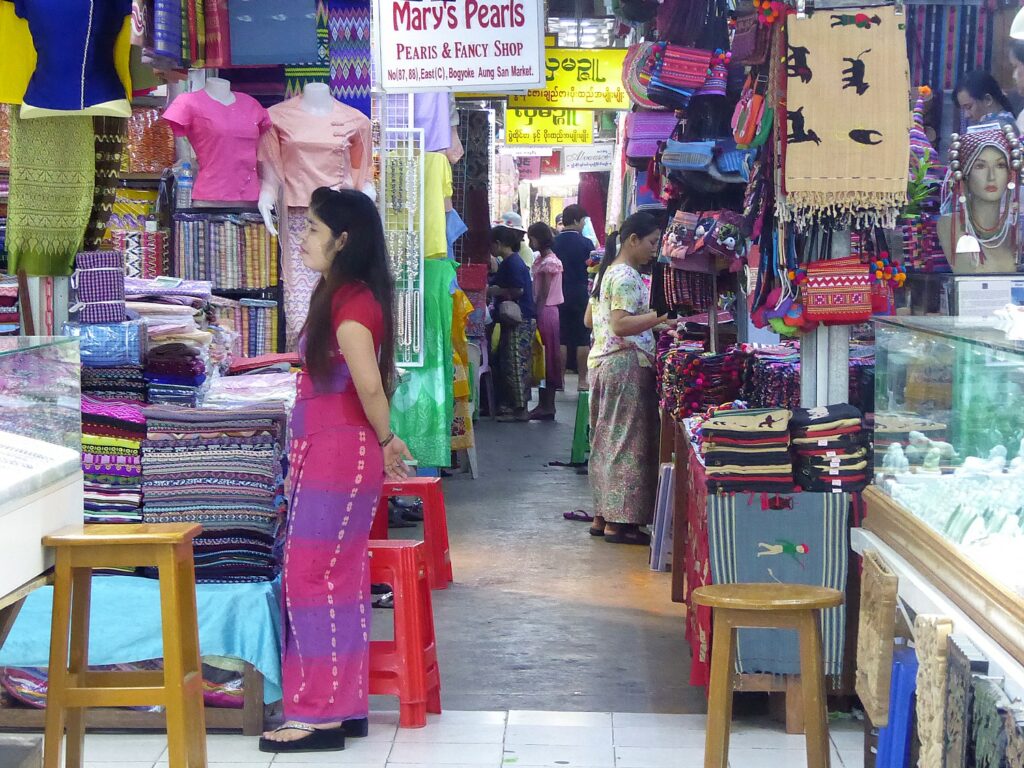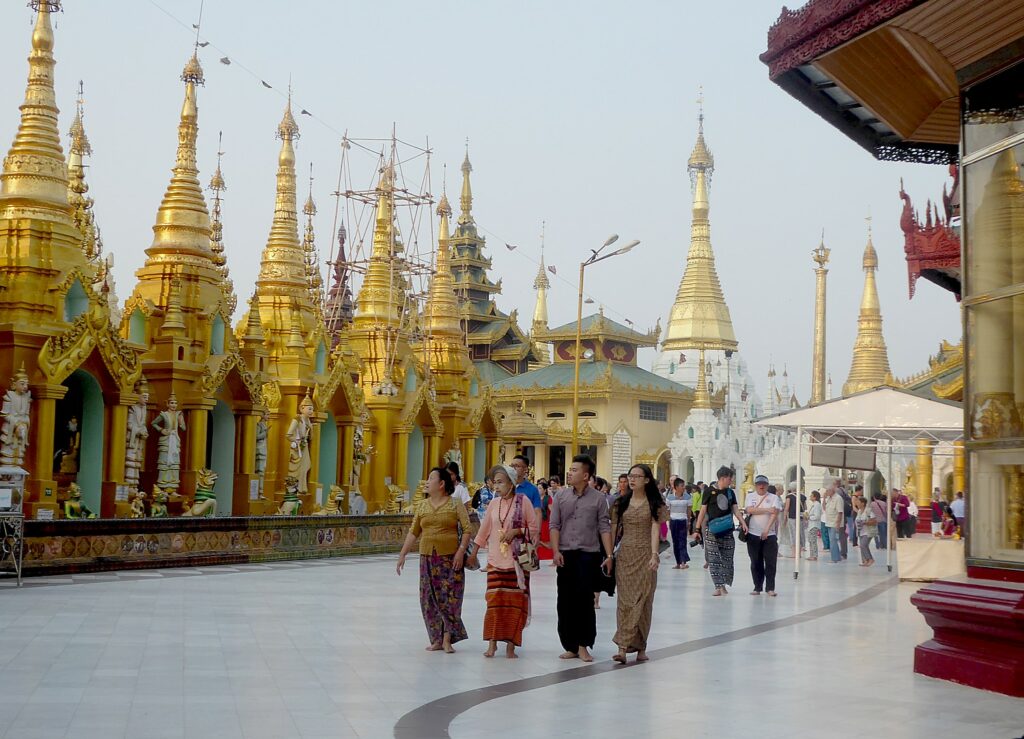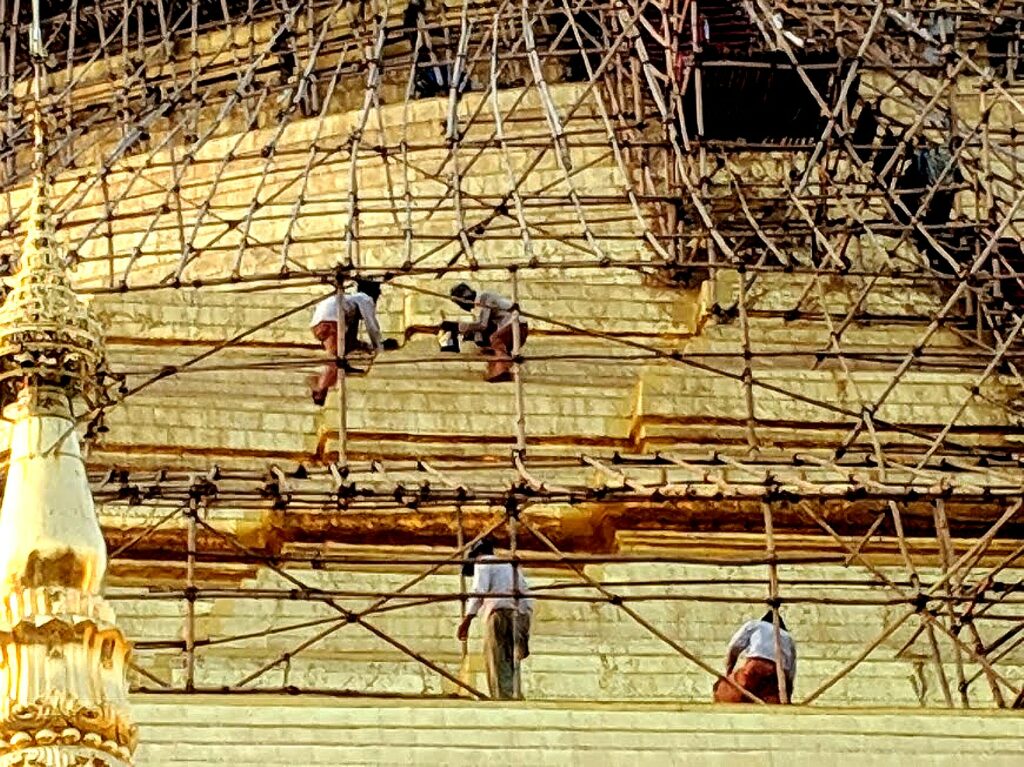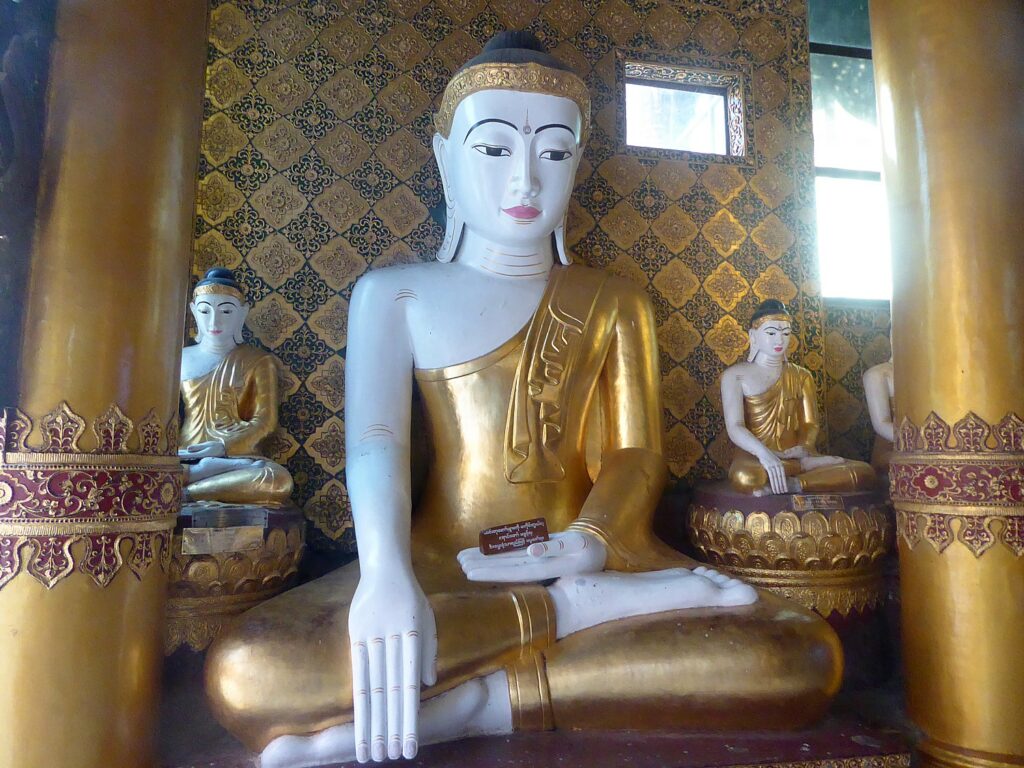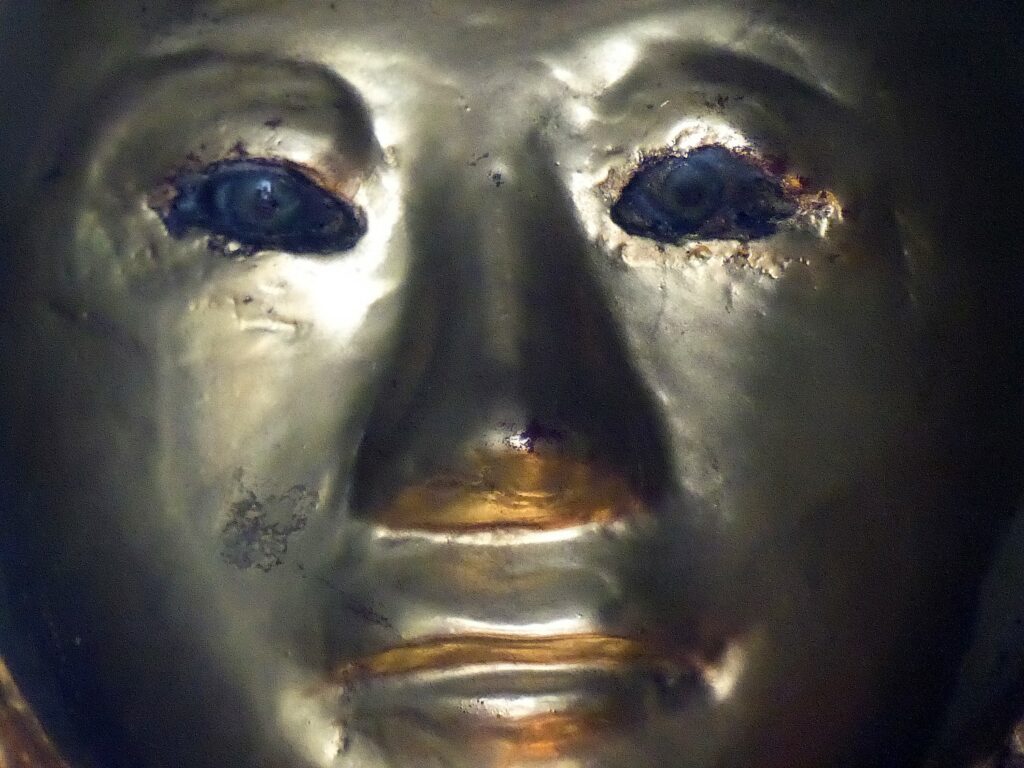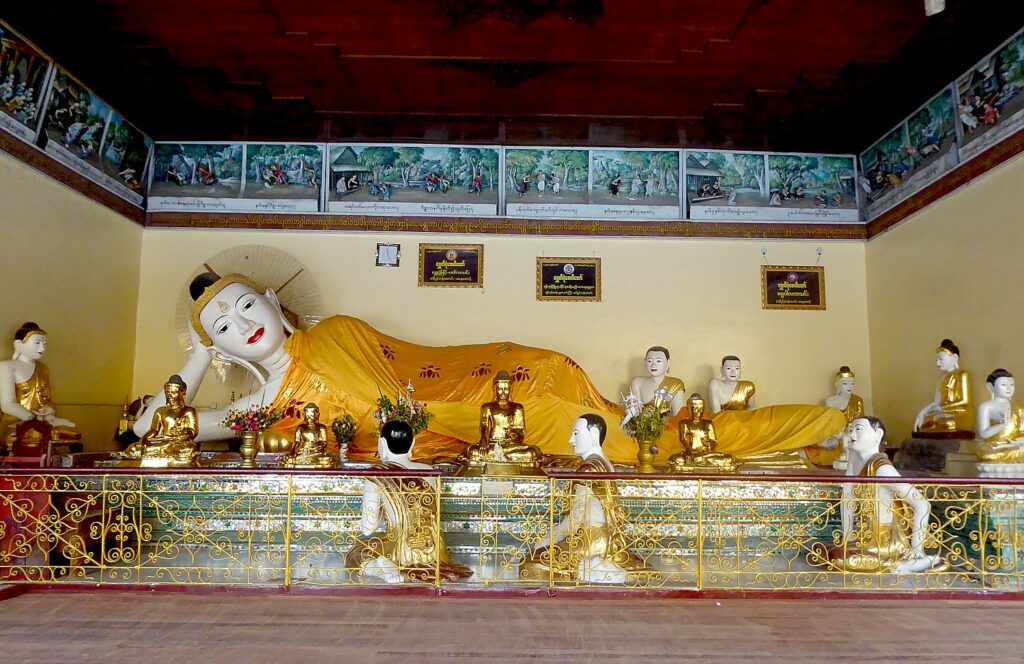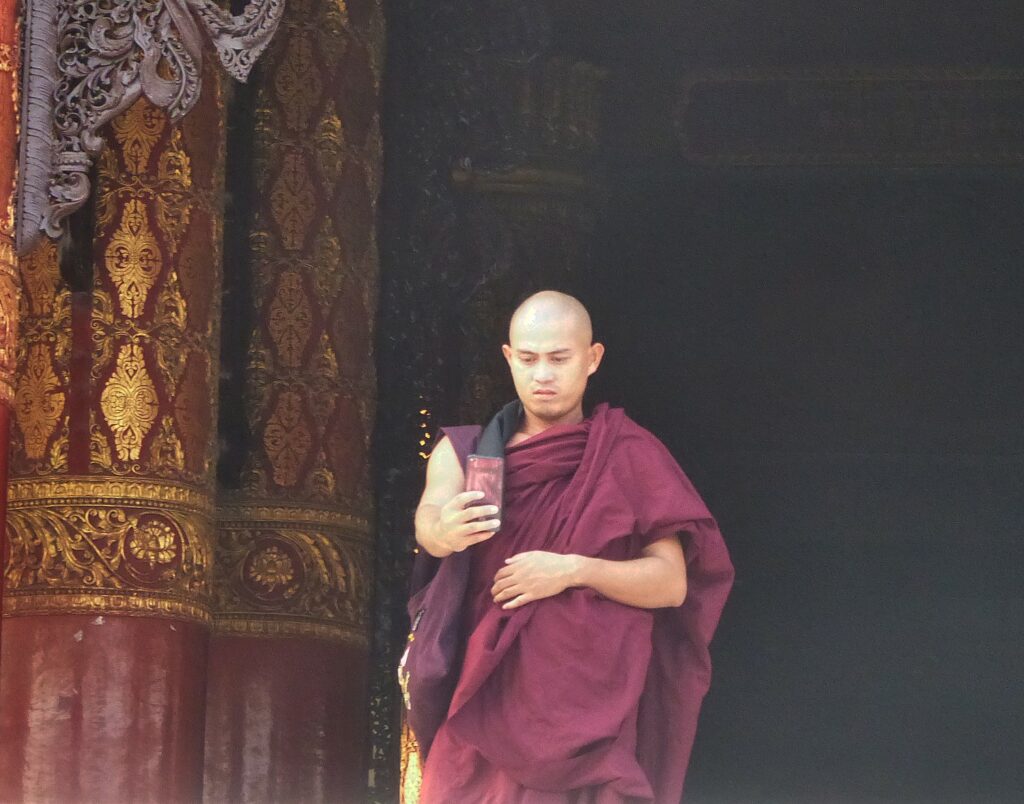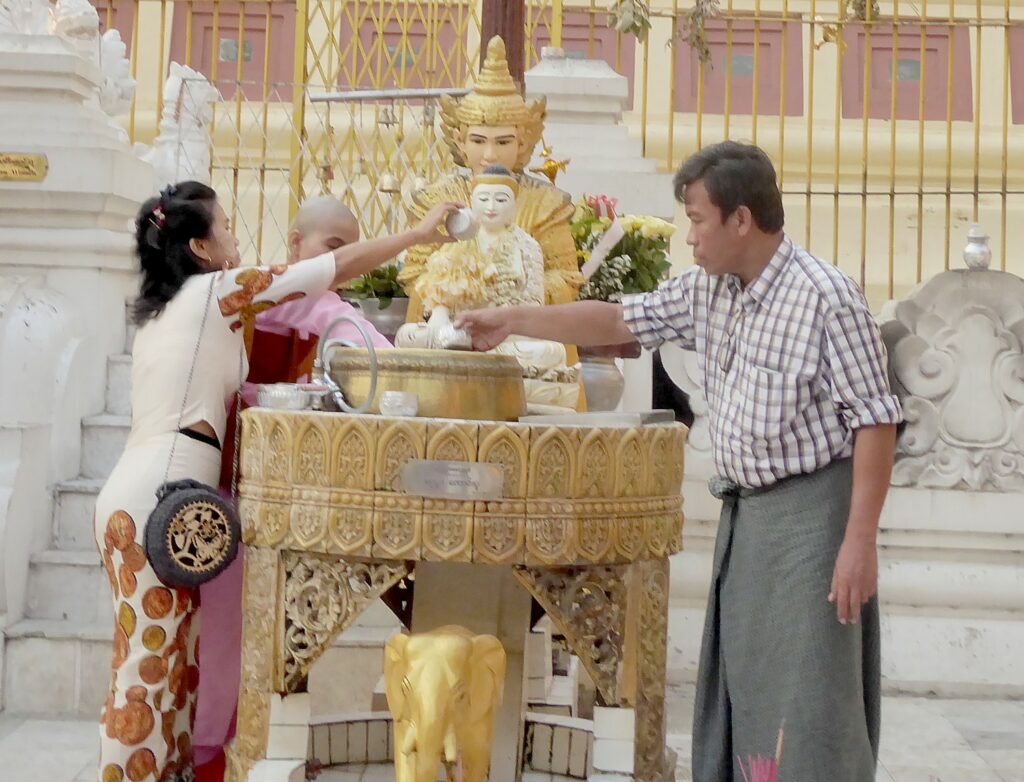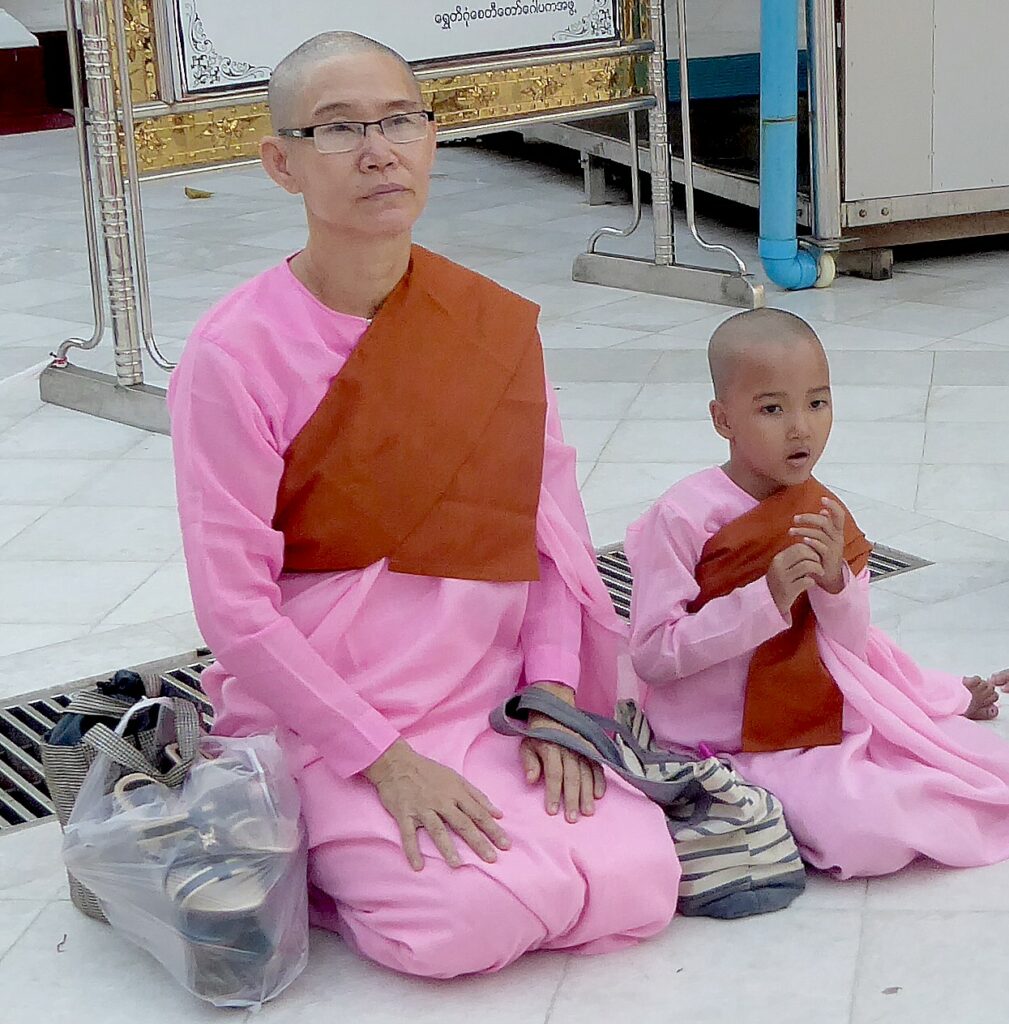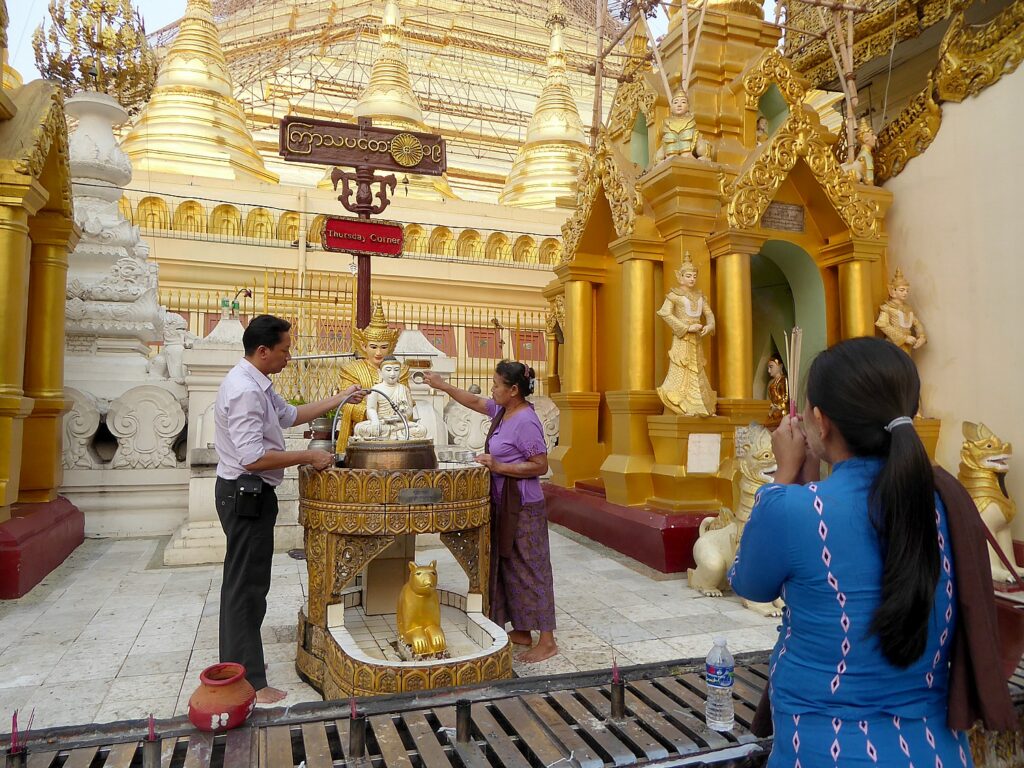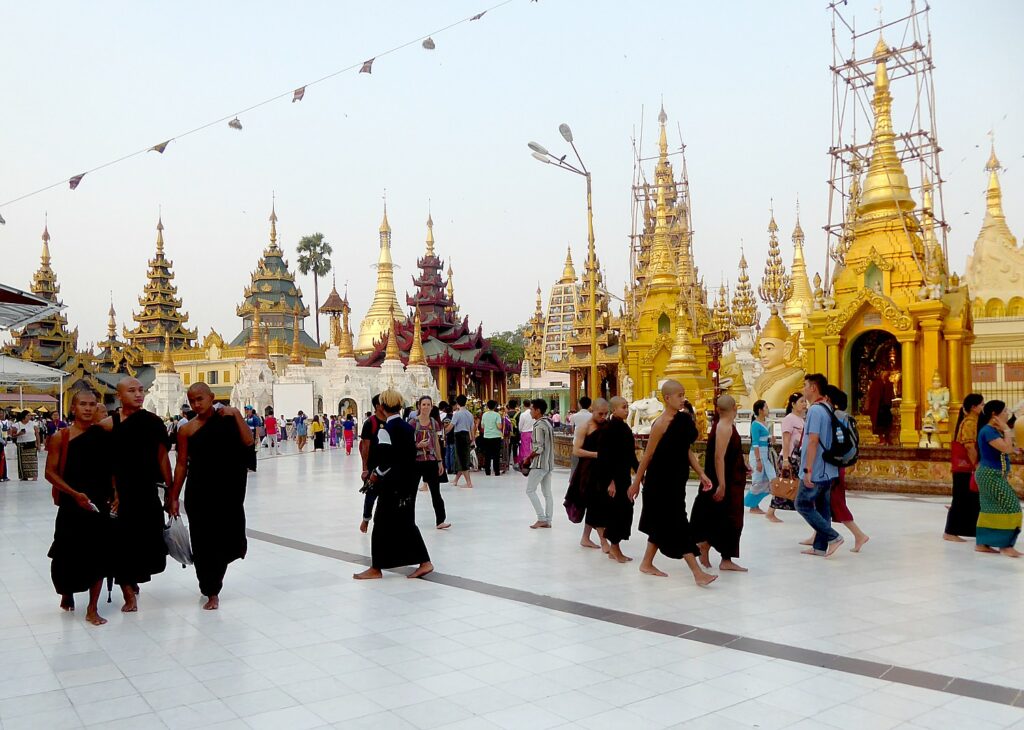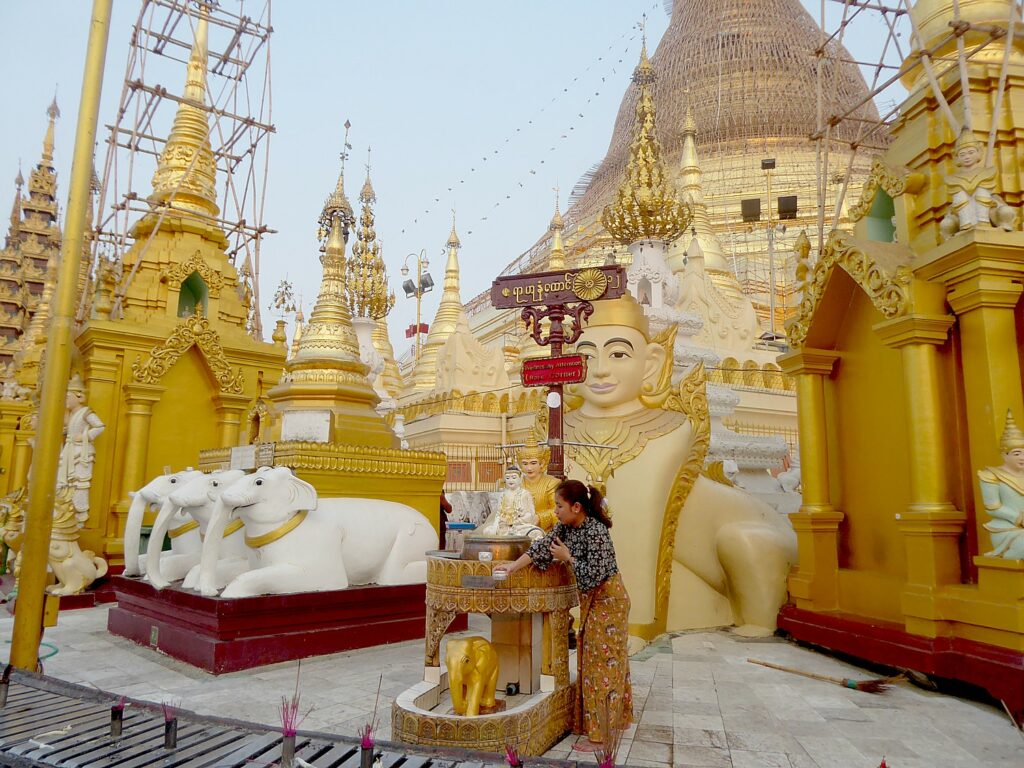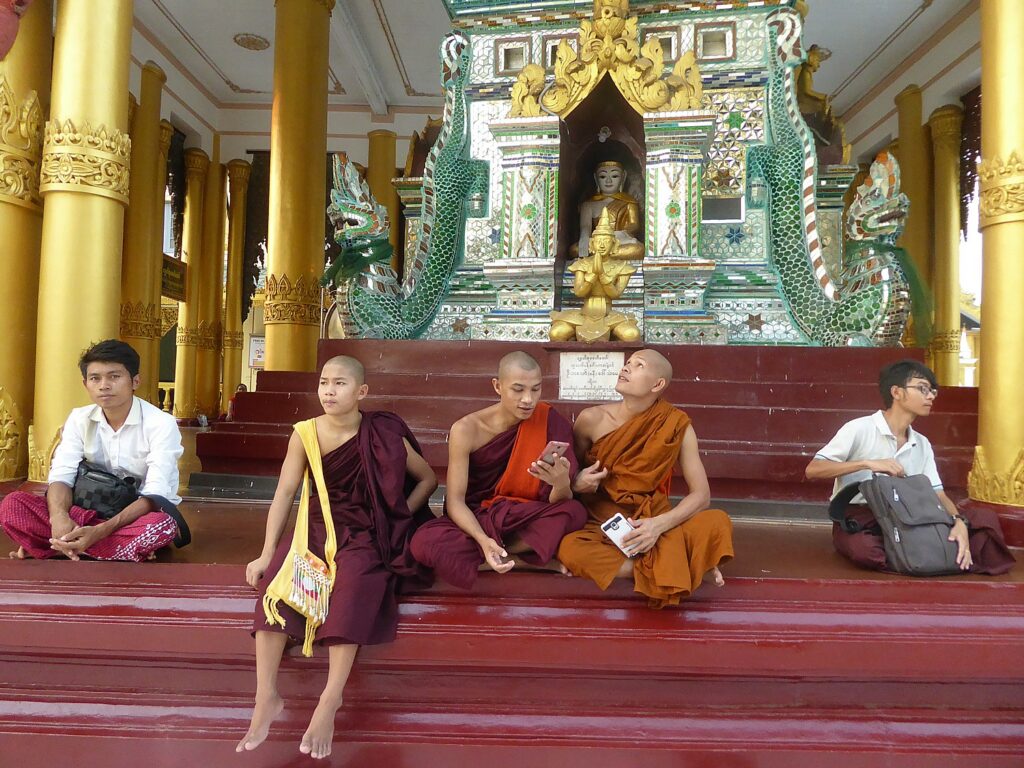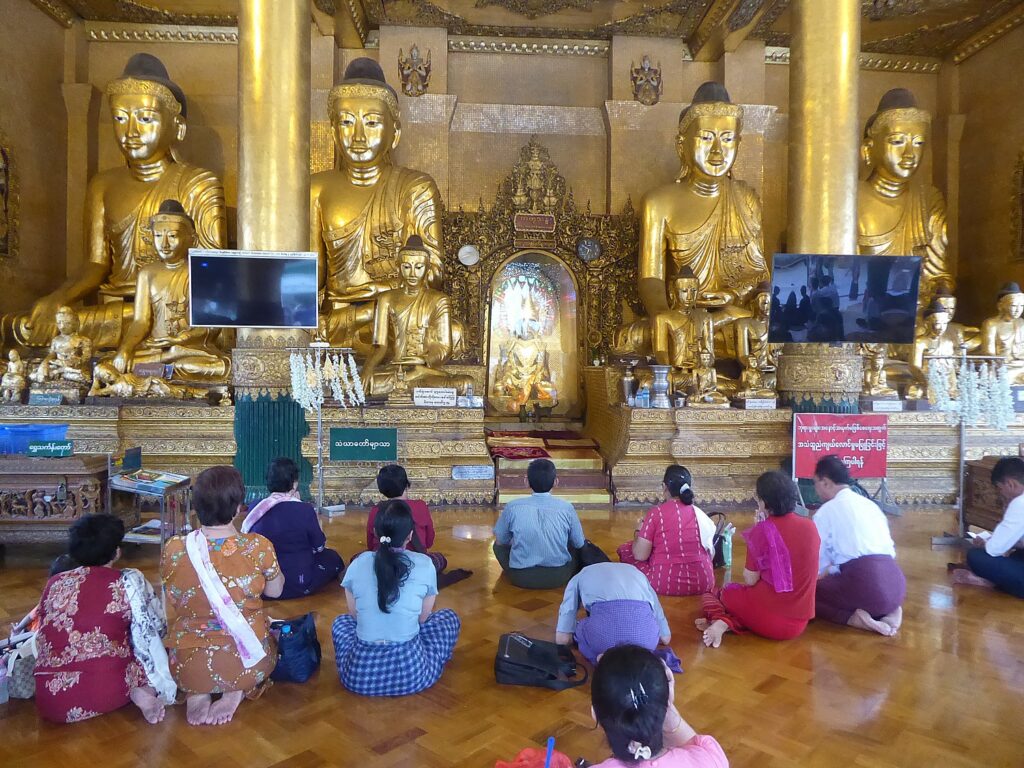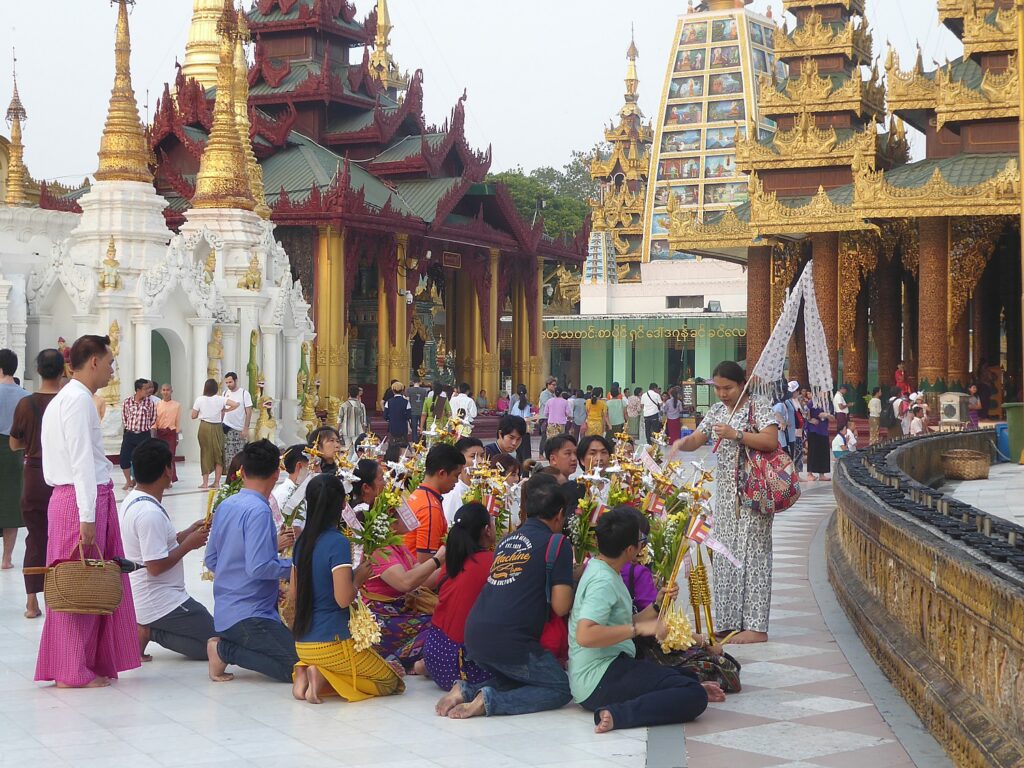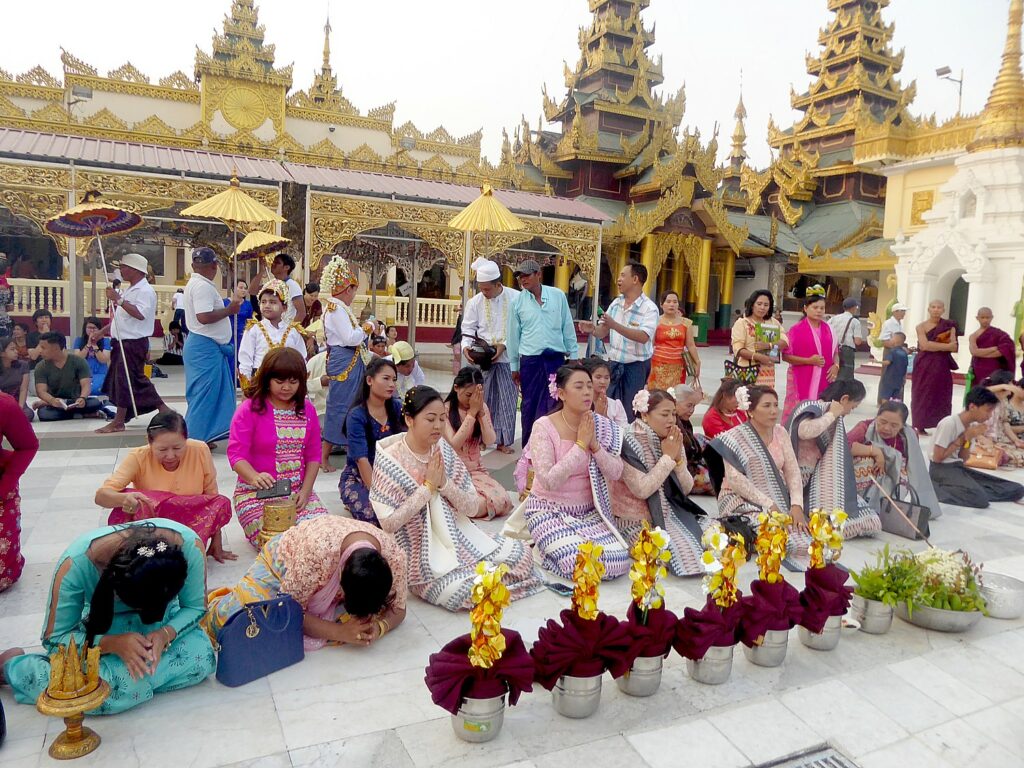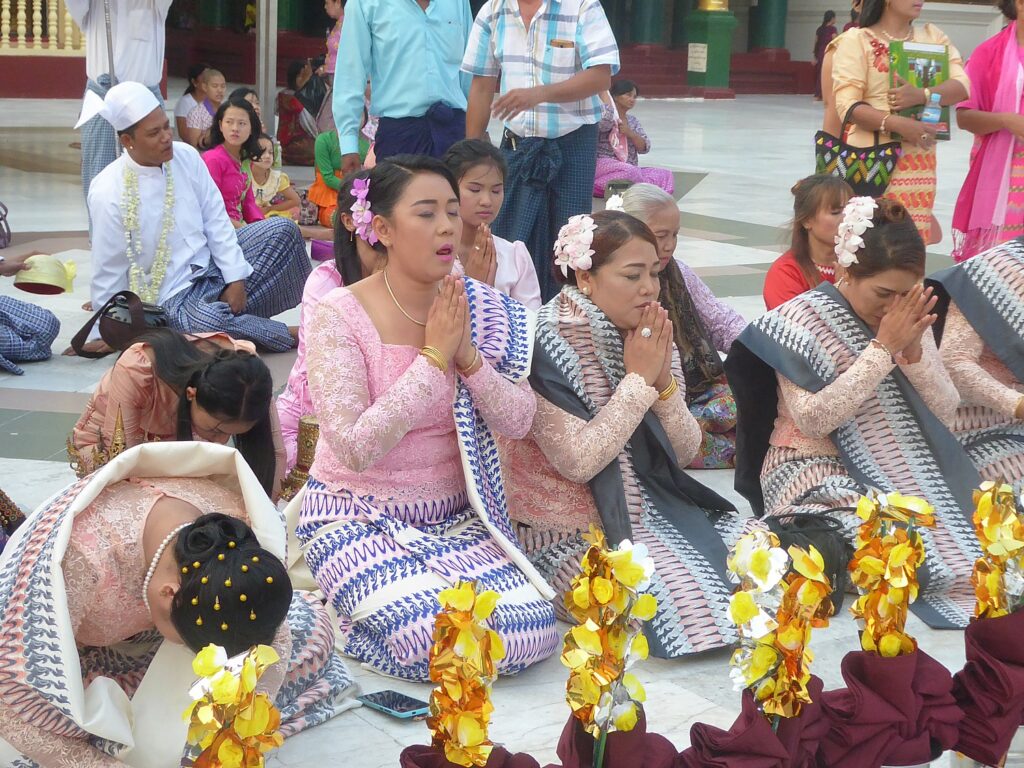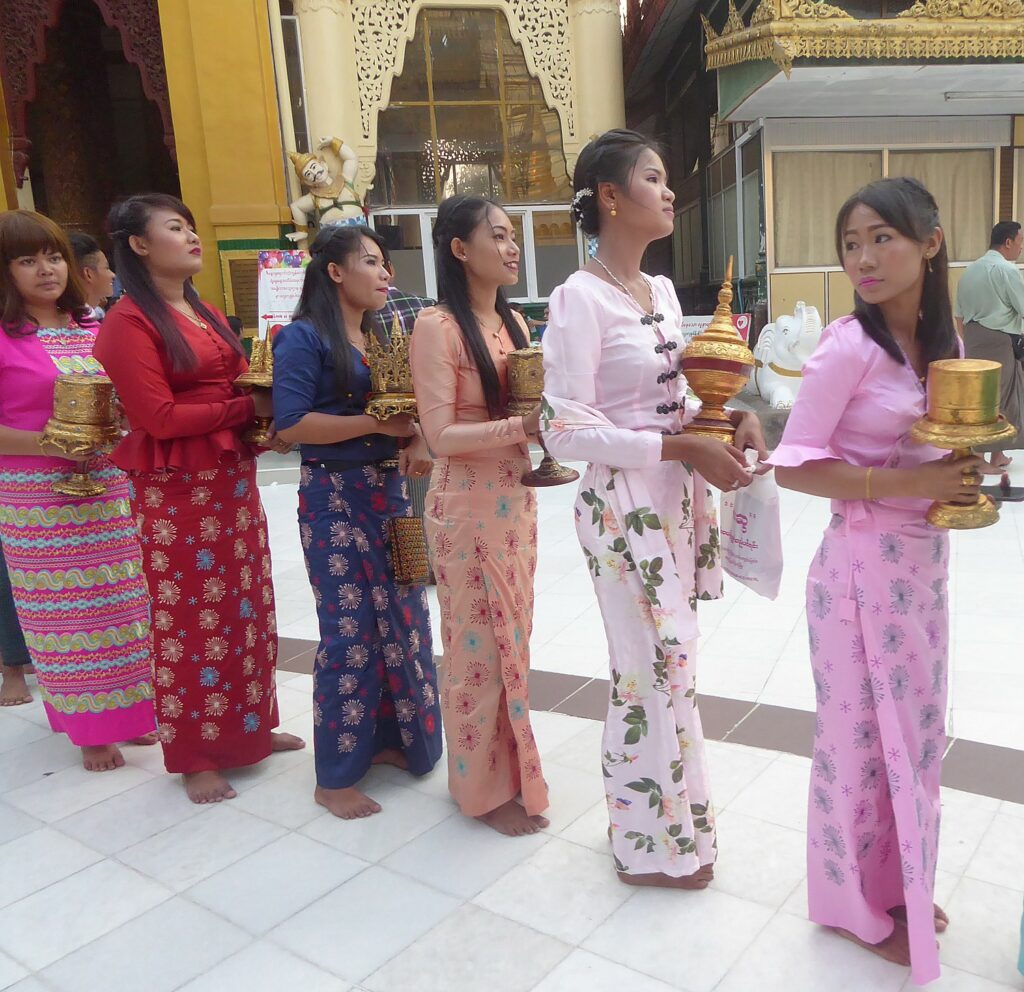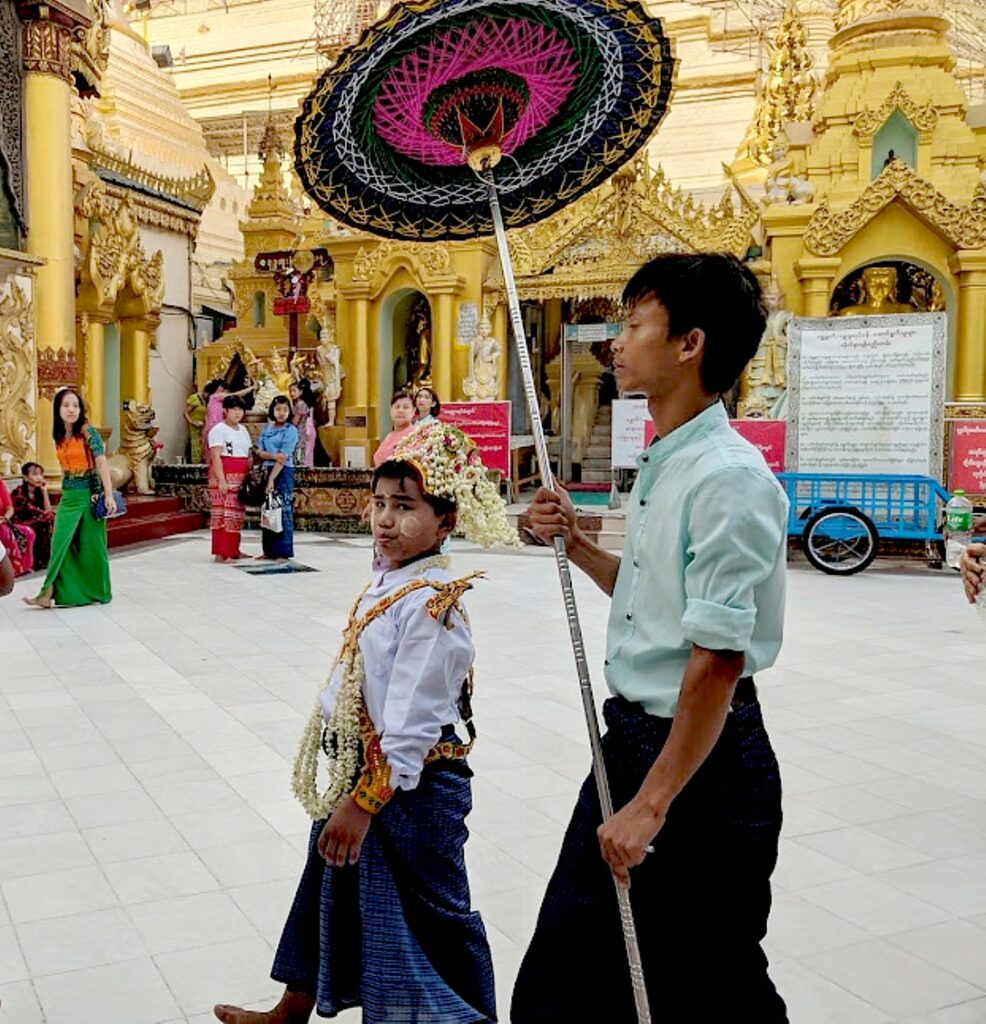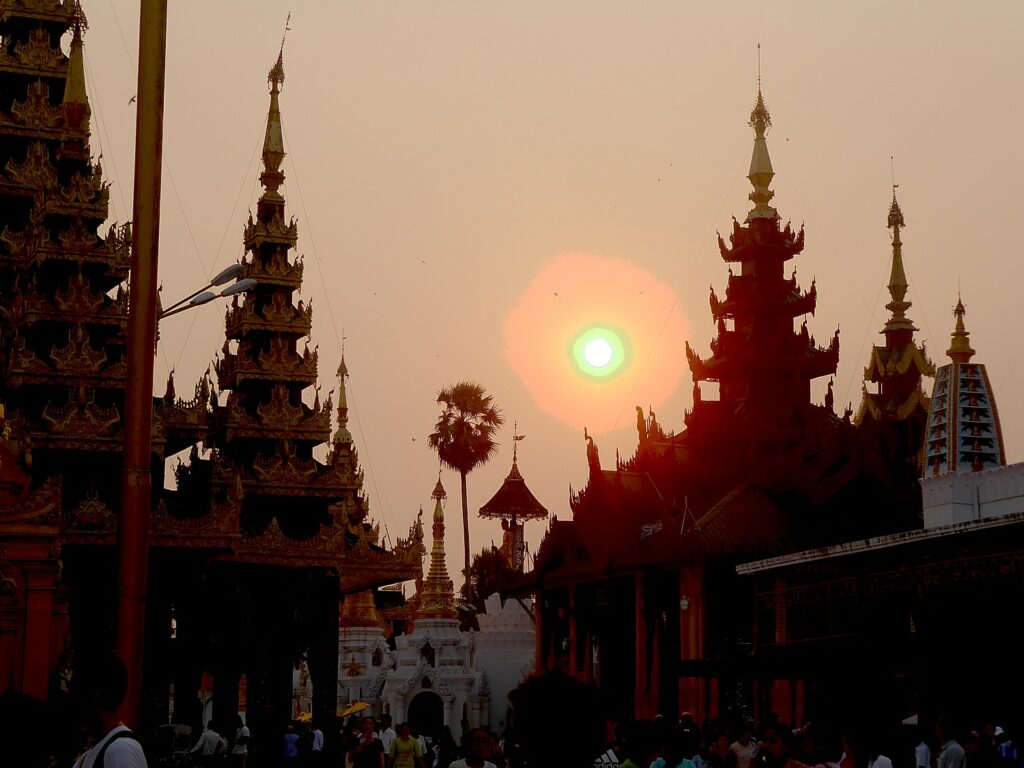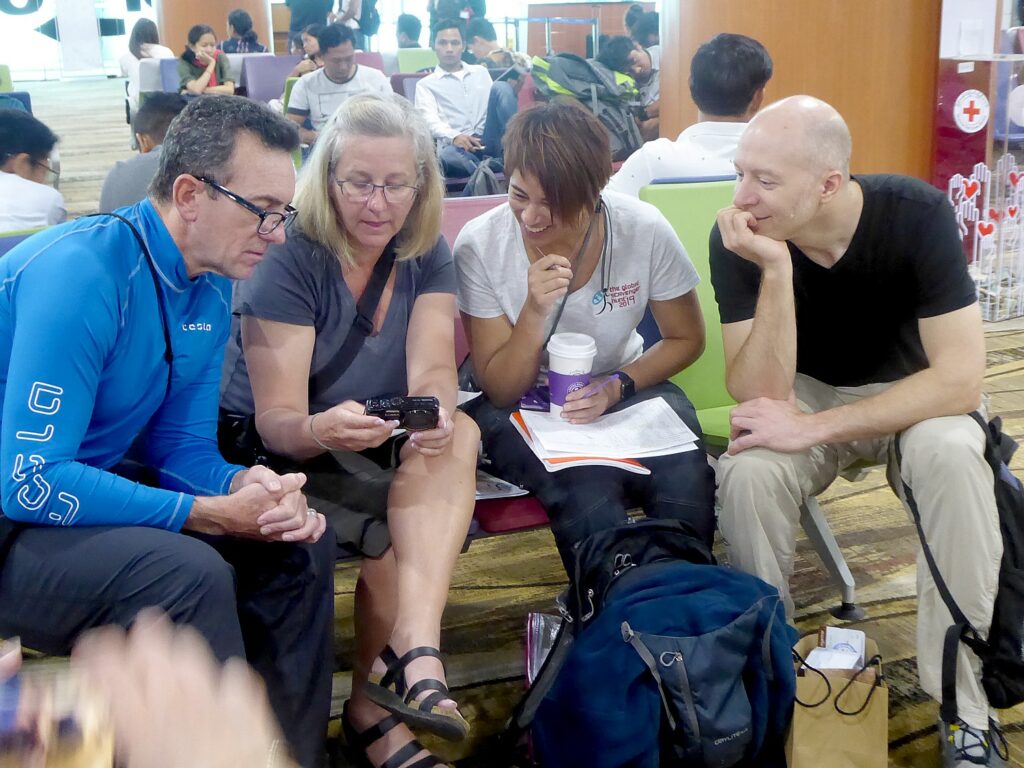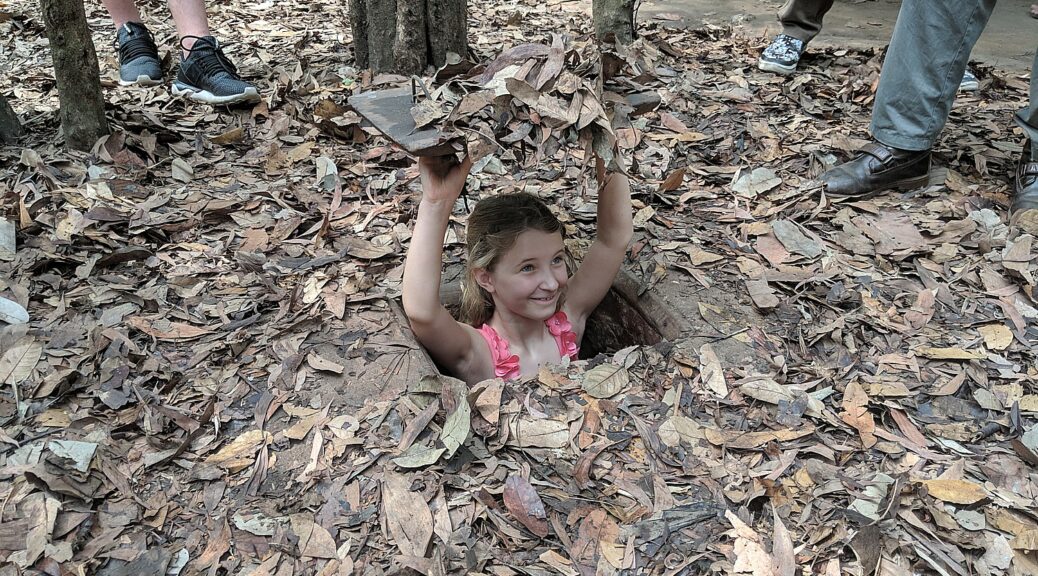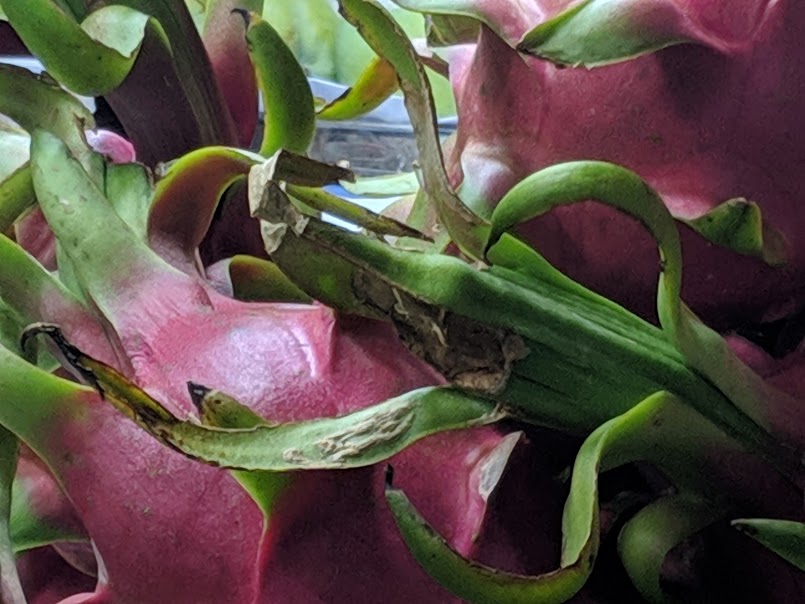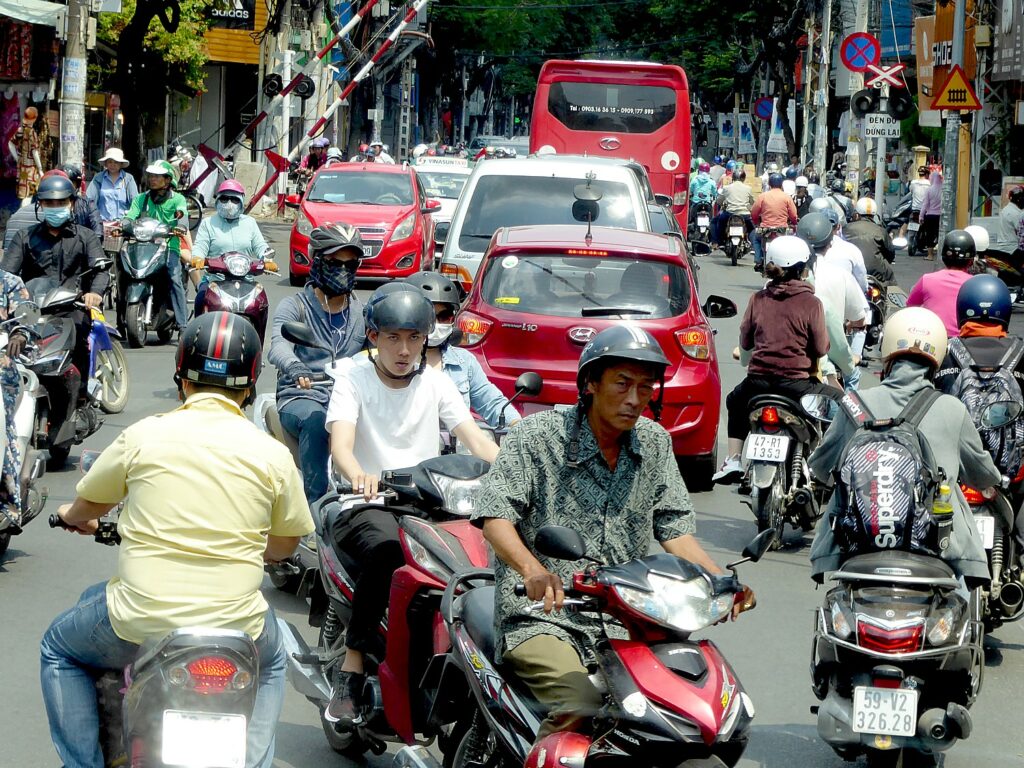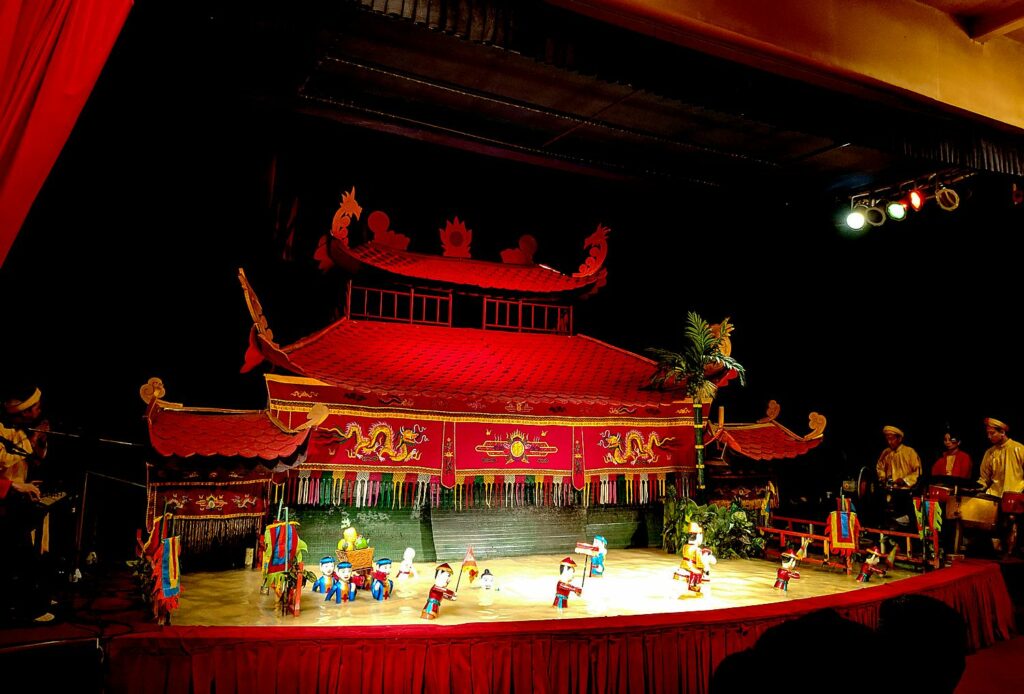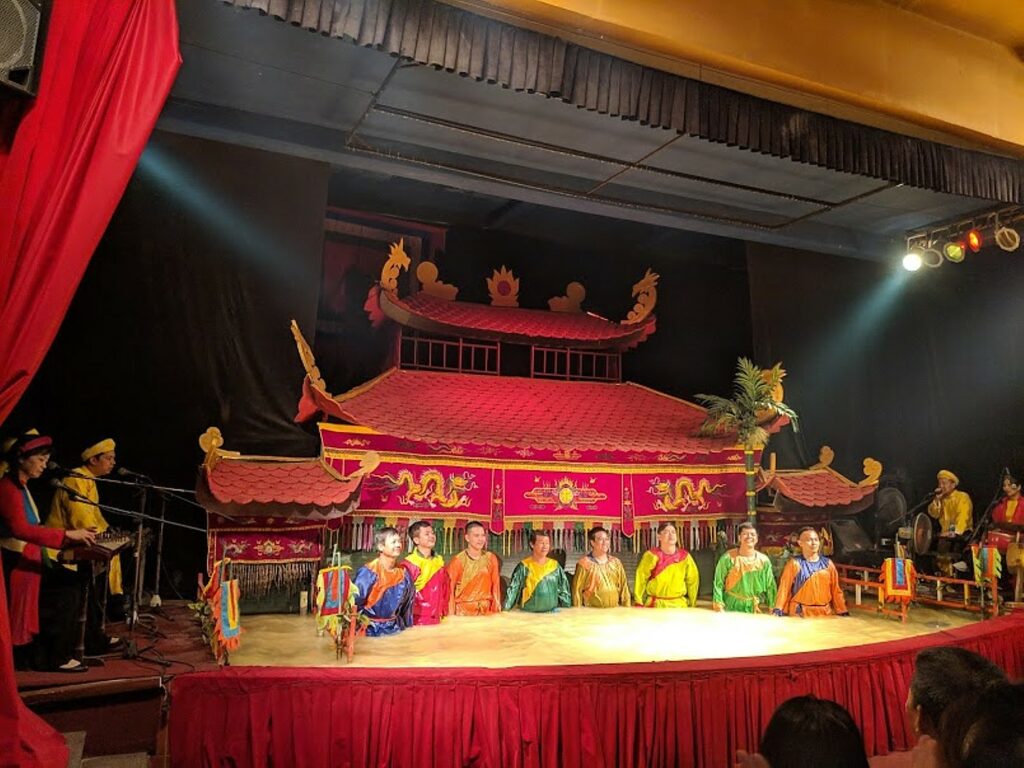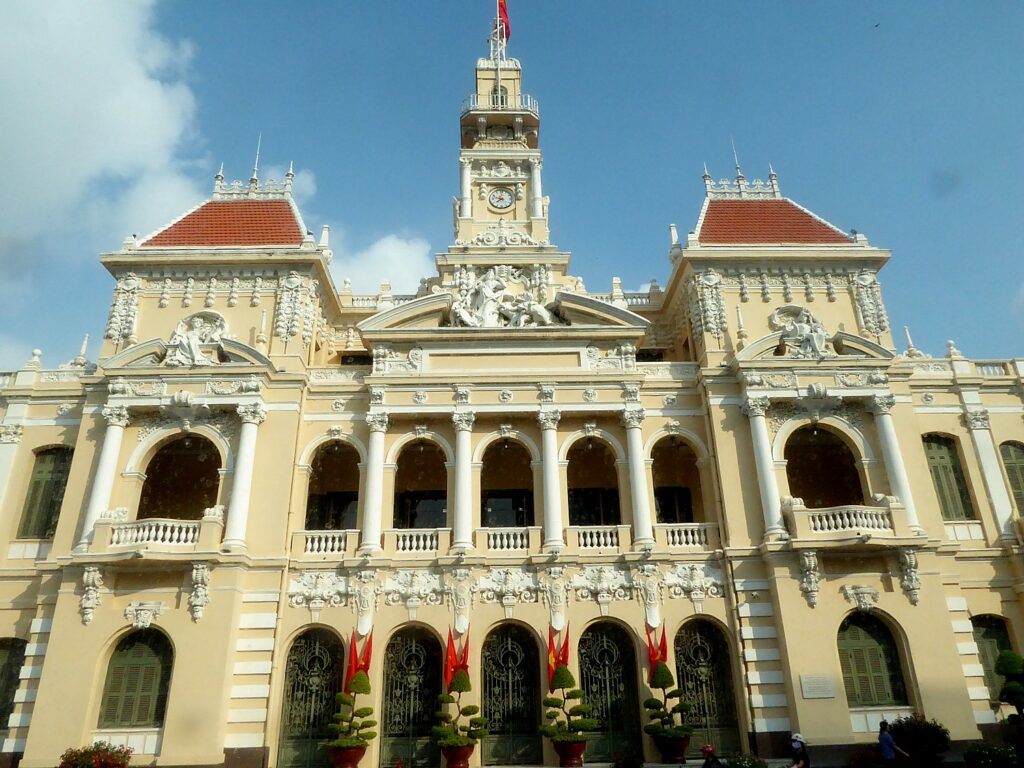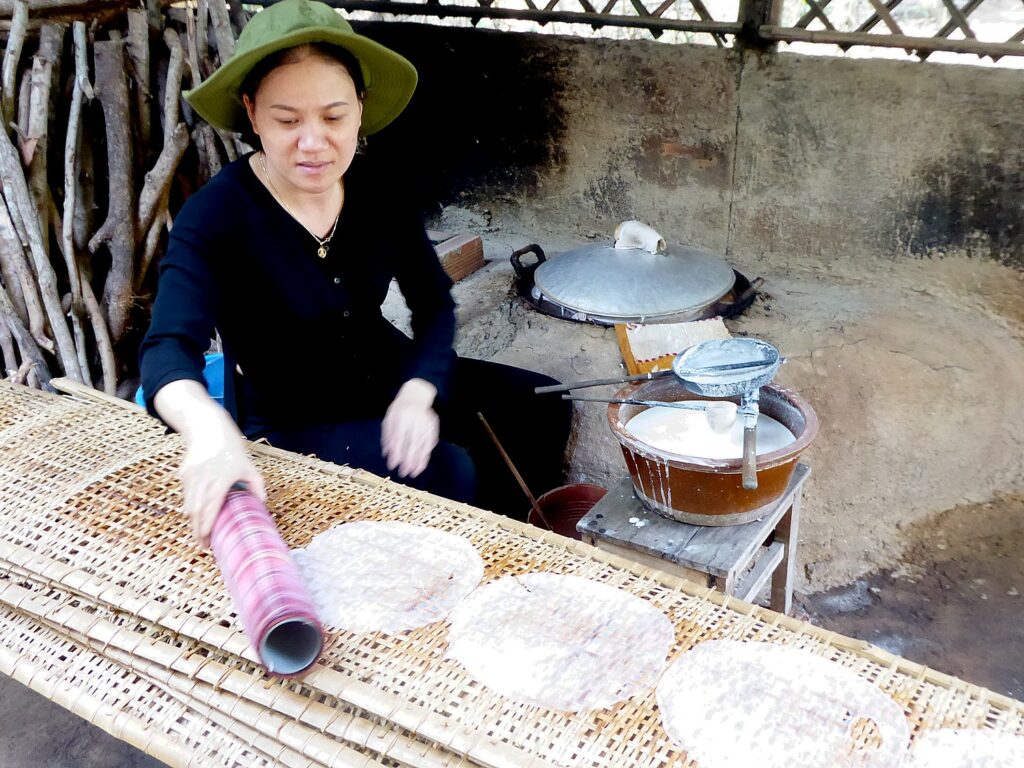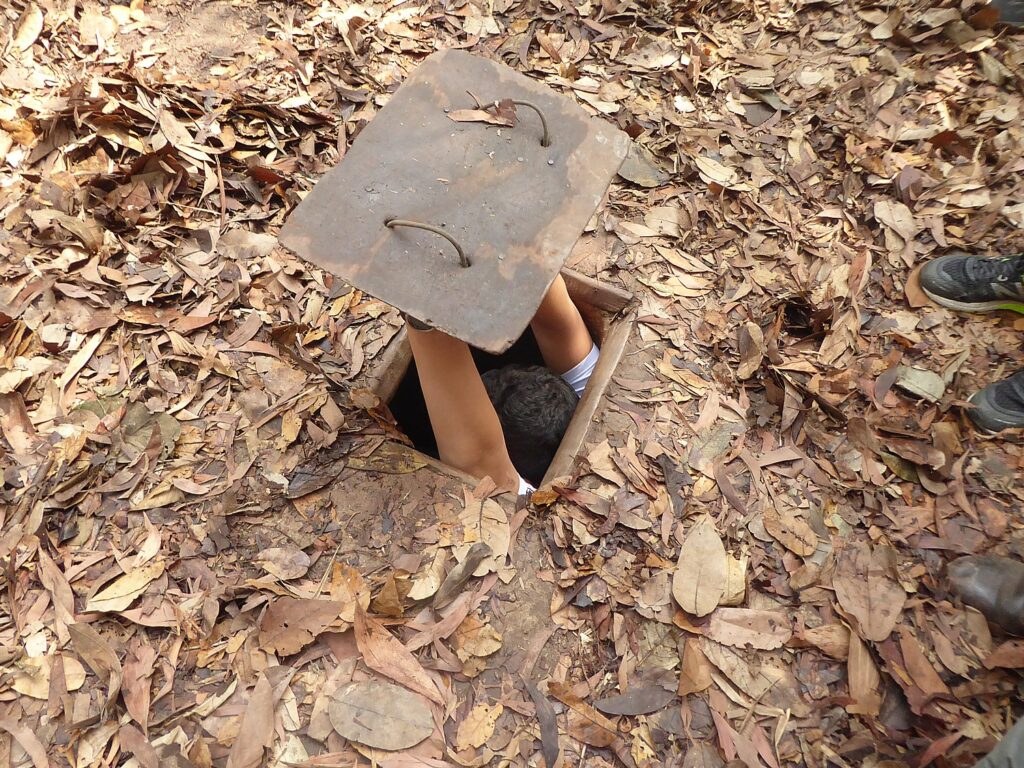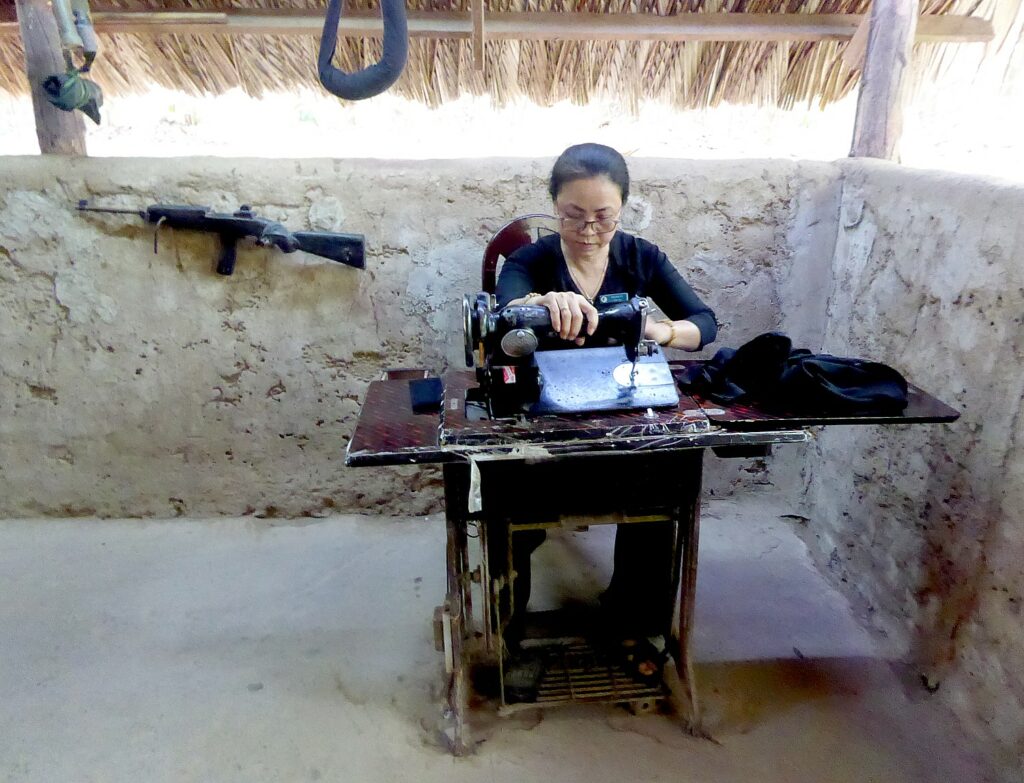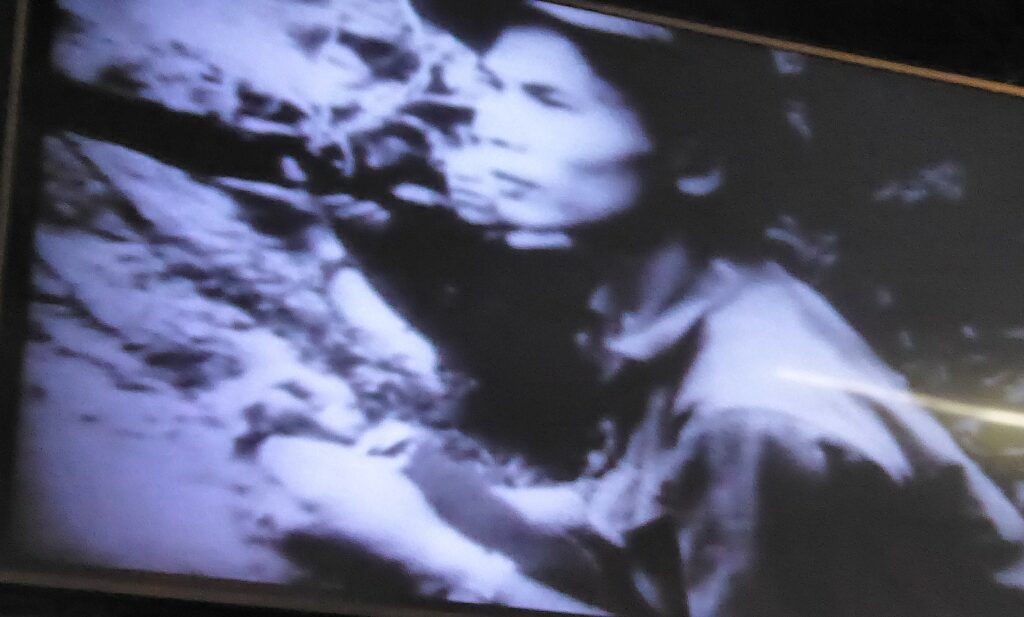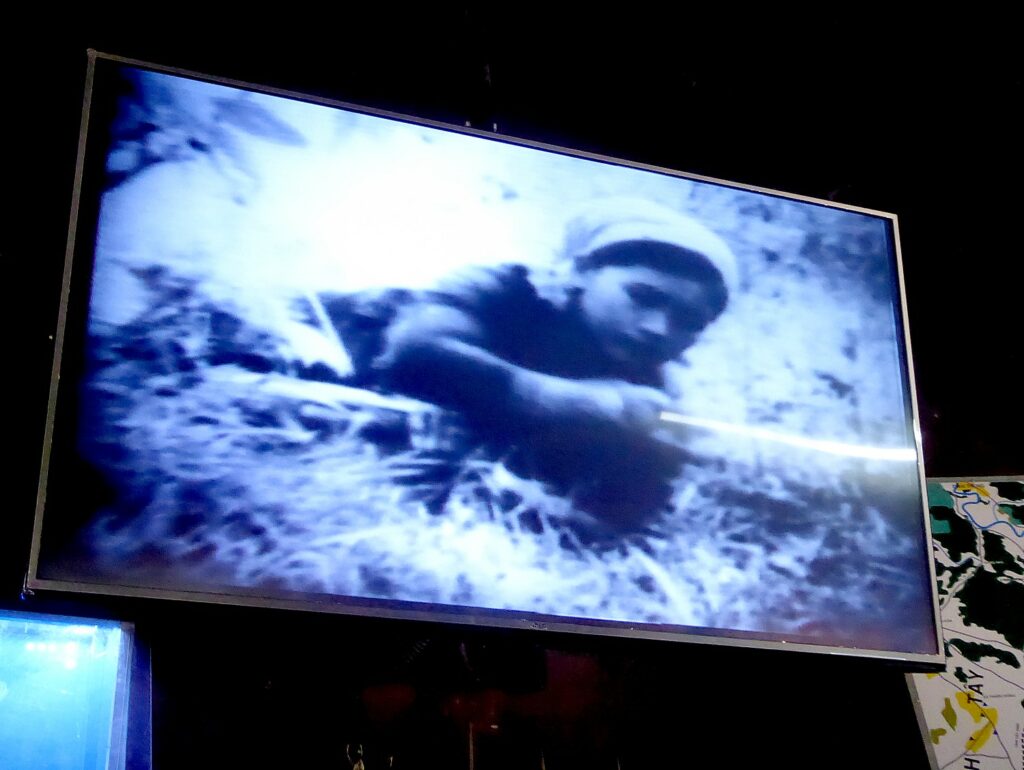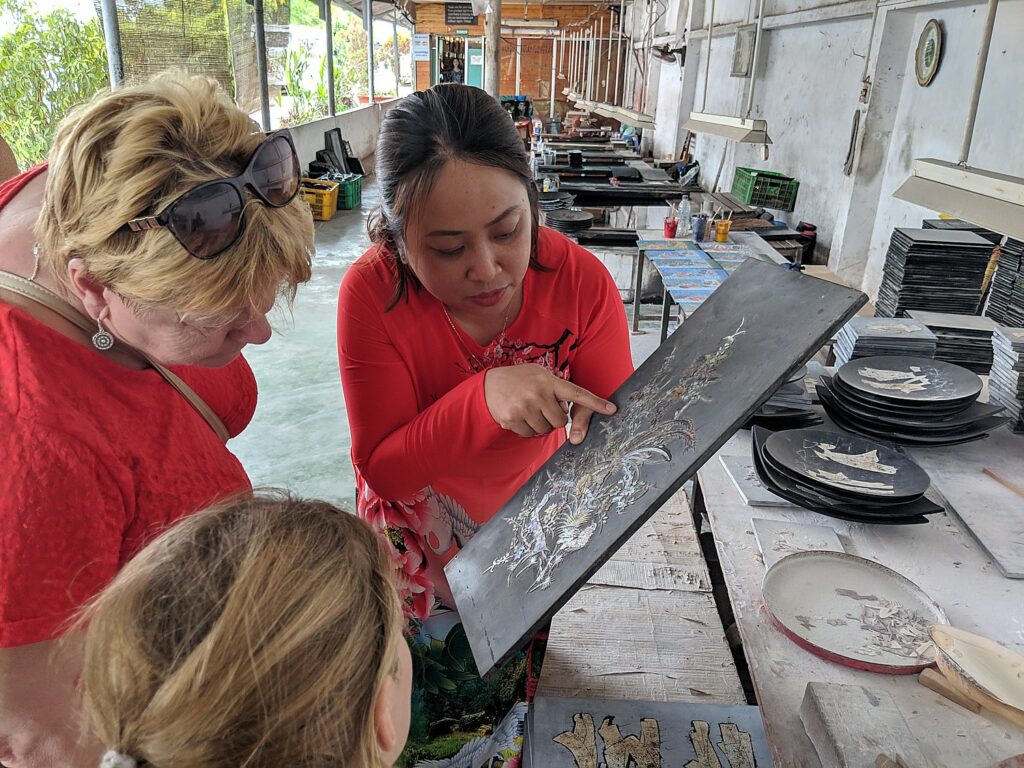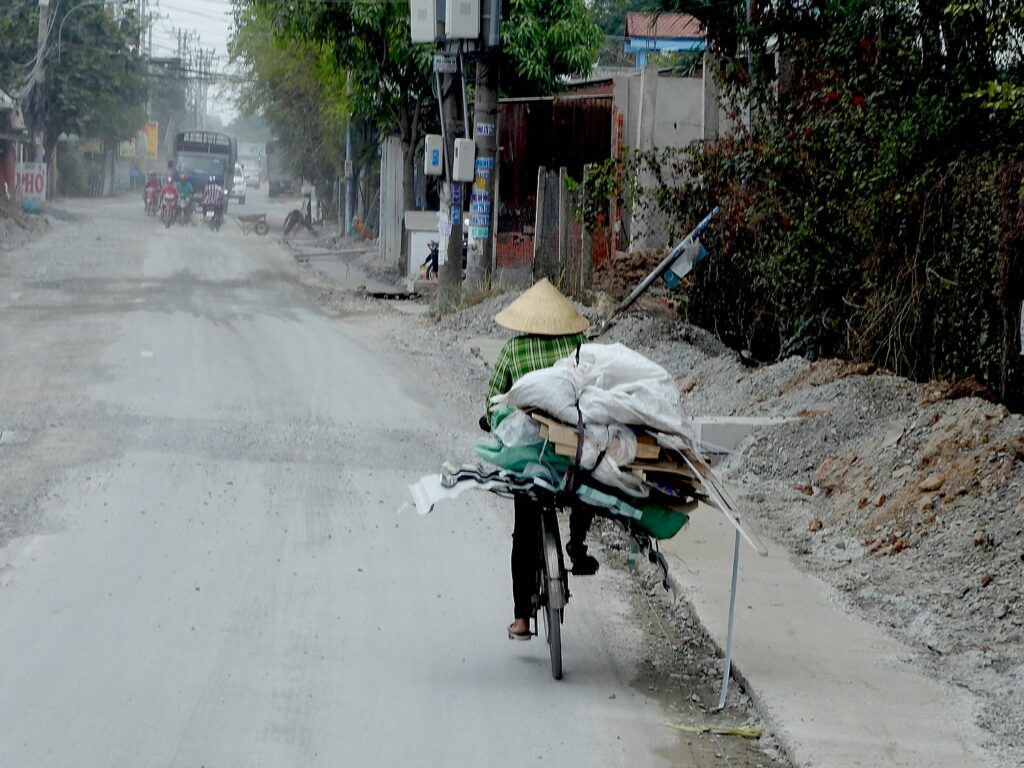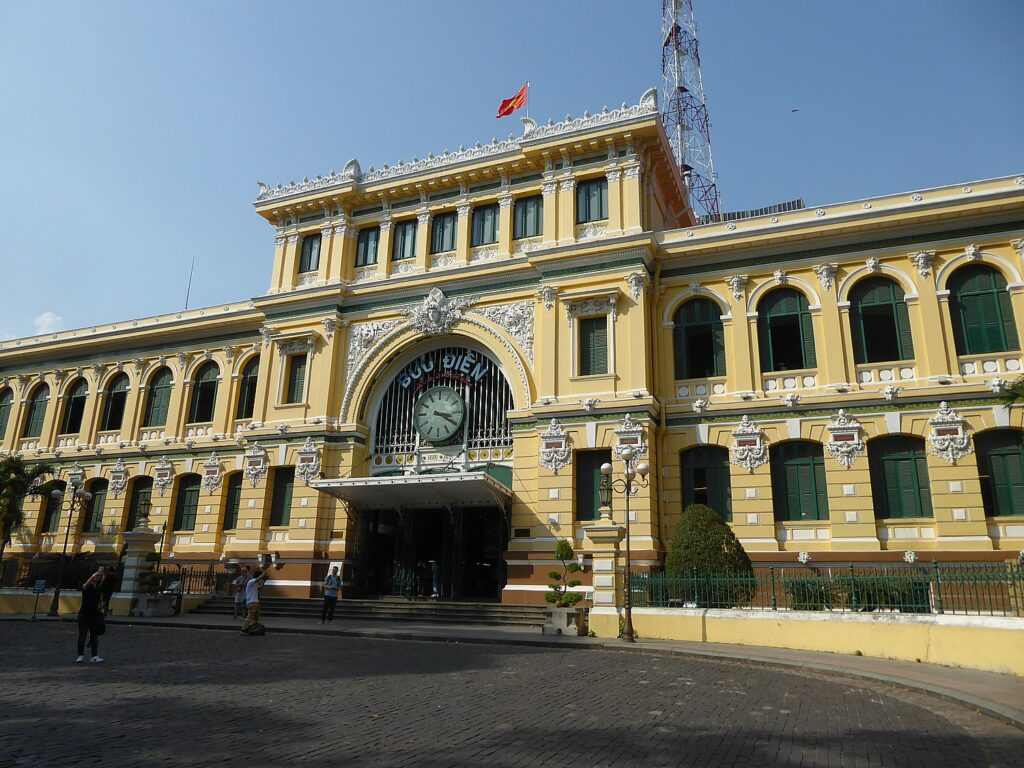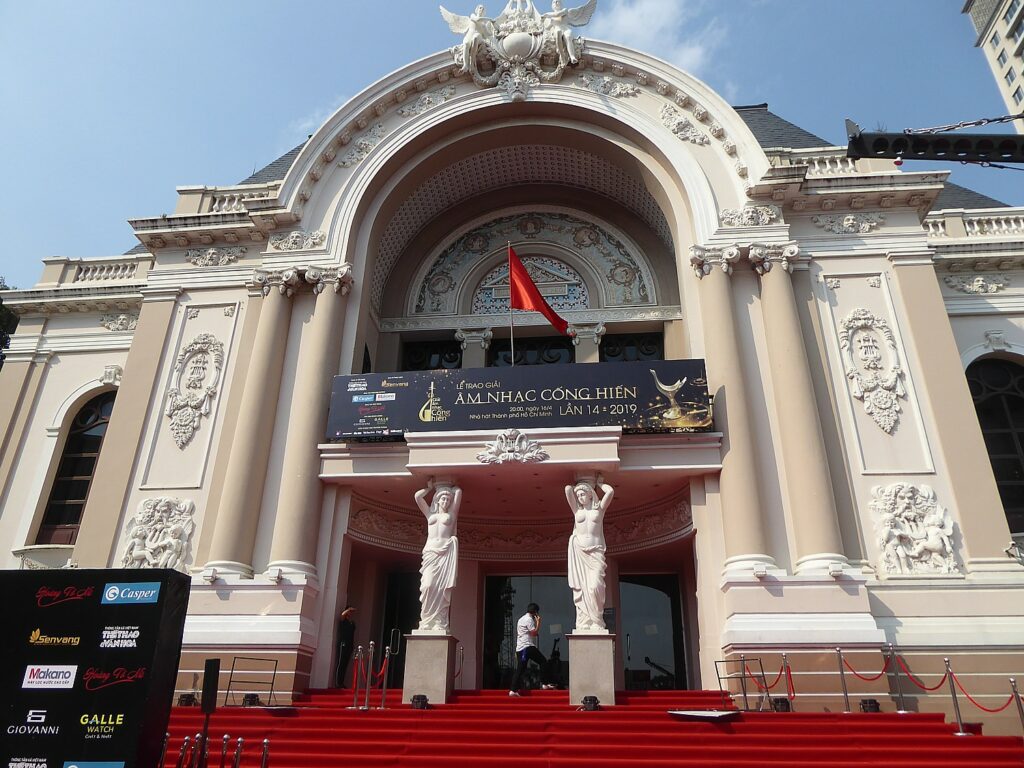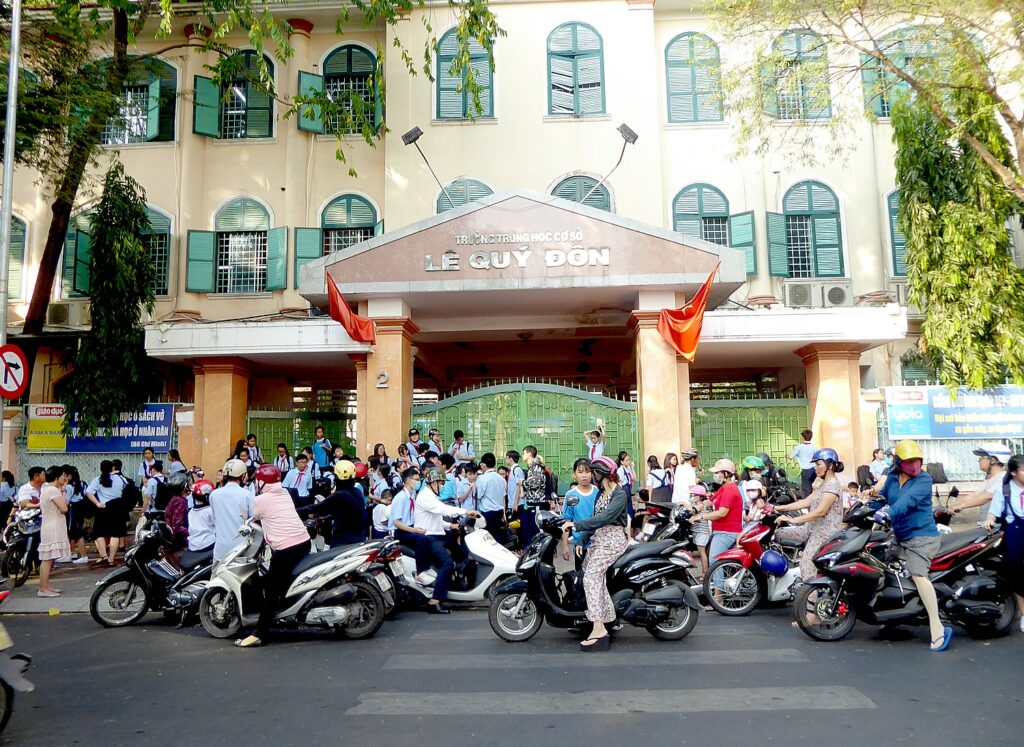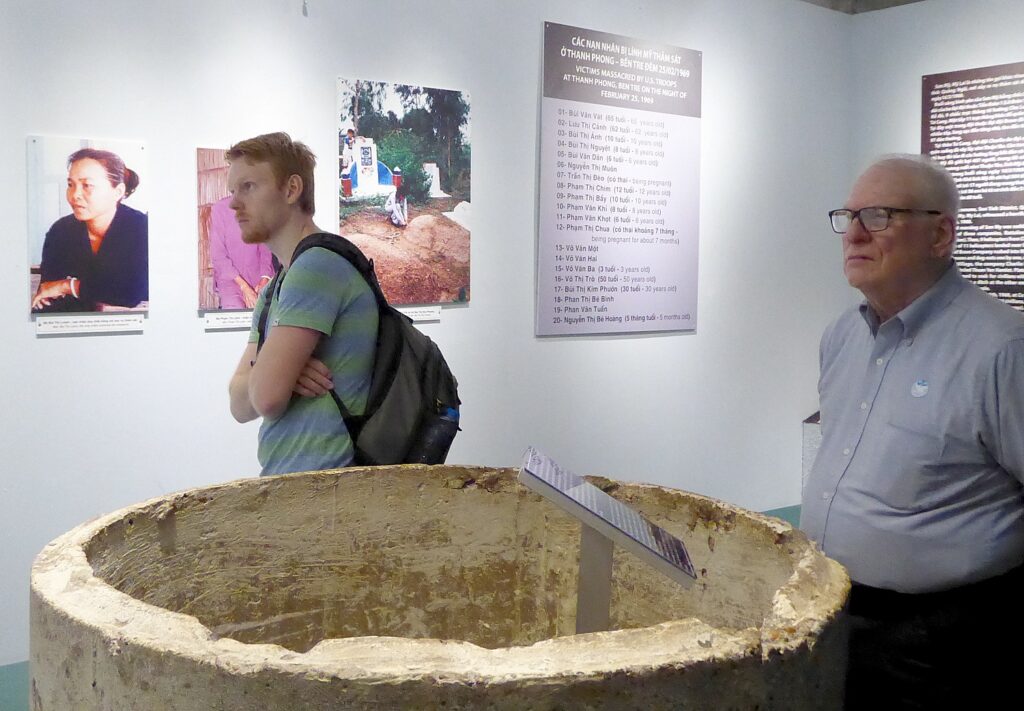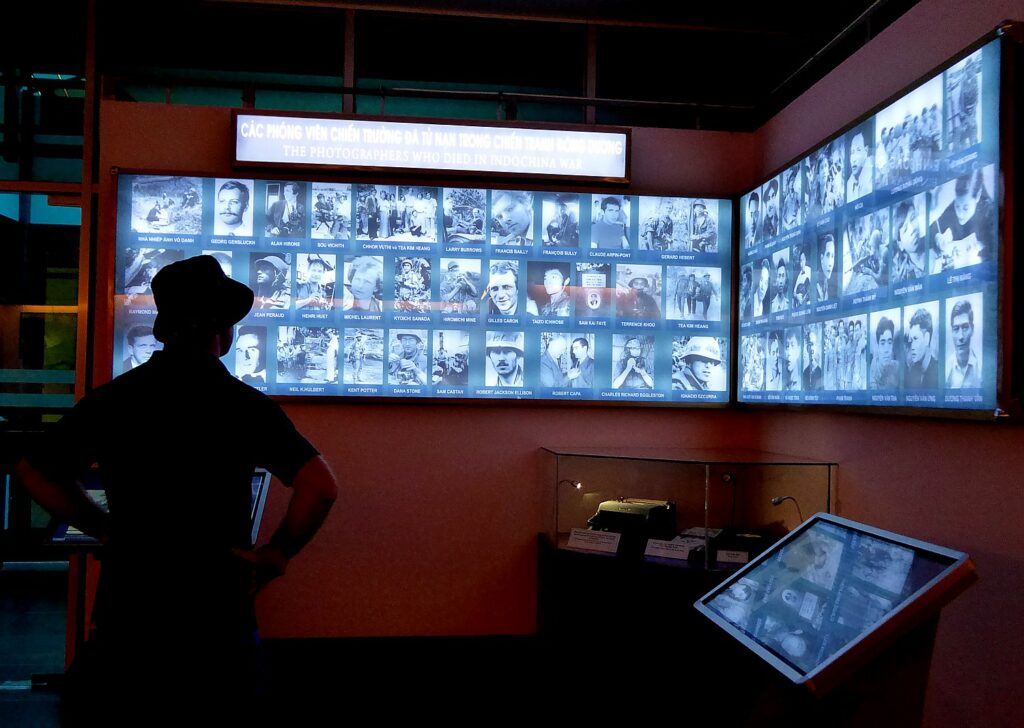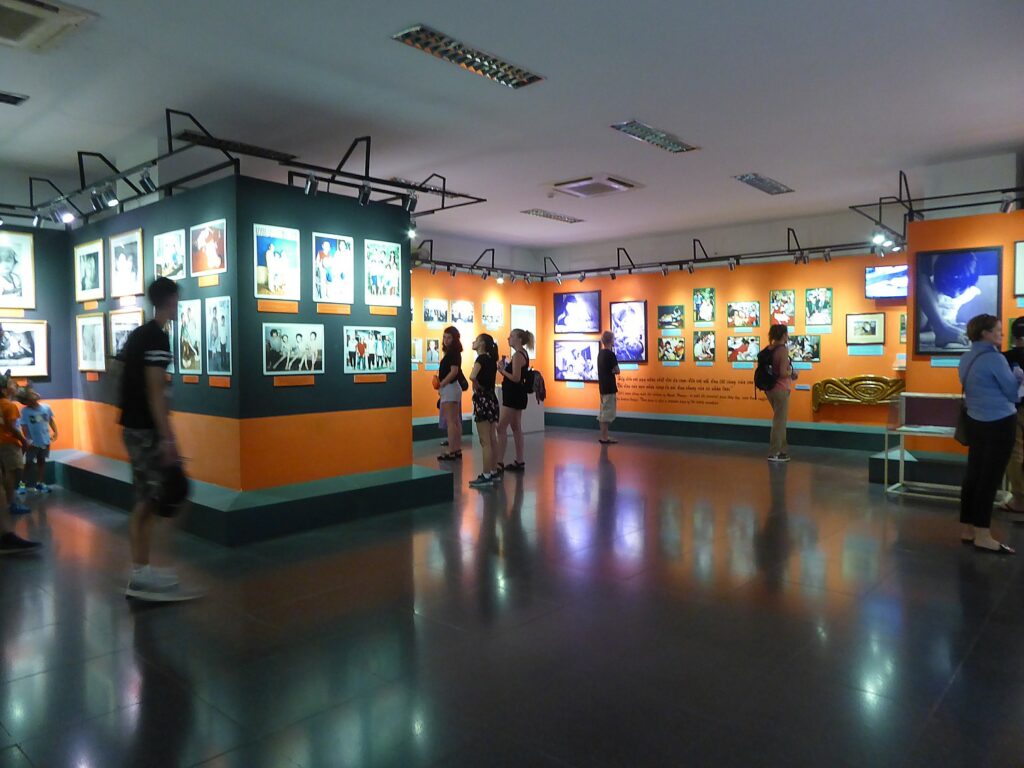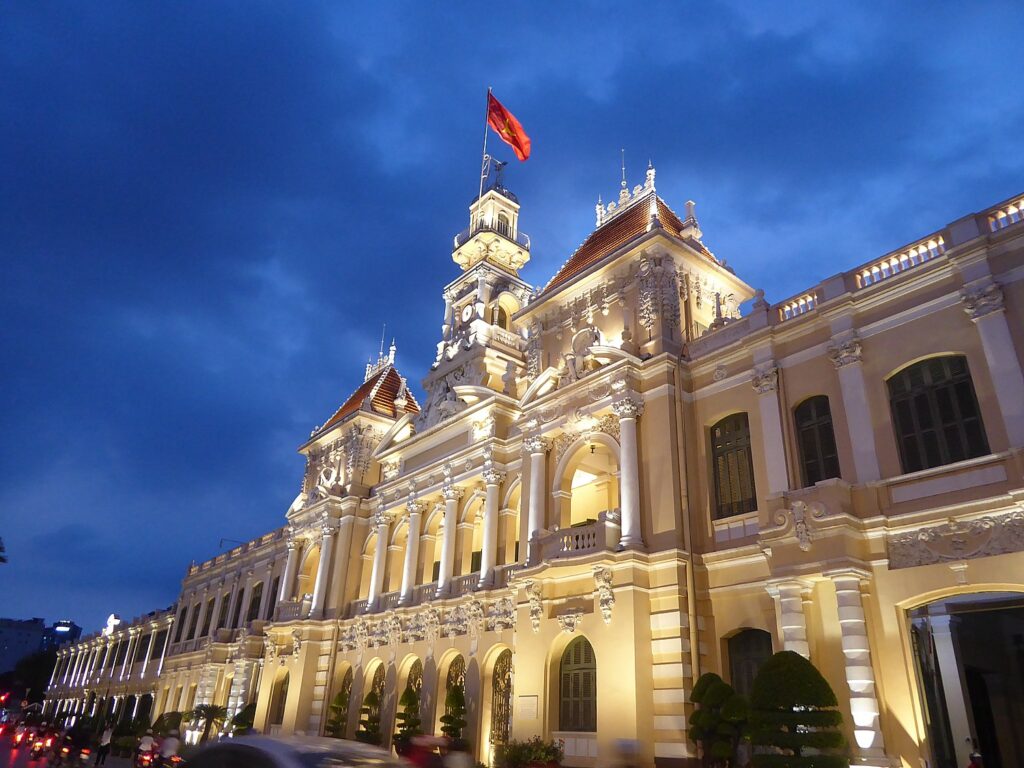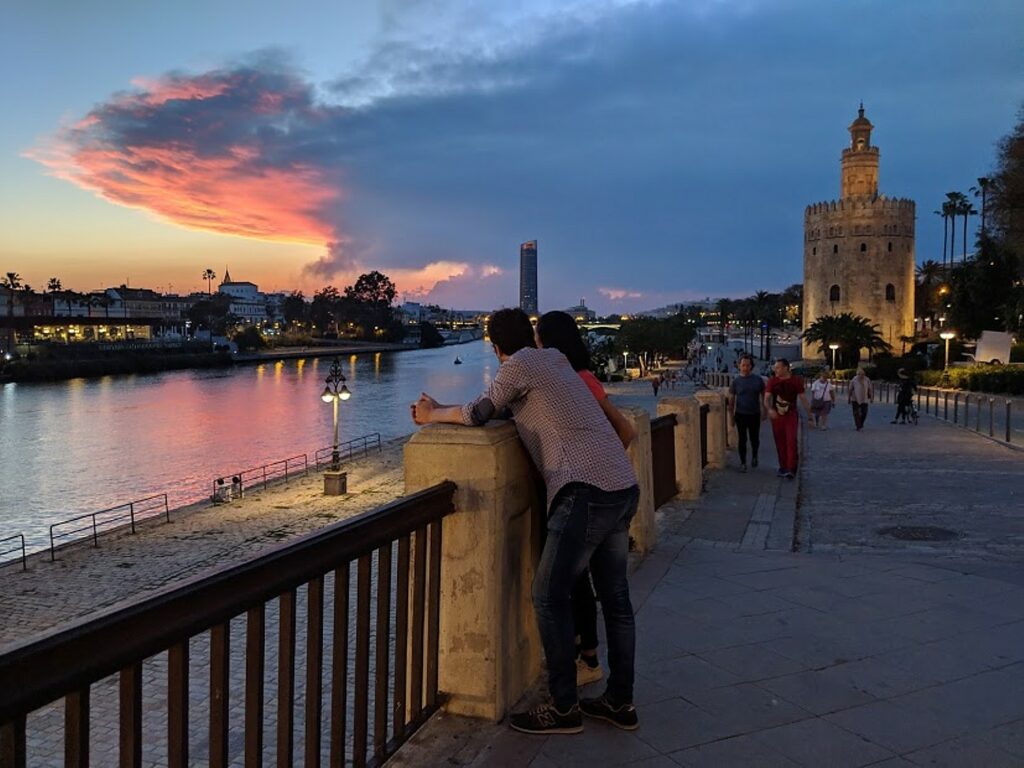
by Karen Rubin, Travel Features Syndicate, goingplacesfarandnear.com
I am overwhelmed by the beauty of Seville, Spain. The bus ride from Le Leigne de la Conception in southernmost point of Spain (the closest bus stop to Gibraltar) as I continue on this leg on the Global Scavenger Hunt that began in Marrakesh, Morocco, has been absolutely beautiful, providing glimpses of farms and villages and graceful wind turbines. As the bus turns into the city, the exquisite architecture, the vast green parks, the bike lanes, the atmosphere is just breathtaking. Even the bus station is magnificently decorated.

I have booked Apartements Hom Sevilla through hotels.com, choosing a place that seemed closest to the city center (0.2 miles) and The Cathedral which seemed the major landmark (0.2 miles) that also was within the budget allotted by the Global Scavenger Hunt (under $100 since my teammate, Margo, went directly to Porto from Gibraltar instead). It is a delightful 15 minute walk from the bus station that literally transports me.
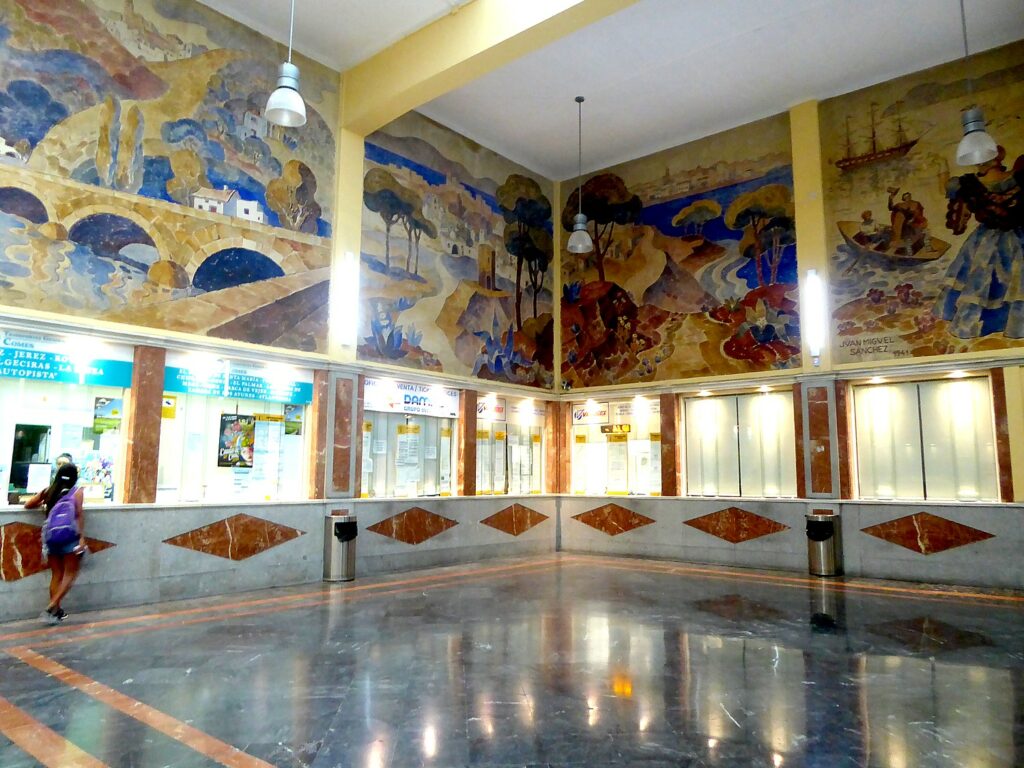
It is the late afternoon and the Cathedral that takes up much of Avenida de la Constitution is bathed in golden light. A tram moves smoothly, virtually noiselessly down the boulevard; cyclists stream by, pedestrians meander by. The hotel is right in the midst of this historic district. The manager, who has been texting me while I was on the bus asking when I expected to arrive and giving me walking directions, is (thankfully) still on duty when I arrive. He shows me how to use the espresso coffee maker in their lounge/lobby (the hotel is self-service after hours) and offers suggestions on how to get around, gives me a map of the city and suggests places to go to restaurants that are less touristic, more typical, and where to get the bus to the airport the next day.

The hotel is absolutely lovely – a modern, chic boutique apartment hotel. I am beyond delighted and think how clever I am to have chosen this ideal place. (Apartamentos Hom Sevilla, Calle Fernández y González 13B, Sevilla, 41001, Spain)
I rush out to catch the remaining light and am treated to an amazing, flaming sunset. I find myself drawn to the historic Torre Del Oro (Tower of Gold), built in the 13th century (1220-1221) during the reign of the Taifa Kings, a time when Spain was invaded by the Moors, to prevent attacks from Christians. Restored in 2005, it apparently got its name because it was covered in lime and straw mortar which would have given it a golden reflection. Over the centuries, the tower has been used as a fortress, a chapel, a warehouse, a prison and even as the Guadalquivir River Company main office. Today it is the Naval Museum and an iconic symbol of Seville.
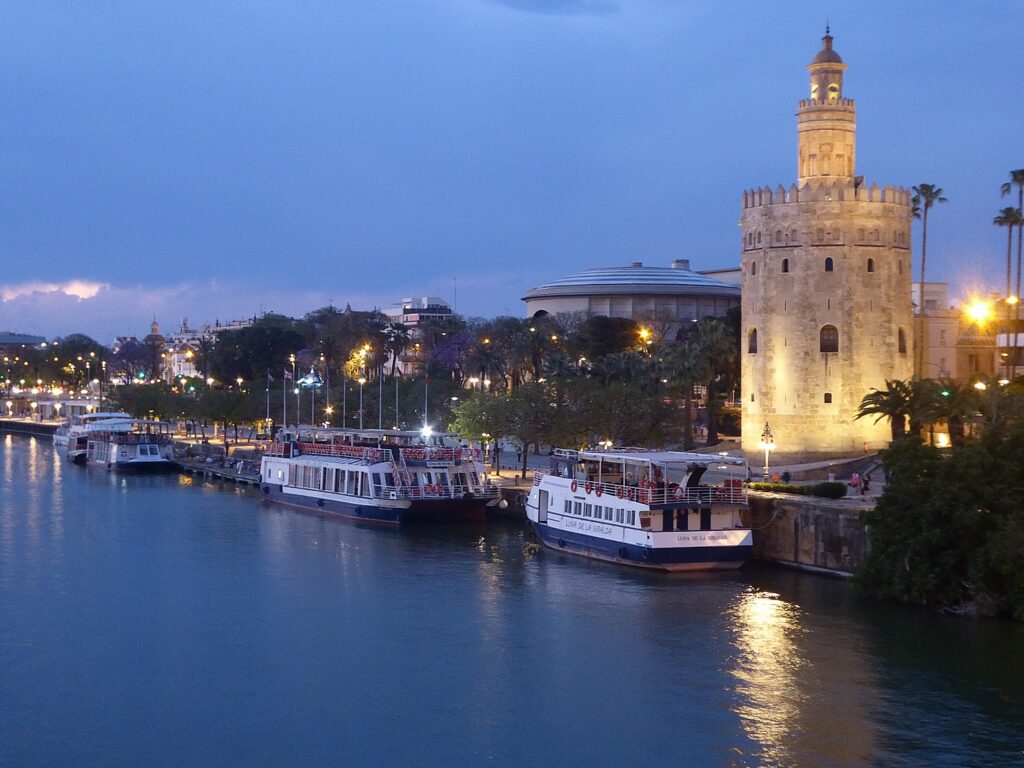
I wander along the river and across the San Telmo Bridge over the Gualdelquivir, which I learn is the only navigatable river in Spain and “has played a leading role in many of the city’s historic moments: sieges, defenses and conquests have been fought on its waters, and exploits and crossings have been forged from its shores.”
I had not realized that the first trip to circumnavigate the world originated from Seville: that in 1519, Ferdinand Magellan began his voyage here; crossing the San Telmo bridge, you can see the armillary sphere that commemorates mile zero of that voyage.
“Seville in the 16th century was the mercantile center of the western world, and its river was the main maritime route for Atlantic traffic for more than 200 years…Seville was known as ‘the city where the world’s heart beats’. Its maritime activity permeated commerce, population, culture, and its own urban development, making it unique,” the visitor bureau notes (www.visitasevilla.es/en/history/guadalquivir-river).
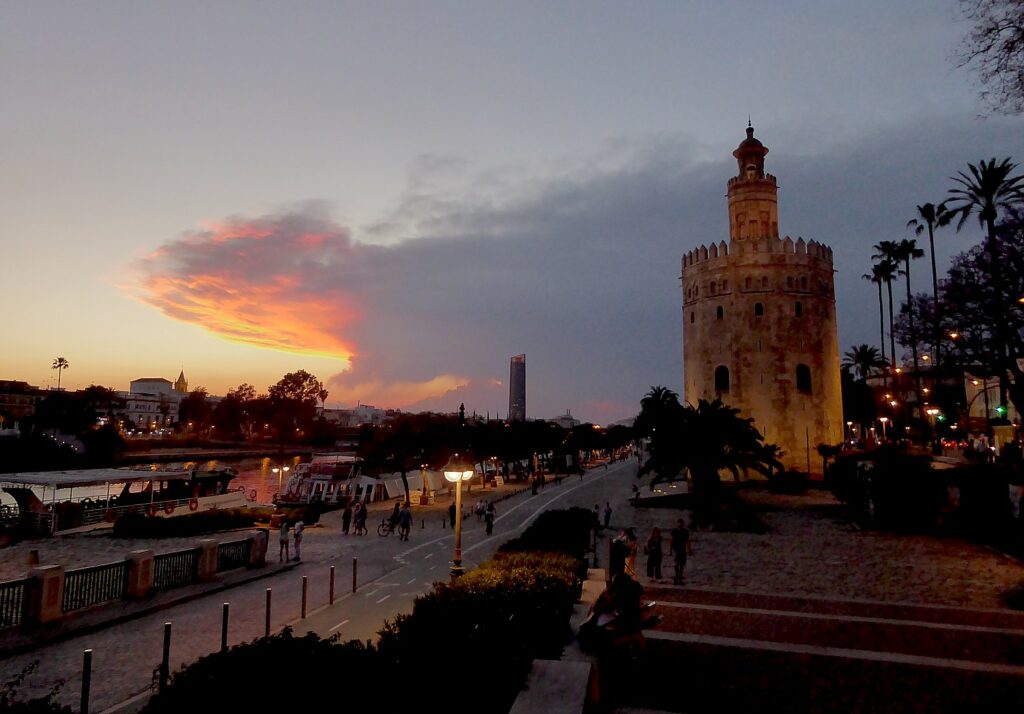
The lights of the city come on, reflected in the cobblestone streets; there are couples along the river bank enjoying the scene. Seville is one of the most beautiful cities I have ever seen. It is a dream.
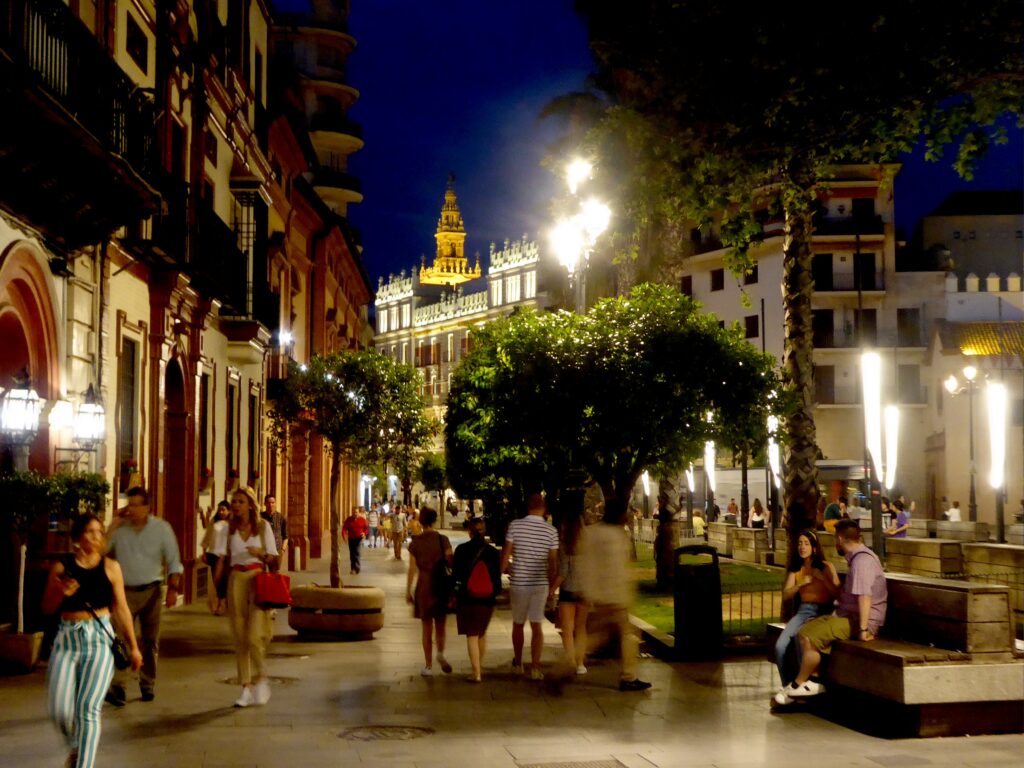
I delight in just walking around, taking in the exquisite architecture, the colors and textures and shapes, the peace of this place. There is such a wonderful feeling that even a fellow riding his bike is singing.
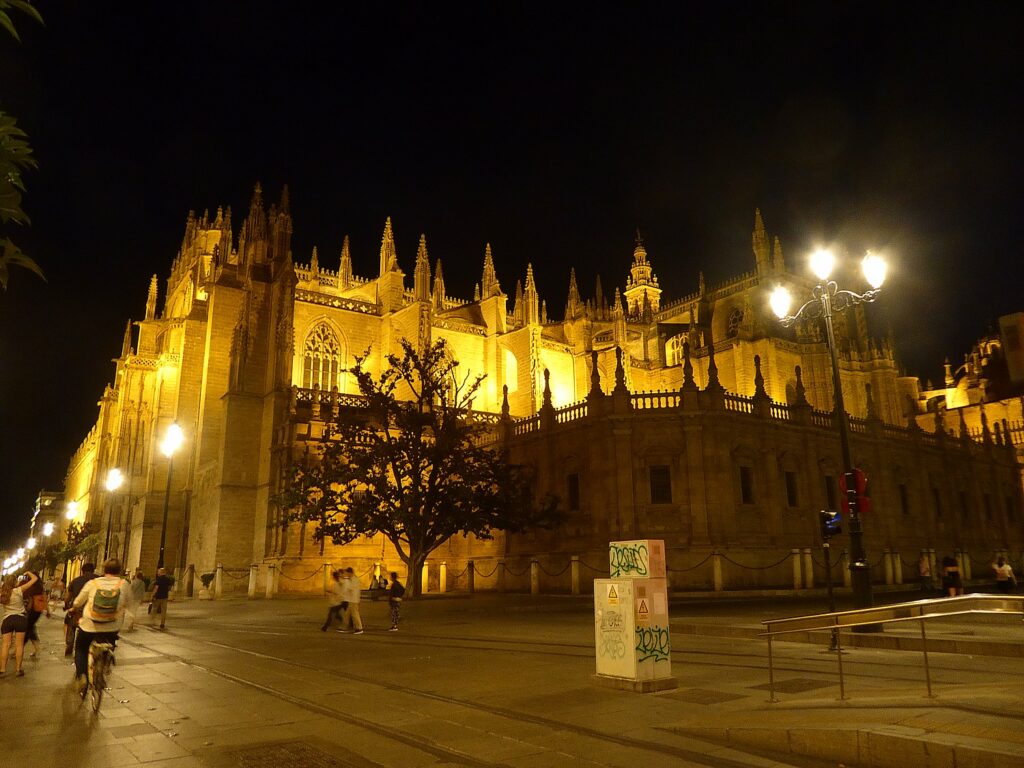

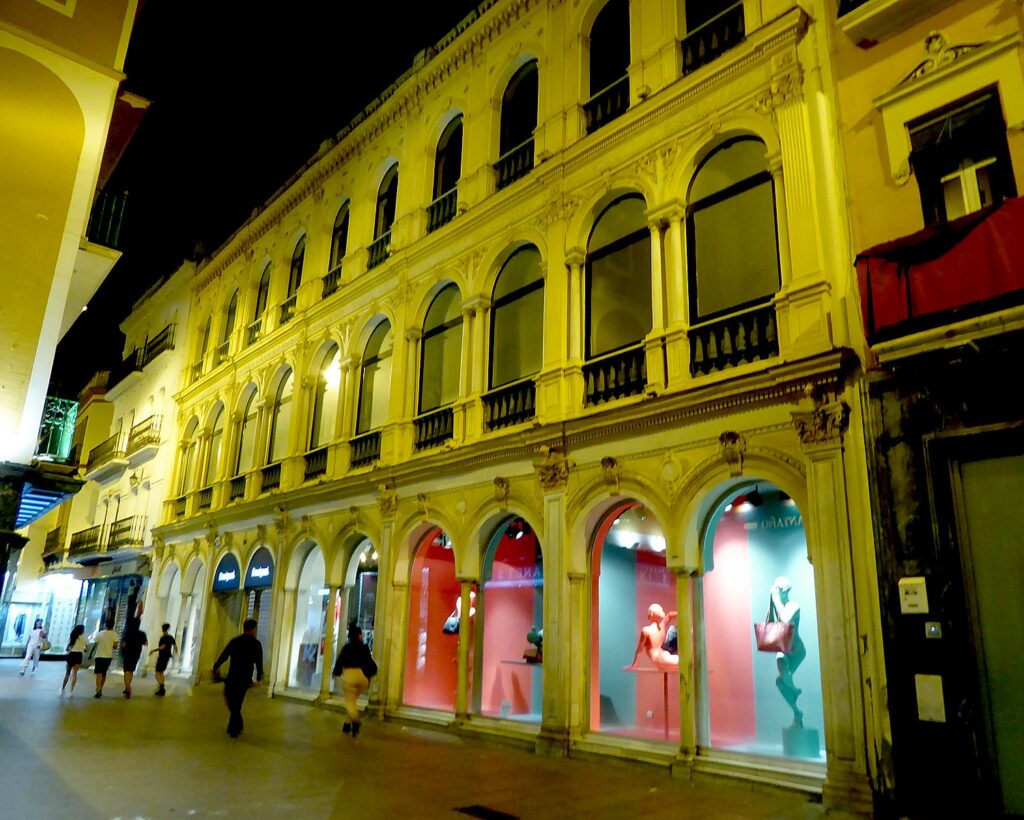
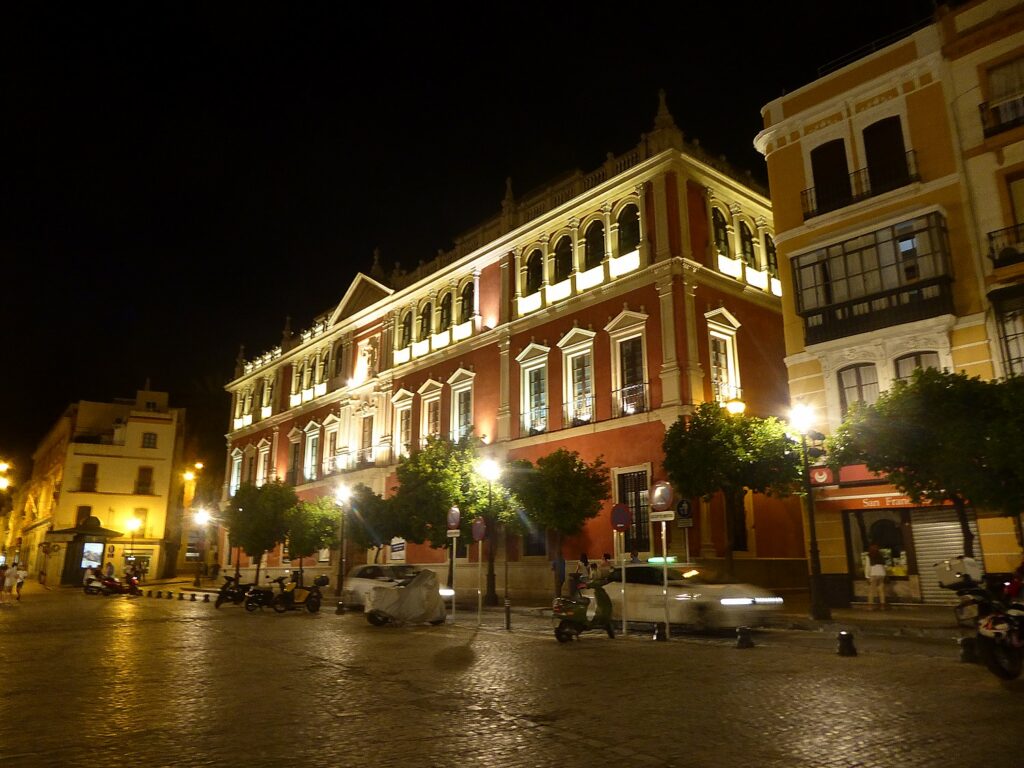
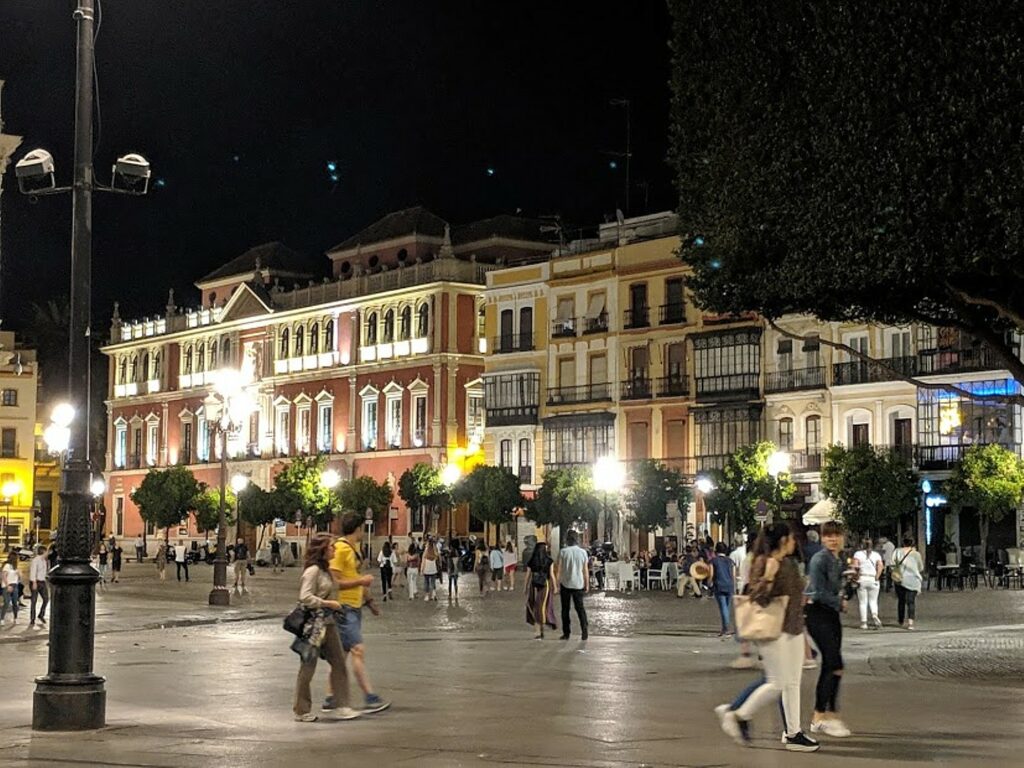
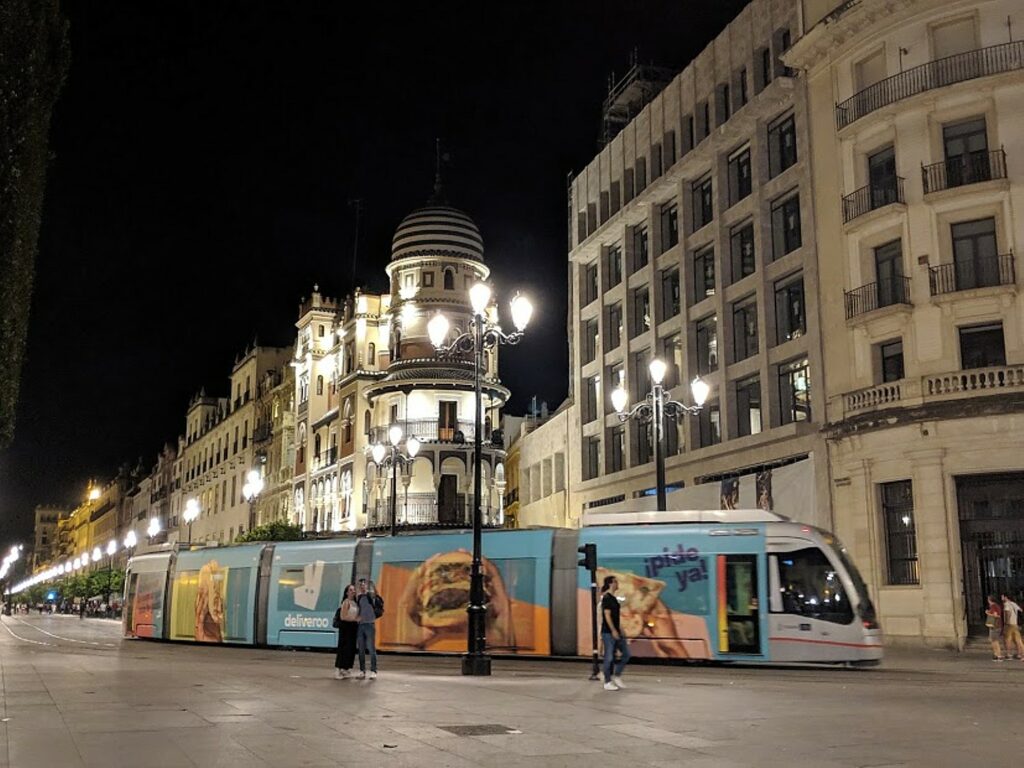
Unfortunately, under the Global Scavenger Hunt challenge, I am only here through early afternoon the next day – having elected to fly out to Porto, rather than take a nine-hour bus ride through Faro and Lisbon to Porto, in order to arrive by the deadline on Friday, 11:30 am. The deadline is pretty firm because we are taking the 3:55 pm flight to New York City, our final stop of the 23-day around-the-world mystery tour. (Those teams that are still in contention are not allowed to fly to Porto; instead, they have to take bus and/or train, a 9-hour proposition from Seville, with stops along the way to do scavenges.)
I plan the morning carefully – getting up extra early to arrange my bags (to avoid paying baggage fees on Iberia Airlines) – and stroll over to the Parque de María Luisa – one of the prettiest parks I have ever seen. It is comparable to Central Park in New York City, the Golden Gate Park in San Francisco and the Ueno Park in Tokyo, in that in addition to being an urban oasis, also contains important cultural sites.
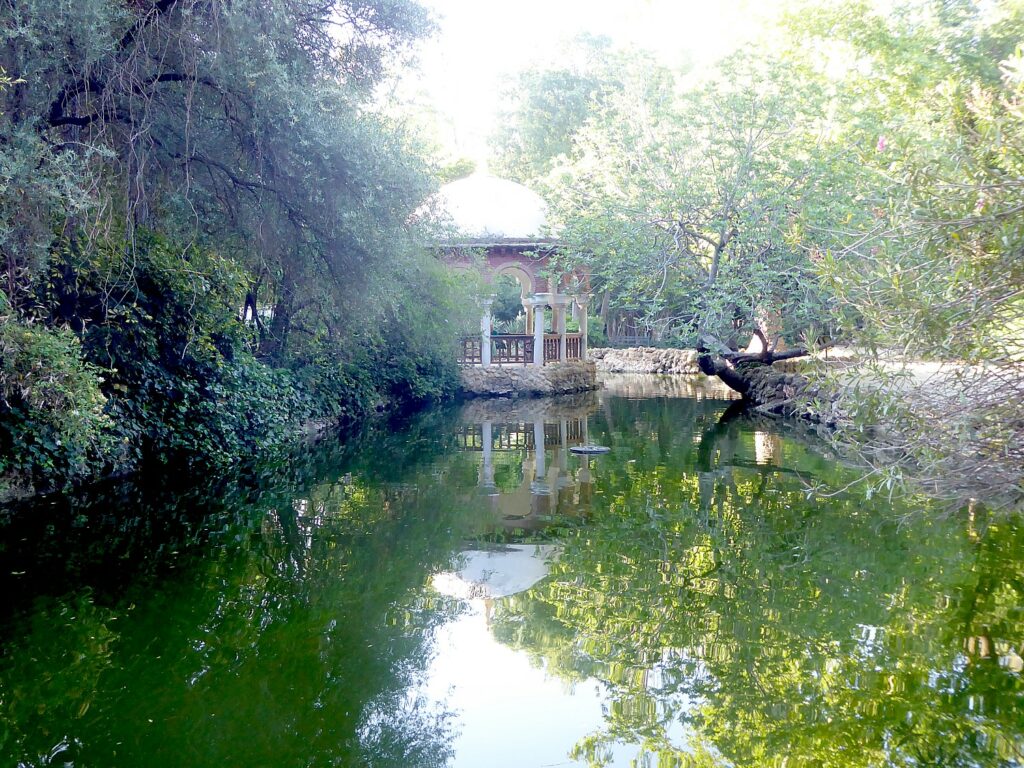

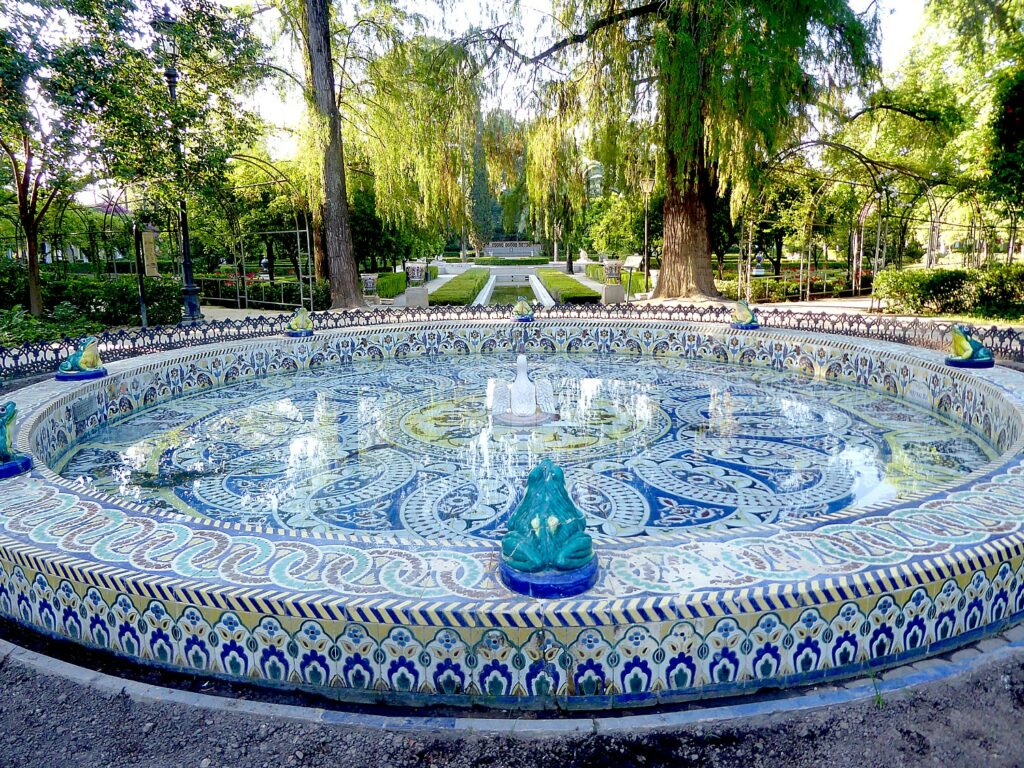
Among them is Plaza de España, the most extravagant of the building projects completed for the 1929 Exposición Iberoamericana (this is reminiscent of Palace of Fine Arts, built for San Francisco’s 1915 Panama-Pacific exhibition). This is a vast brick-and-tile structure features fountains, mini-canals, and a series of tile pictures depicting historical scenes from each Spanish province (one of our Global Scavenger Hunt travelers found her family’s province). Archeological Museum and the Museum of Folk Arts and Traditions. There are row boats and bikes to rent.
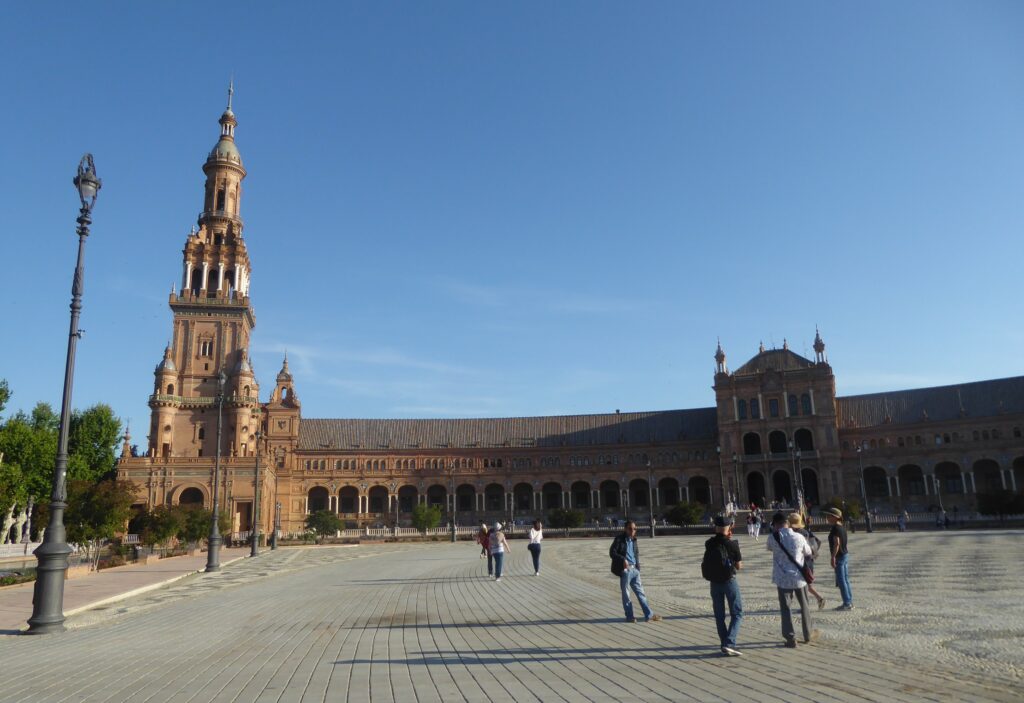
At some point, I find myself in front of a gate with a sign on the wall that says “Juderia,” which, I later learn, turns out to have been the old Jewish Quarter (before Spain evicted Jews, in 1492, known as the Inquisition). It has been converted into a hotel, Las Casas de la Juderia, comprised of a vast complex of interwoven dwellings, a city within a city, a sprawling maze of 27 houses and two palaces, restored to their 15th century glory, literally in the shadow of the Cathedral and the Alcázar (https://www.lascasasdelajuderiasevilla.com/en/).
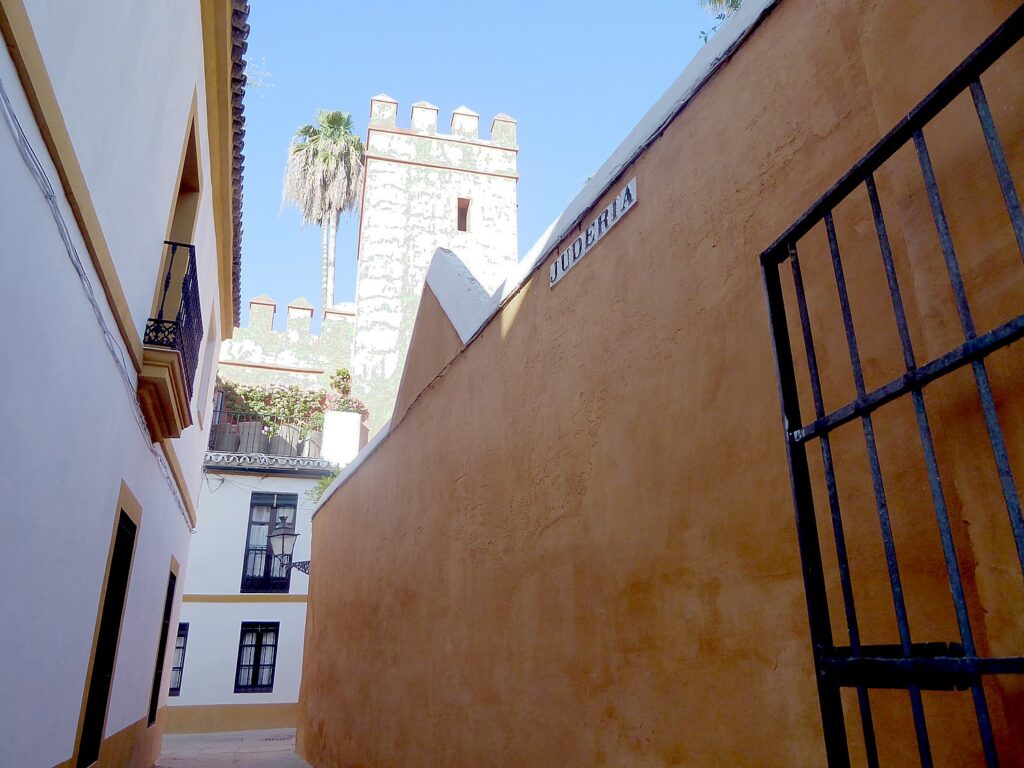
“Unmistakably Spanish, the family-run hotel is an alluring retreat hidden right in the heart of the city,” writes Trafalgar, a tour company which features this “accommodation with a story” in its Seville program.
“At Las Casas de la Juderia, you‘ll tread in the footsteps of nobility and even royalty. Over the centuries, Christopher Columbus, The Duke of Bejar and The Count of Villamanrique have all stayed here. In fact, after returning from America, Columbus’s men all resided in these houses. Perhaps most compelling of all is the network of subterranean tunnels connecting houses commissioned by former owner, the Duke of Segorbe. You can wander through these today; in fact, breakfast is taken in the captivating underground Hall of Mirrors.” (https://blog.trafalgar.com/2018/02/26/stays-stories-sevilles-las-casas-de-la-juderia/)
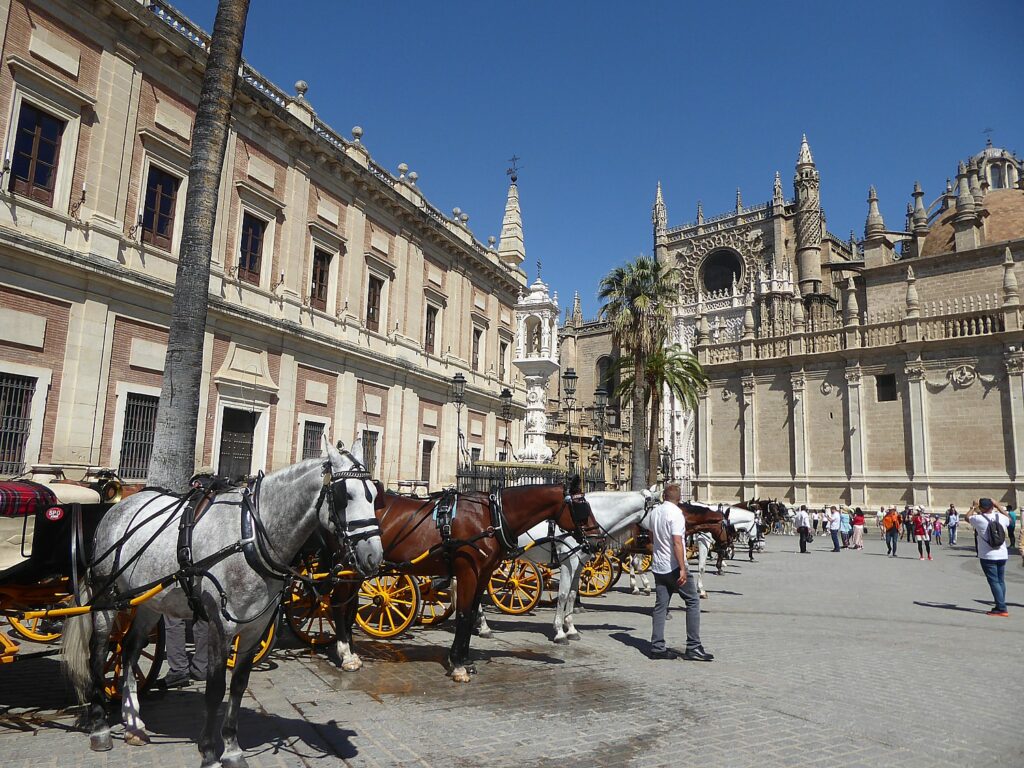
I get lost walking to the Real Alcázar, the major attraction in Seville and for my limited time here, which costs me dearly. By the time I arrive at 9:38 am (it opens at 9:30 am) there are what seems 1000 people ahead of me on the line for people (like me) without pre-purchased tickets, and a guard who only lets in a handful of people every 20 minutes. At first, I don’t understand the sign that says (“Limited access, 4-5 hours wait”) for those without pre-purchased tickets (recommended to purchase online, they give you a time to come, or visit in the afternoon, https://realAlcázarsevilla.sacatuentrada.es/en) who go in on a separate line. As it turns out, my wait is 3 ½ hours, but It is touch-and-go as to whether I would get in with enough time to see the Alcázar before having to get back to the hotel, pick up my luggage, and get to the bus to go to the airport.
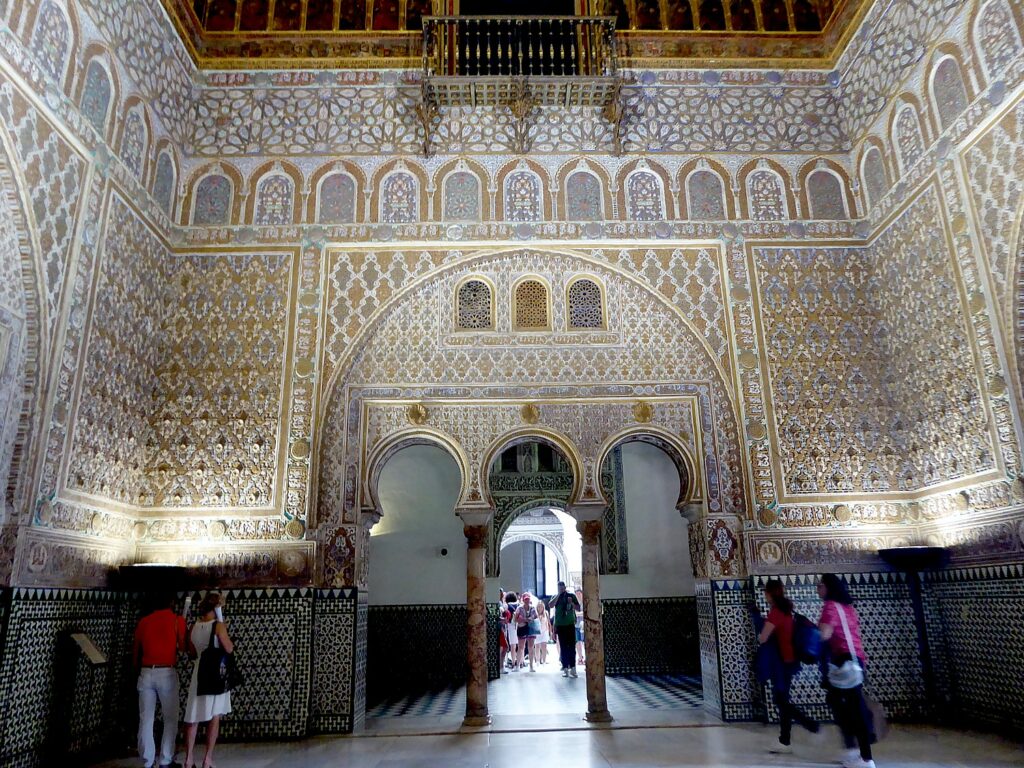
Finally, at 1 pm, just at my absolute deadline, the guard lets me in to the Alcázar and I take advantage of the senior rate (3E versus 11E, so even the limited time is well worth it; Mondays offer free admission). I have to be out by 2:30 pm.
Though you take loads of photos, none can do the Alcázar justice because the beauty is in the exquisite details of architecture, pattern in the decoration, the symmetry, the delicacy and grace, the ambiance, how you are constantly surprised by beautiful images and scale. You look up at magnificent ceilings, at the gorgeous archways, the passages that lead on and on. I think I have seen it all in about 45 minutes, only to discover two other palaces and gardens. (A separate ticket is required to visit the personal apartments still used by the royal family when they visit Seville).
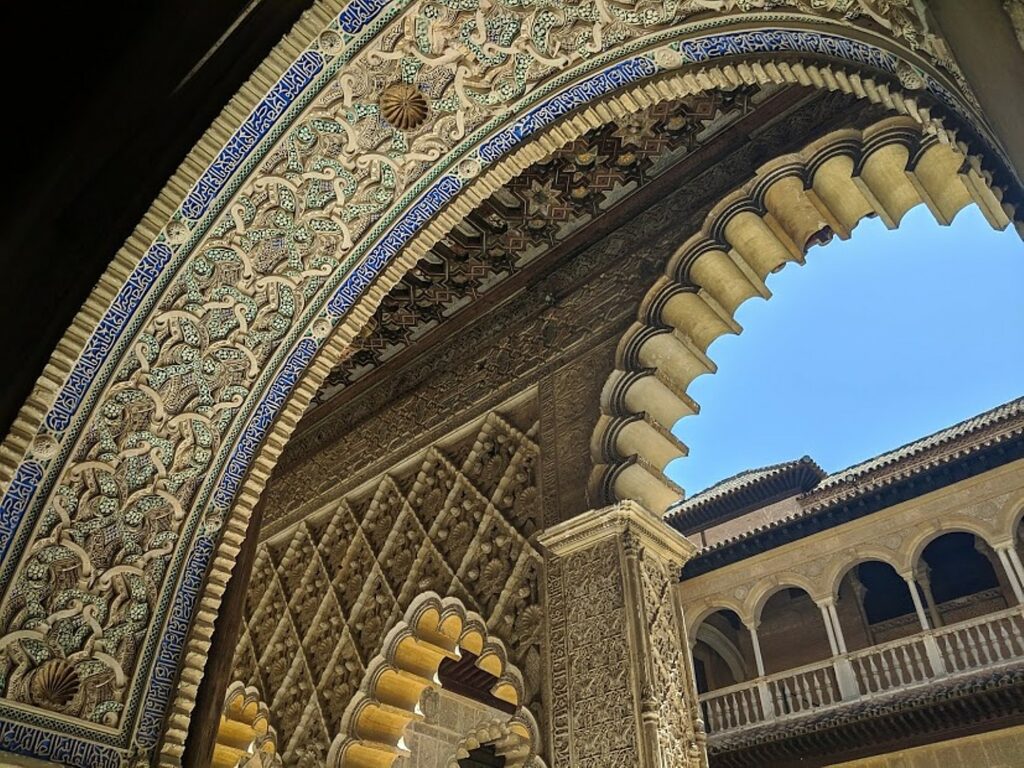
The Alcázar royal palace complex that was originally developed as a fort in 913 was built for the Christian king Peter of Castile by Castilian Christians on the site of an Abbadid Muslim fortress, destroyed after the Christian conquest of Seville and reflects the mix of the different architectural cultures. The palace is a preeminent example of Mudéjar architecture in the Iberian Peninsula and renowned as one of the most beautiful.

It has been built and rebuilt and modified many times in the last 1000 years, most spectacularly in the 14th century when King Pedro added the Palacio de Don Pedro. I wonder how many people waiting with me on the long, long line have been intrigued to visit because the Alcázar was featured as a location for the Game of Thrones TV series. The Alcázar has been a UNESCO World Heritage site since 1987.
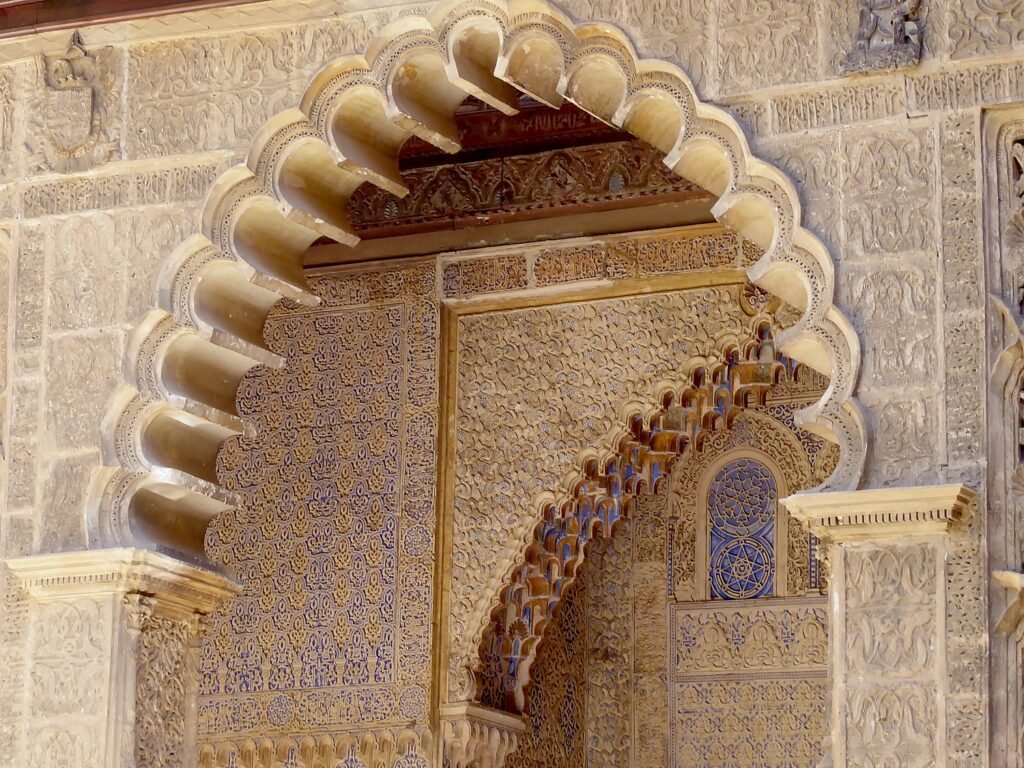
A guided tour would be helpful here, especially since there do not seem to be any notes or guided material, and I have to go quickly through, just taking in the stunning visual images and details. I reconstruct the details later from various sources (See www.lonelyplanet.com/spain/seville/attractions/real-alcazar/a/poi-sig/411802/360736)
We enter through the Puerta del León (Lion Gate) on Plaza del Triunfo, to the Patio del León (Lion Patio), which was the garrison yard of the original Al-Muwarak palace. The Sala de la Justicia (Hall of Justice), with beautiful Mudéjar plasterwork and an artesonado (ceiling of interlaced beams with decorative insertions) was built in the 1340s by the Christian King Alfonso XI. It leads to the Patio del Yeso, part of the 12th-century Almohad palace reconstructed in the 19th century.
You wind through what seems a maze of rooms and courtyards and porticos:
The Hunting Courtyard was where hunters would meet before hunts with King Pedro. The Casa de la Contratación (Contracting House) dates from 1503 to control trade with Spain’s American colonies. The Salón del Almirante (Admiral’s Hall) houses 19th- and 20th-century paintings showing historical events and people. The Sala de Audiencias (Chapter House) is notable for its tapestries.
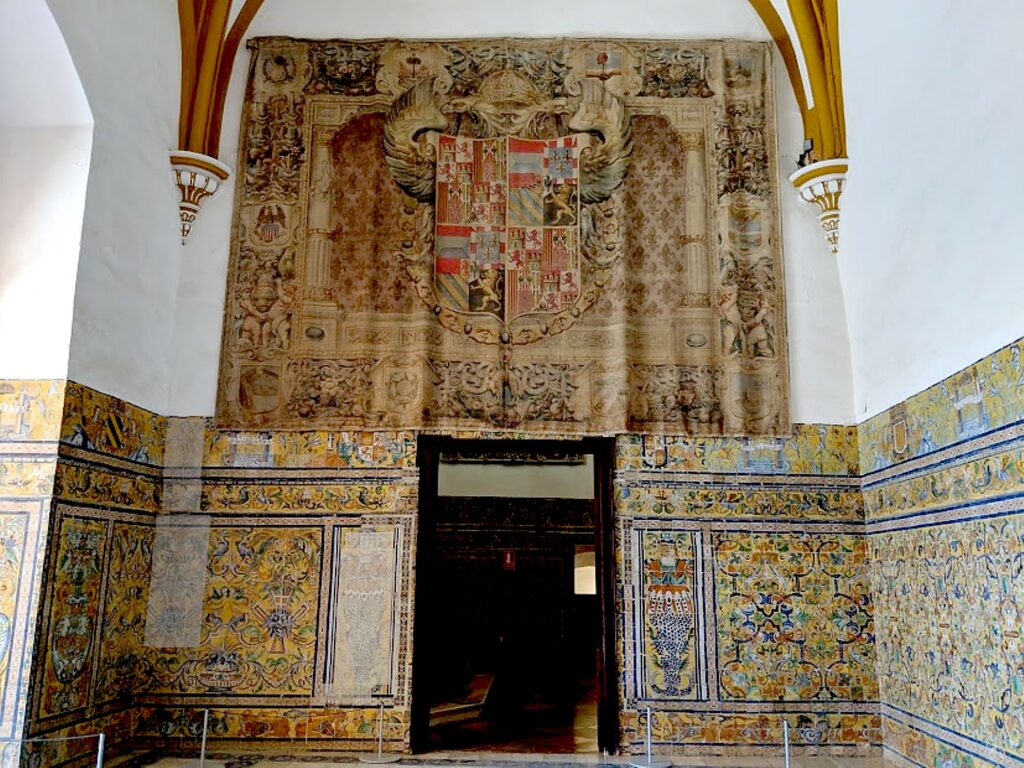
Palacio de Don Pedro, also known as the Palacio Mudéjar, “is considered Seville’s single most stunning architectural feature. King Pedro, had an alliance with the Muslim emir of Granada, Mohammed V, who was responsible for much of the decoration at the Alhambra. When Pedro decided to build a new palace in the Alcázar in 1364, Mohammed sent many of his top artisans, who were joined by others from Seville and Toledo. Drawing on the Islamic traditions of the Almohads and caliphal Córdoba, the result is a synthesis of Iberian Islamic art.”
The Patio de las Doncellas (Patio of the Maidens) is surrounded by beautiful arches, plasterwork and tiling. A sunken garden was discovered by archaeologists in 2004 from under a 16th-century marble covering.
The most spectacular room in the Palacio is the Salón de Embajadores (Hall of Ambassadors) which originally was Pedro I’s throne room.
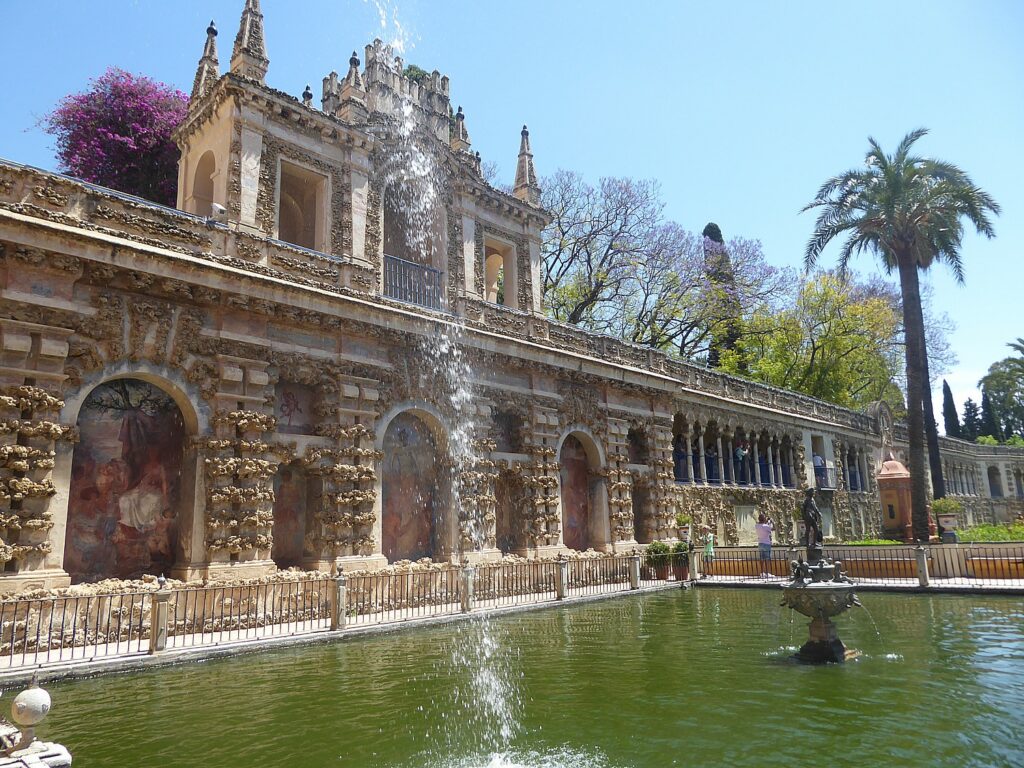
I come upon the breathtaking formal gardens with pools and fountains. From one, the Jardín de la Danza (Garden of the Dance), a passage runs beneath the Salones de Carlos V to the Baños de Doña María de Padilla (María de Padilla Baths). I find myself in the vaults beneath the Patio del Crucero with a grotto that replaced the patio’s original pool.
Above the gardens is the Galeria de Grutesco, a raised gallery with porticoes fashioned in the 16th century out of an old Islamic-era wall. There is also a hedge maze that adds to the romance and mystery of the Alcázar.
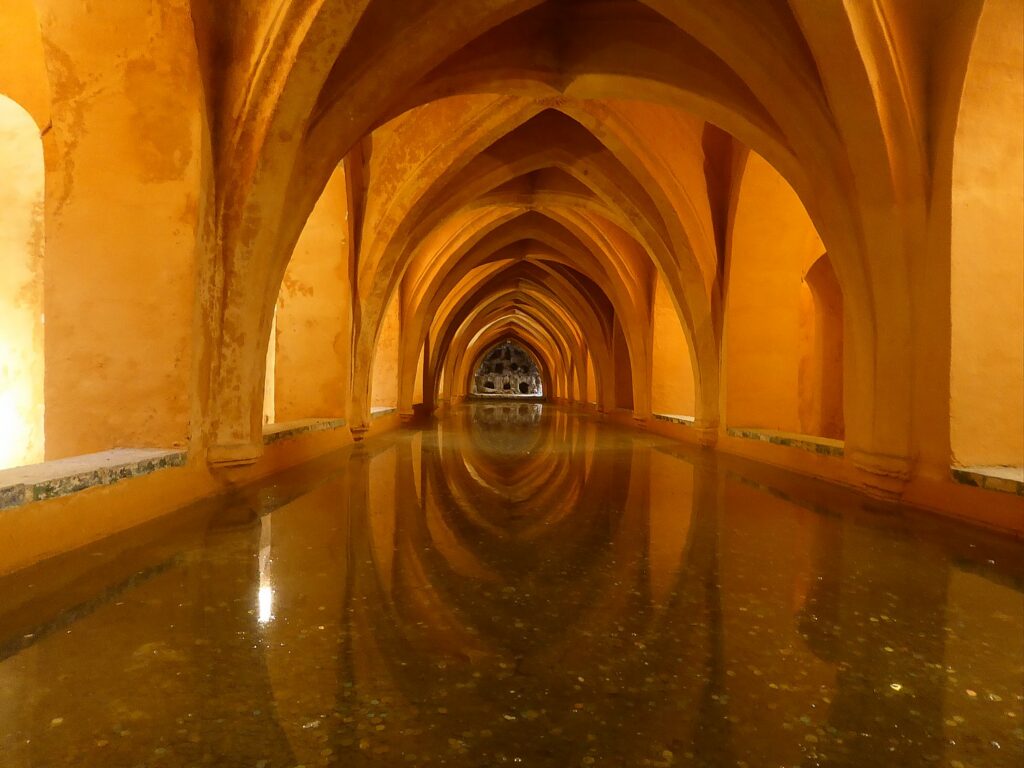
The Alcázar is still a royal palace. In 1995 it hosted the wedding feast of Infanta Elena, daughter of King Juan Carlos I, after her marriage in Seville’s cathedral (another magnificent structure to visit which was too crowded for me to fit into my too brief visit). The Cuarto Real Alto (Upper Royal Quarters), the rooms used by the Spanish royal family on their visits to Seville, are open for guided tours (€4.50; half hourly 10am to 1.30pm). Highlights of the tours include the 14th-century Salón de Audiencias, still the monarch’s reception room, and Pedro I’s bedroom, with Mudéjar tiles and plasterwork. Unfortunately, I don’t have the time to visit myself.
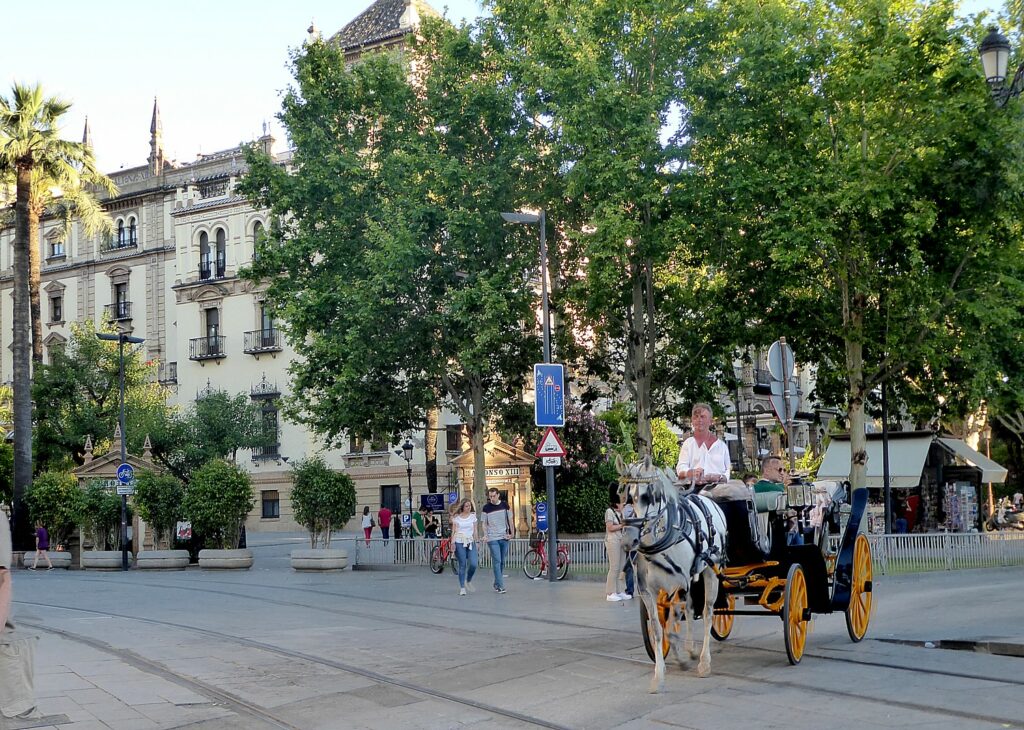
Mindful of the time, I walk back to the hotel along the beautiful promenades, get a coffee gelato as my lunch, and get myself to the bus station for the airport.
(More information at www.visitasevilla.es)
Porto, Portugal
I arrive in Porto at about 8 pm after changing planes in Madrid (by now I am second-guessing whether I should have instead taken the nine-hour bus from Seville to Porto). Coincidentally, I meet up with two other teams from the Global Scavenger Hunt at the airport who are following the same route.
They take an Uber from the Porto airport to the Sheraton Porto Hotel; I hop on the Metro, amazed at the convenience and speed of the service and low cost (just about $3 to get into town about 20 minutes from the airport). The hardest part is figuring which way to walk from the station which happens to be quite dark, but a kindly person points me in the right direction. It’s about a 15 minute walk to the hotel.
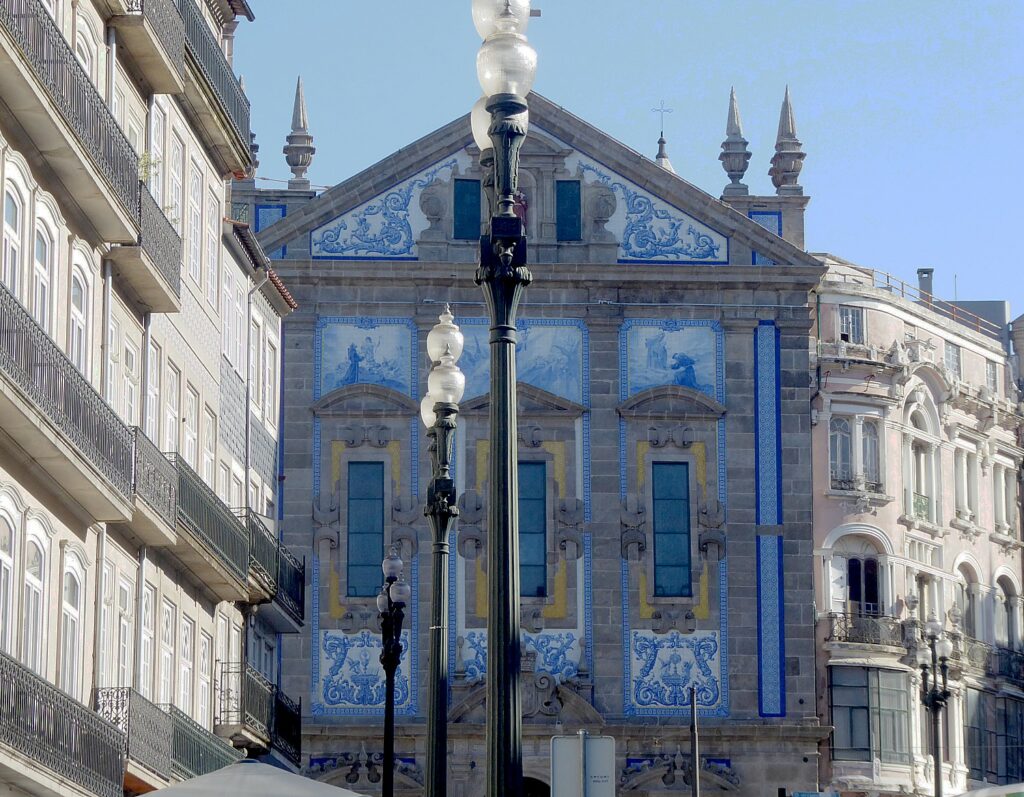
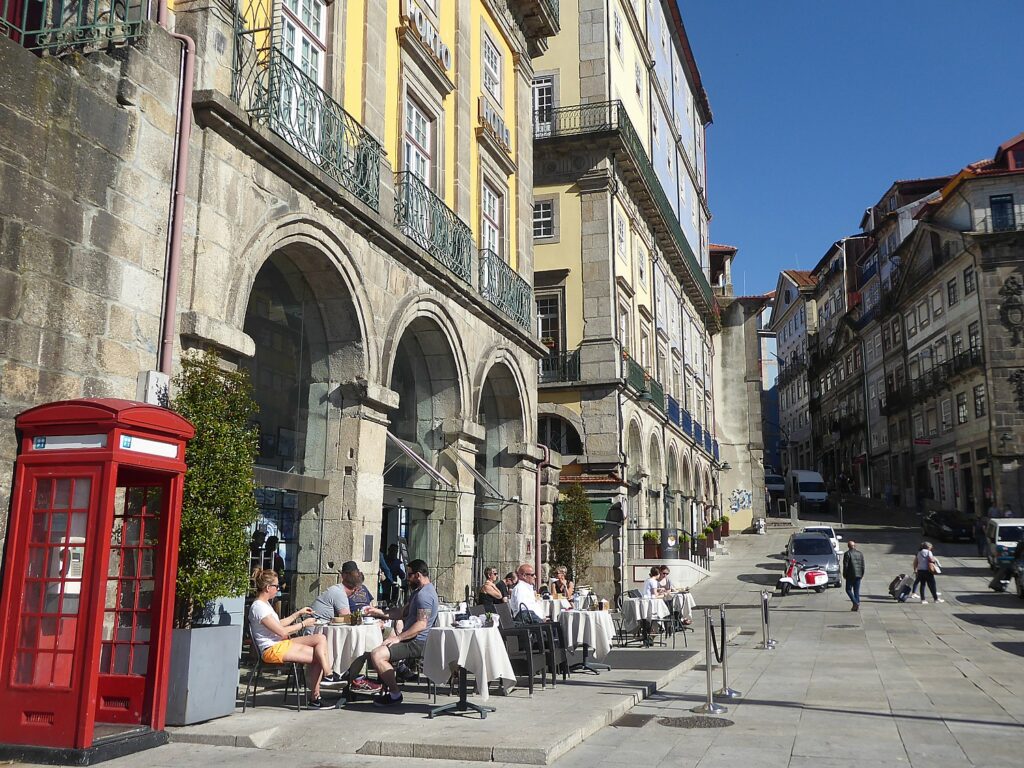
I get up early to hop on the Metro again for the 12 minute ride to Center City. I just want to absorb the gorgeous ambiance and color of Porto before having to meet the deadline of 11:30 am for the Global Scavenger Hunt. We will be taking the 3:55 pm flight to New York City, our final leg of our 23-day, around-the-world mystery tour, and the crowning of the World’s Greatest Traveler.
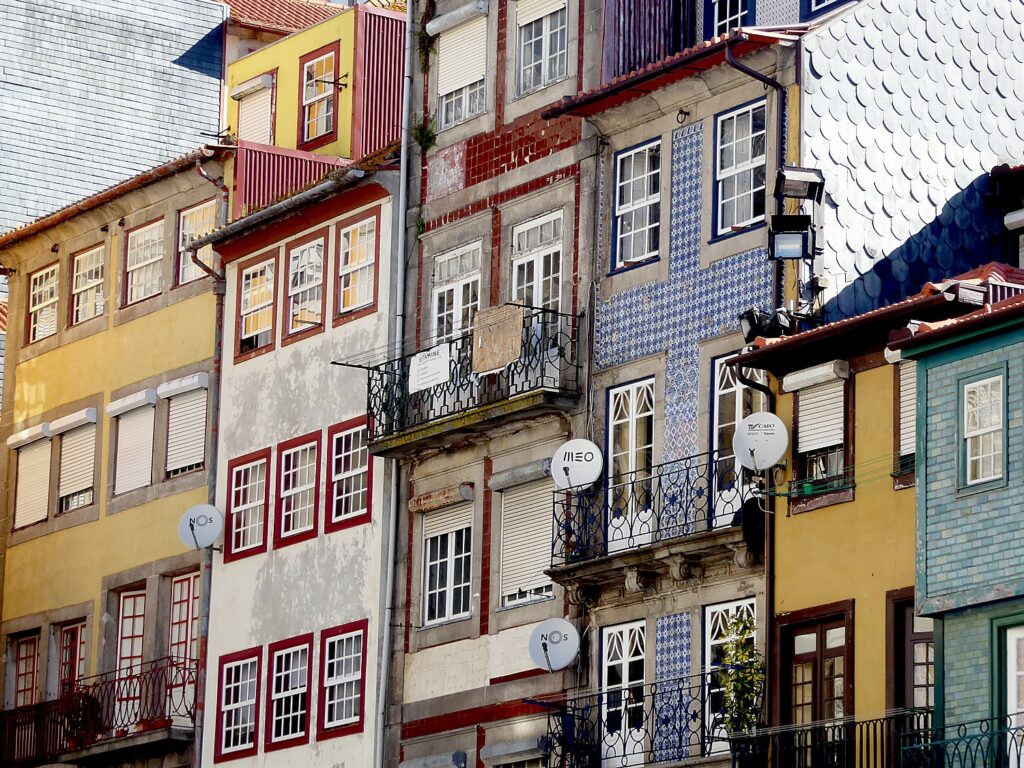
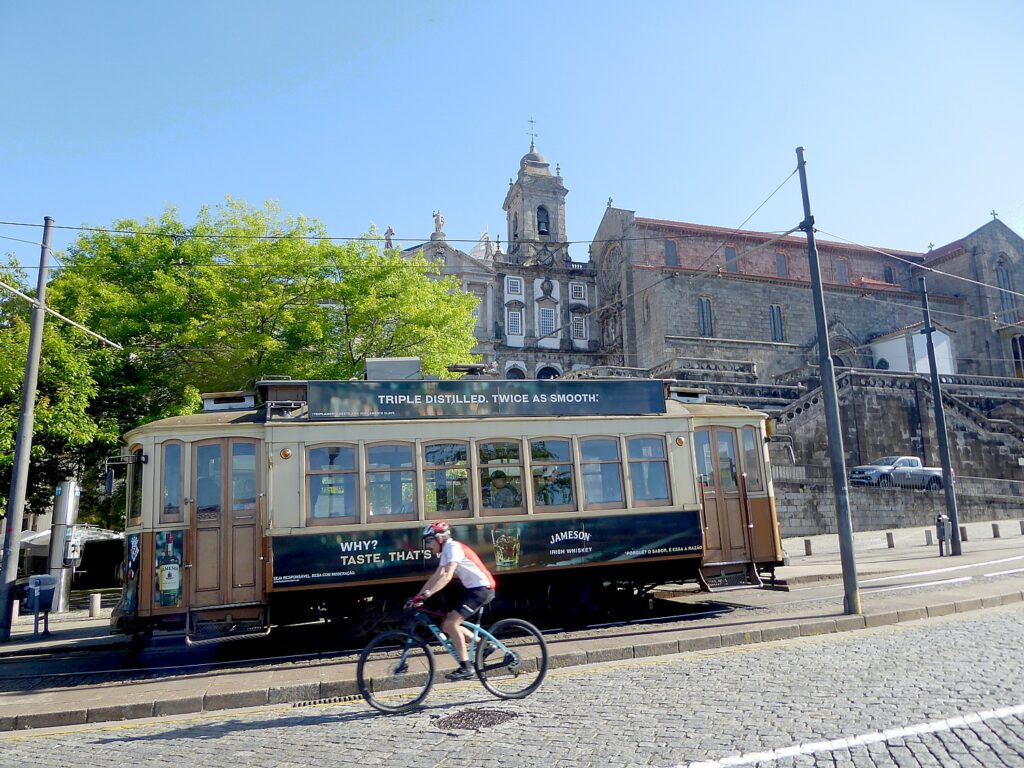
Porto, which I visited much more extensively years ago (the Lello Bookshop and Majestic Café which J.K. Rowling frequented when she was writing the “Harry Potter” books are now overrun with tourists who queue up and pay admission), is absolutely lovely. I just want to immerse myself in the ambiance, wandering around the boulevards to take in the gorgeous “exuberant Baroque style with some Rococo touches” of the buildings, the colorful tiles facades.
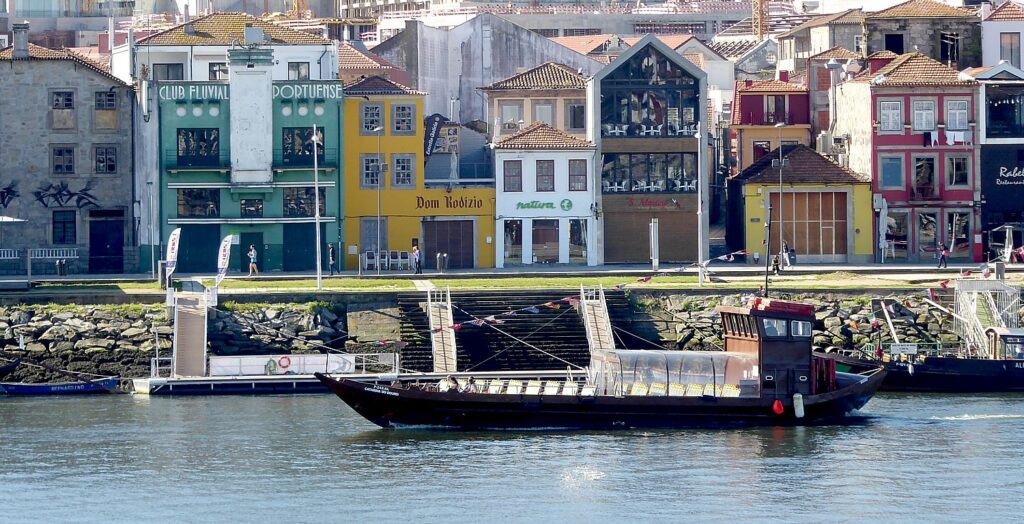
I wander to the port where the Port wineries are located (popular for tours and tastings) and a cable car, walk across the bridge, before getting back to meet the group.
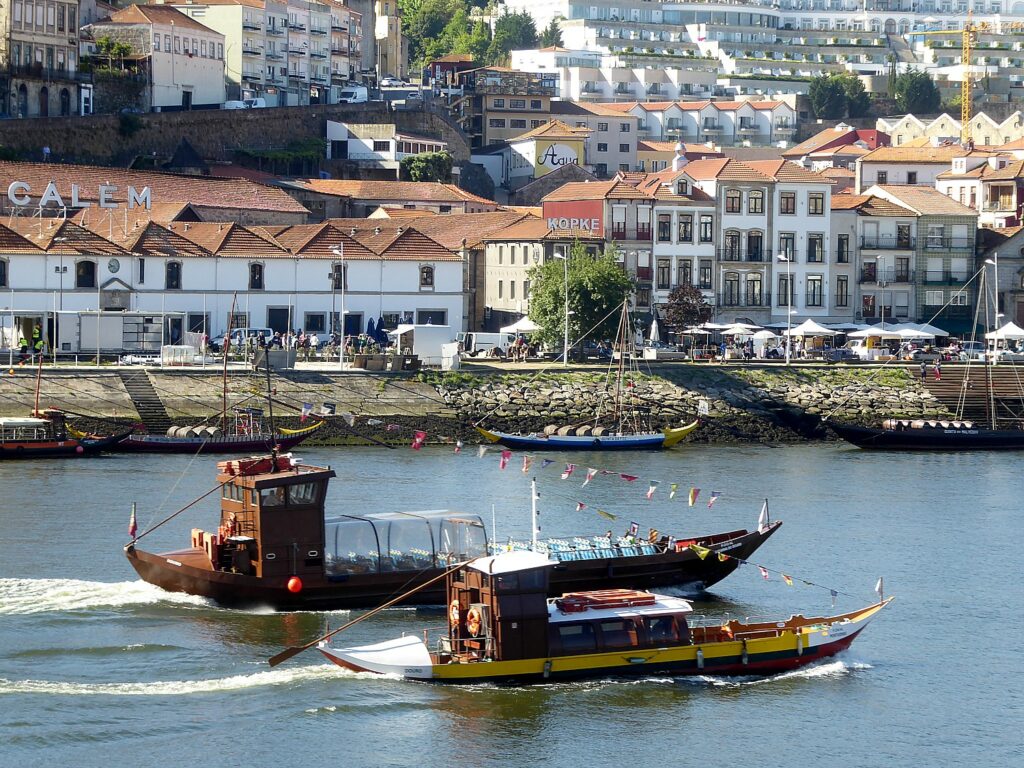
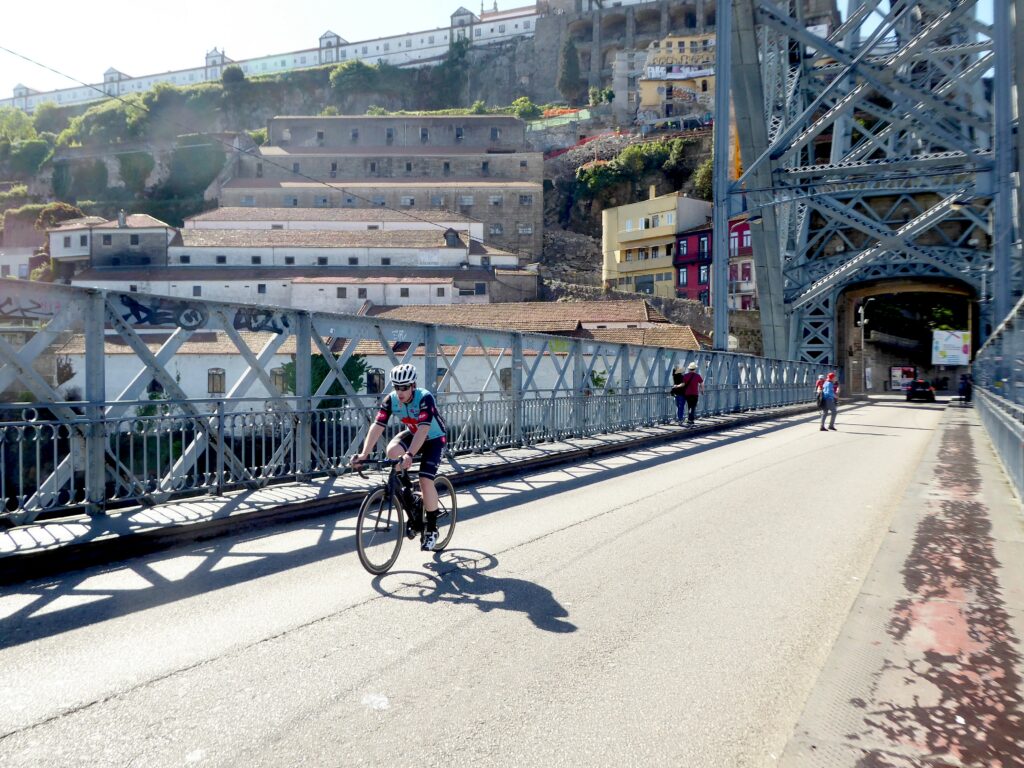
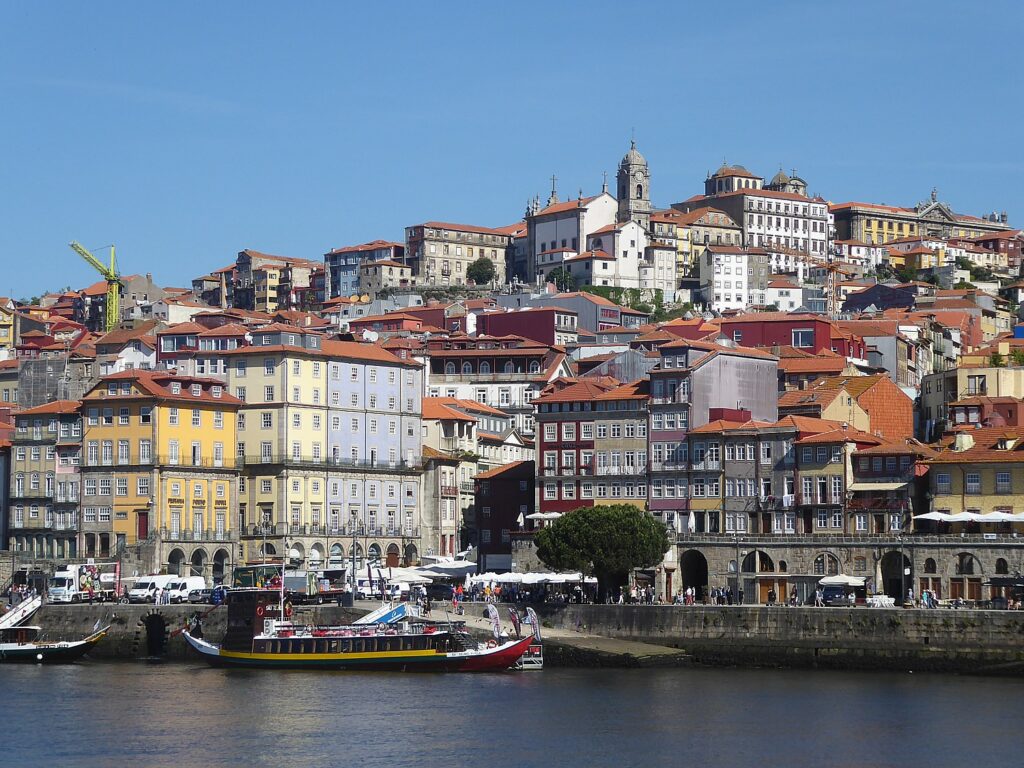
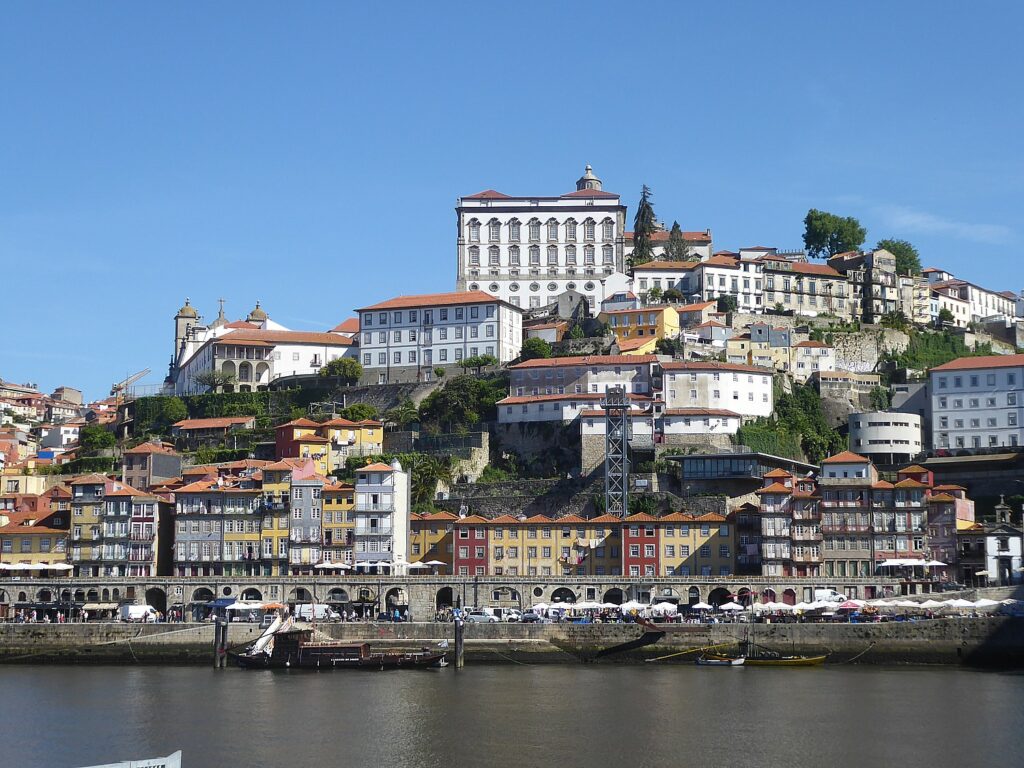
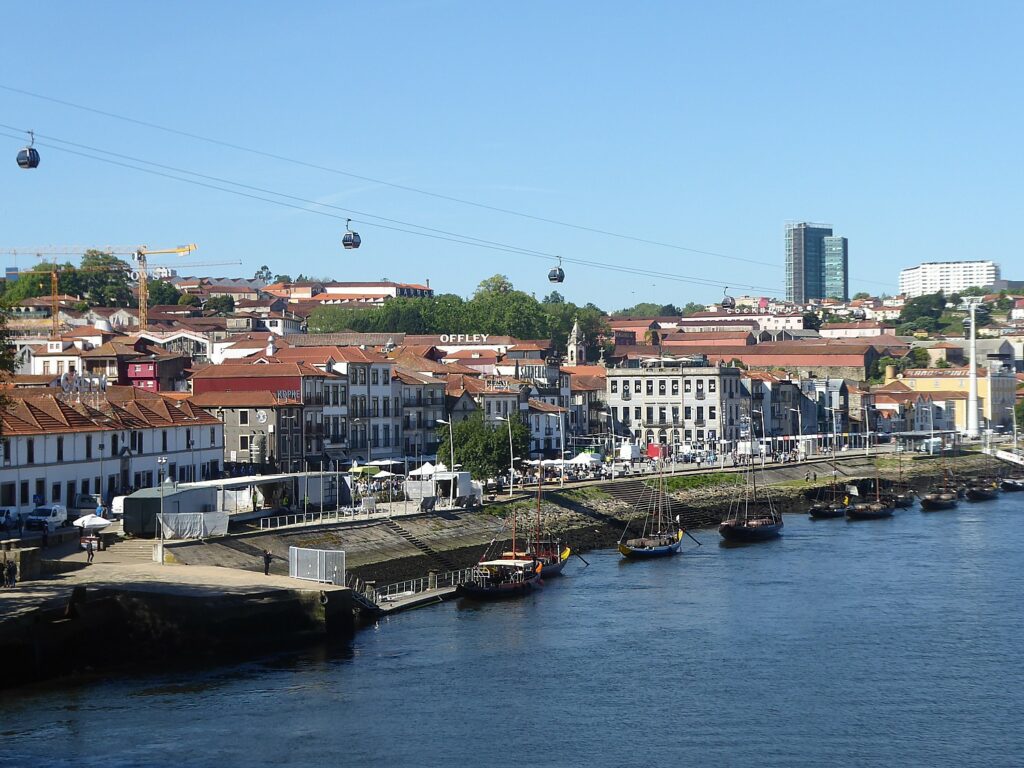
Visitor information is available from Porto & Northern Portugal Tourism Association, [email protected], www.portocvb.com, www.visitportoandnorth.travel.
The results for this most difficult leg of the Global Scavenger Hunt (our “final exam” as world travelers), that took us to four countries (Morocco, Gibraltar, Spain and Portugal) in just five days:
In third place having completed 92 scavenges, 5 bonuses and amassing 5310 points, Order & Chaos (the doctors from San Francisco).
In second place with 102 scavenges (that’s 20 a day), 7 bonuses and accumulating 5680 points, Lazy Monday.
In first place with 105 scavenges, 7 bonuses, and 6110 points, Lawyers Without Borders, putting Zoe and Rainey Littlepage of Houston, in great position to win the competition for “World’s Best Traveler.” (See Zoe Littlepage’s blog, https://zoeandraineygreatescape.blogspot.com/2019/05/gsh-2019-rock-seville-in-spain-and.html).
We’re off to New York City, the last leg of the Global Scavenger Hunt, when we will learn who will be crowned the 2019 “World’s Greatest Travelers.”
The Global Scavenger Hunt is an annual travel program that has been operated for the past 15 years by Bill and Pamela Chalmers, GreatEscape Adventures, 310-281-7809, GlobalScavengerHunt.com.
Dates have just been set for the 16th annual
edition of The Global Scavenger Hunt, April 17-May 9, 2020, Applications
for the around-the-world travel adventure competition that crowns The
World’s Greatest Travelers are now being accepted at GlobalScavengerHunt.com.
________
© 2019 Travel Features Syndicate, a division of Workstyles, Inc. All rights reserved. Visit goingplacesfarandnear.com, www.huffingtonpost.com/author/karen-rubin, and travelwritersmagazine.com/TravelFeaturesSyndicate/. Blogging at goingplacesnearandfar.wordpress.com and moralcompasstravel.info. Send comments or questions to [email protected]. Tweet @TravelFeatures. ‘Like’ us on facebook.com/NewsPhotoFeatures
